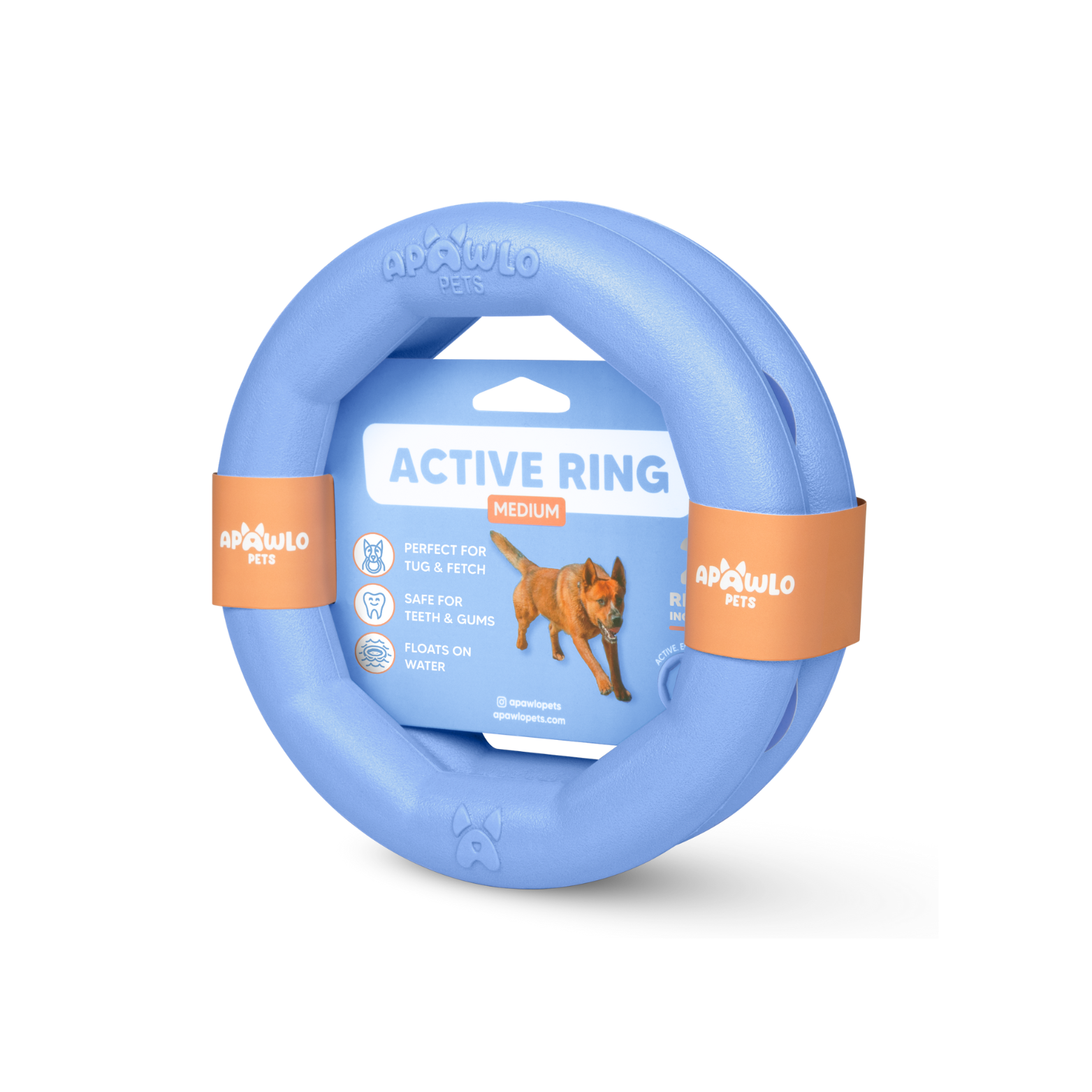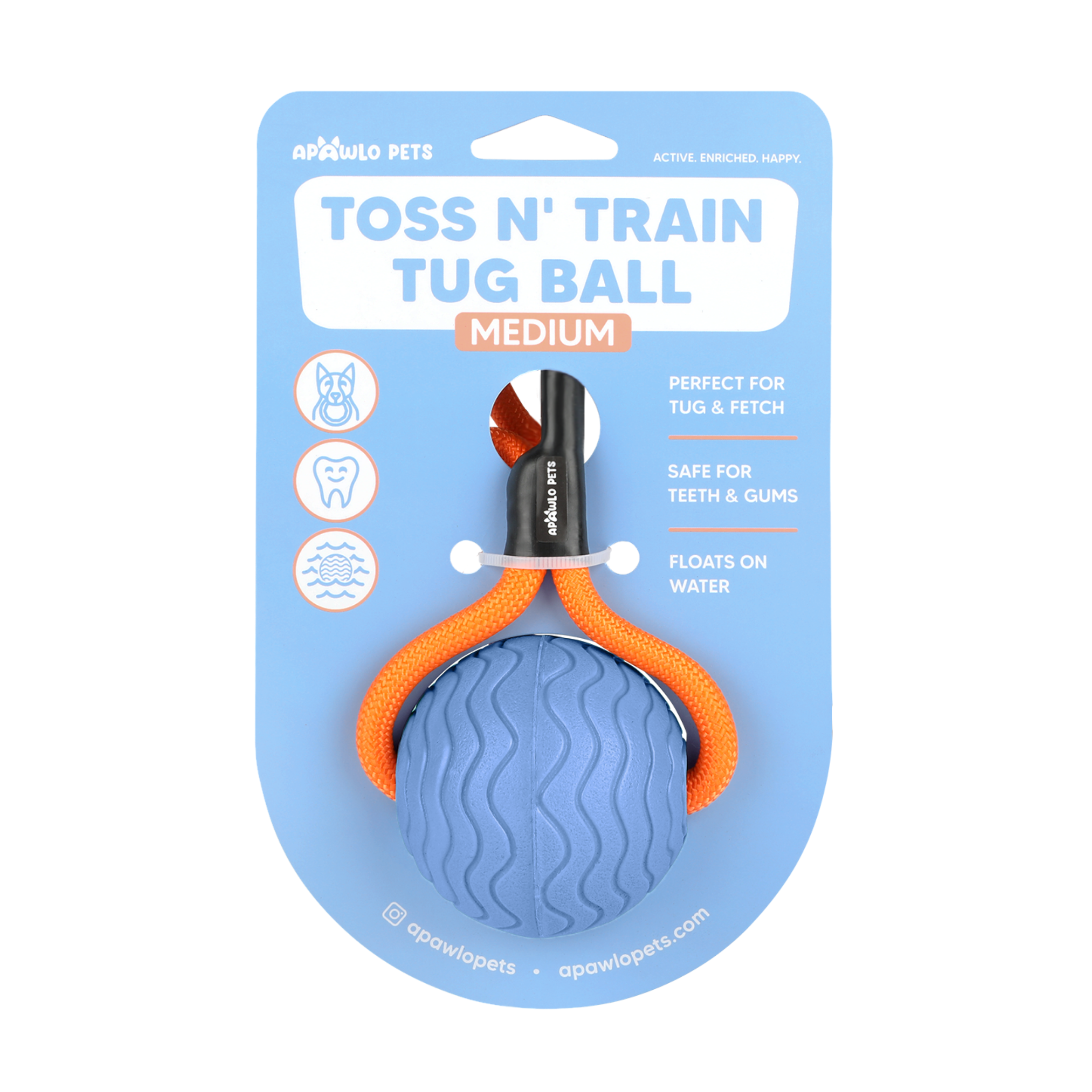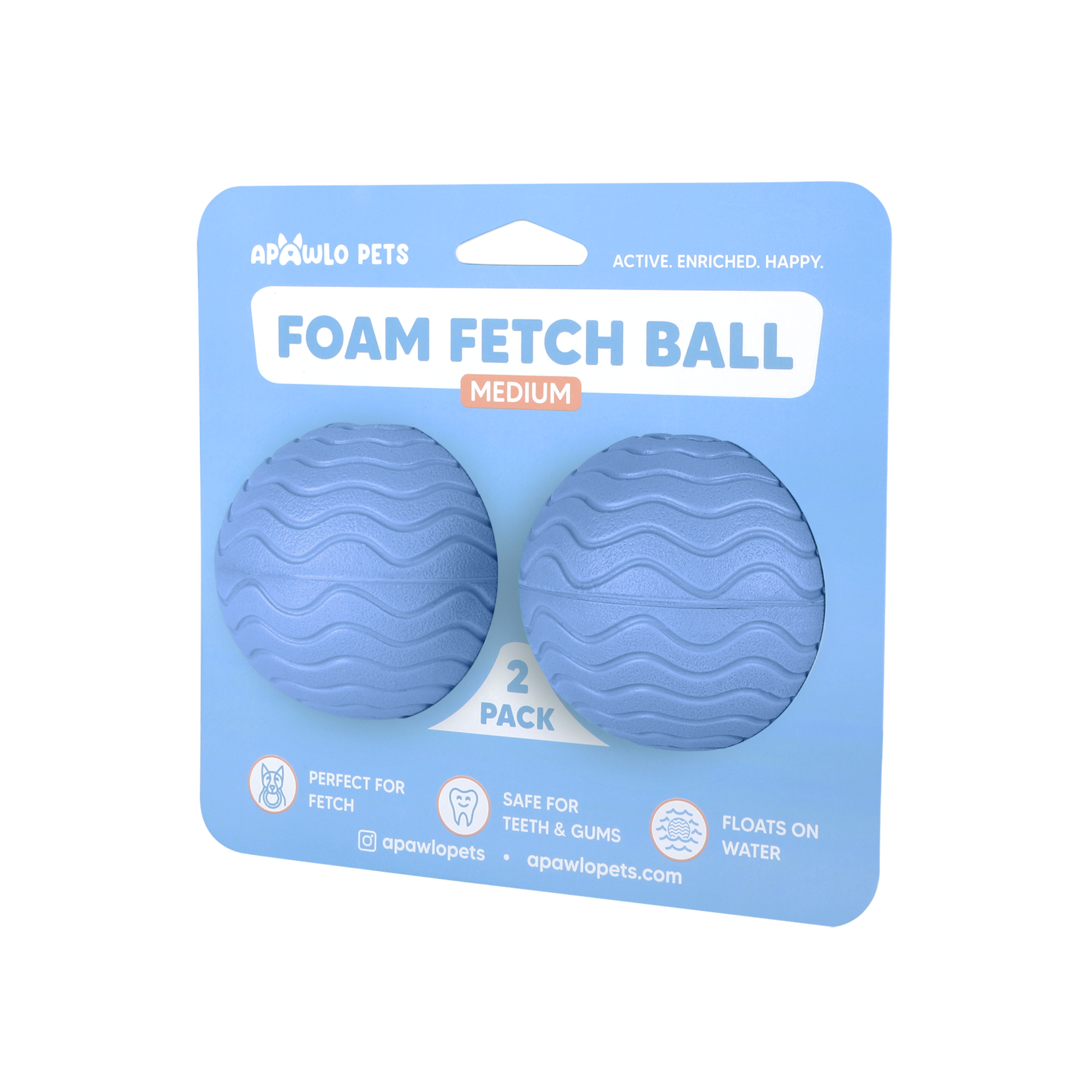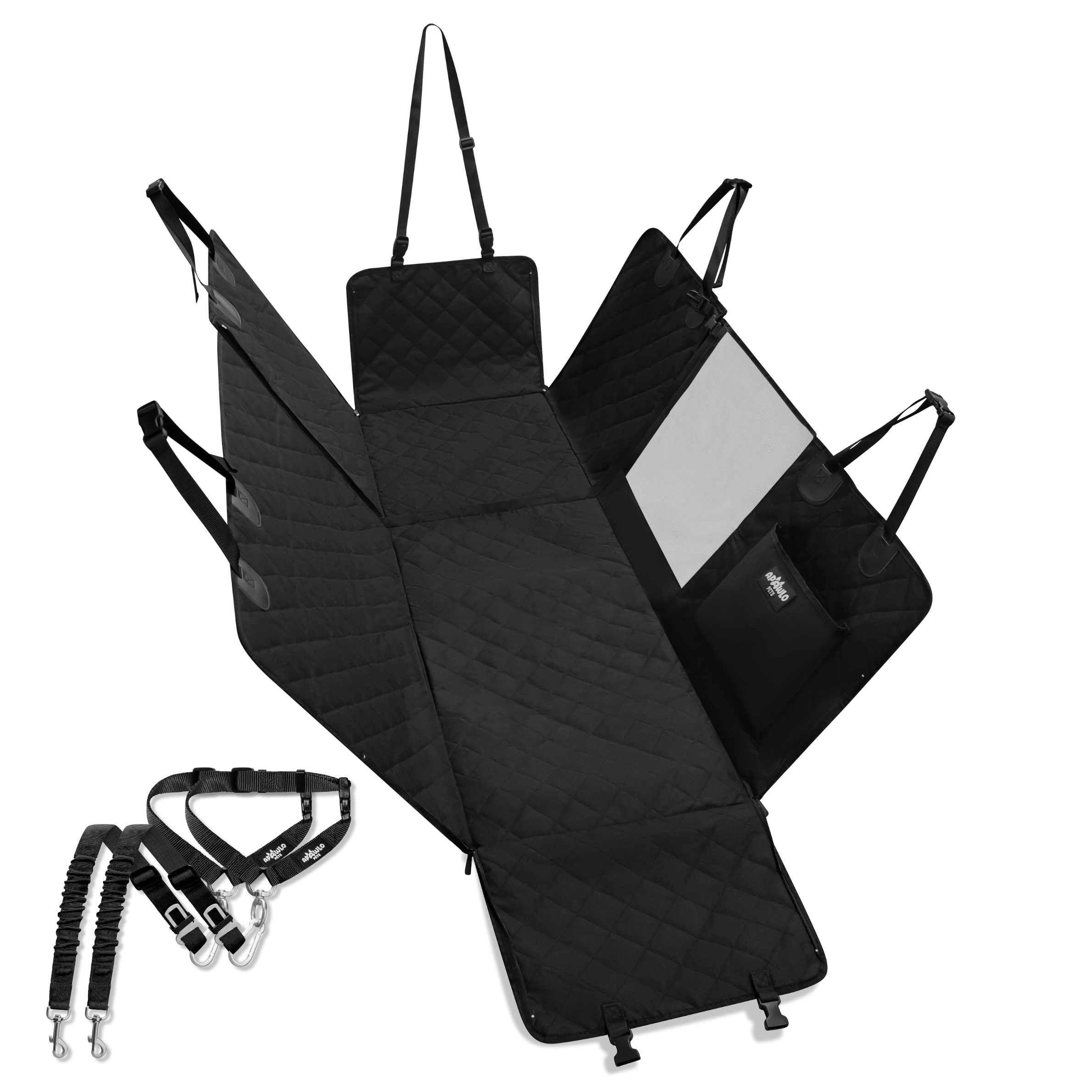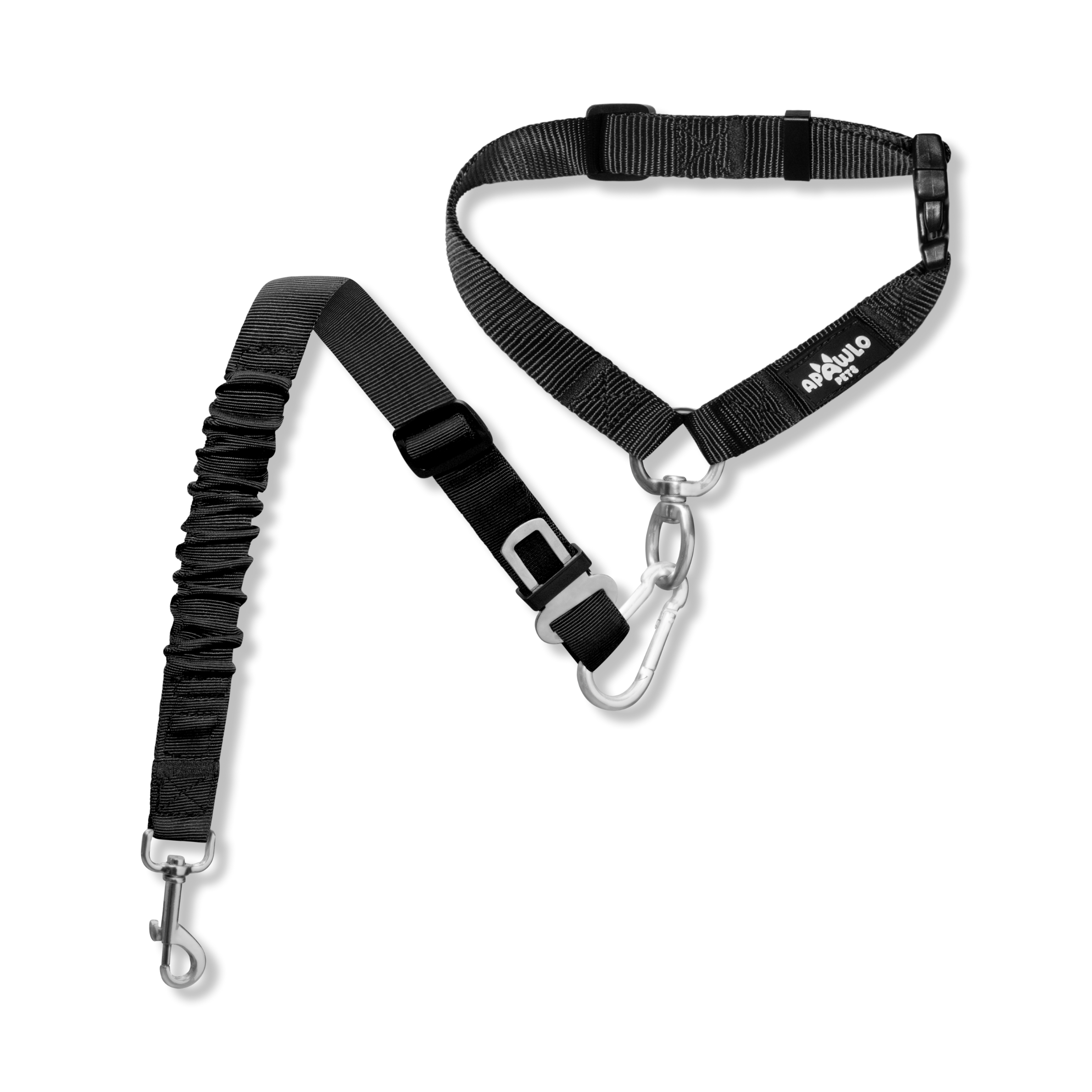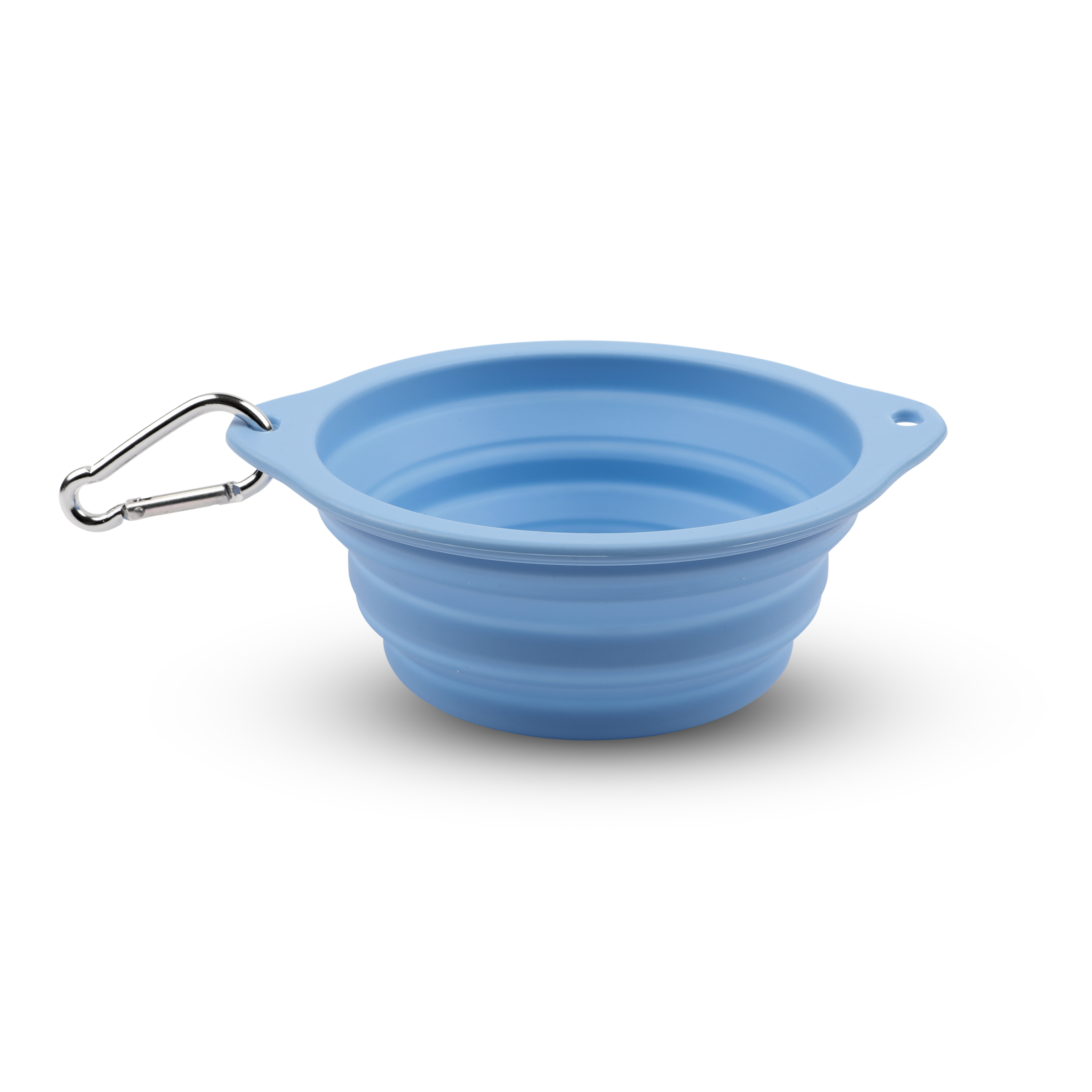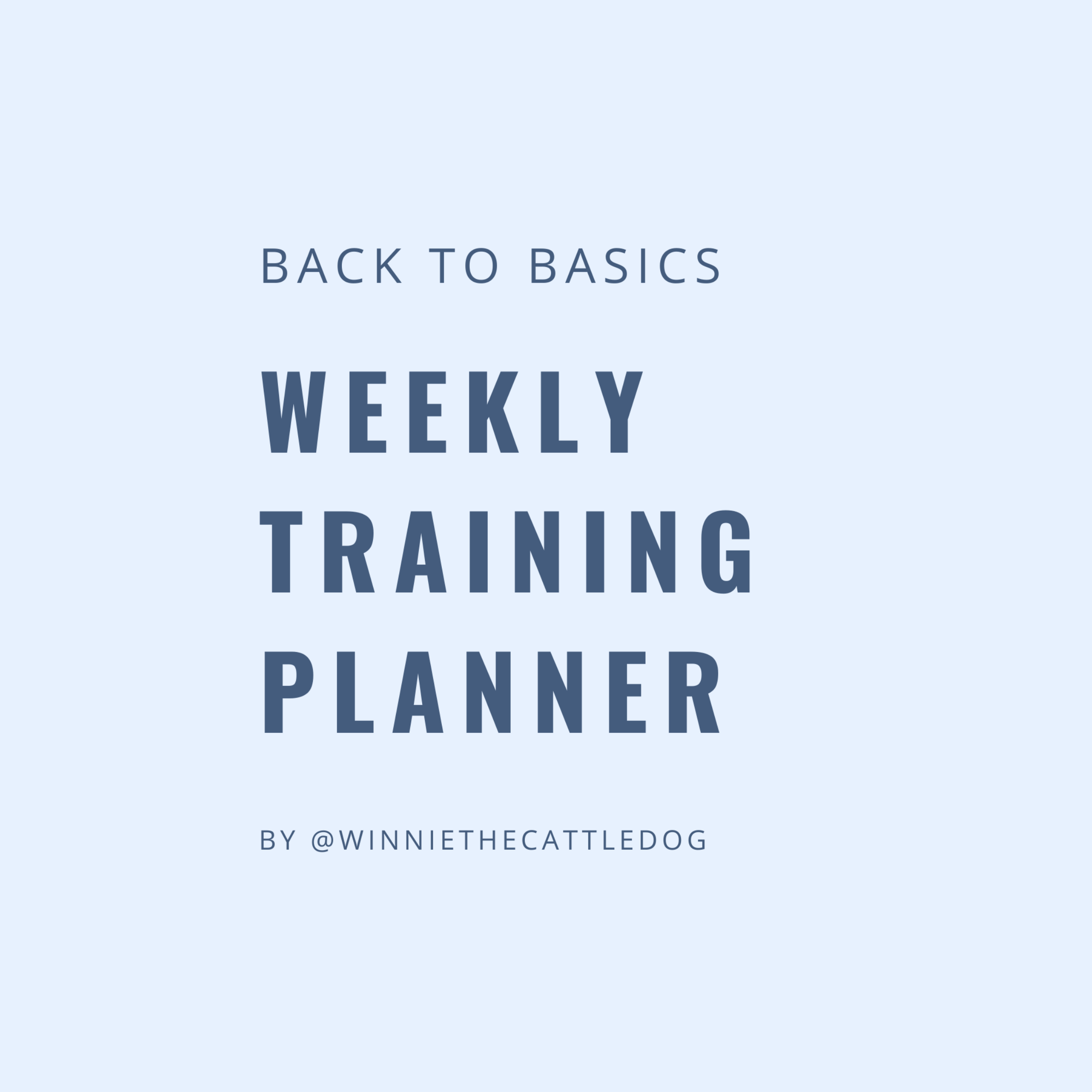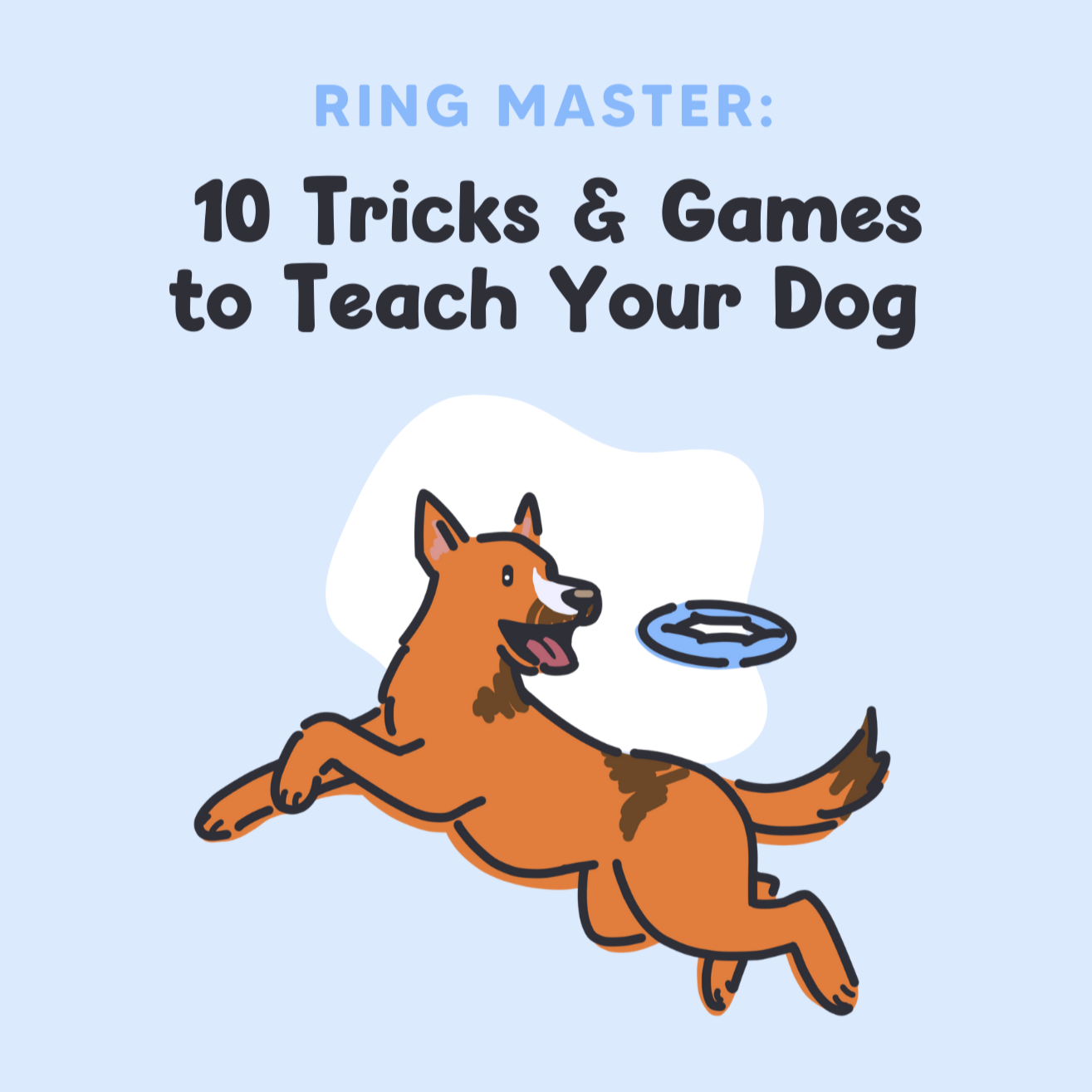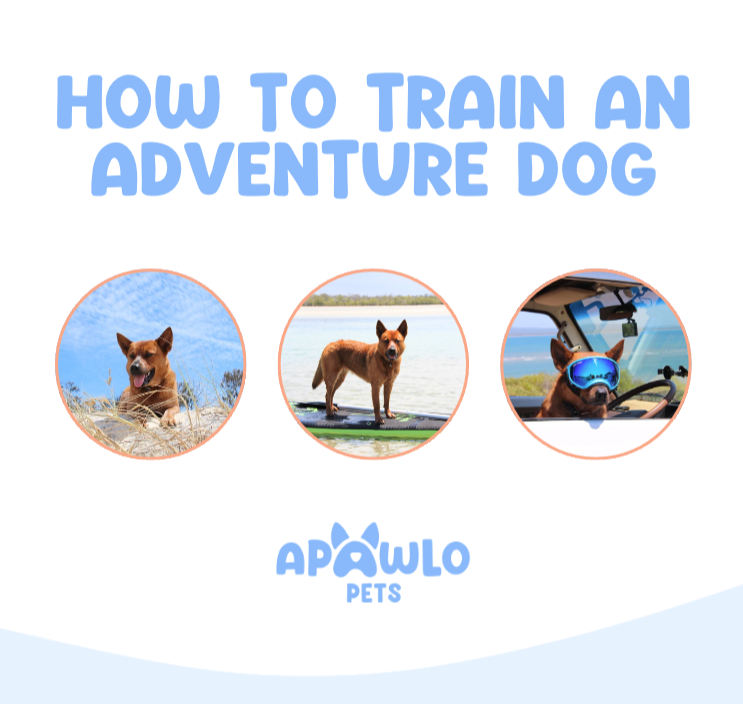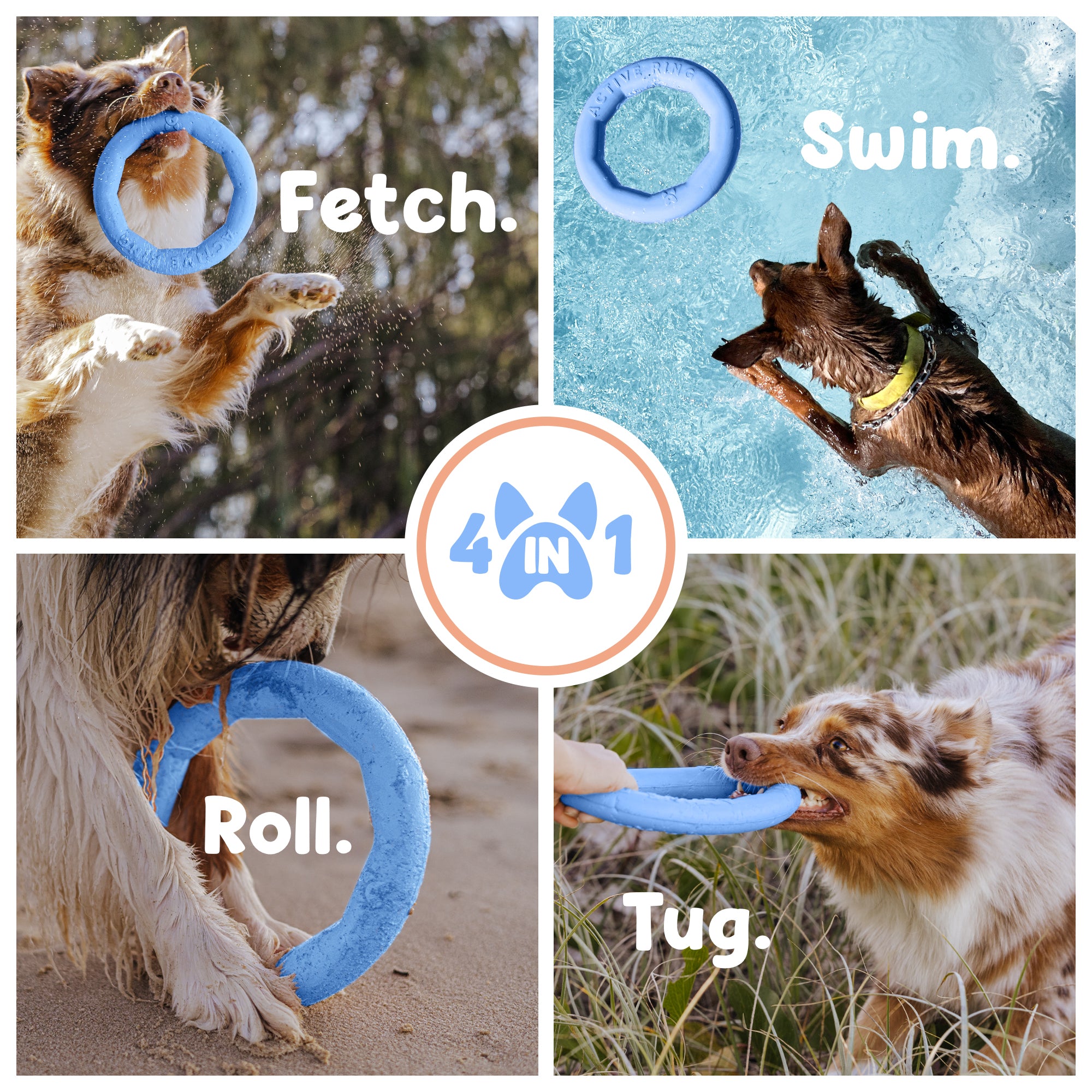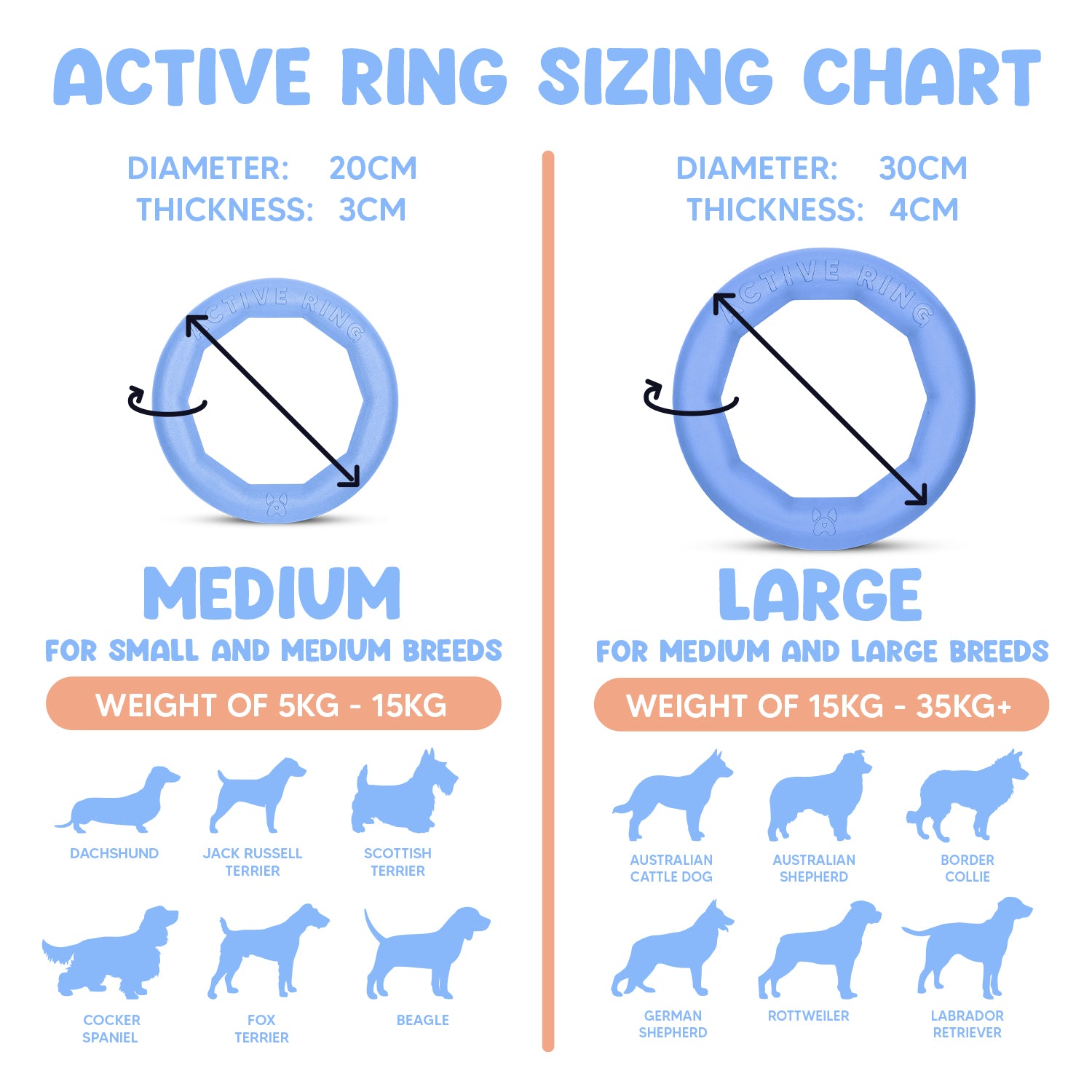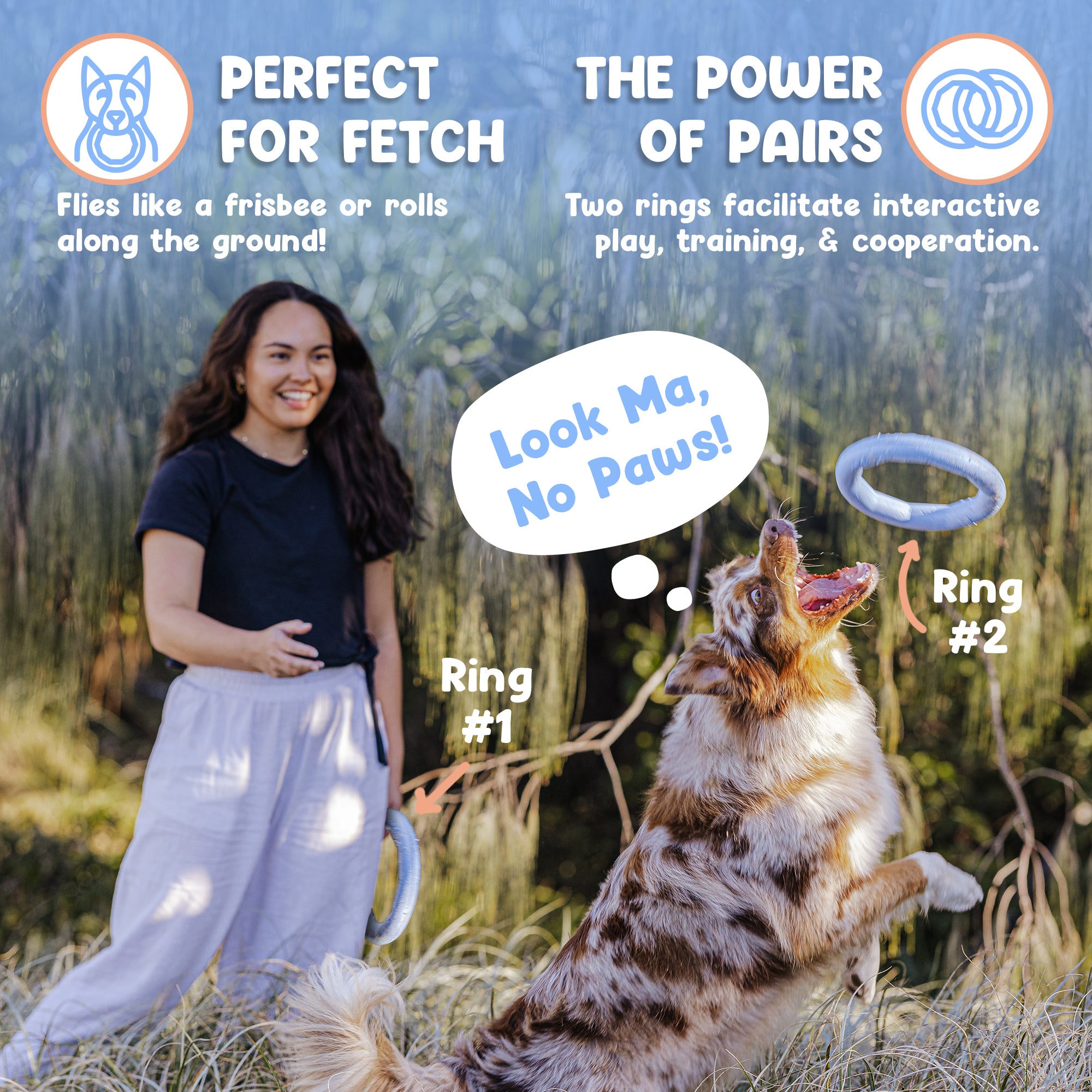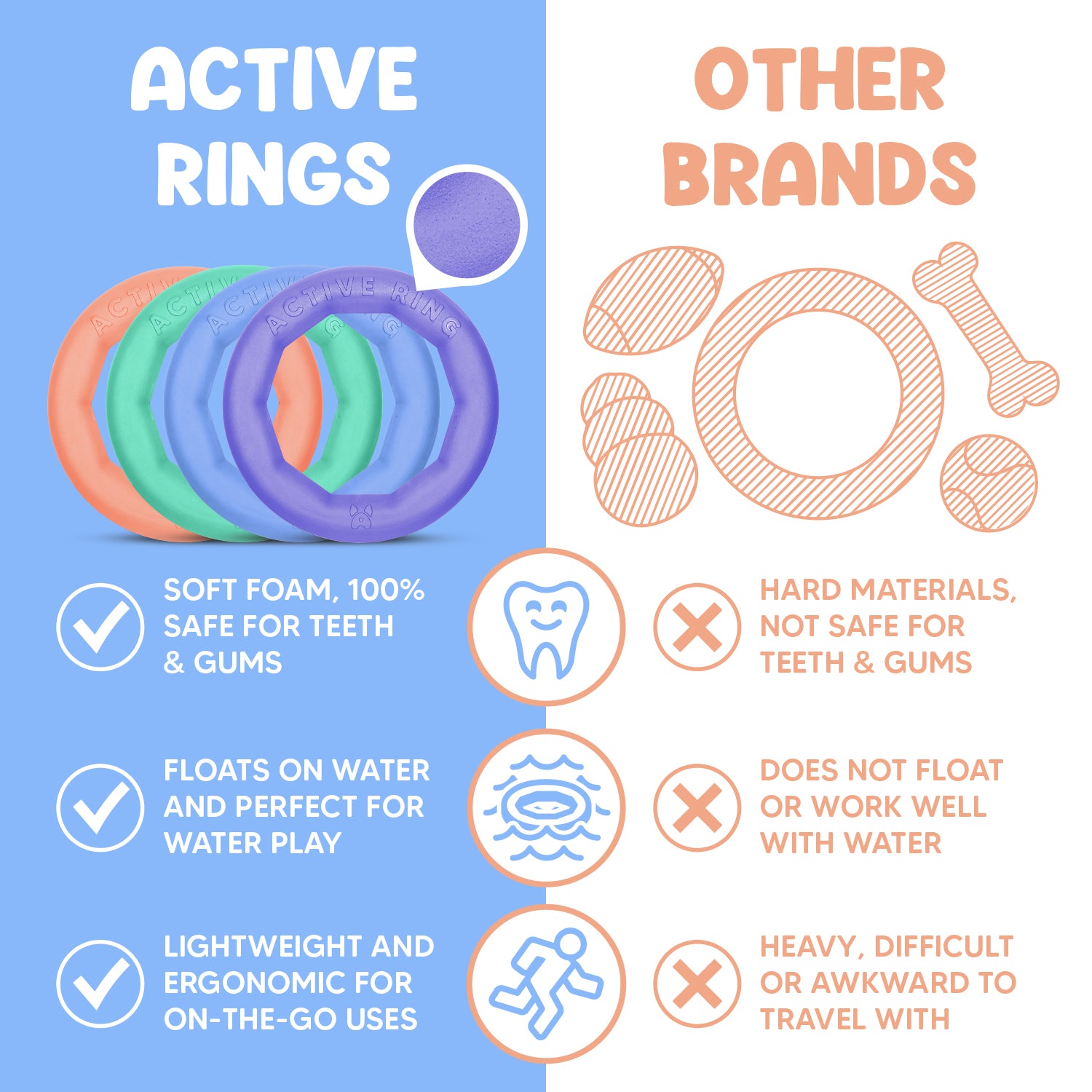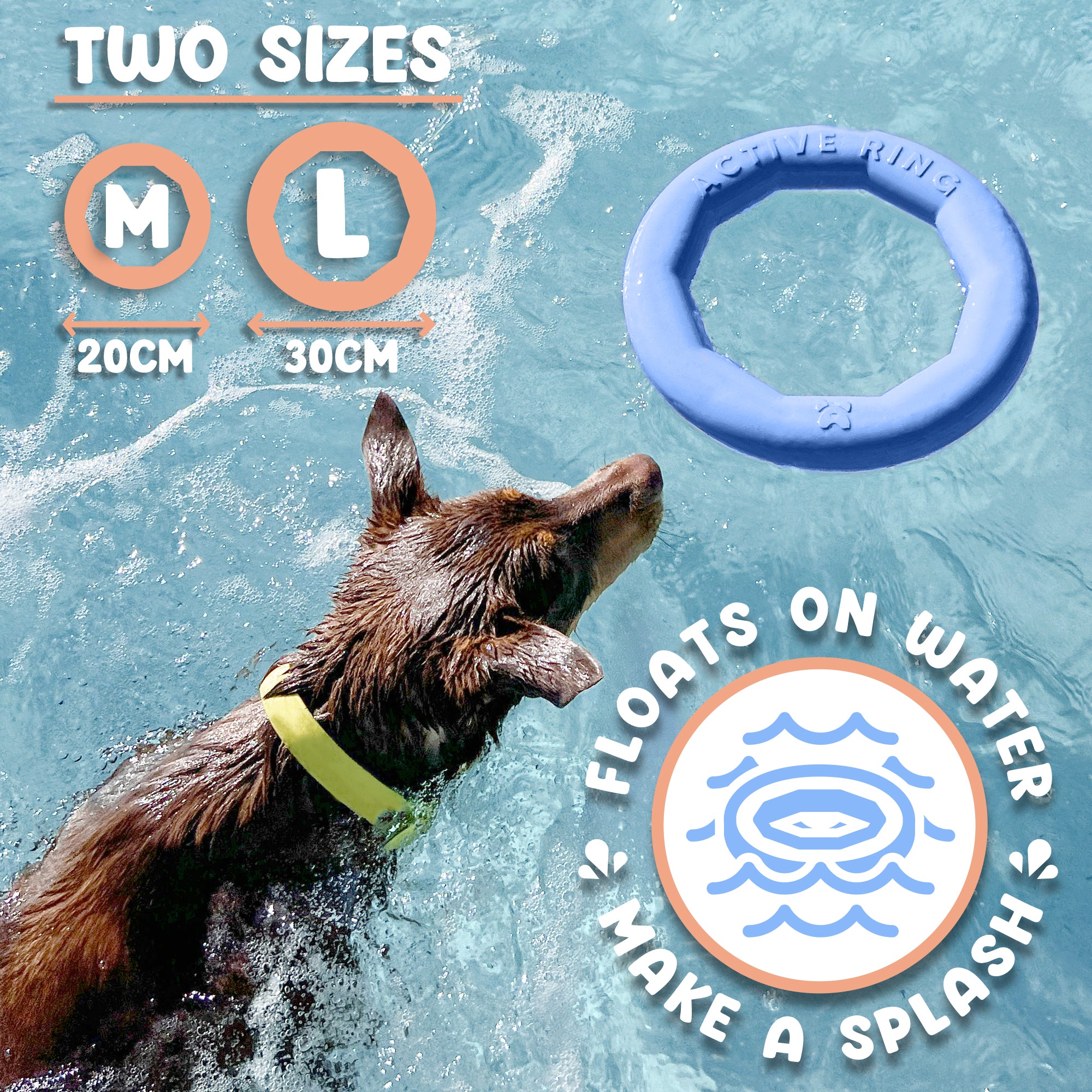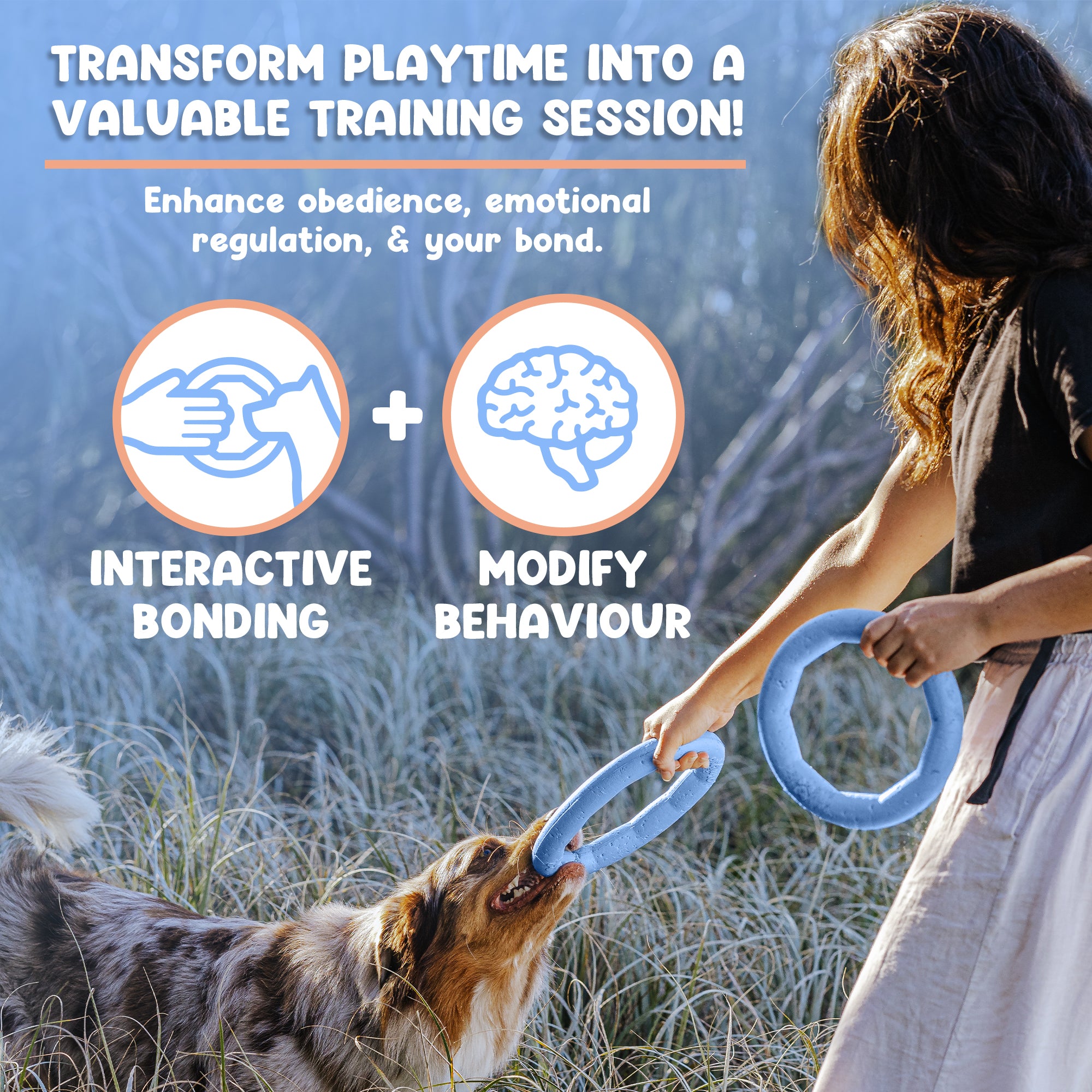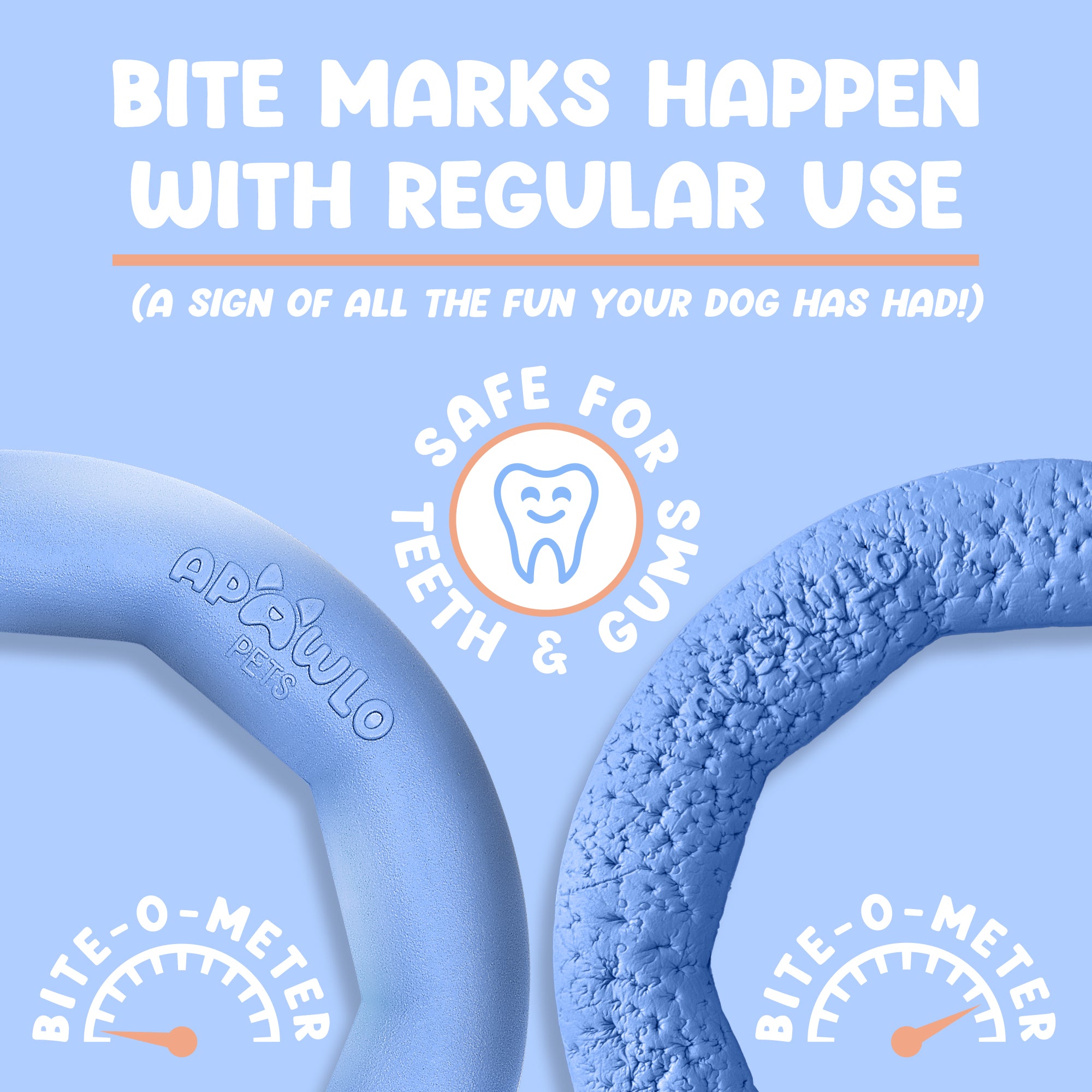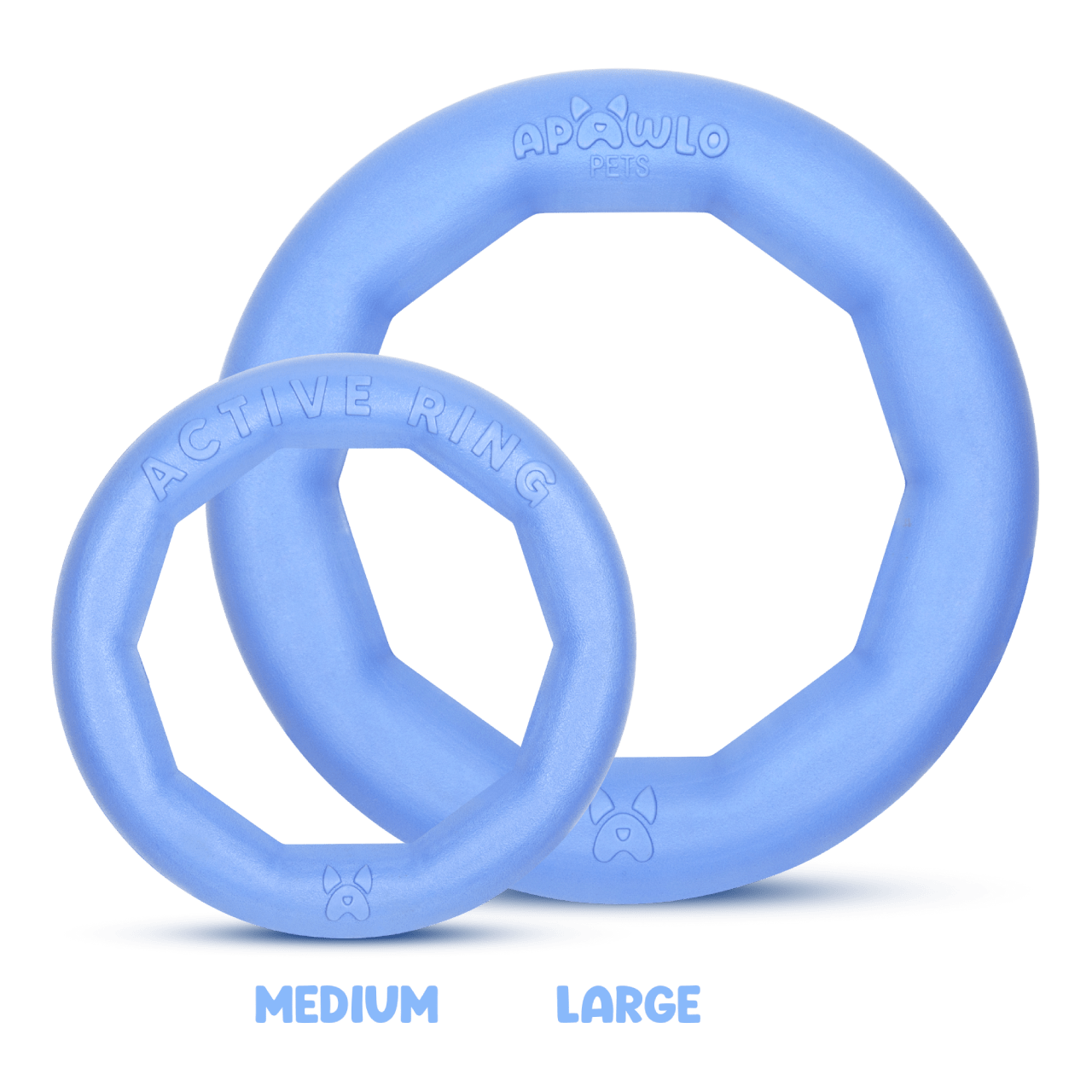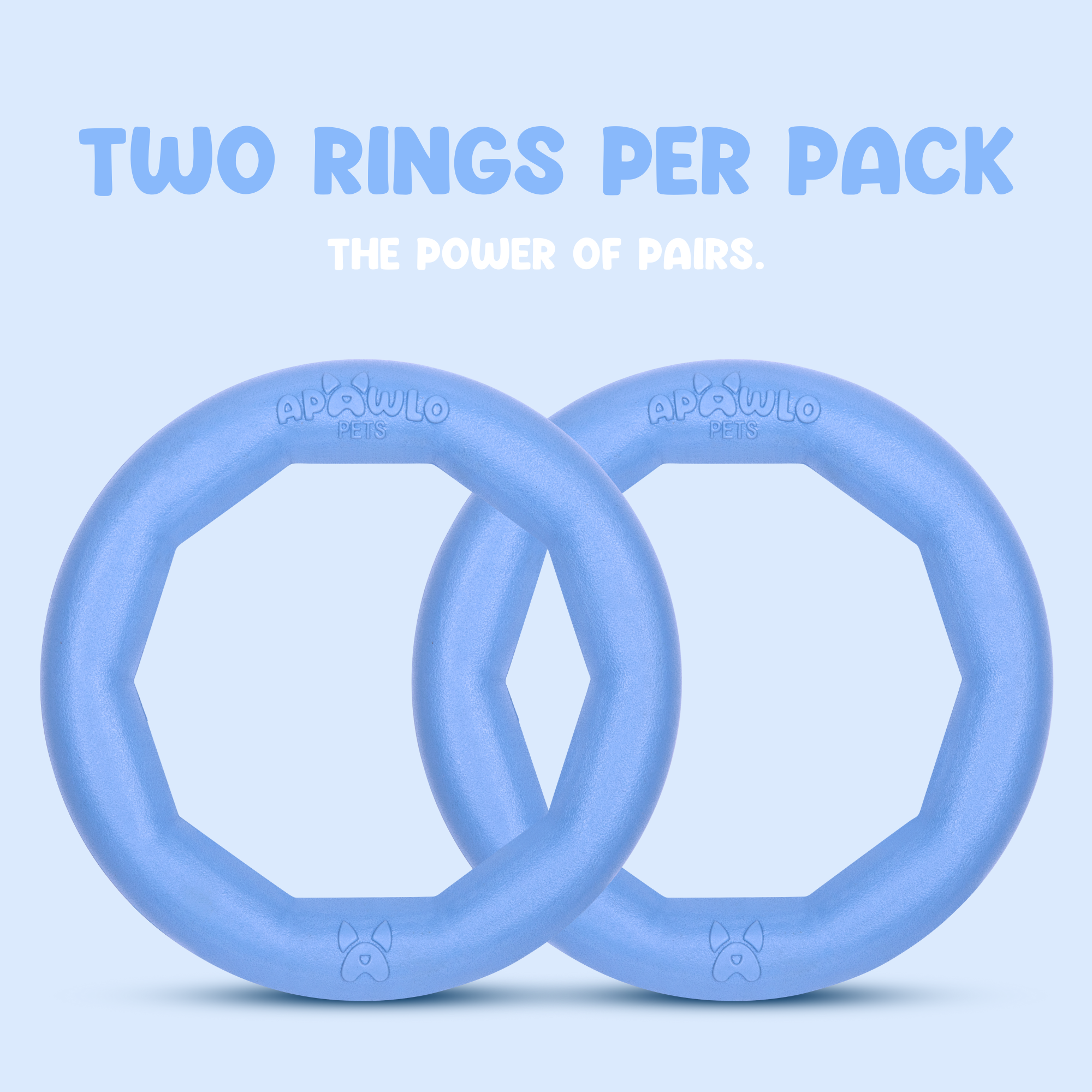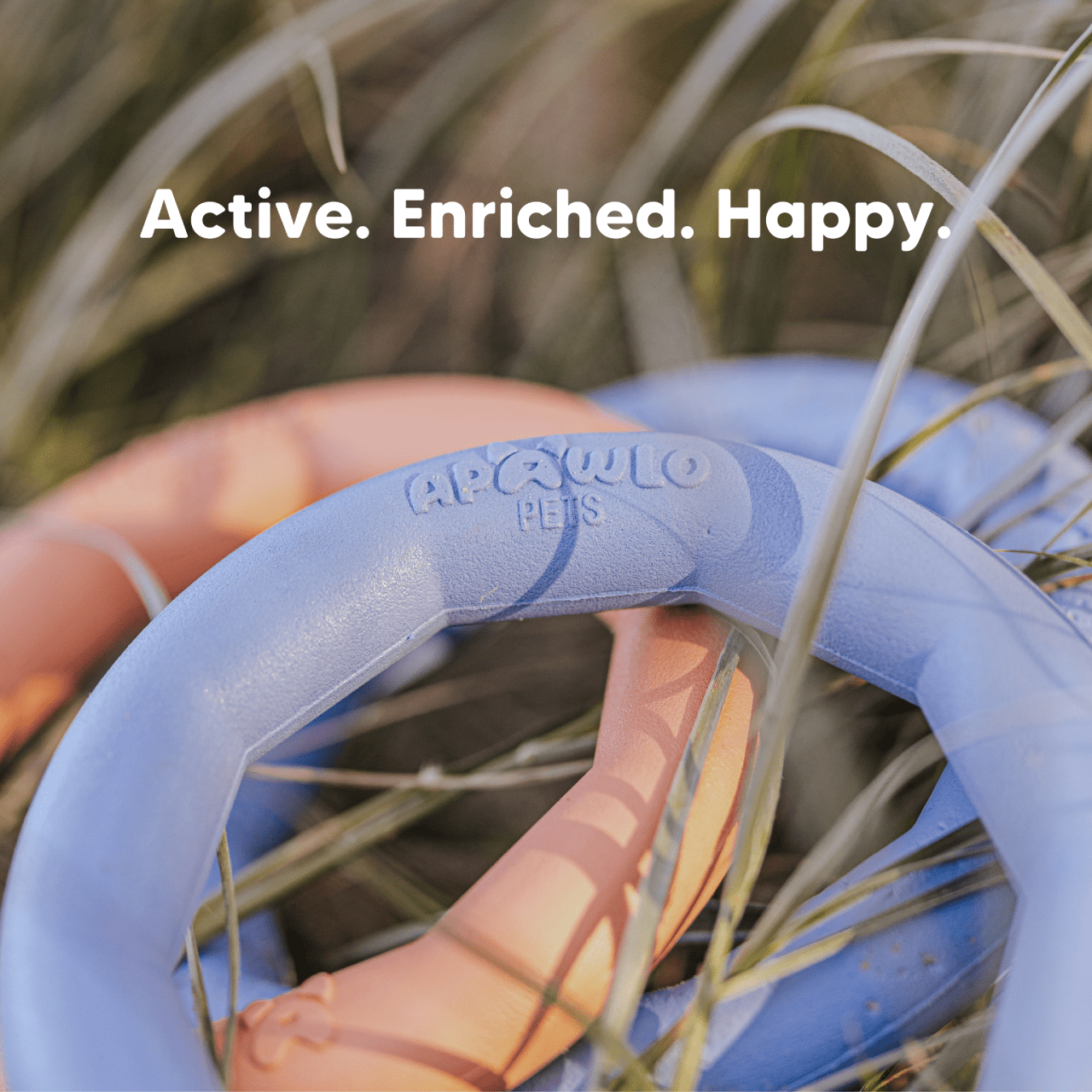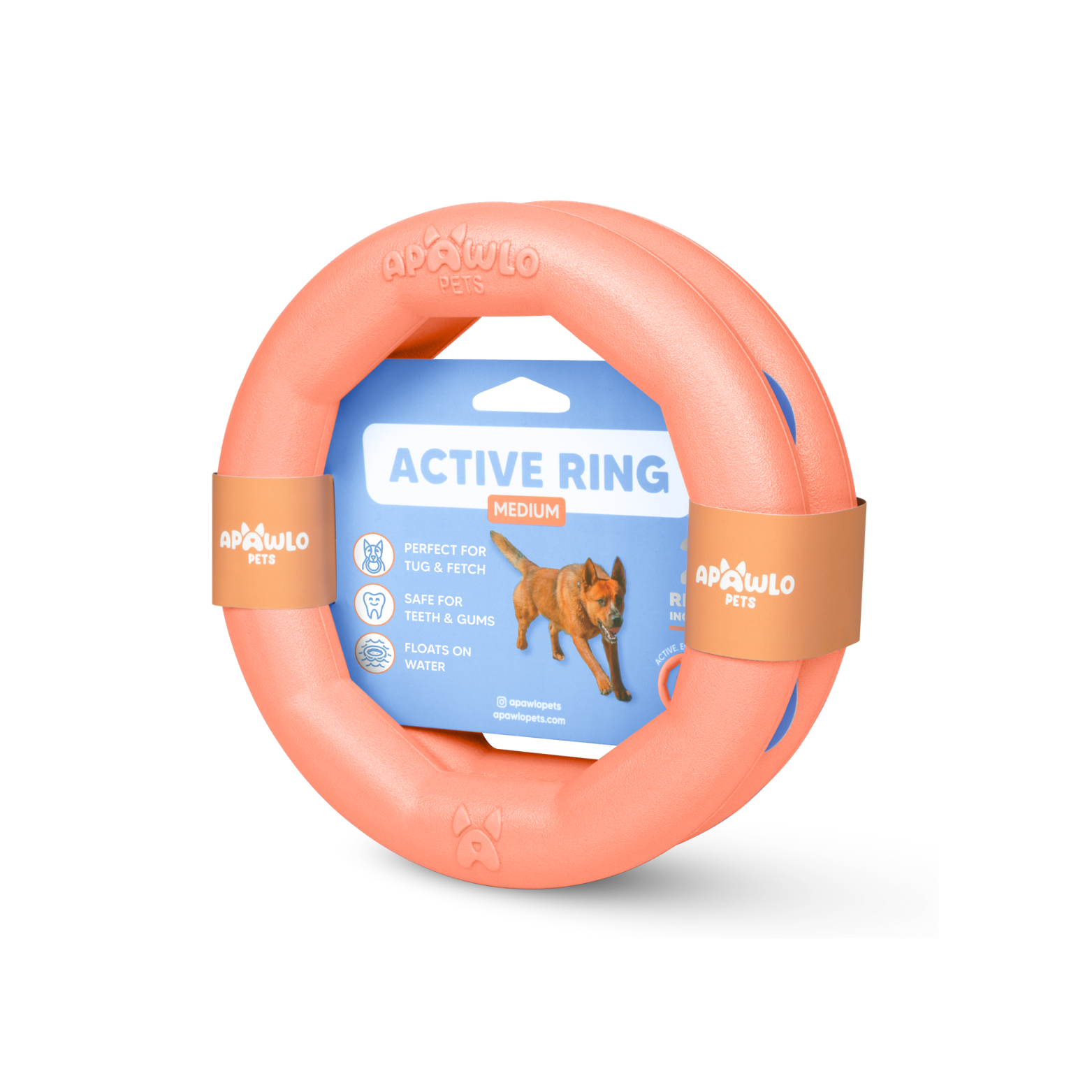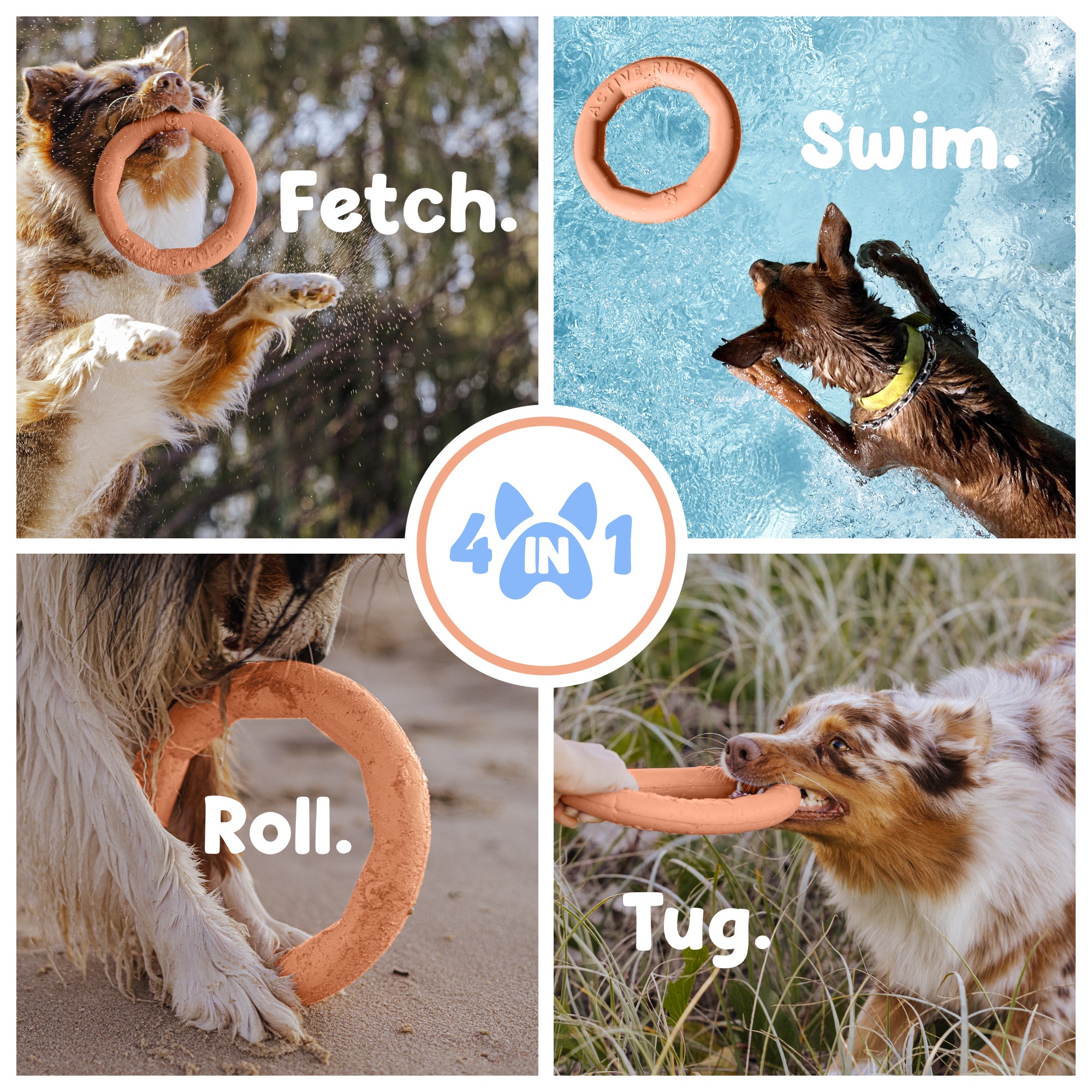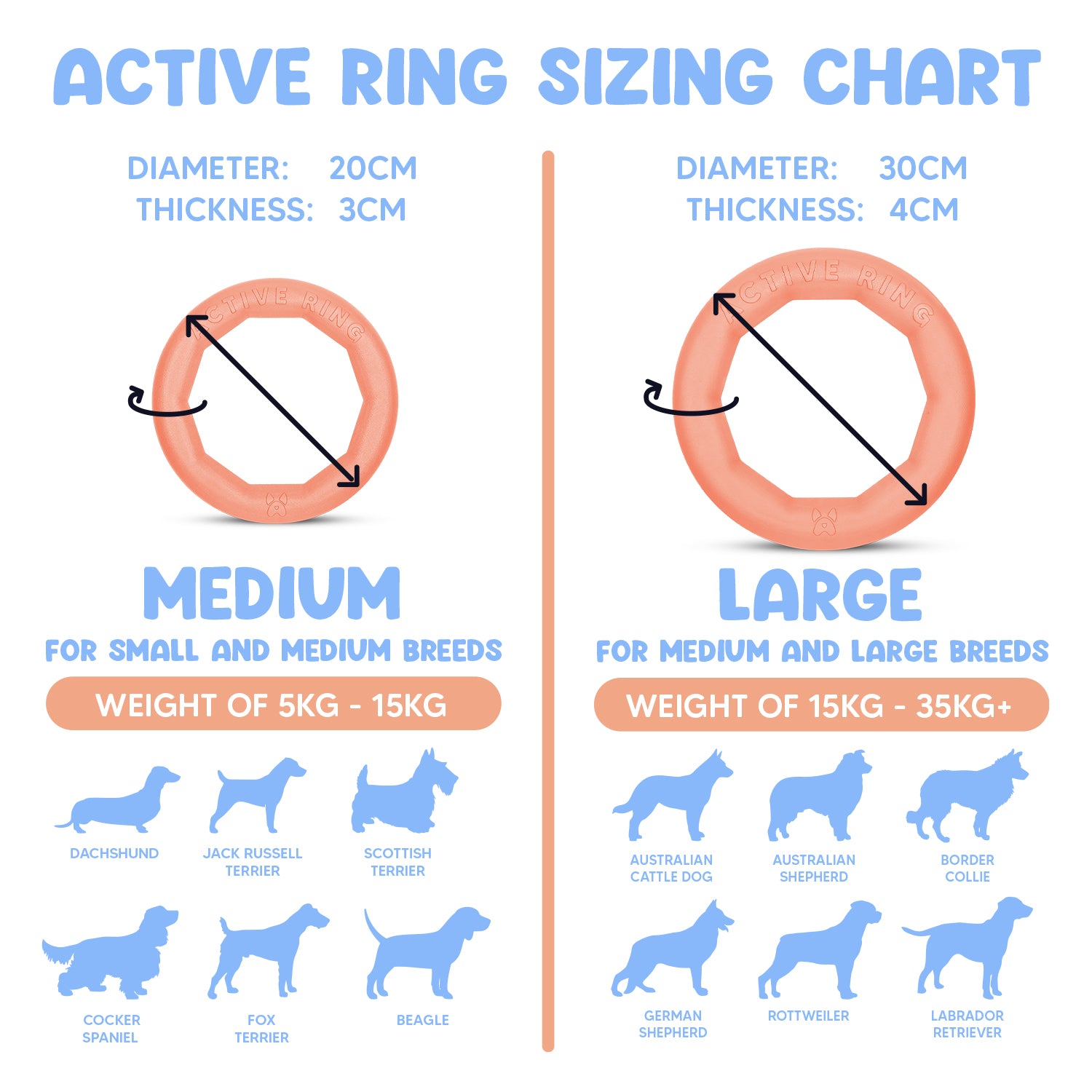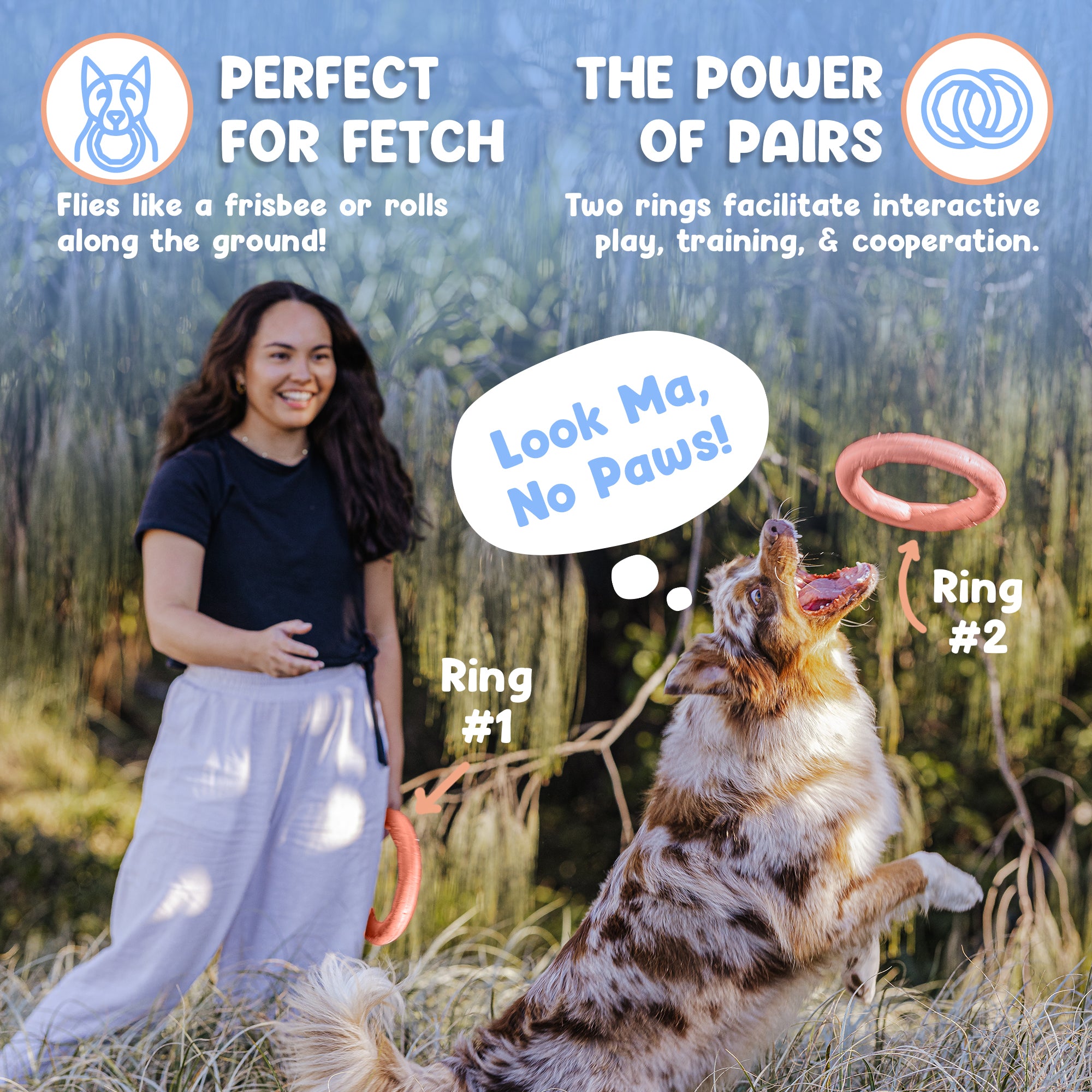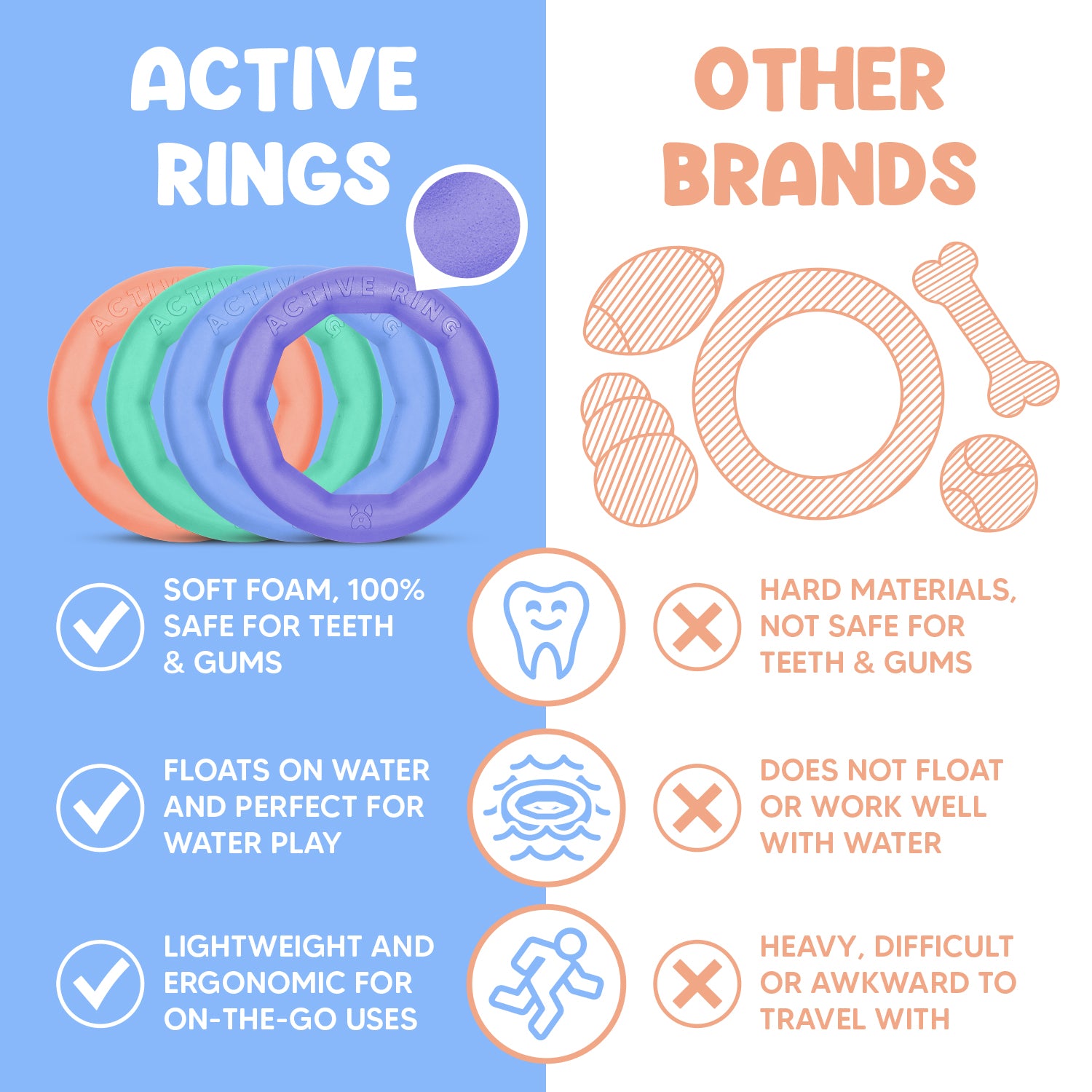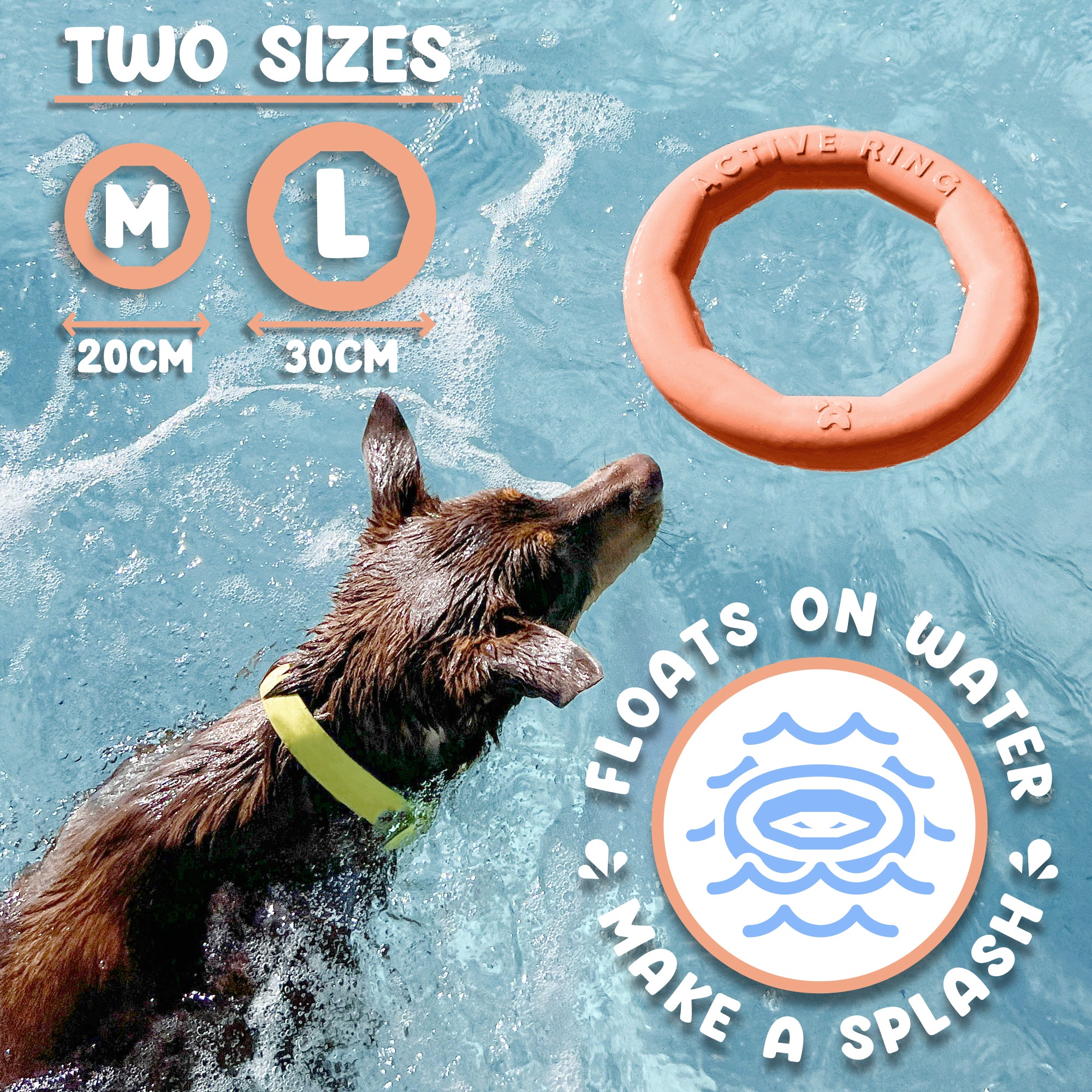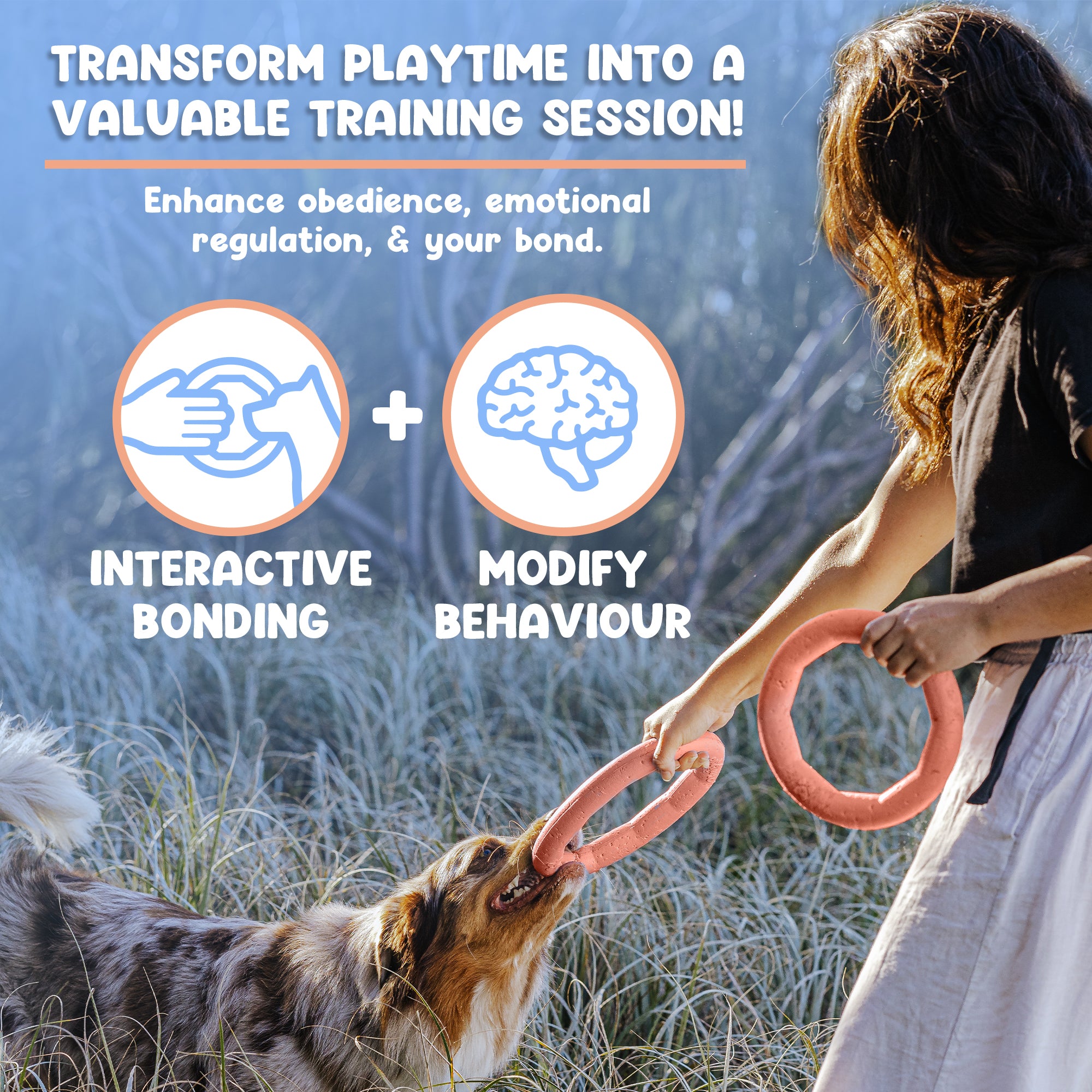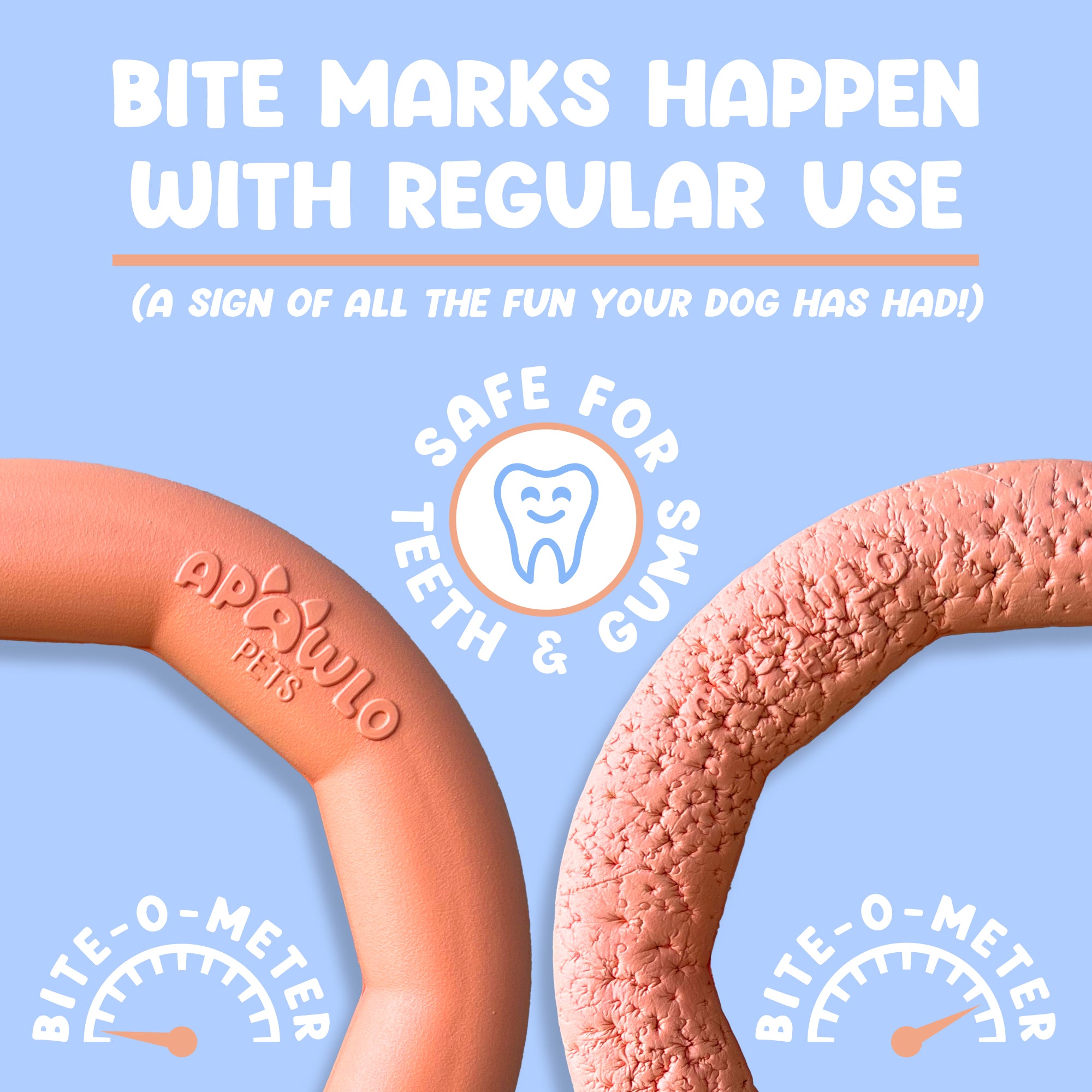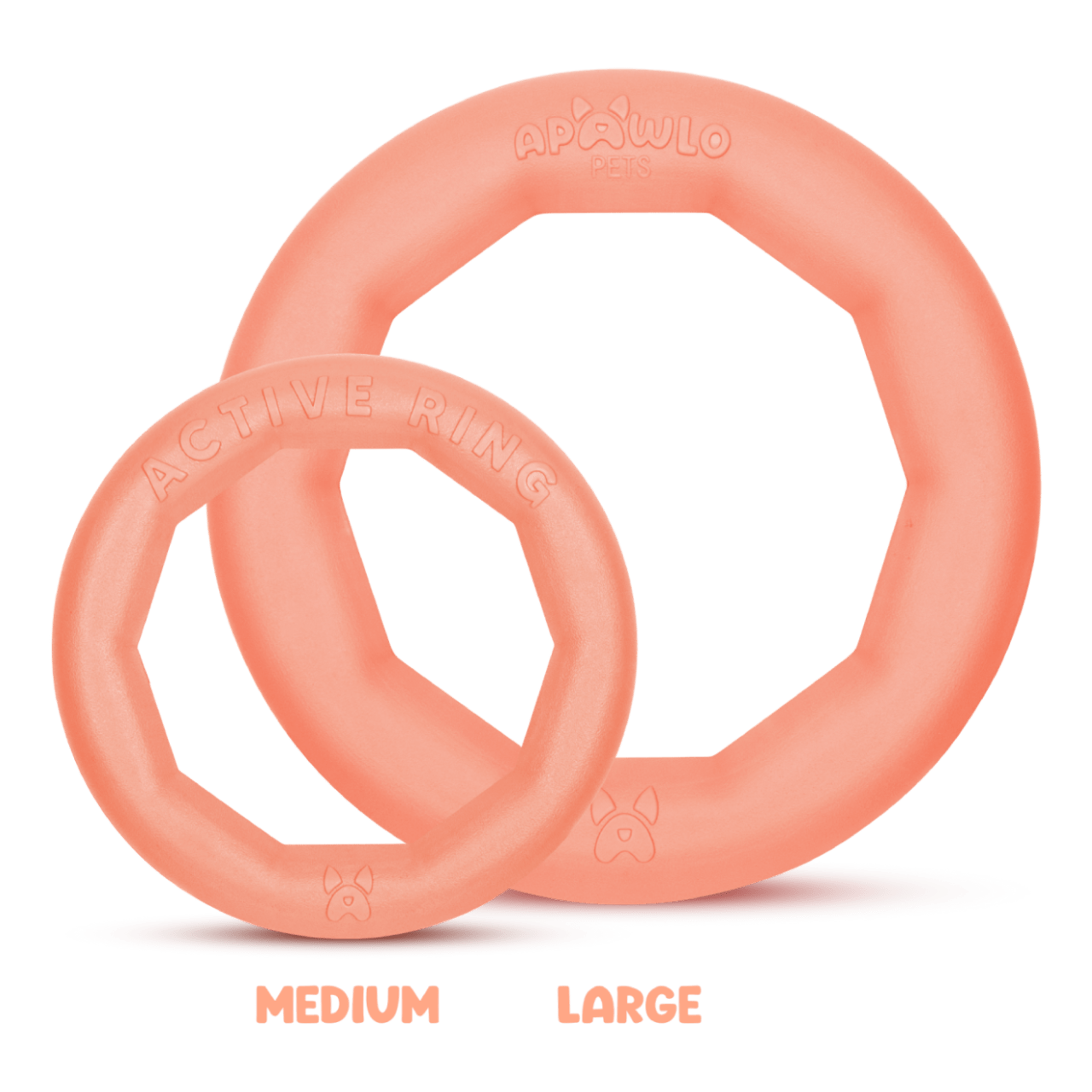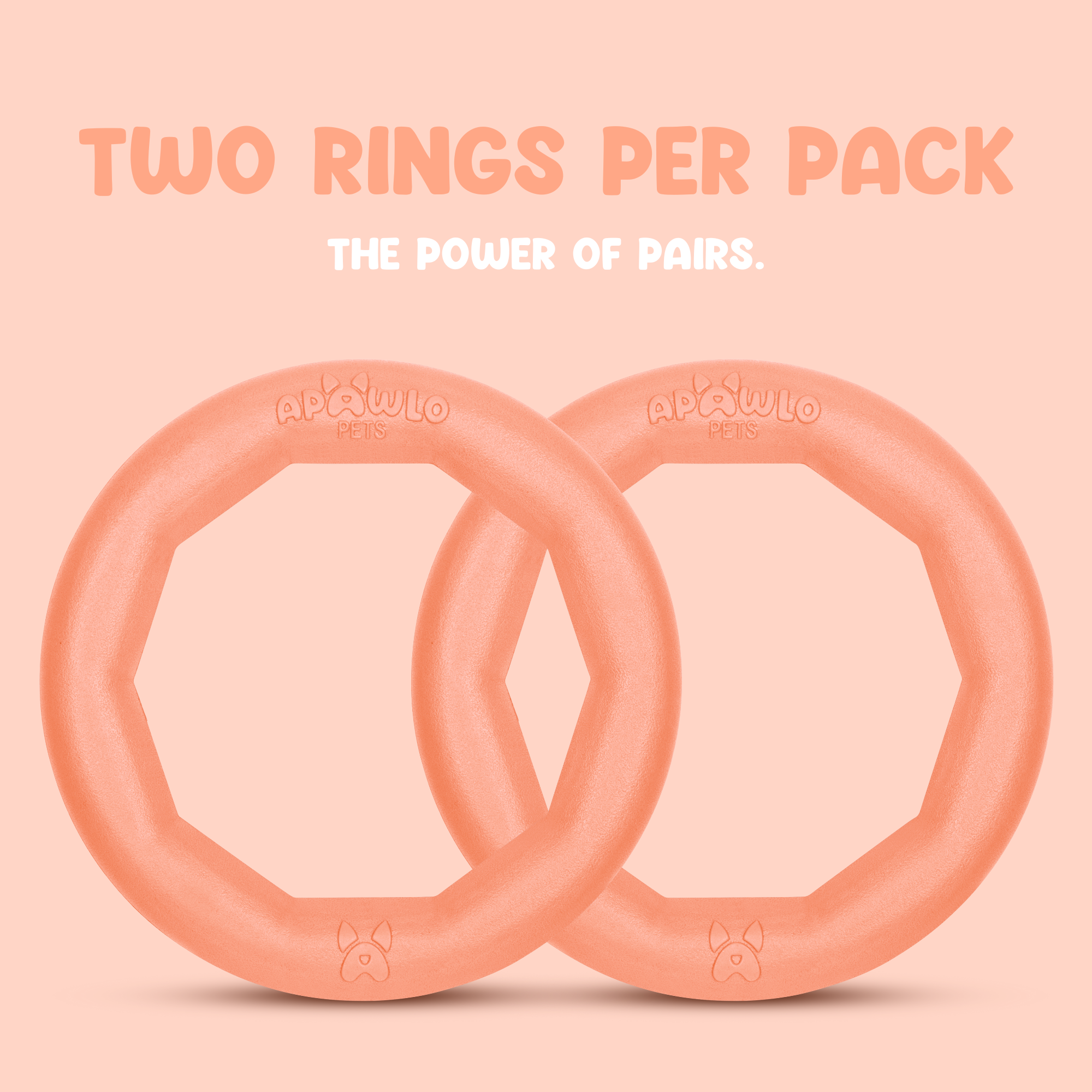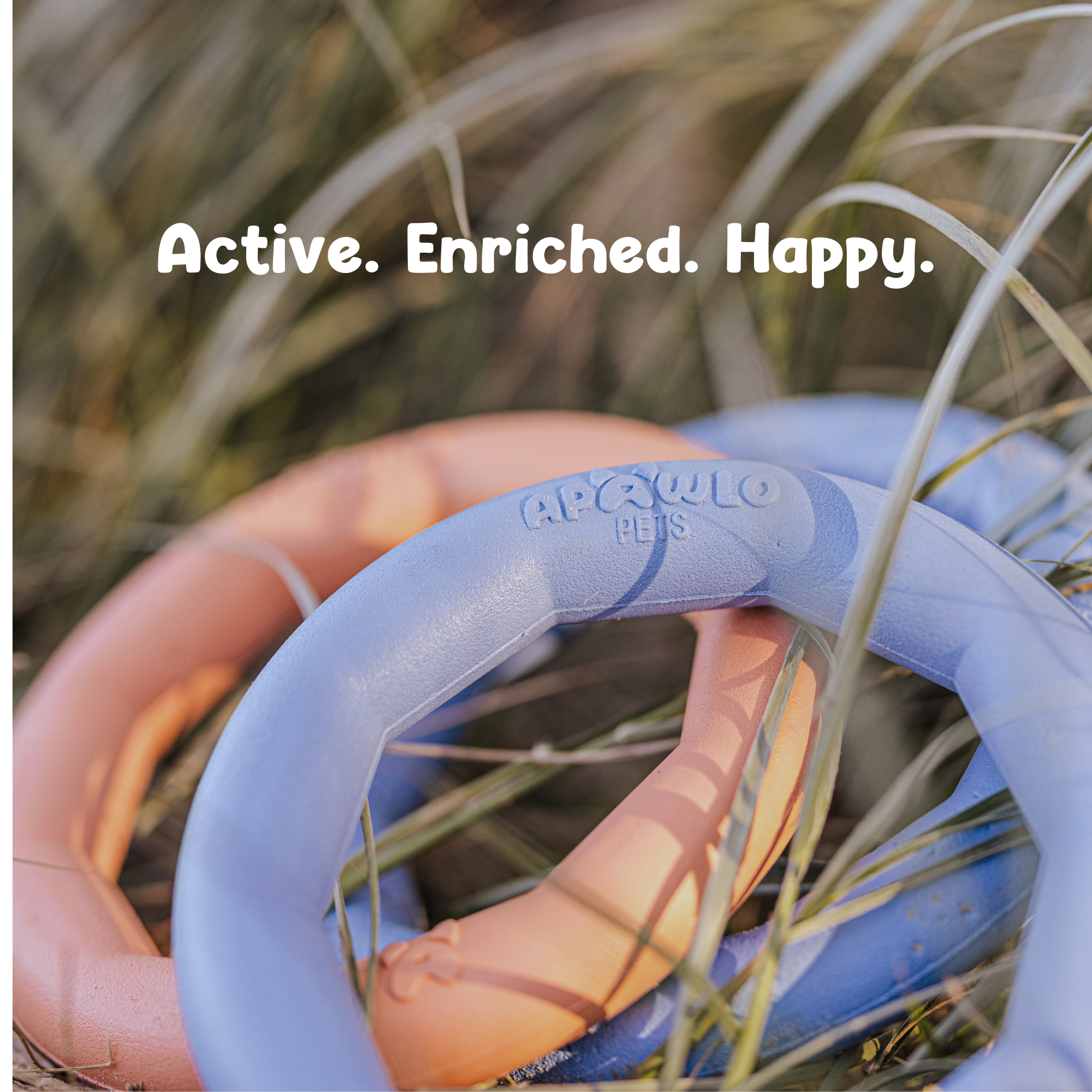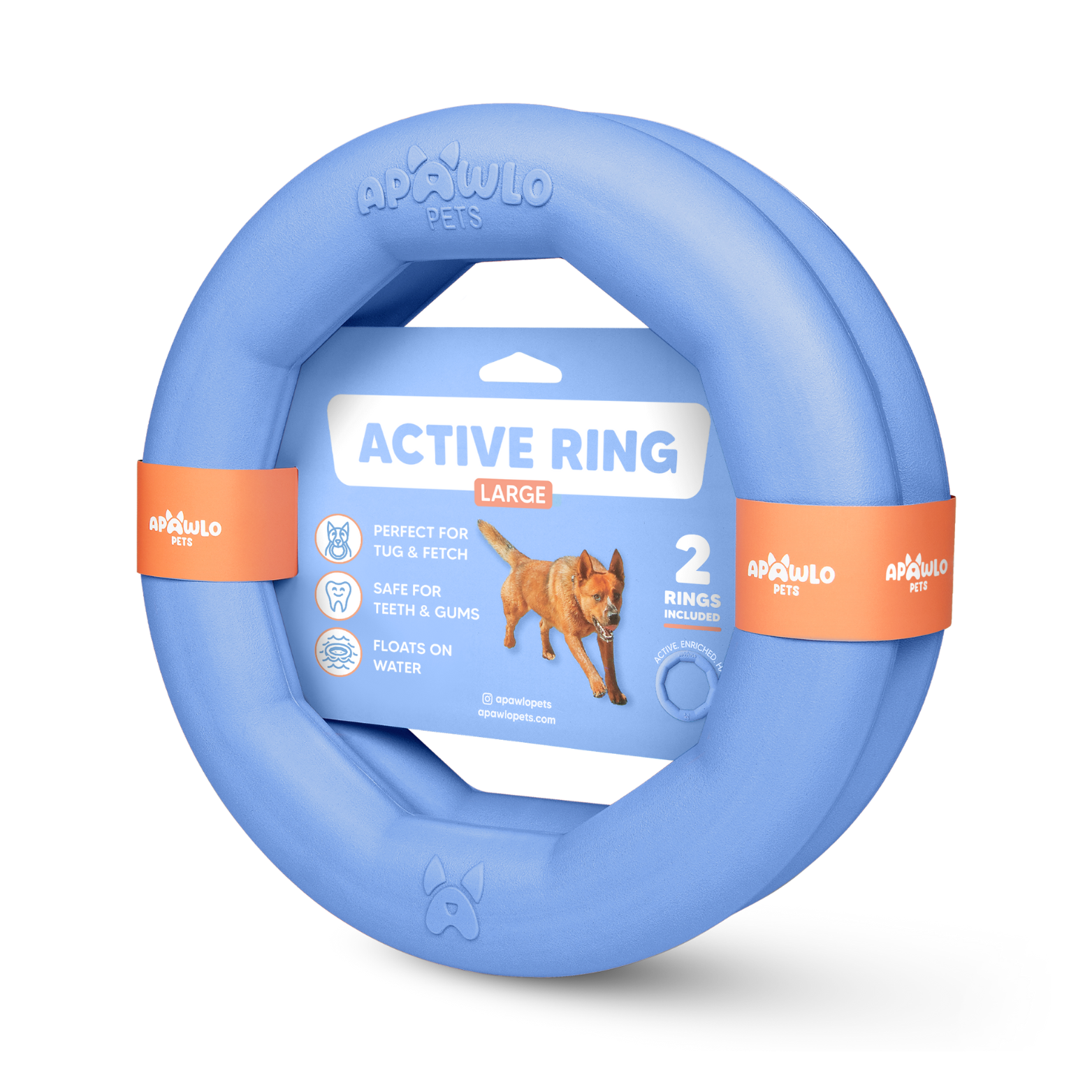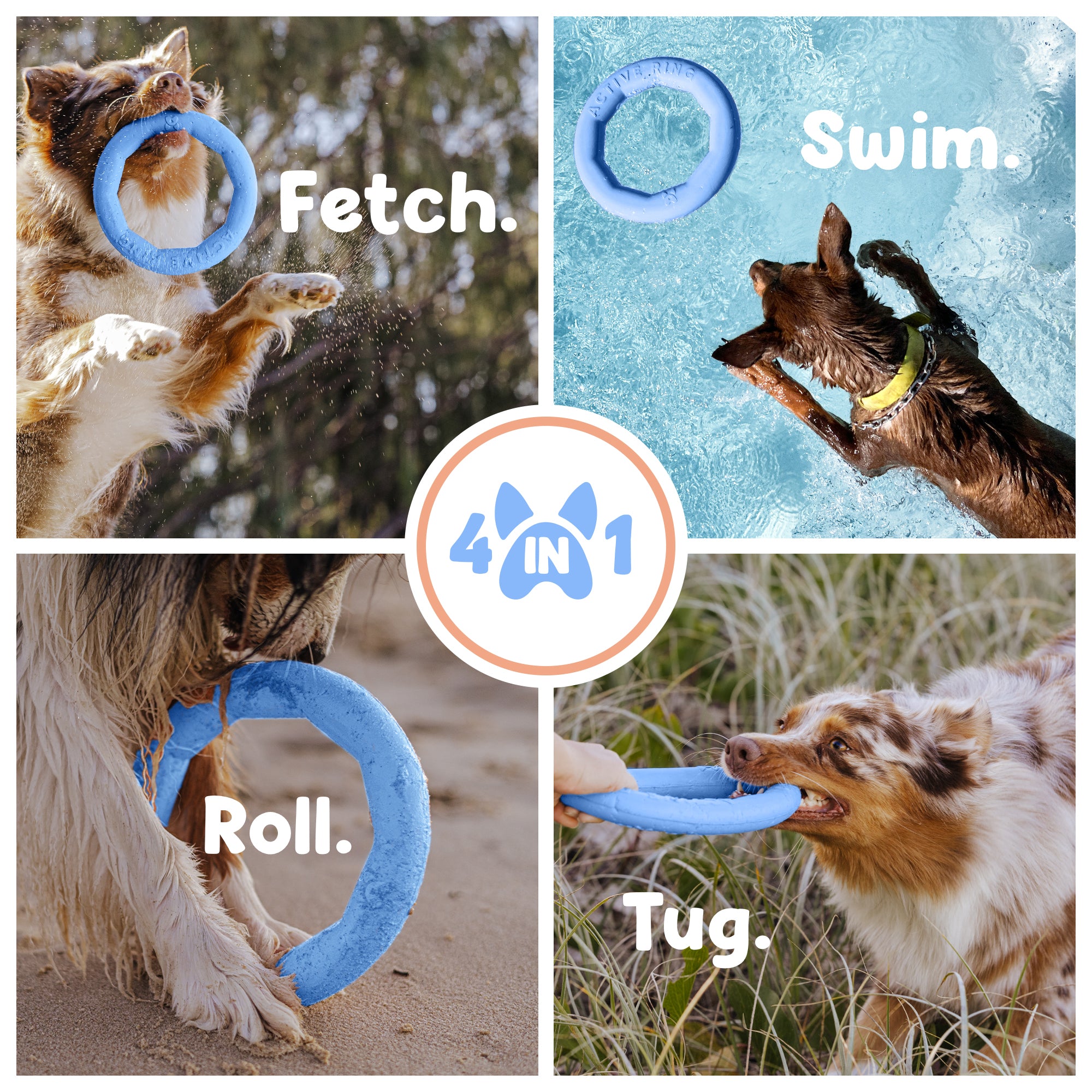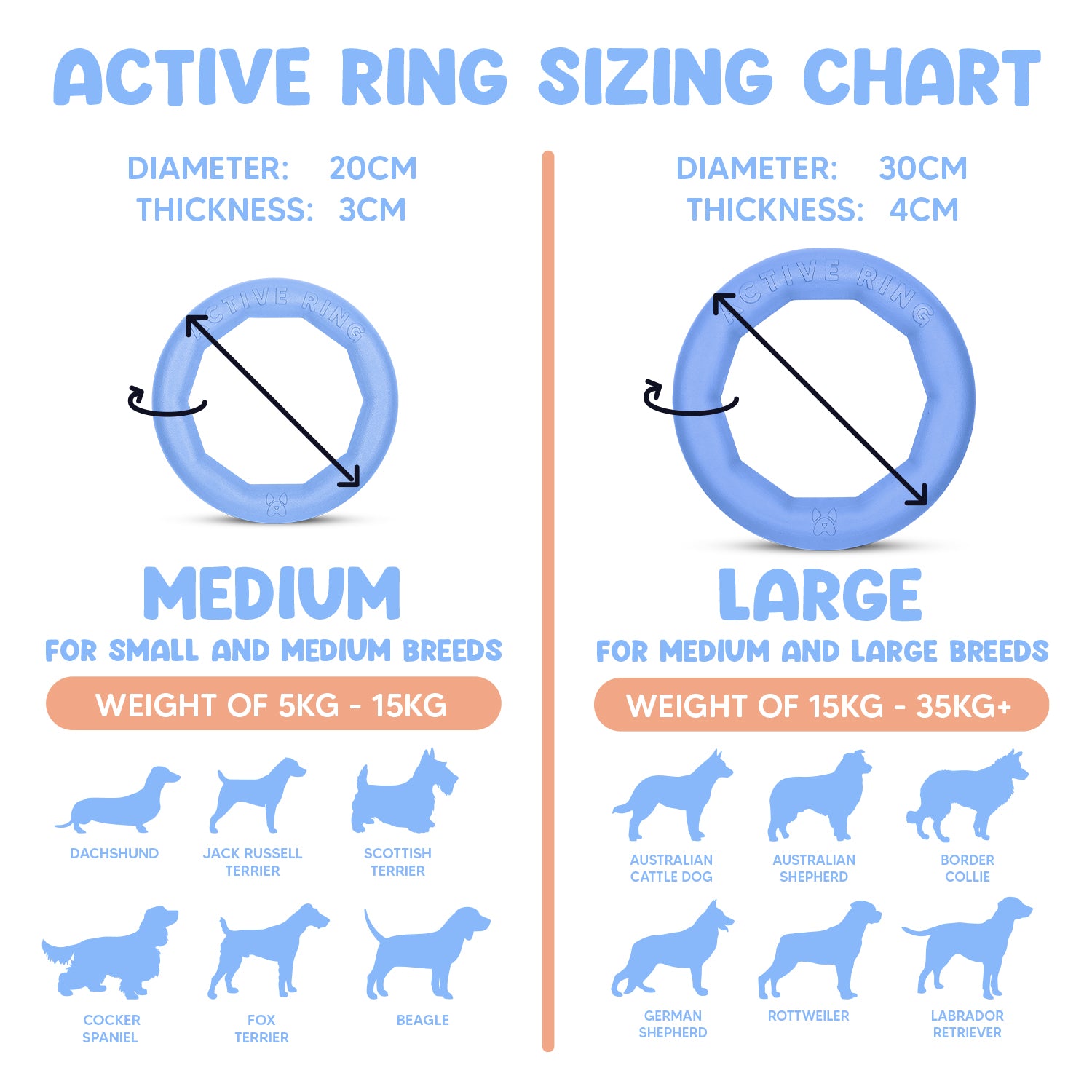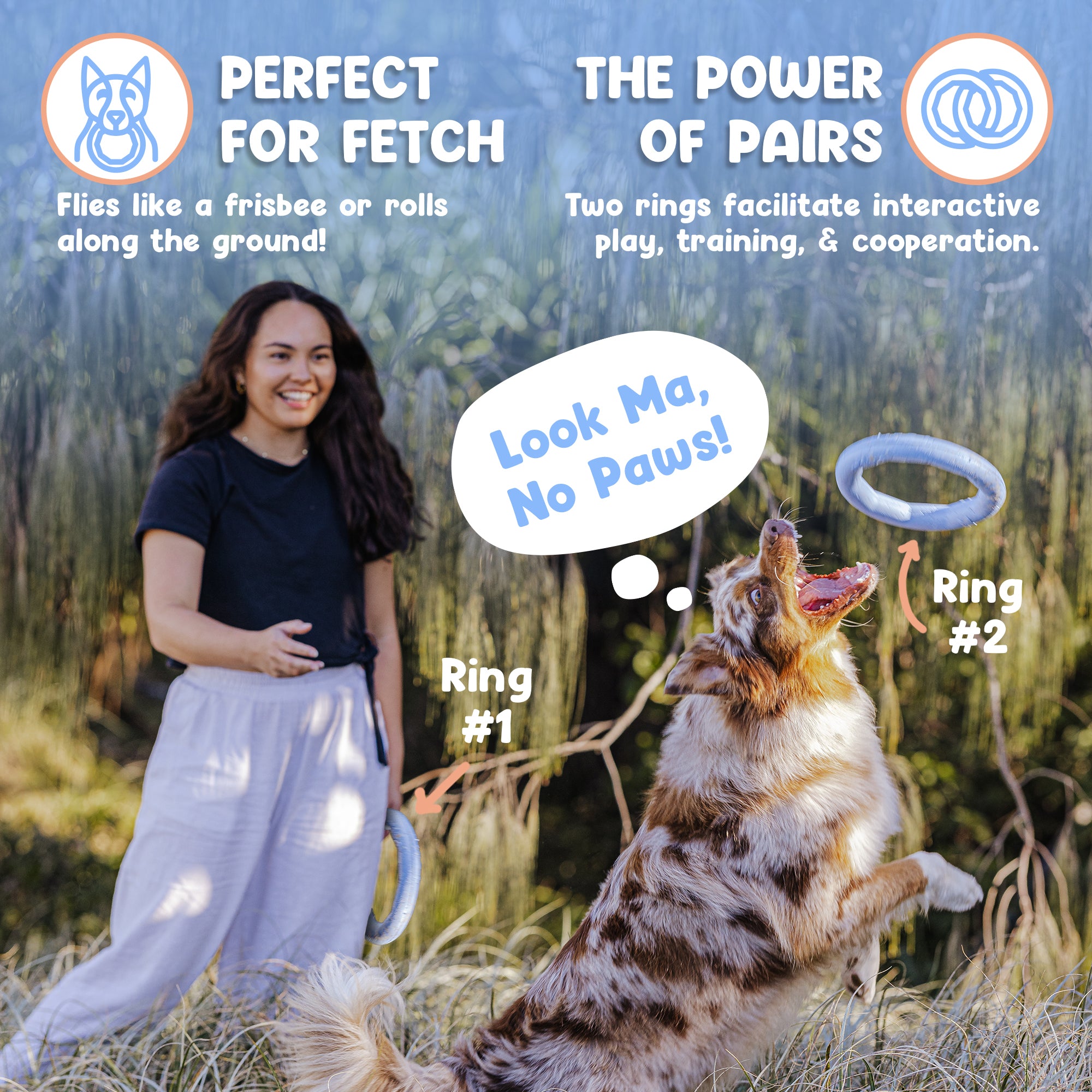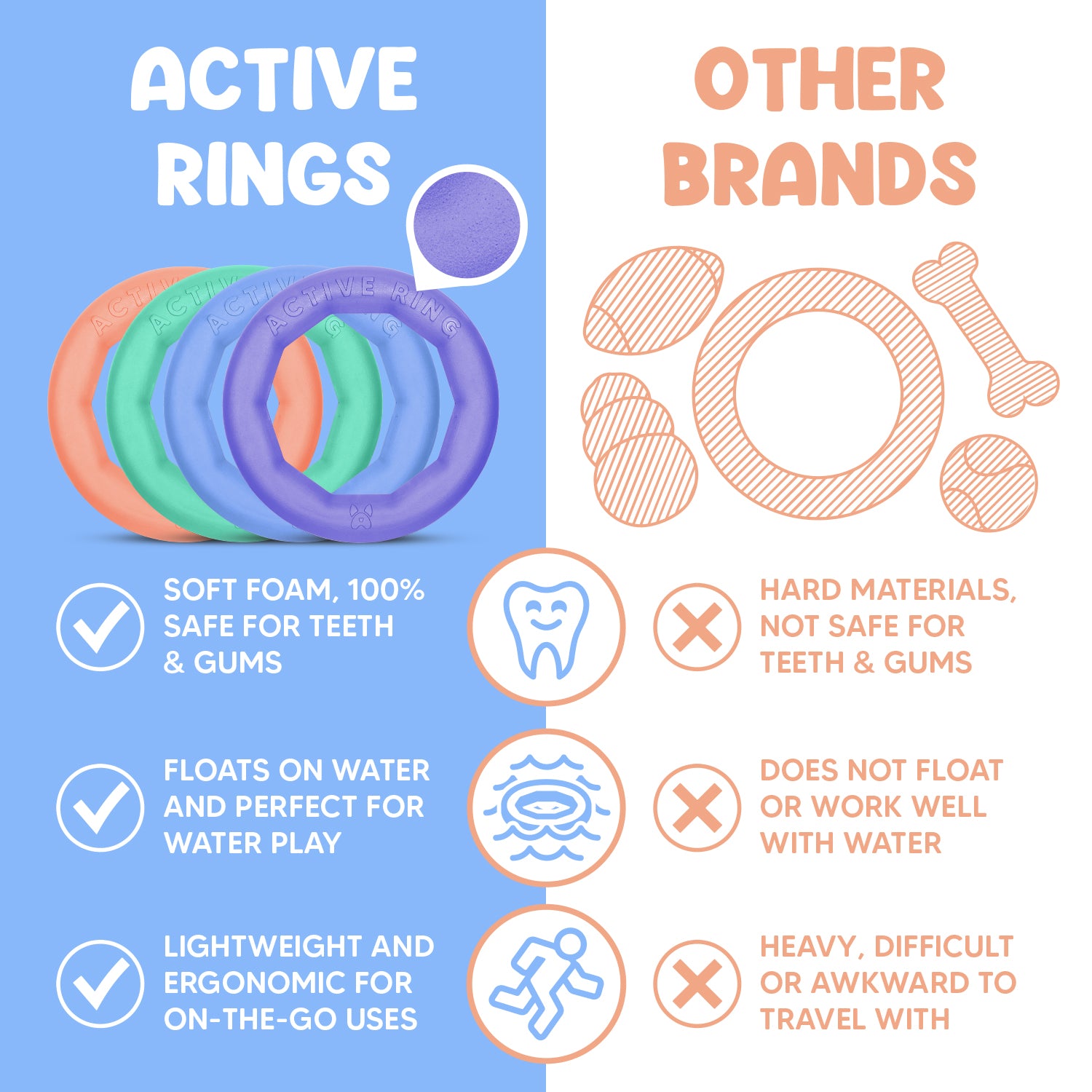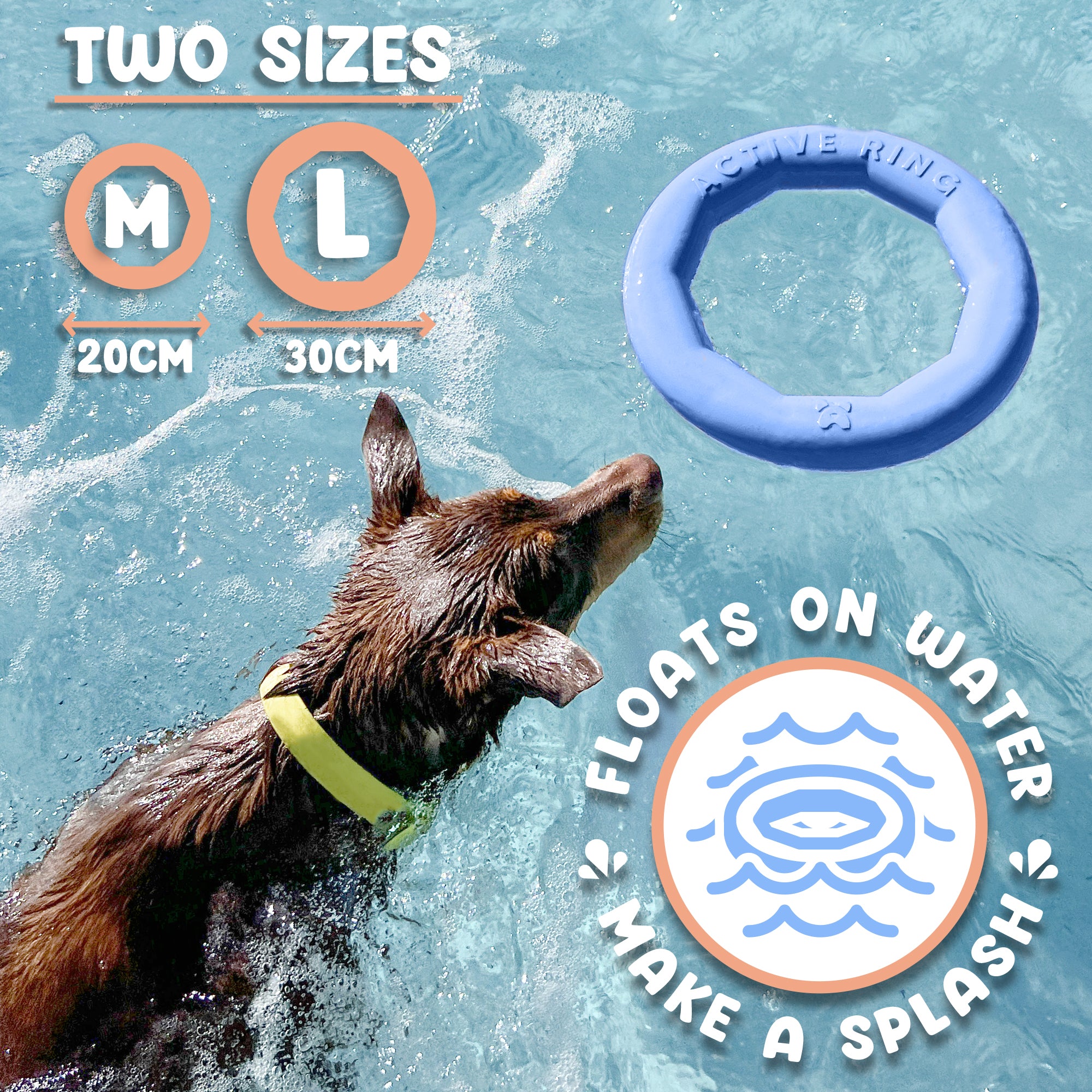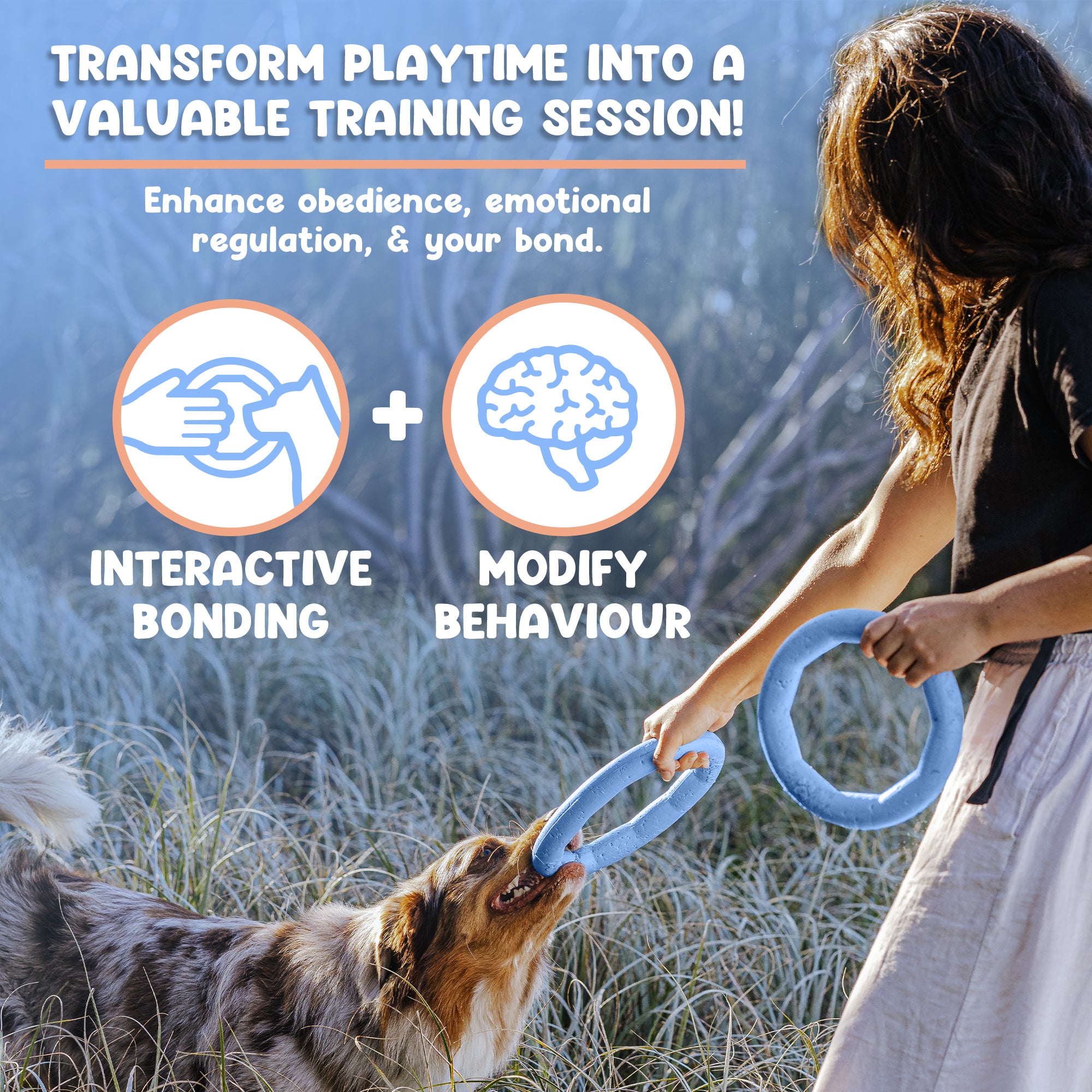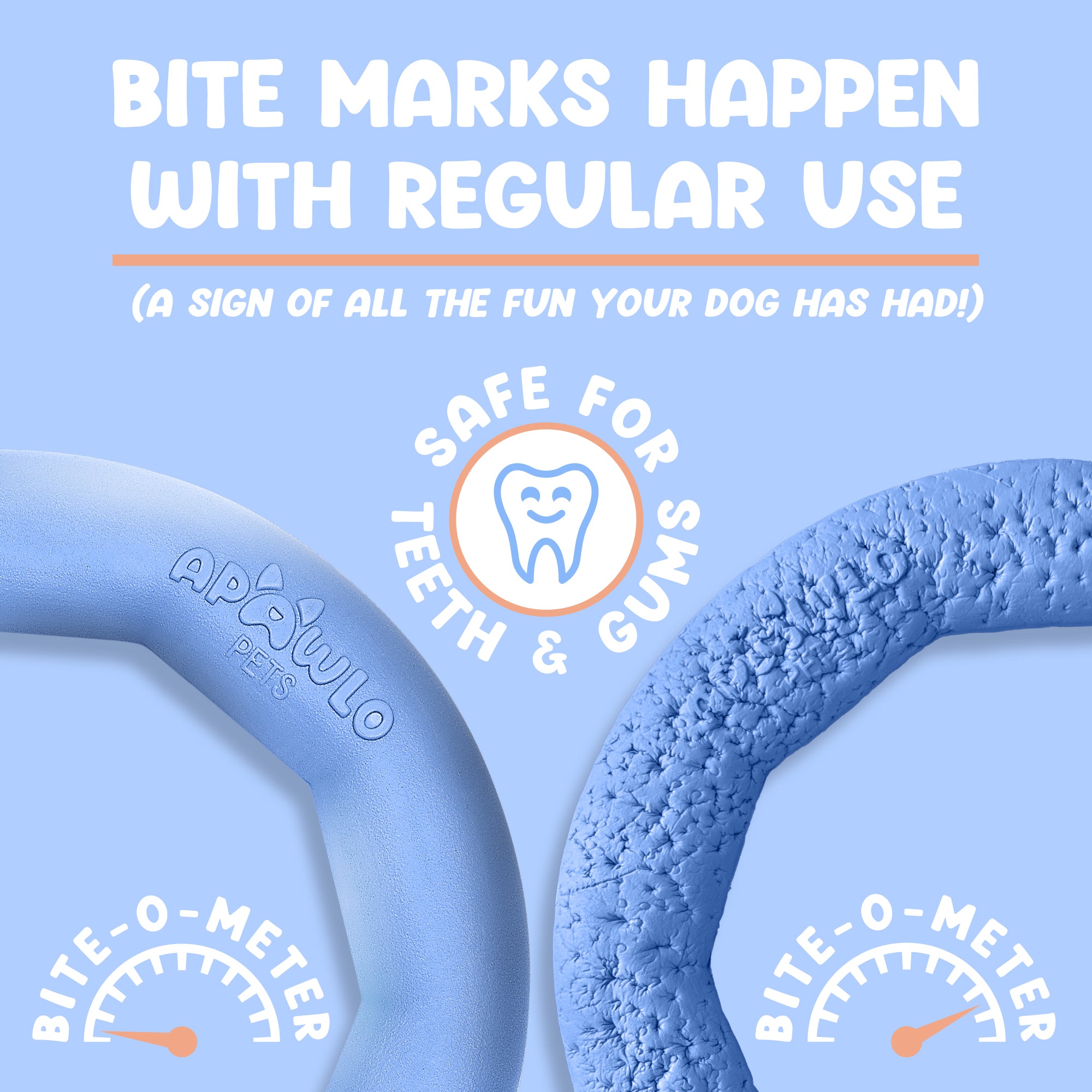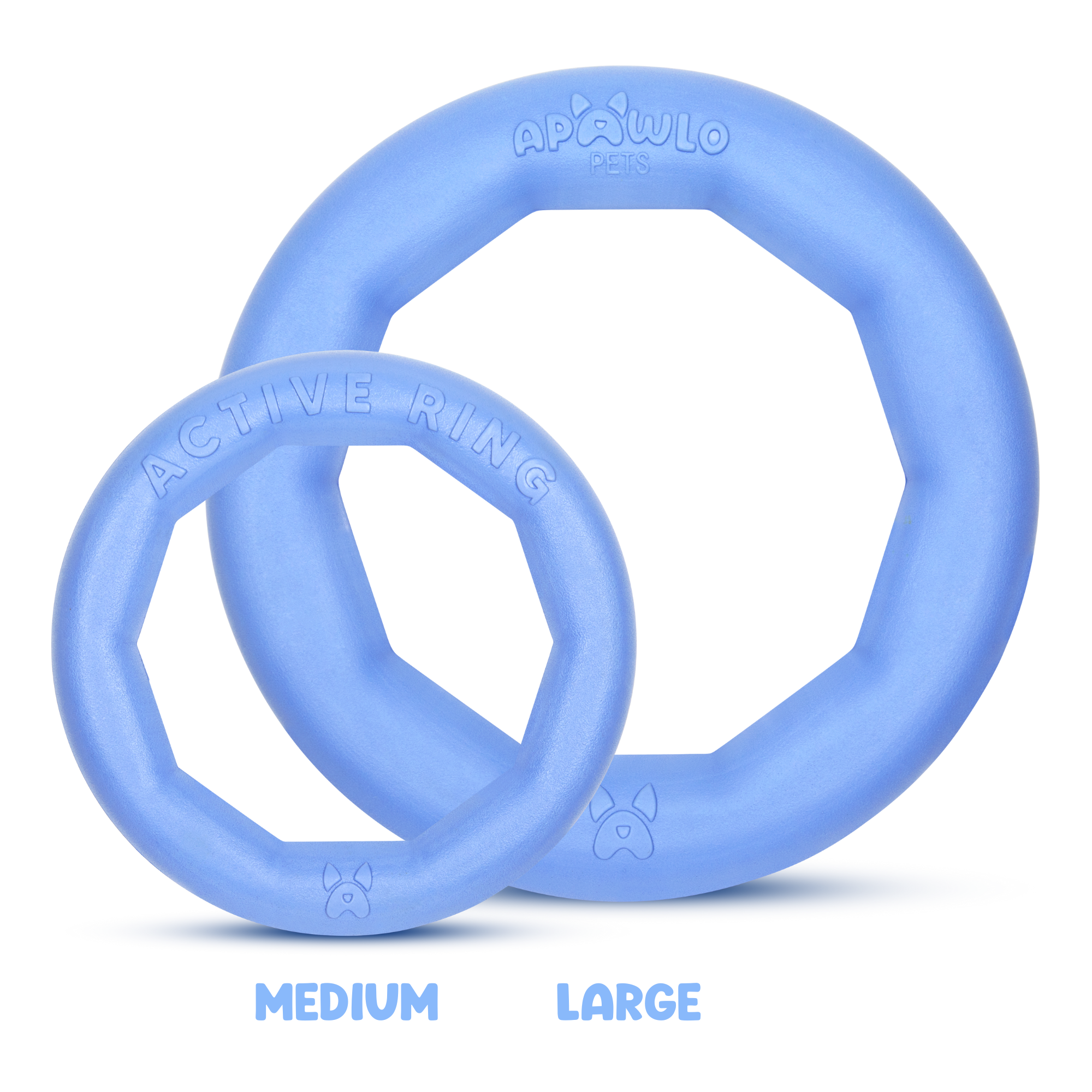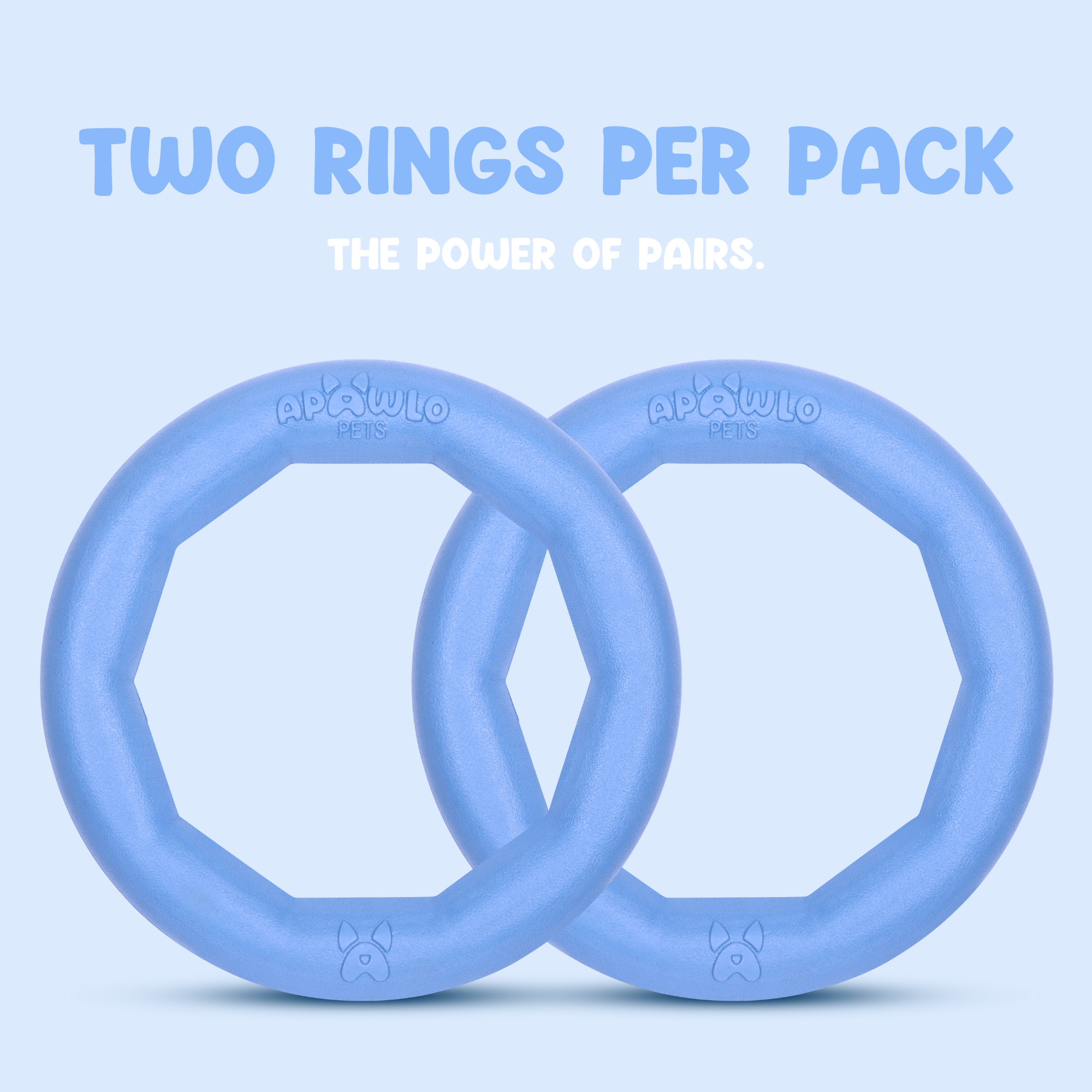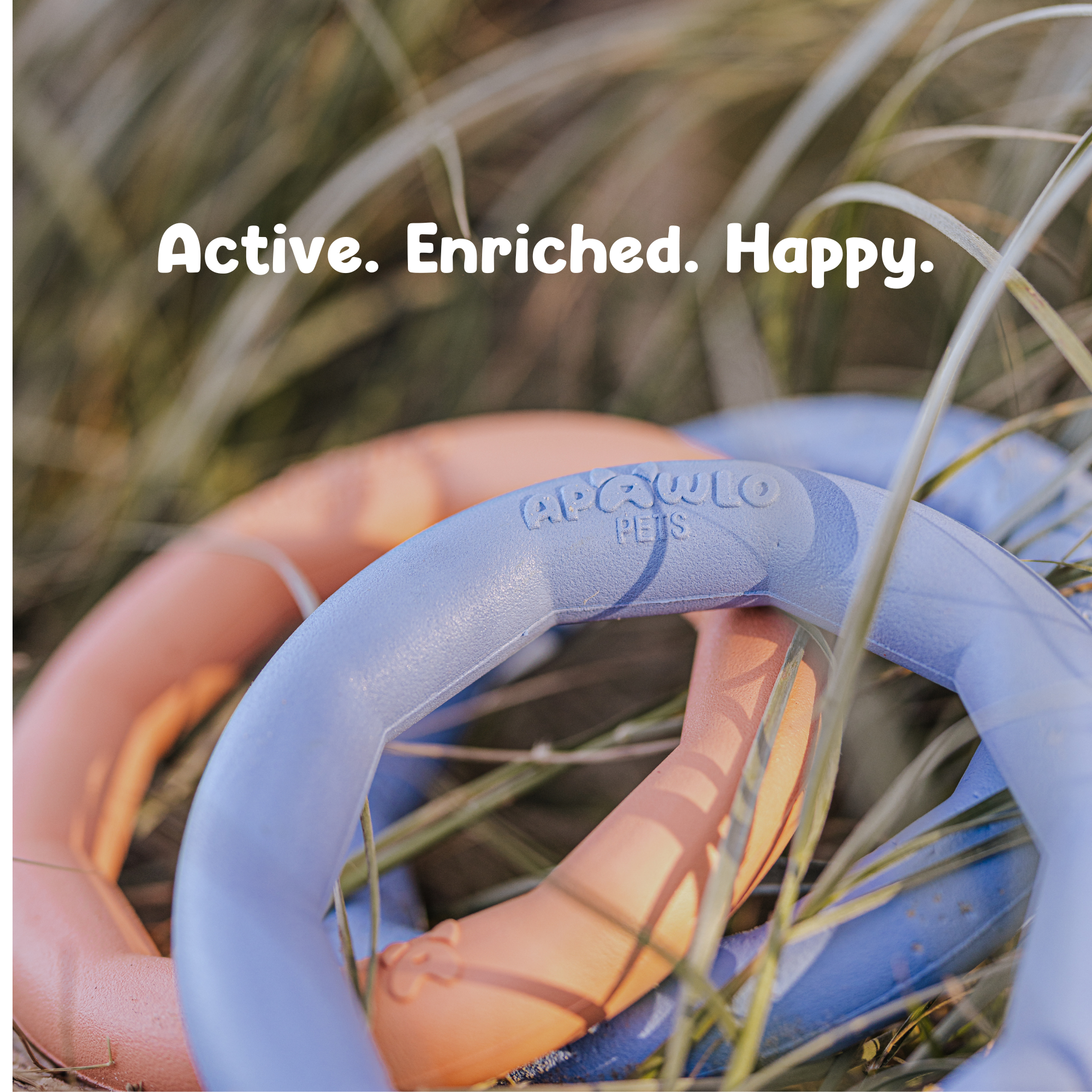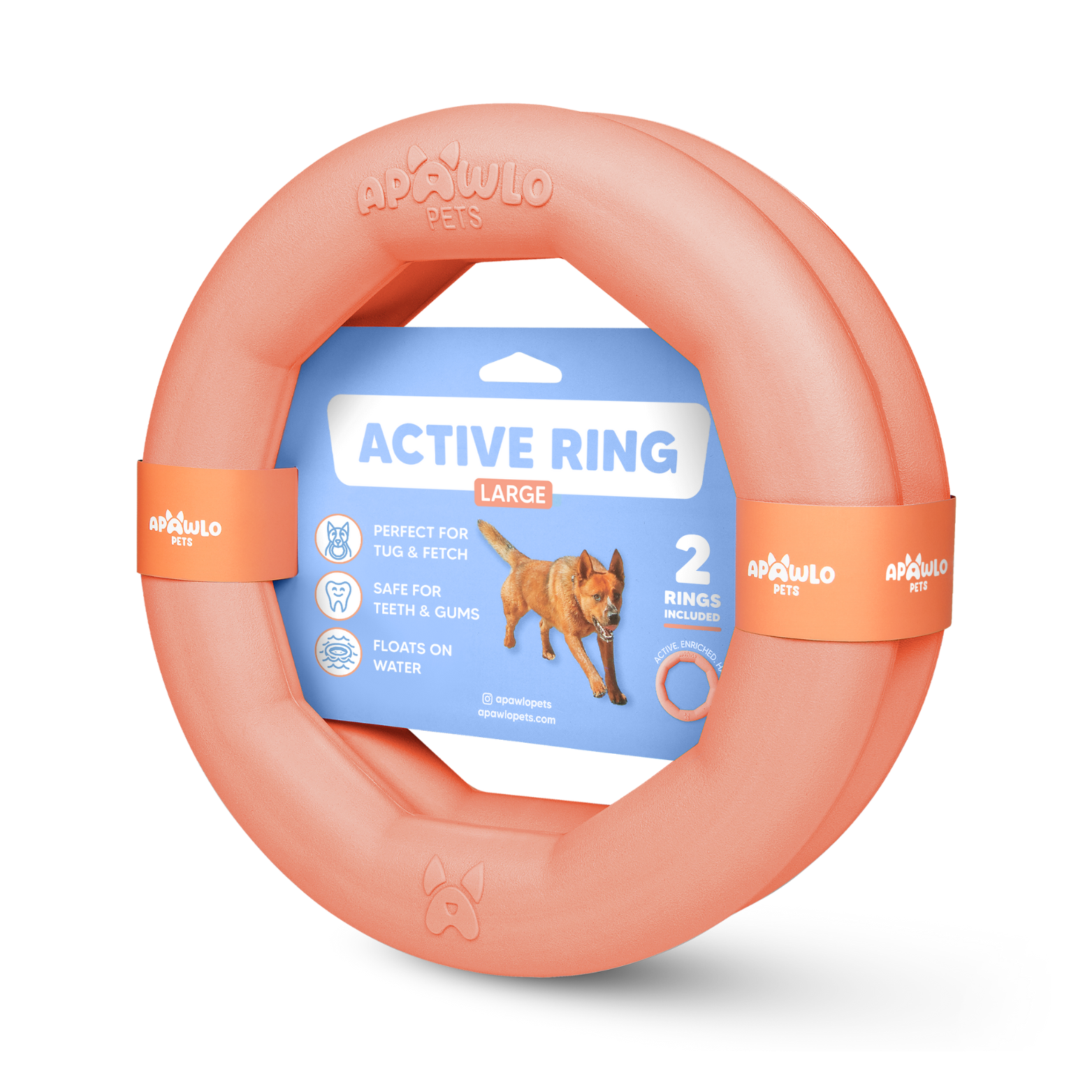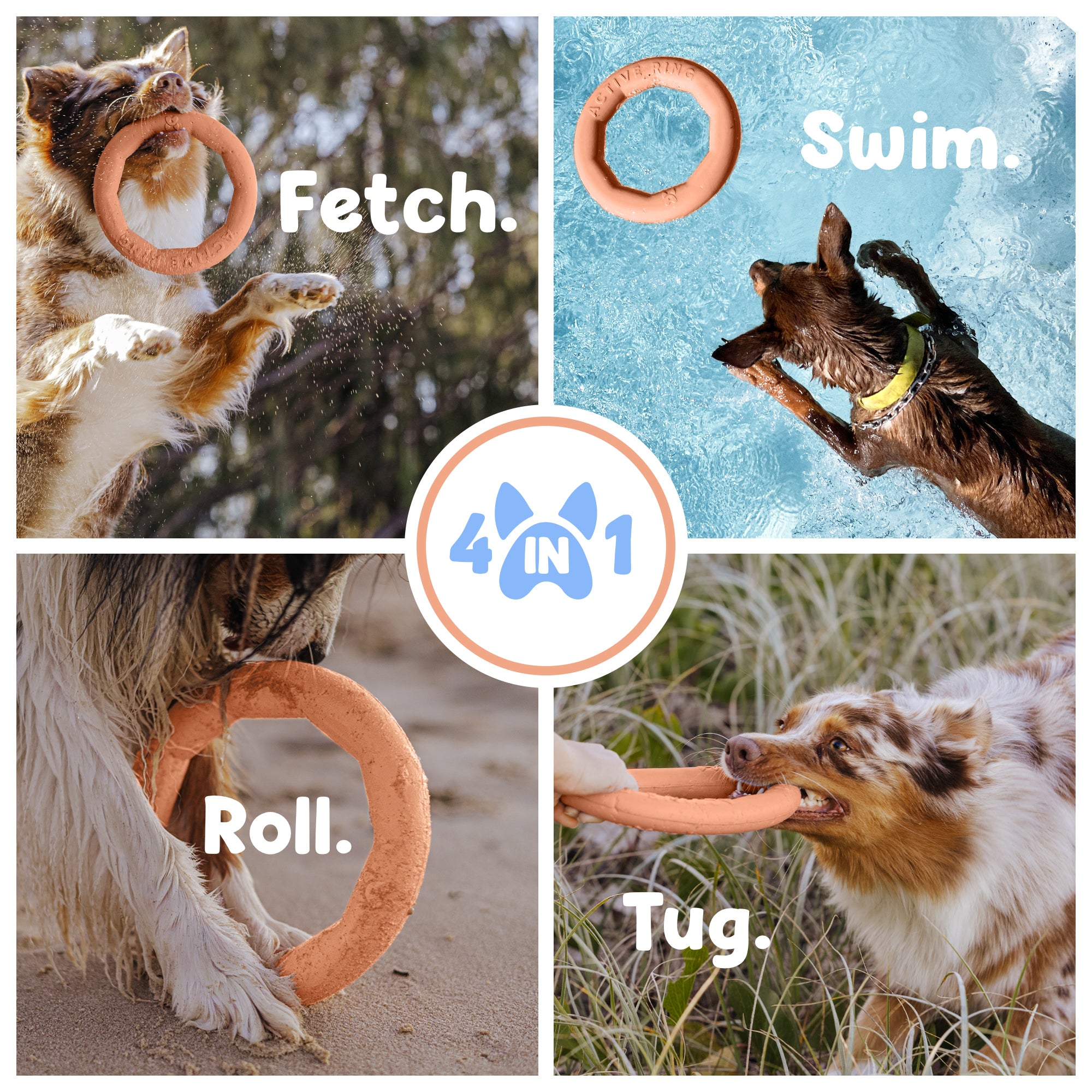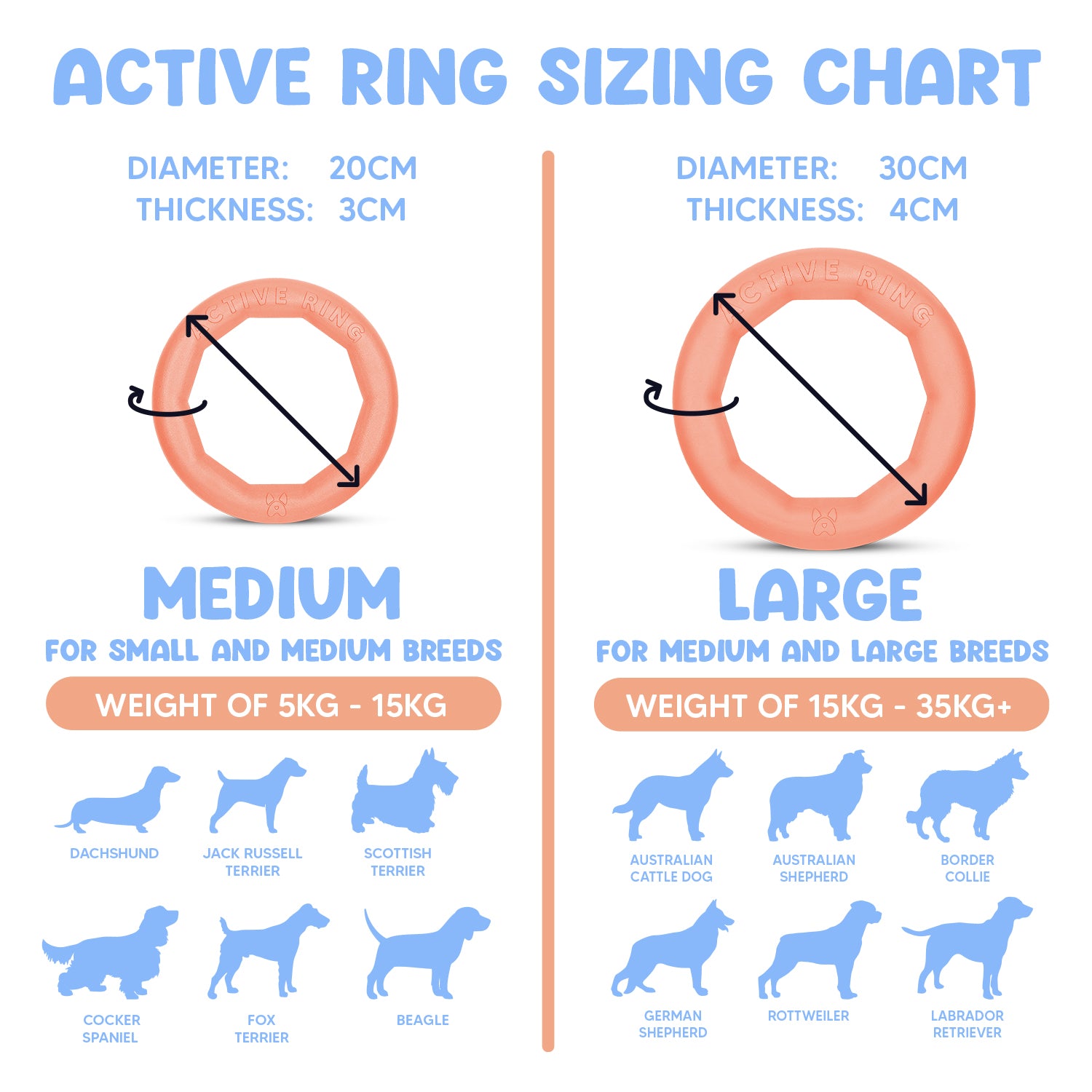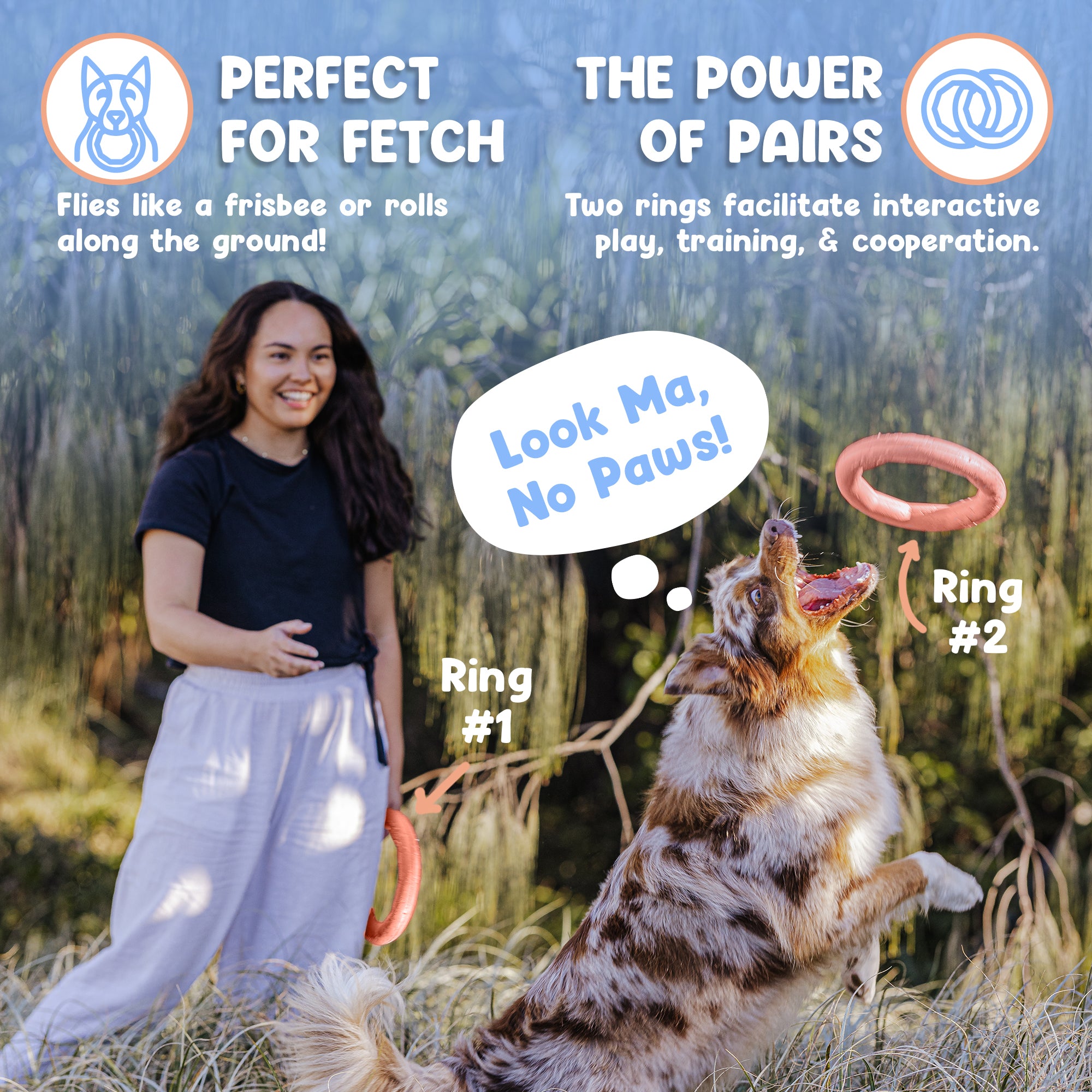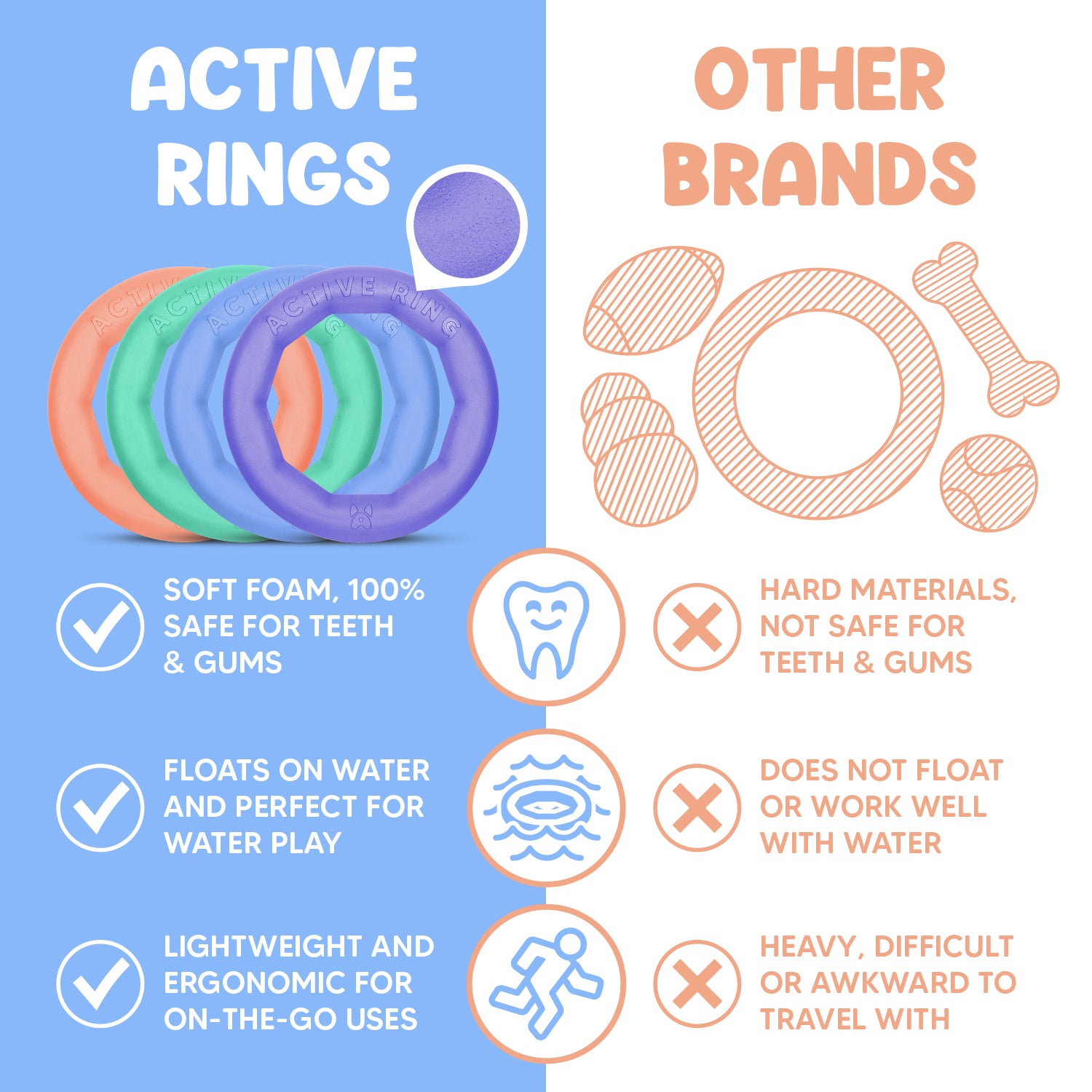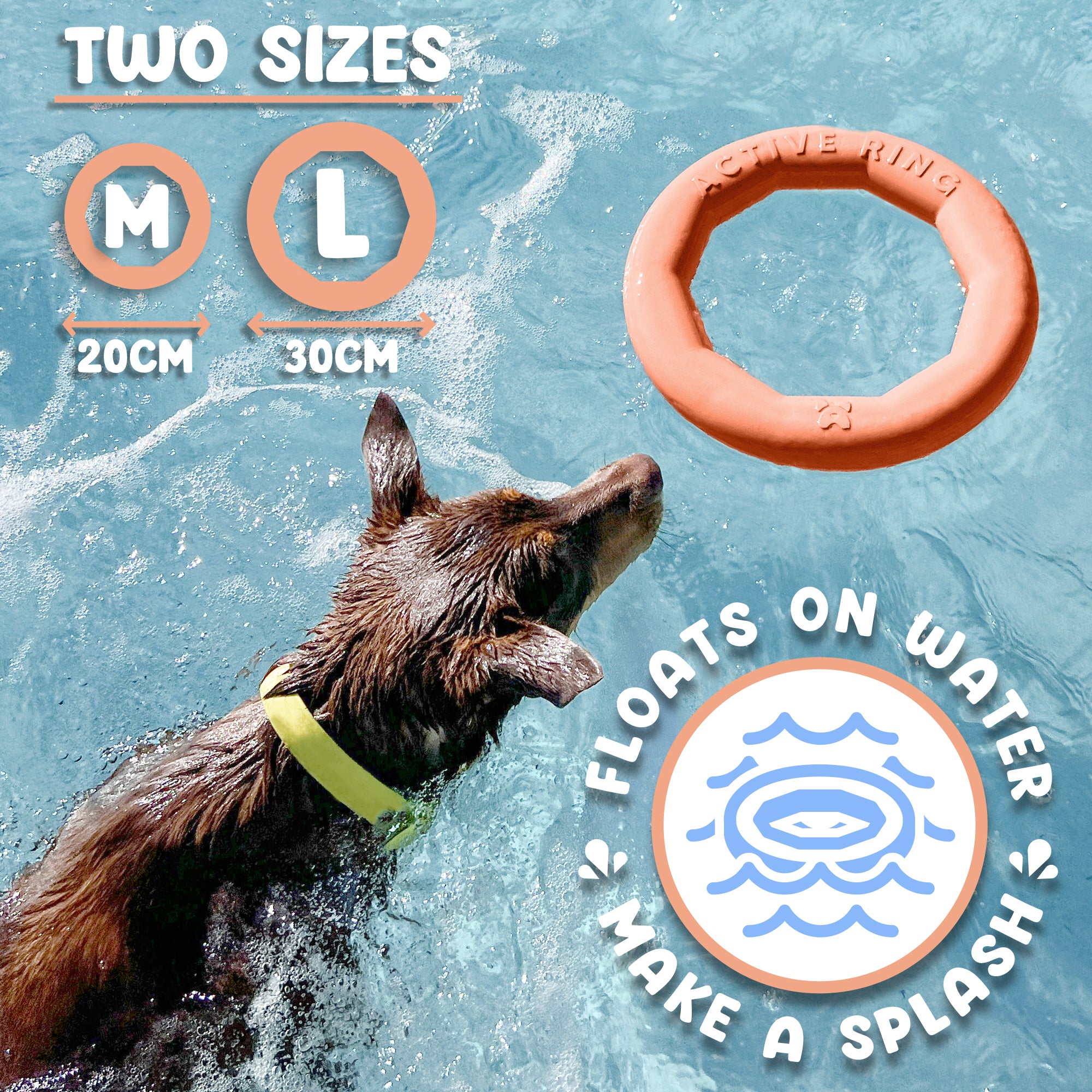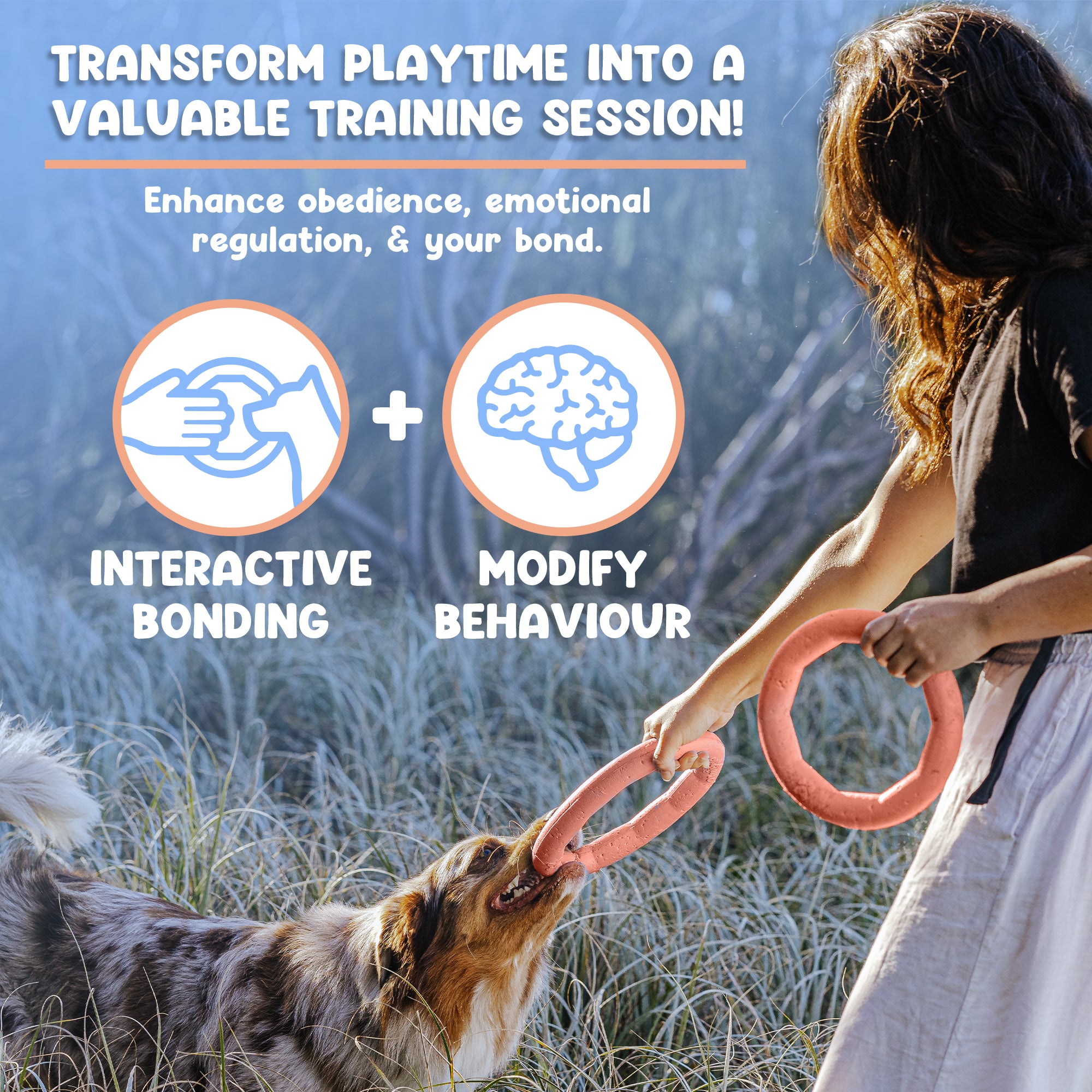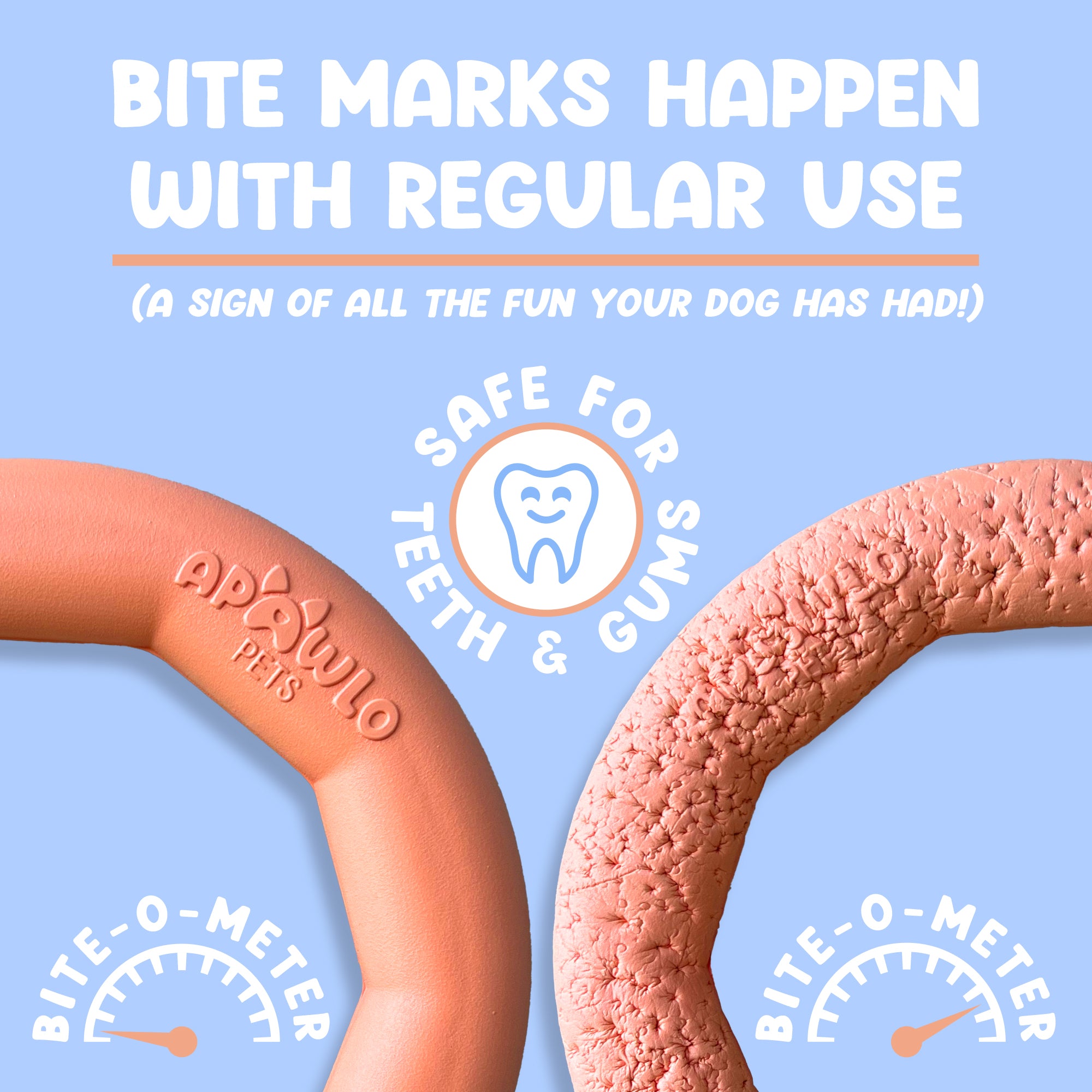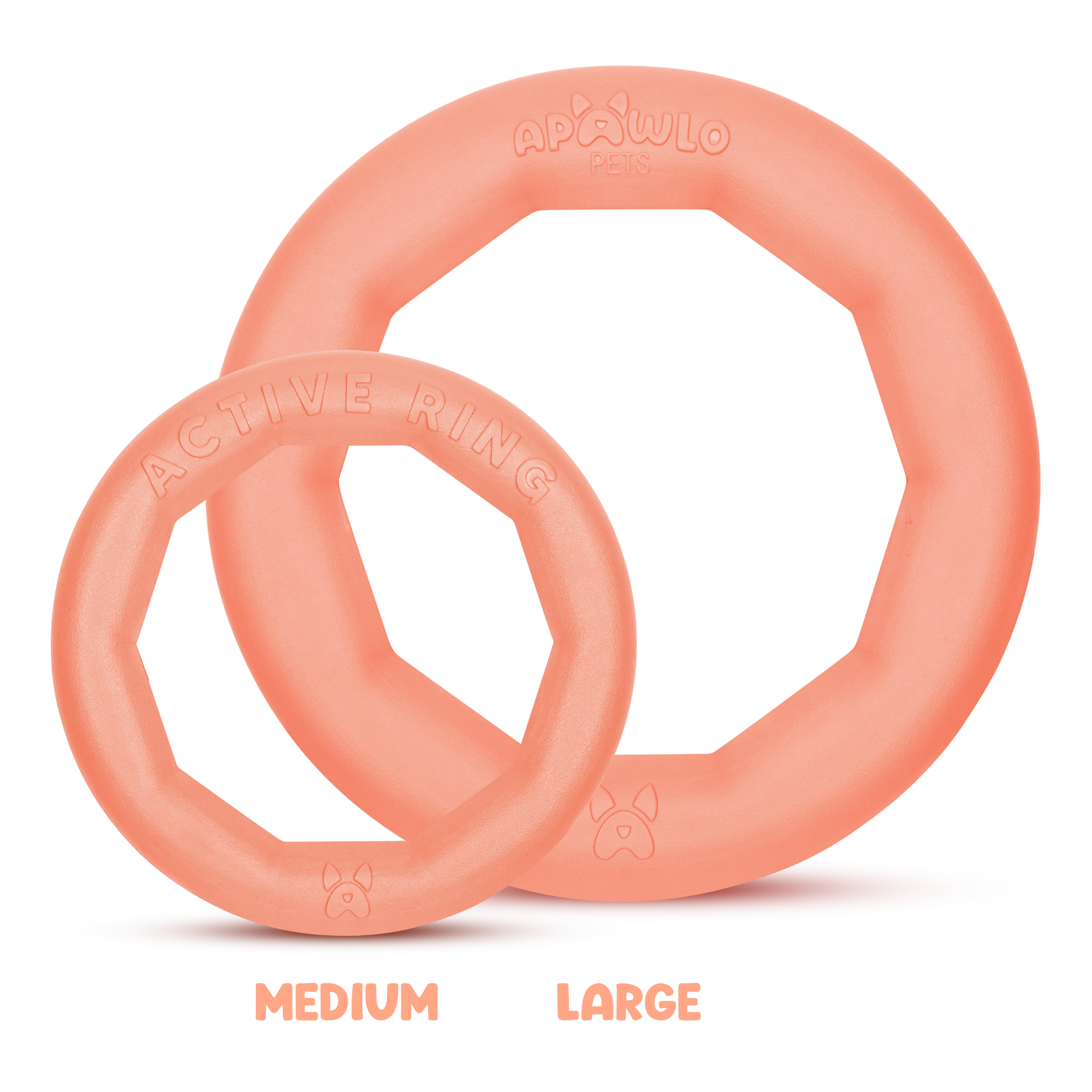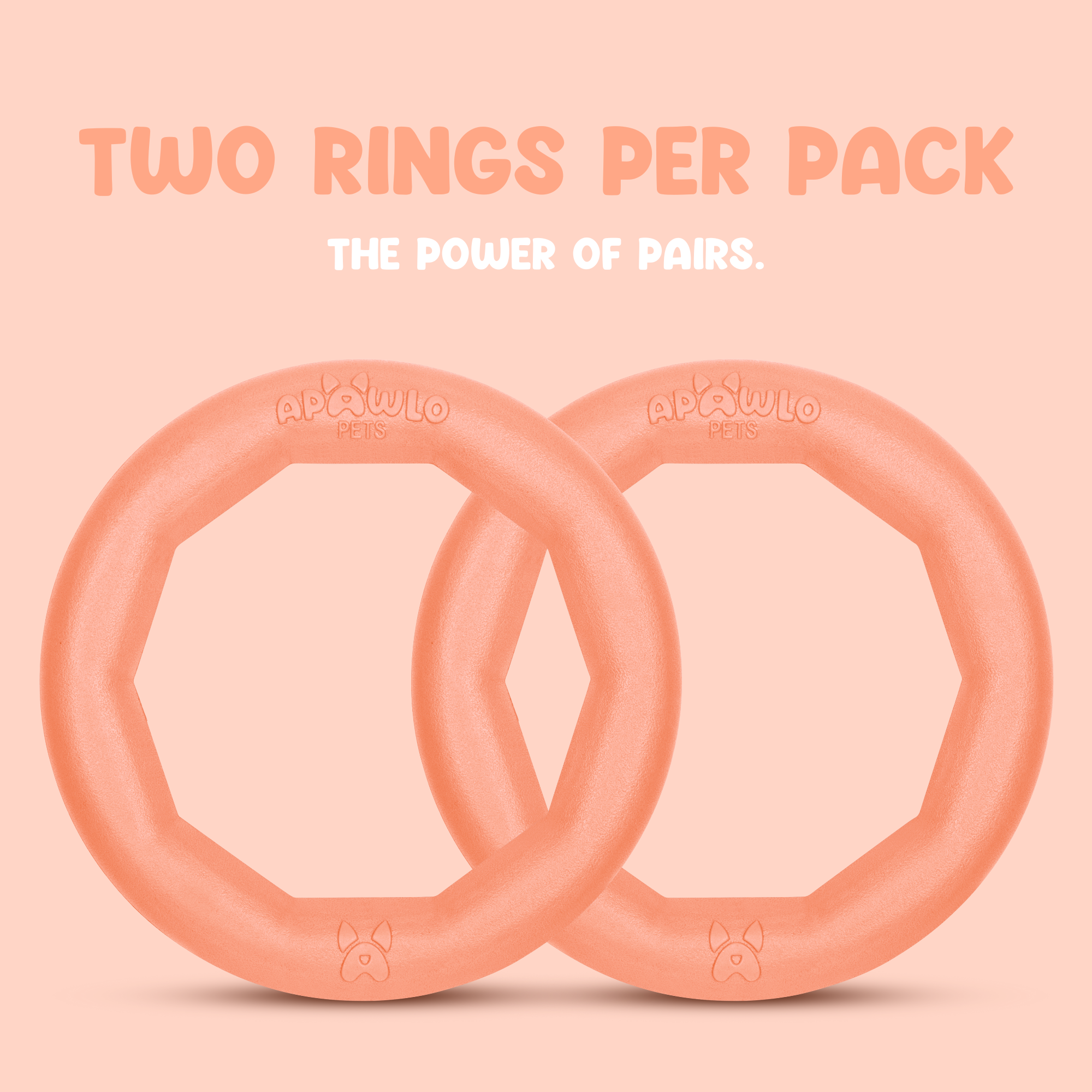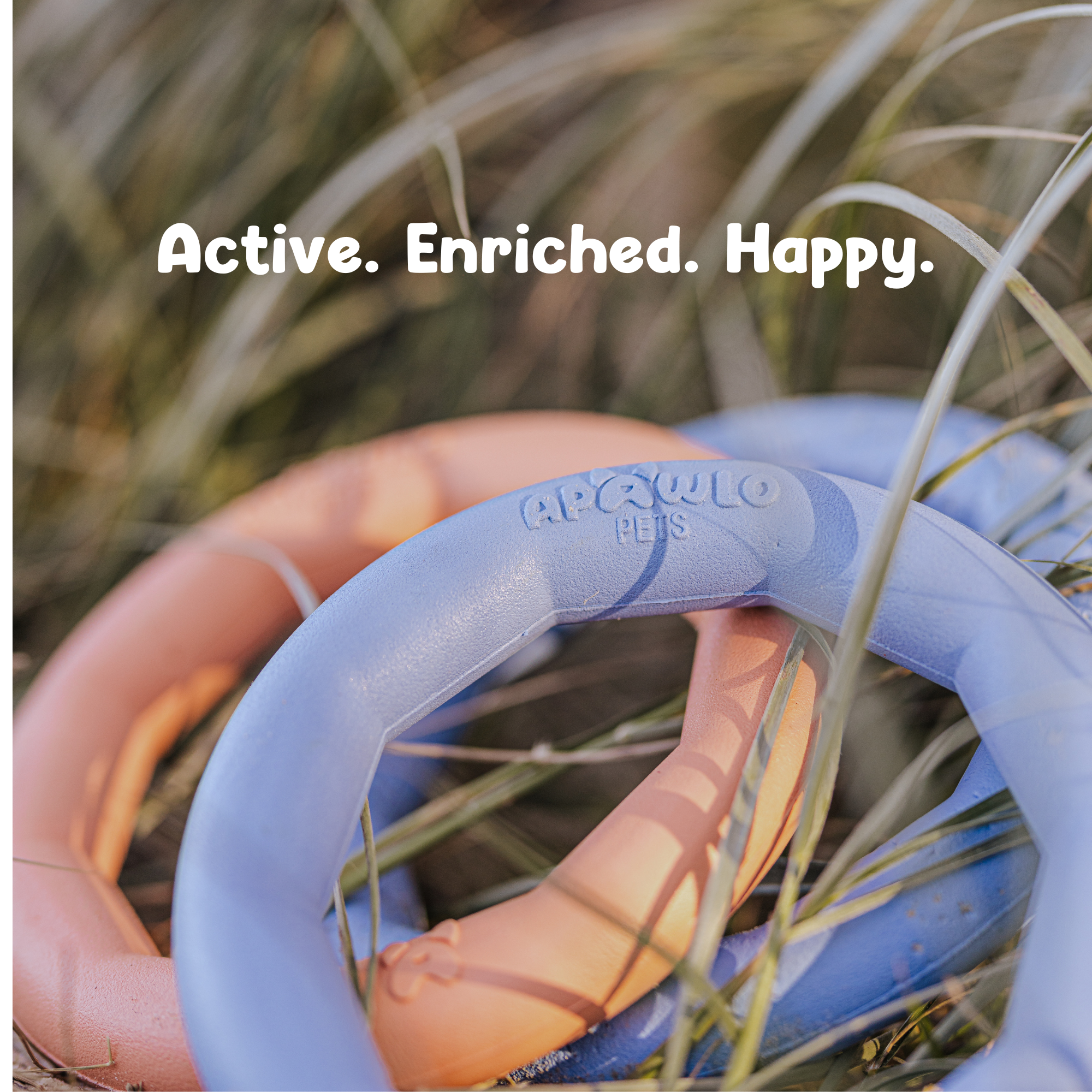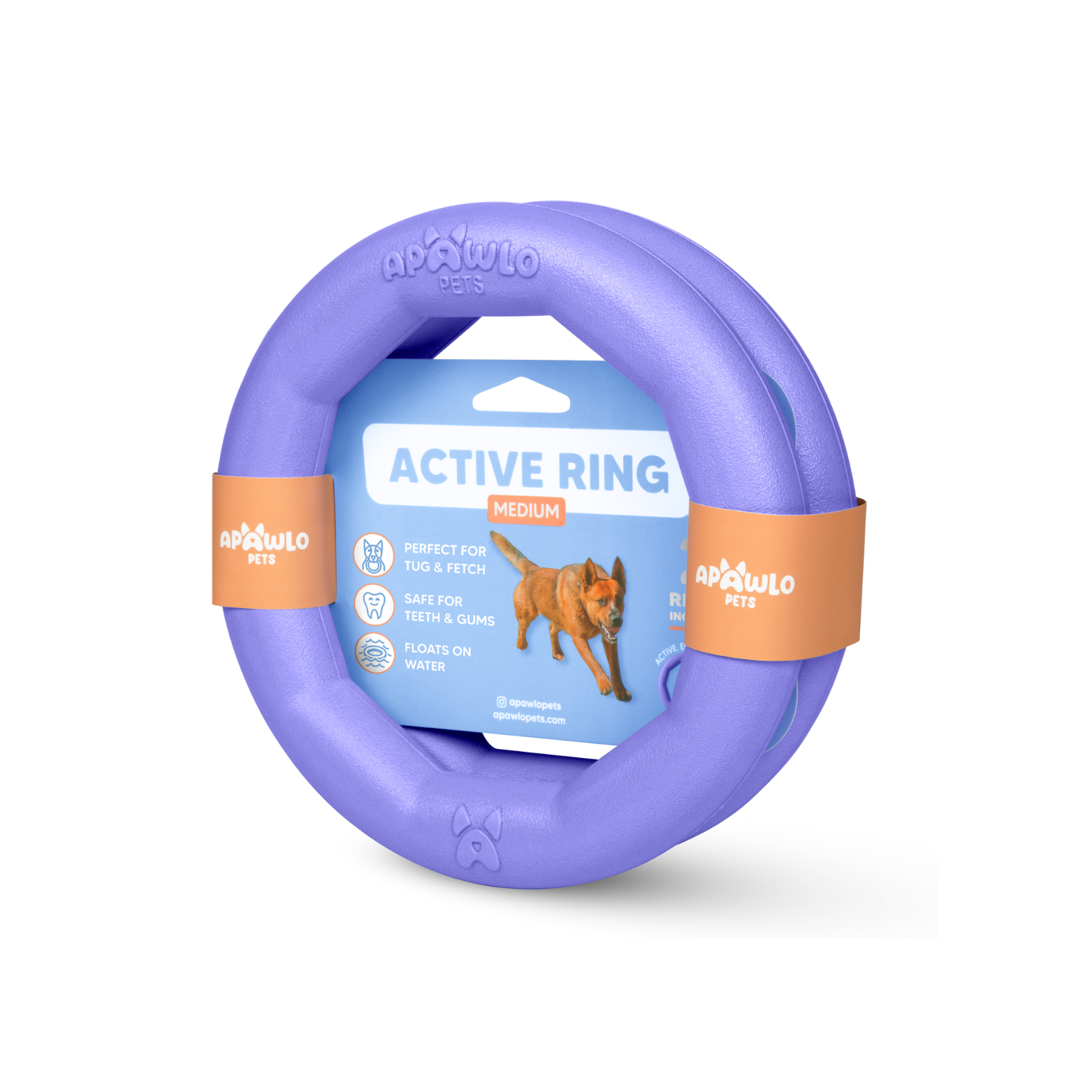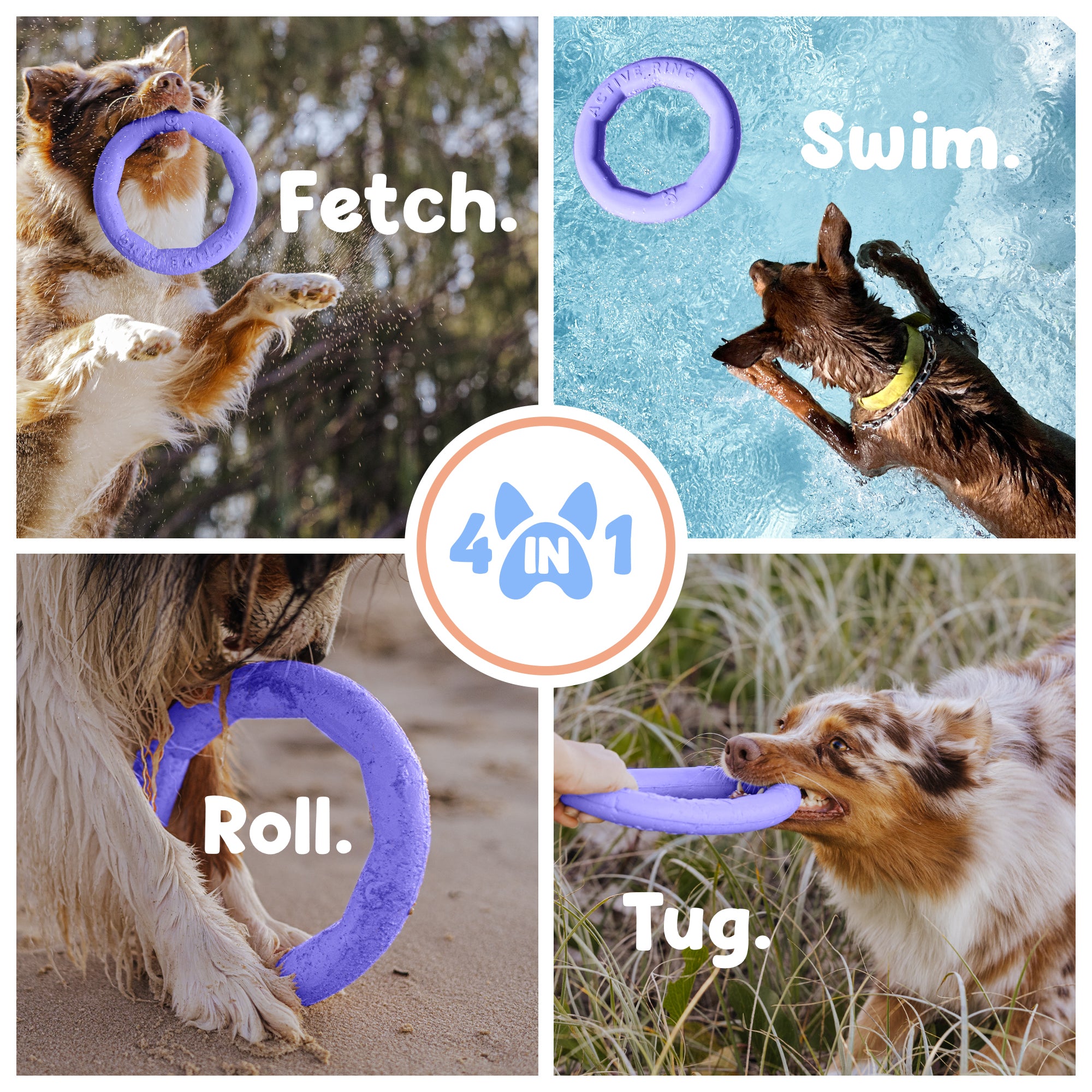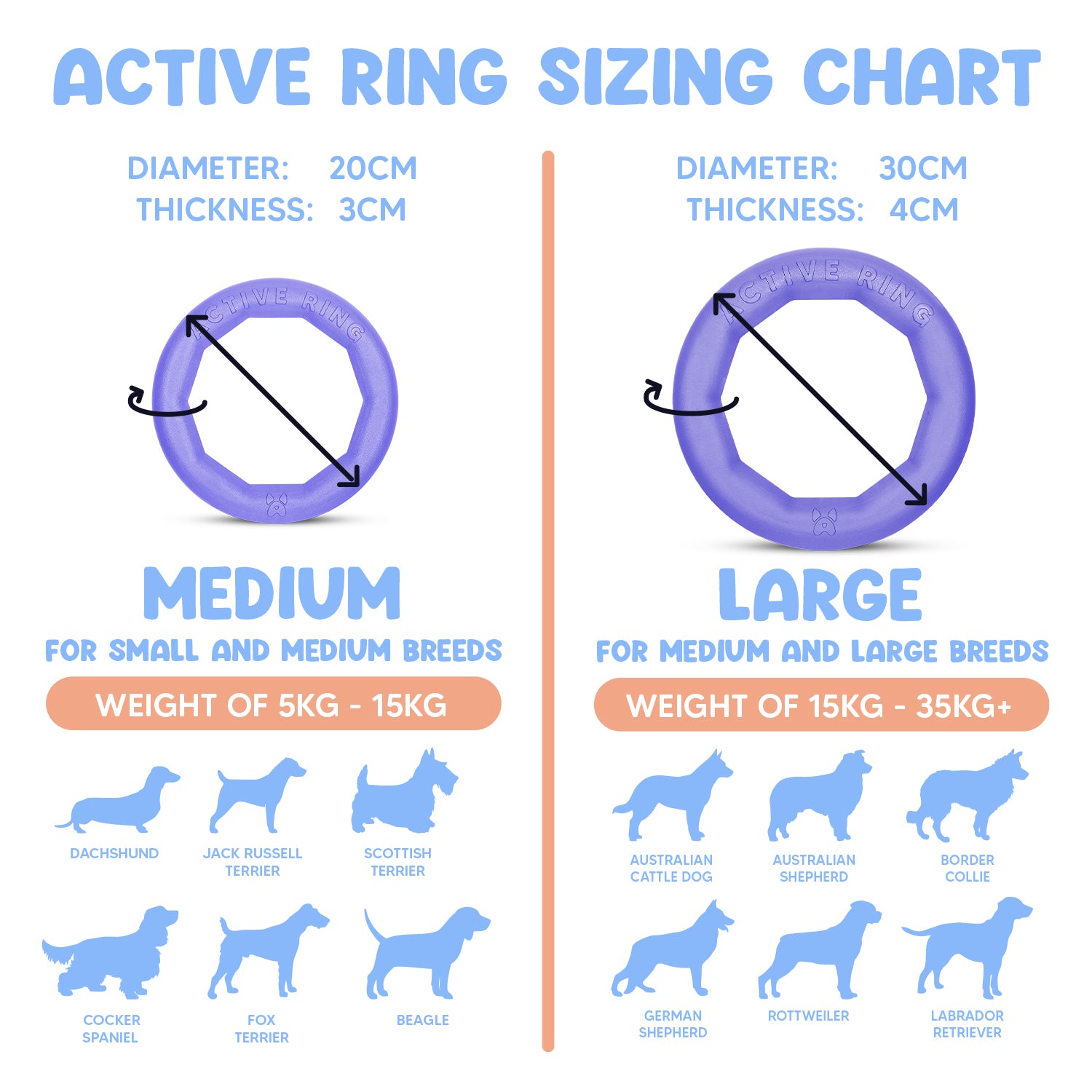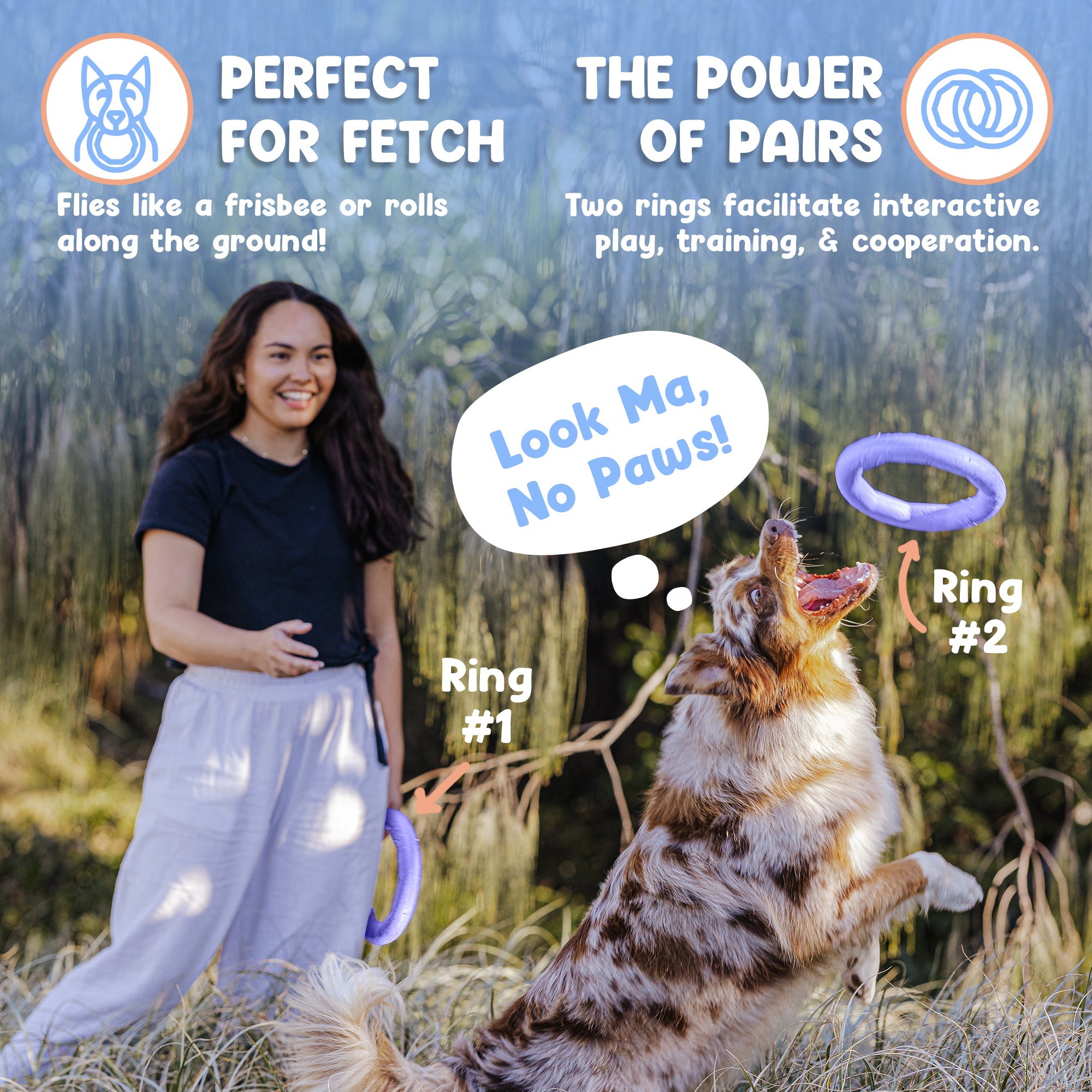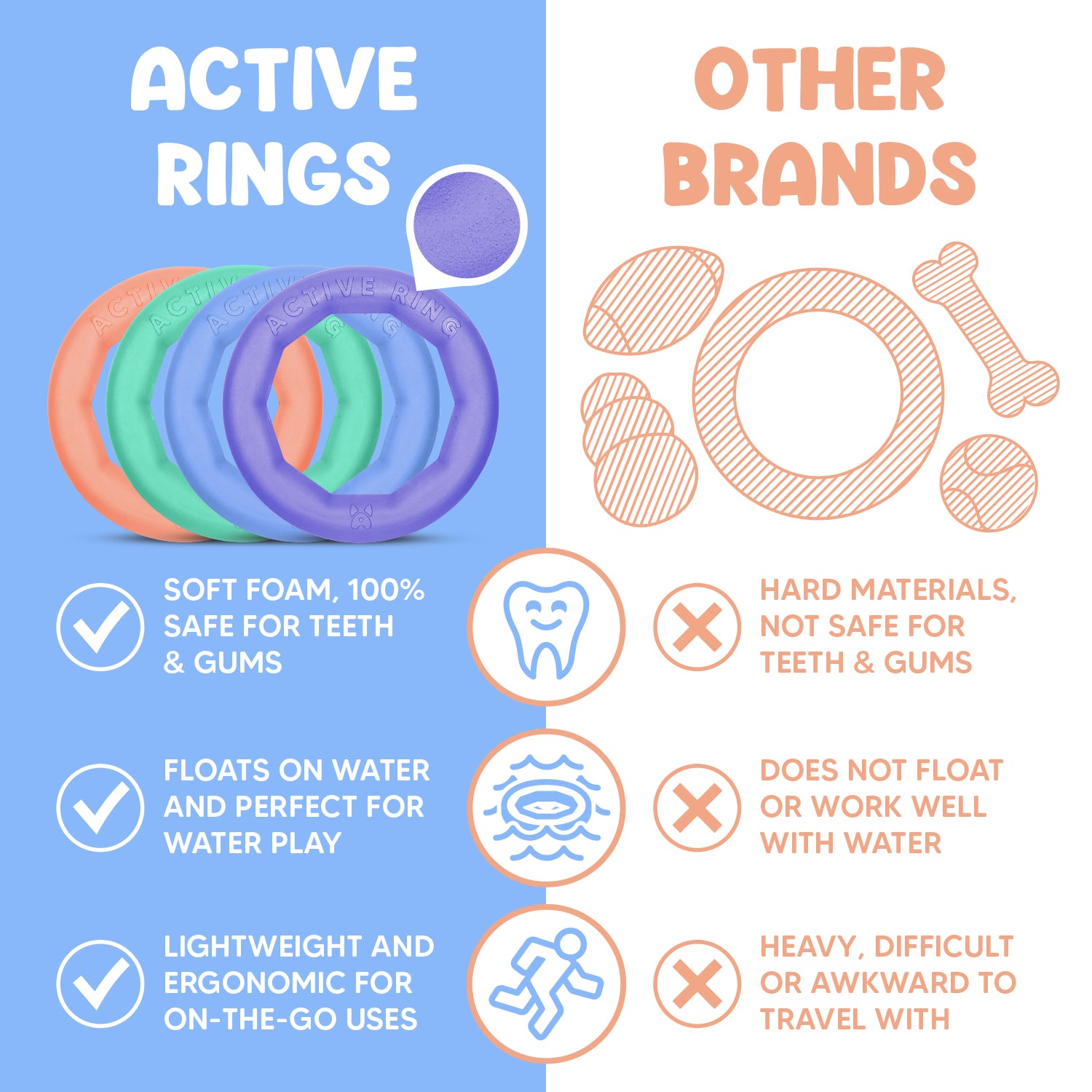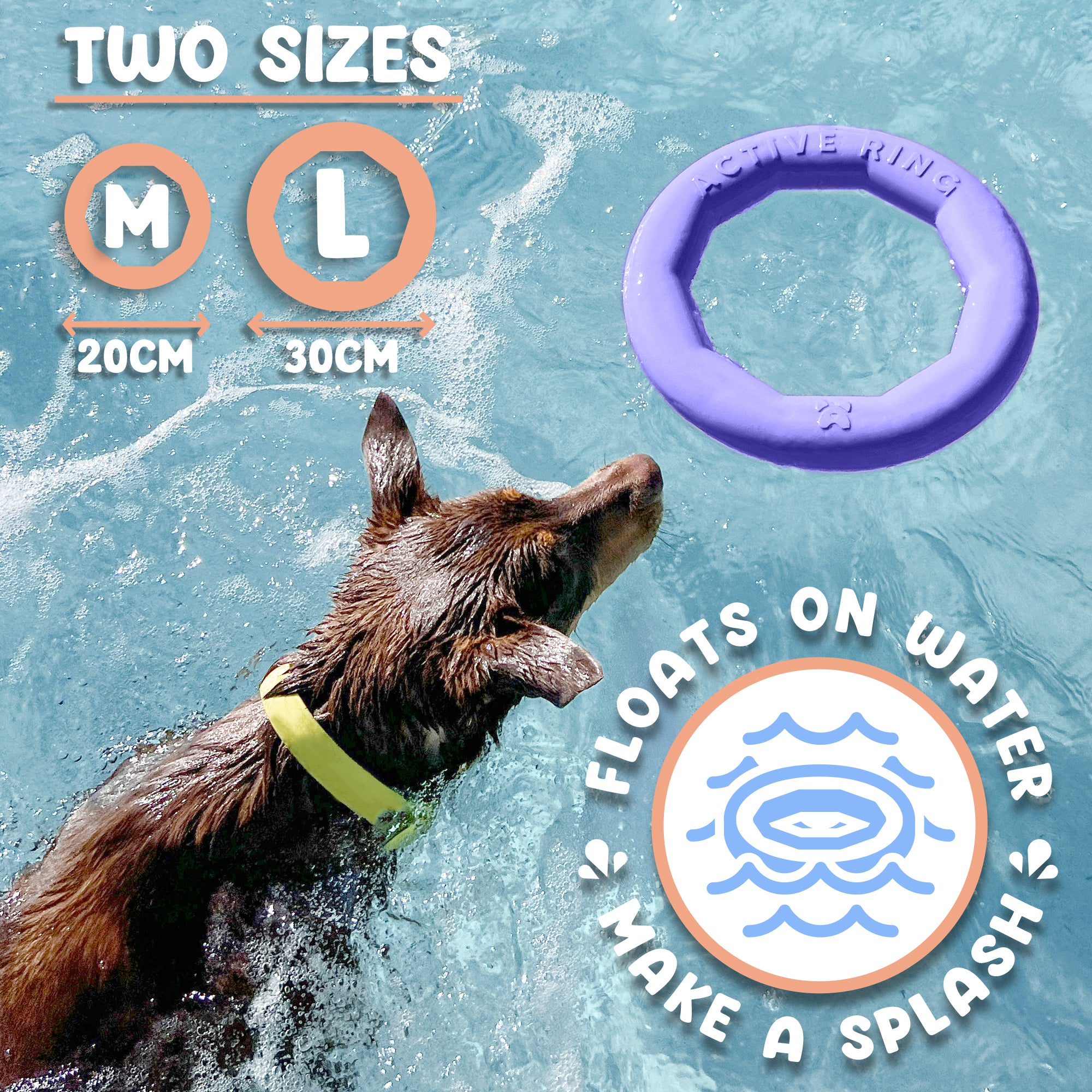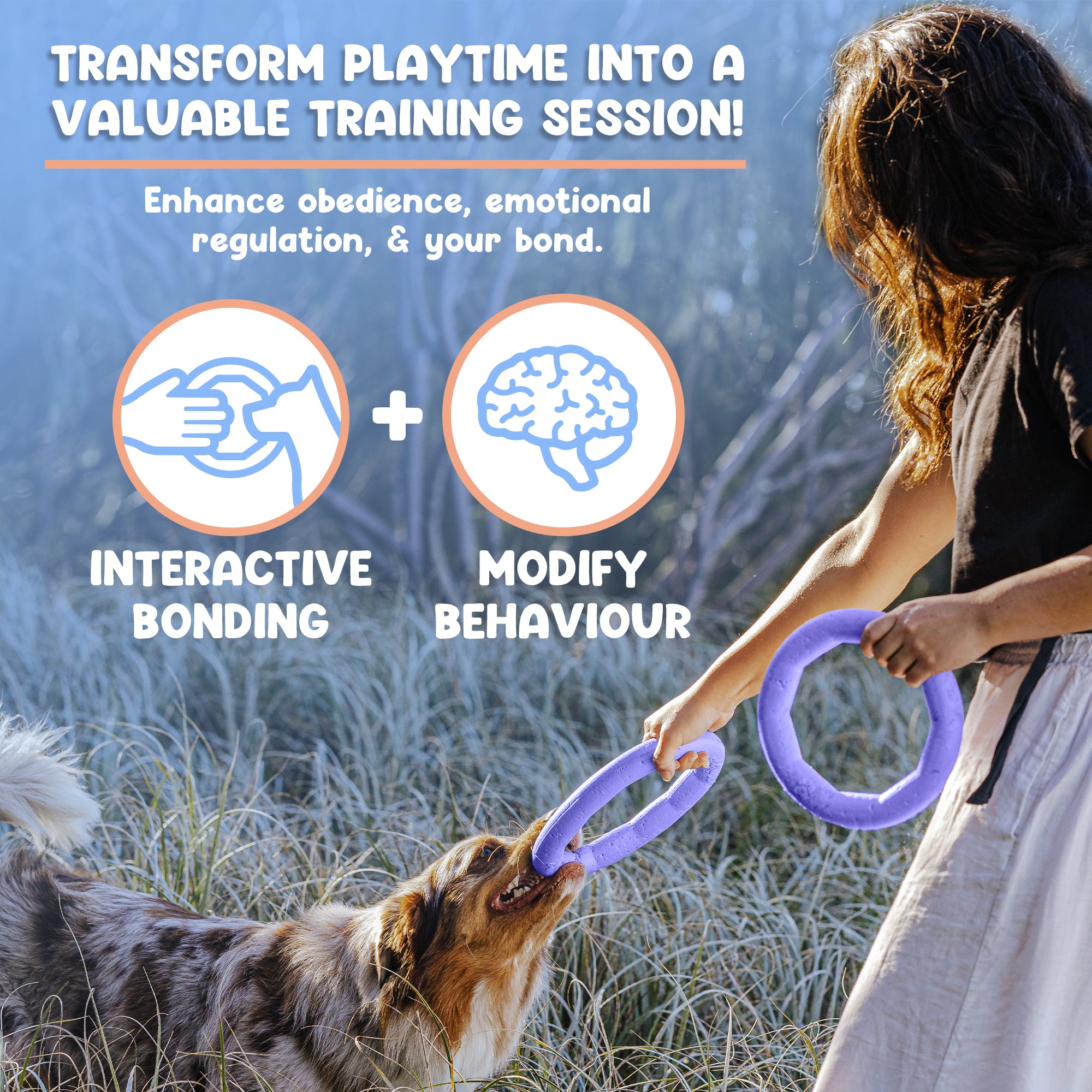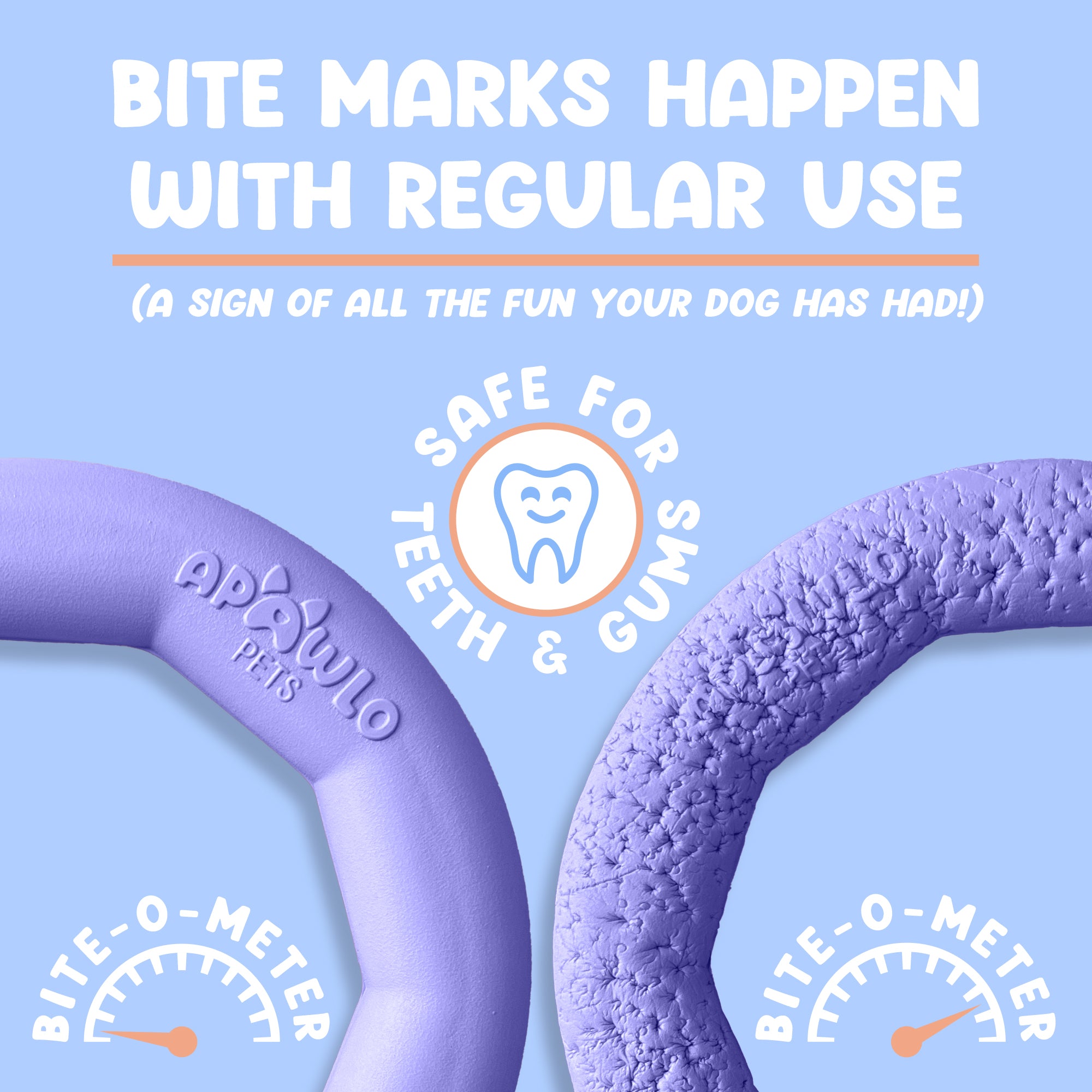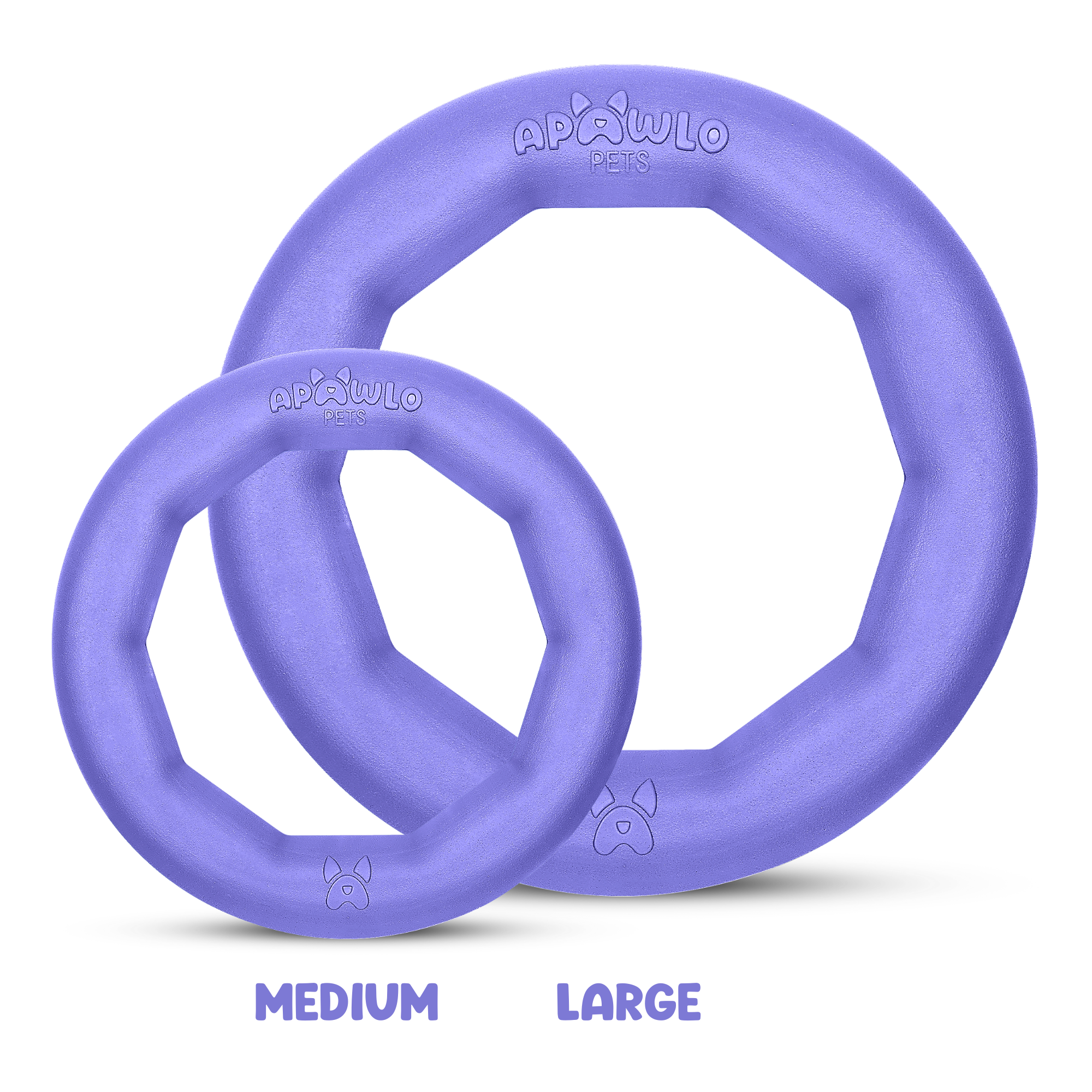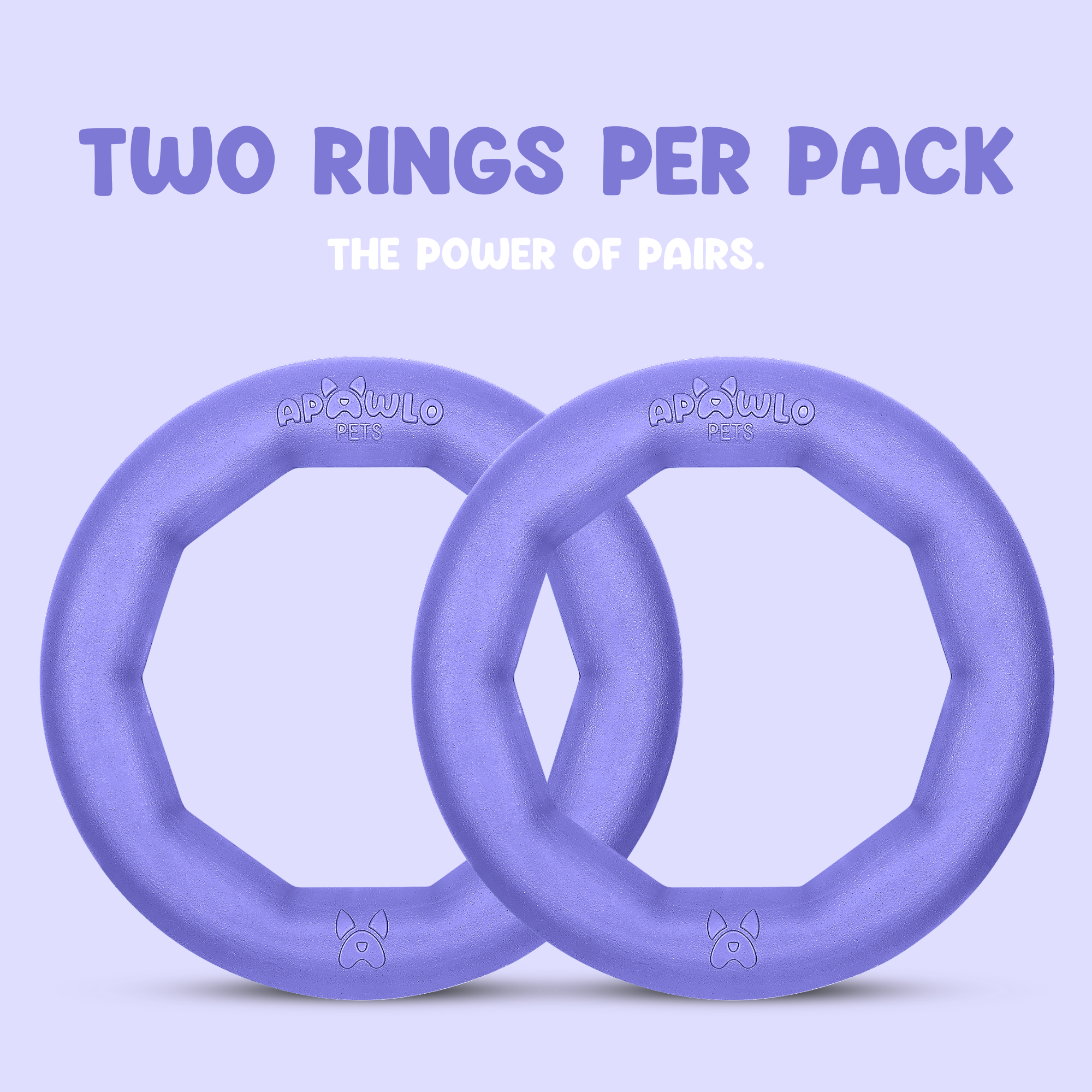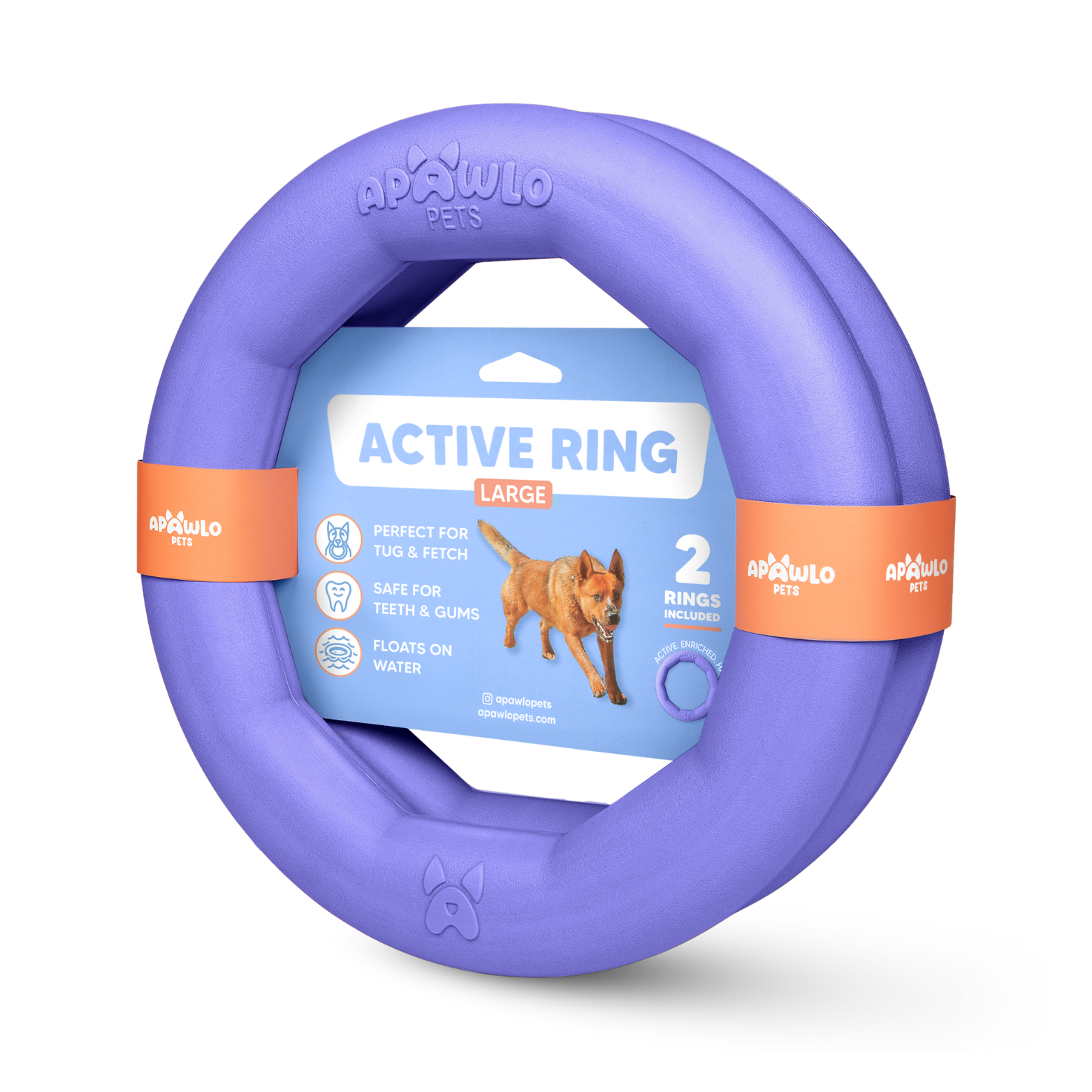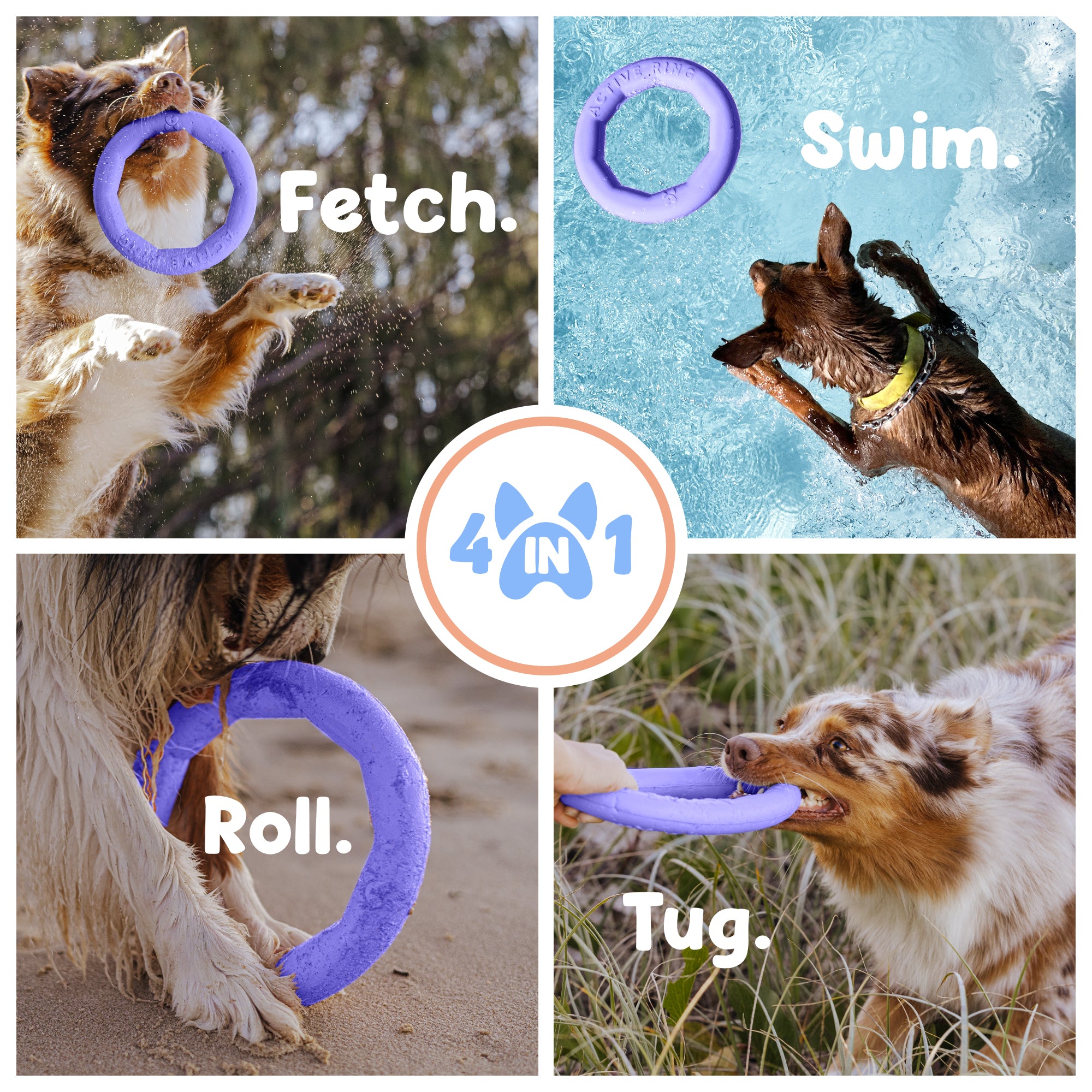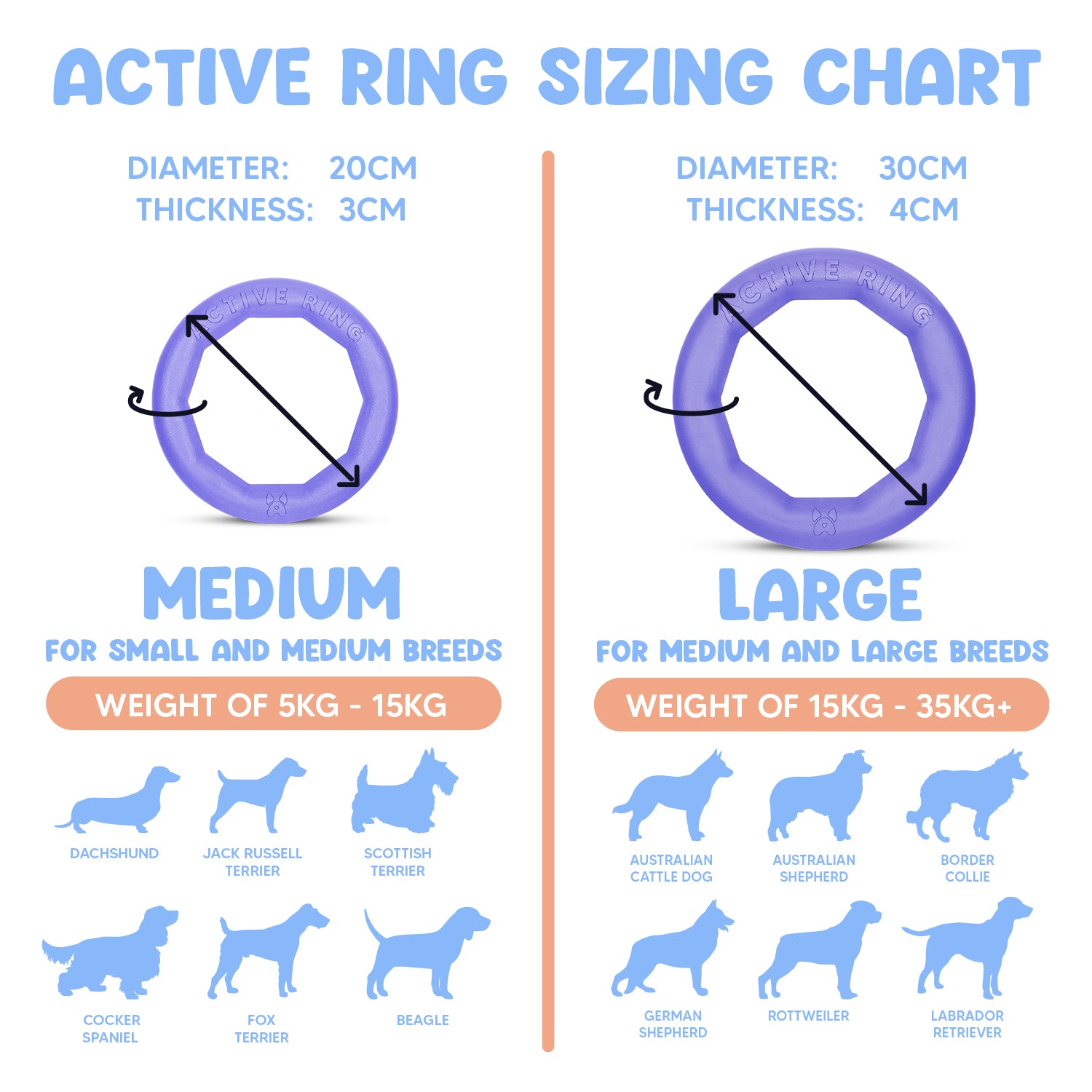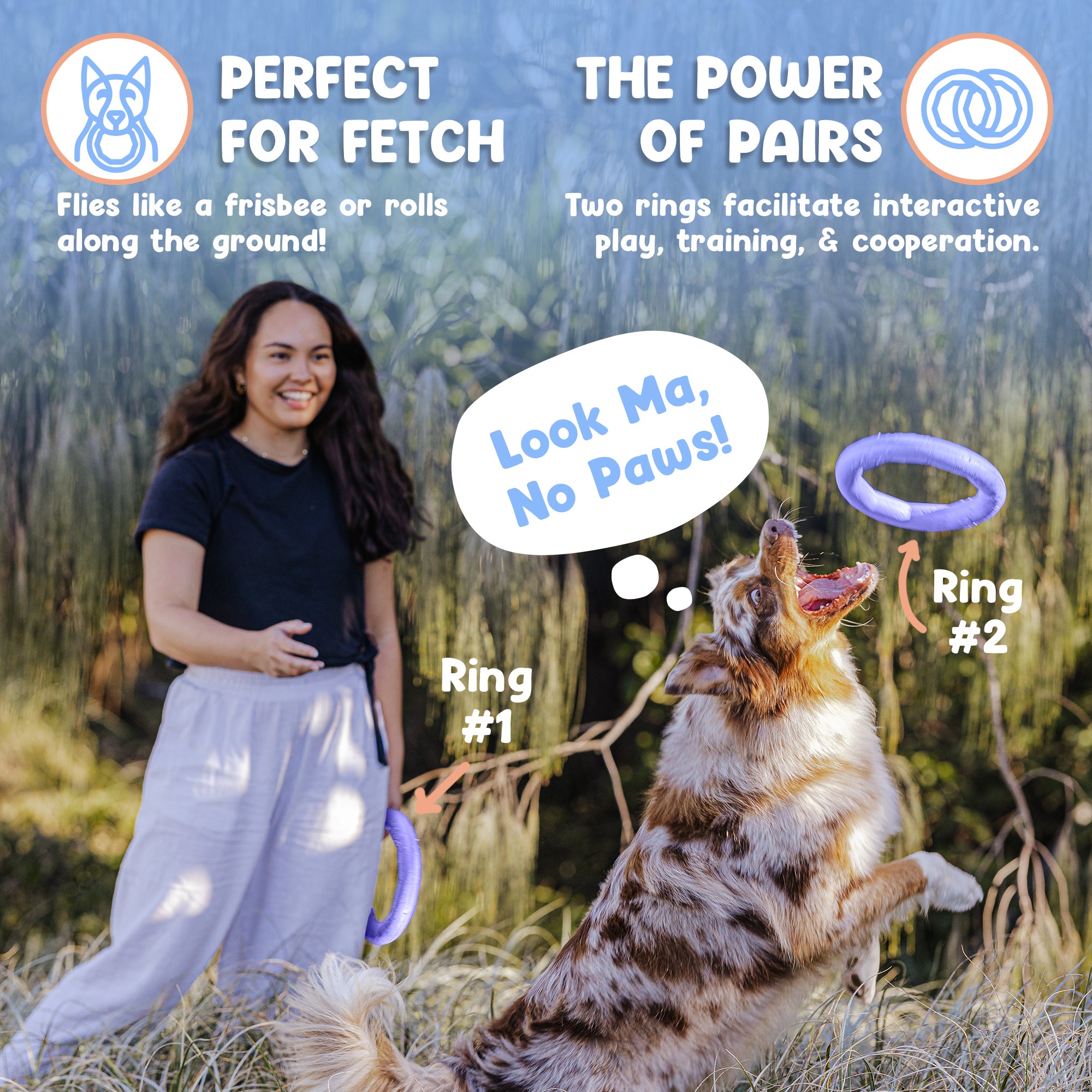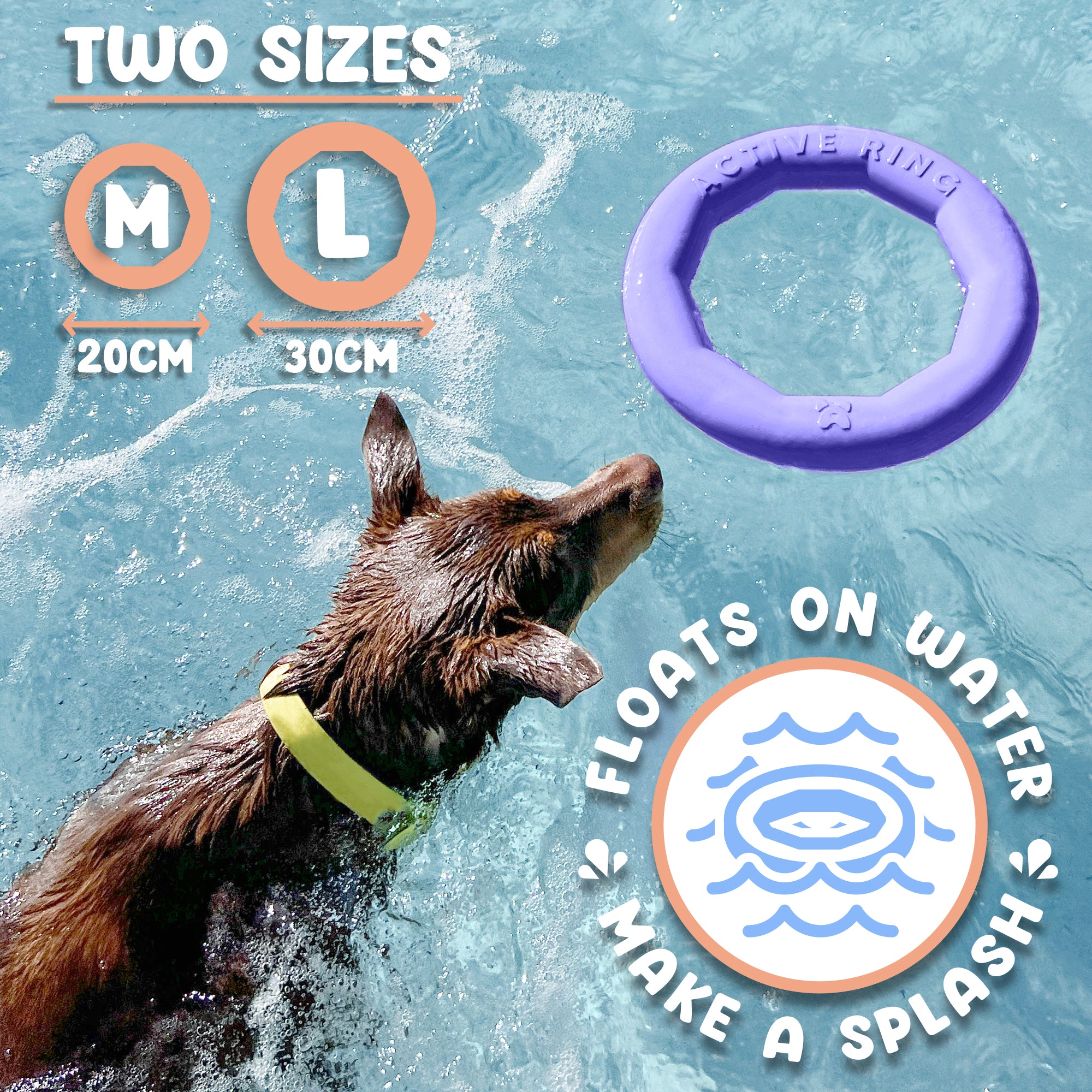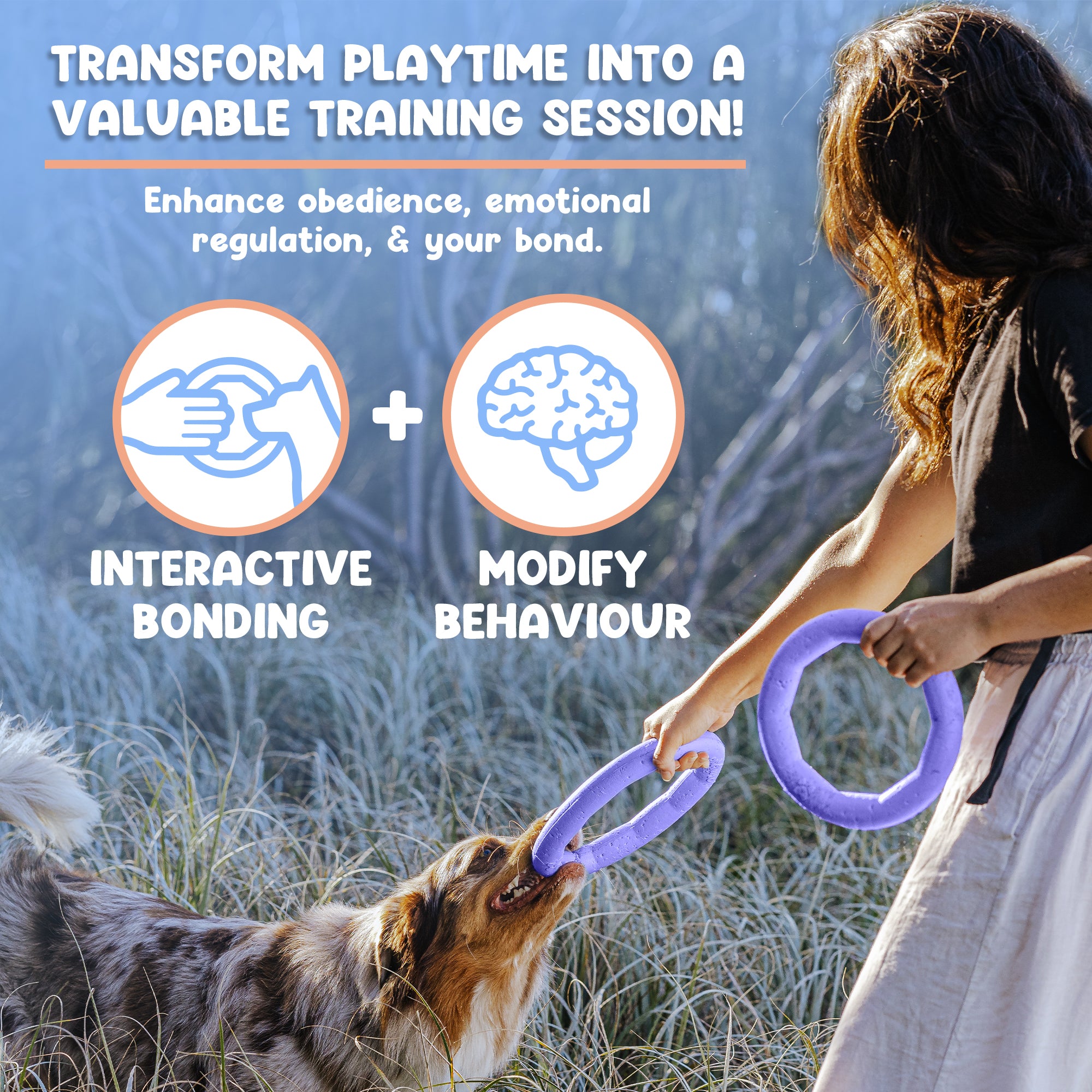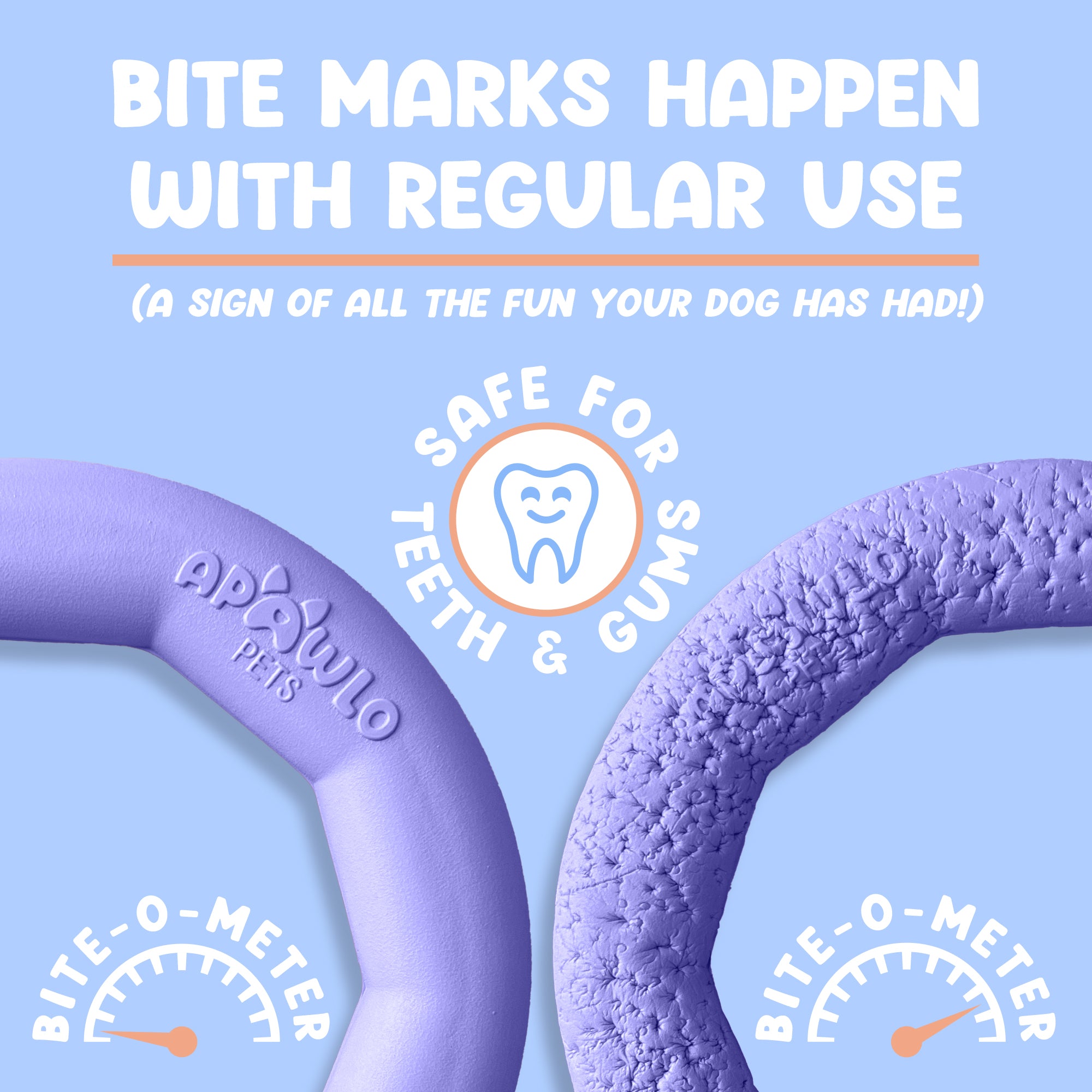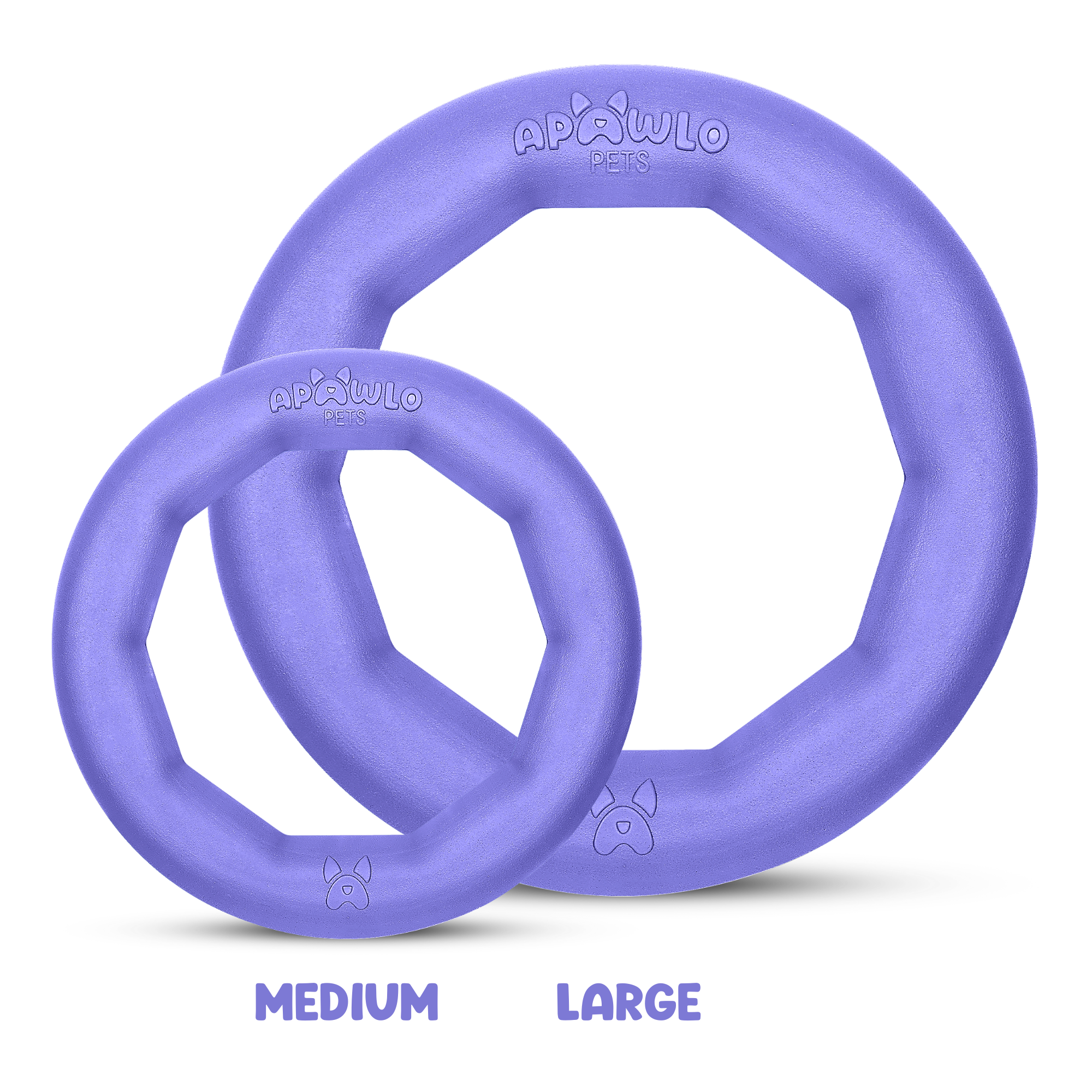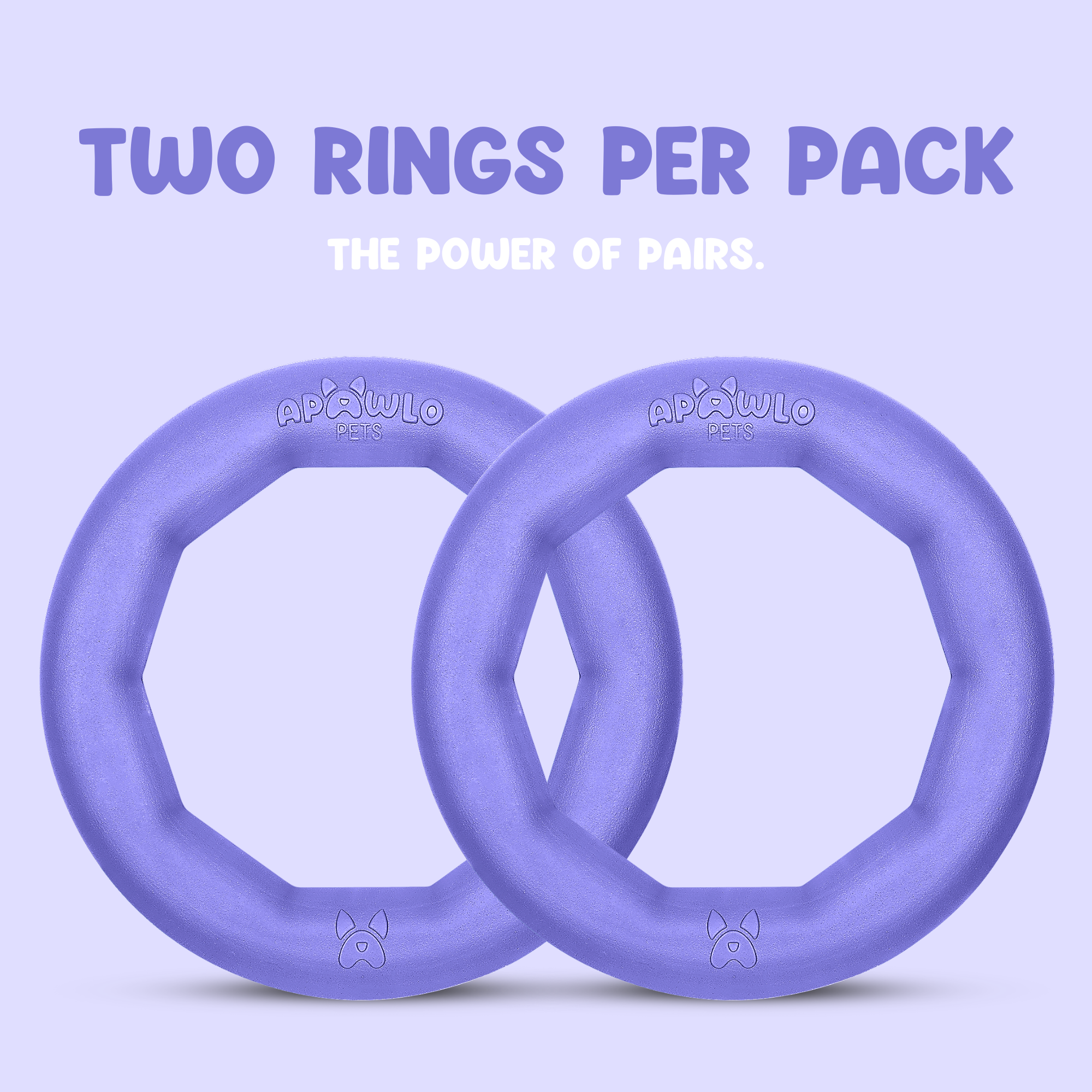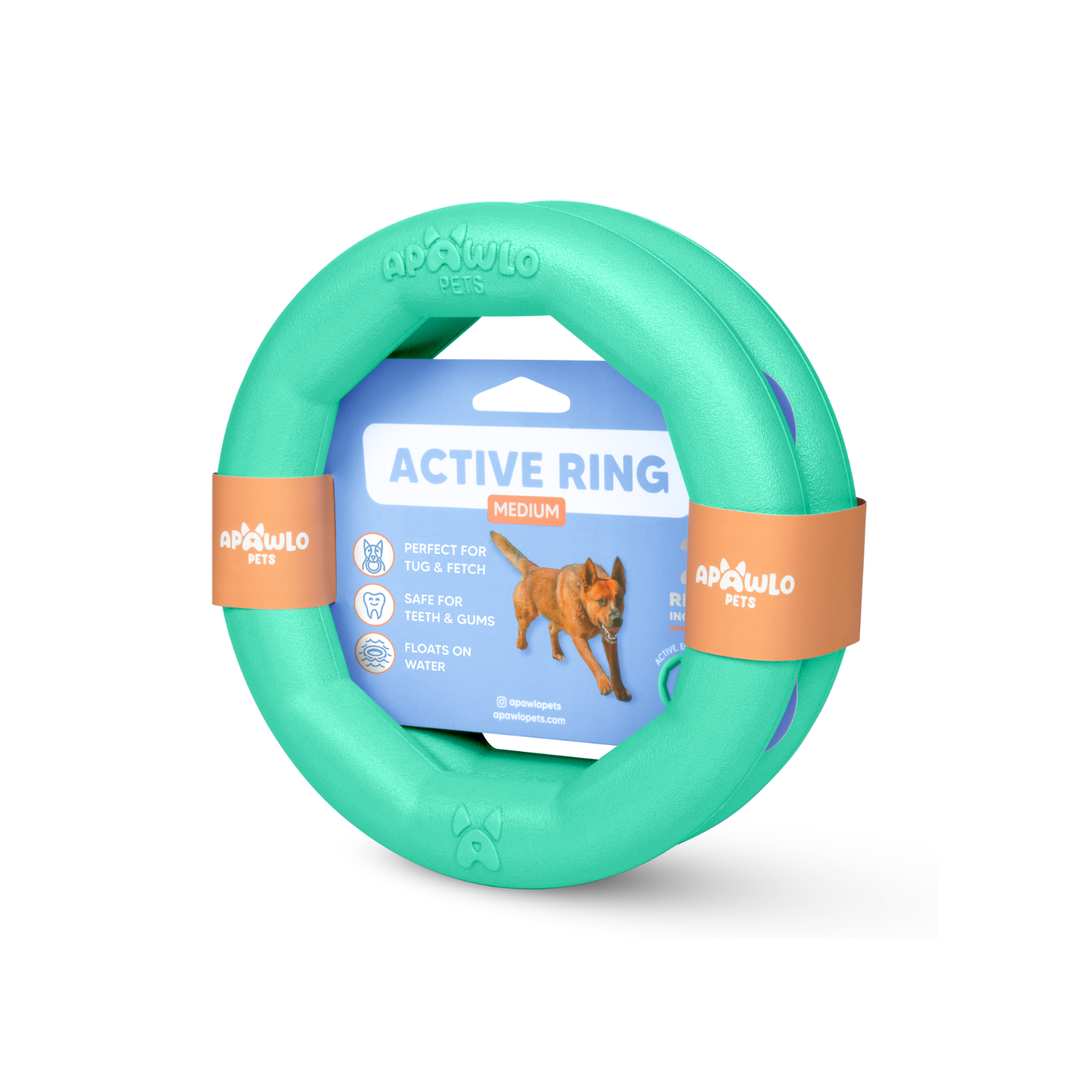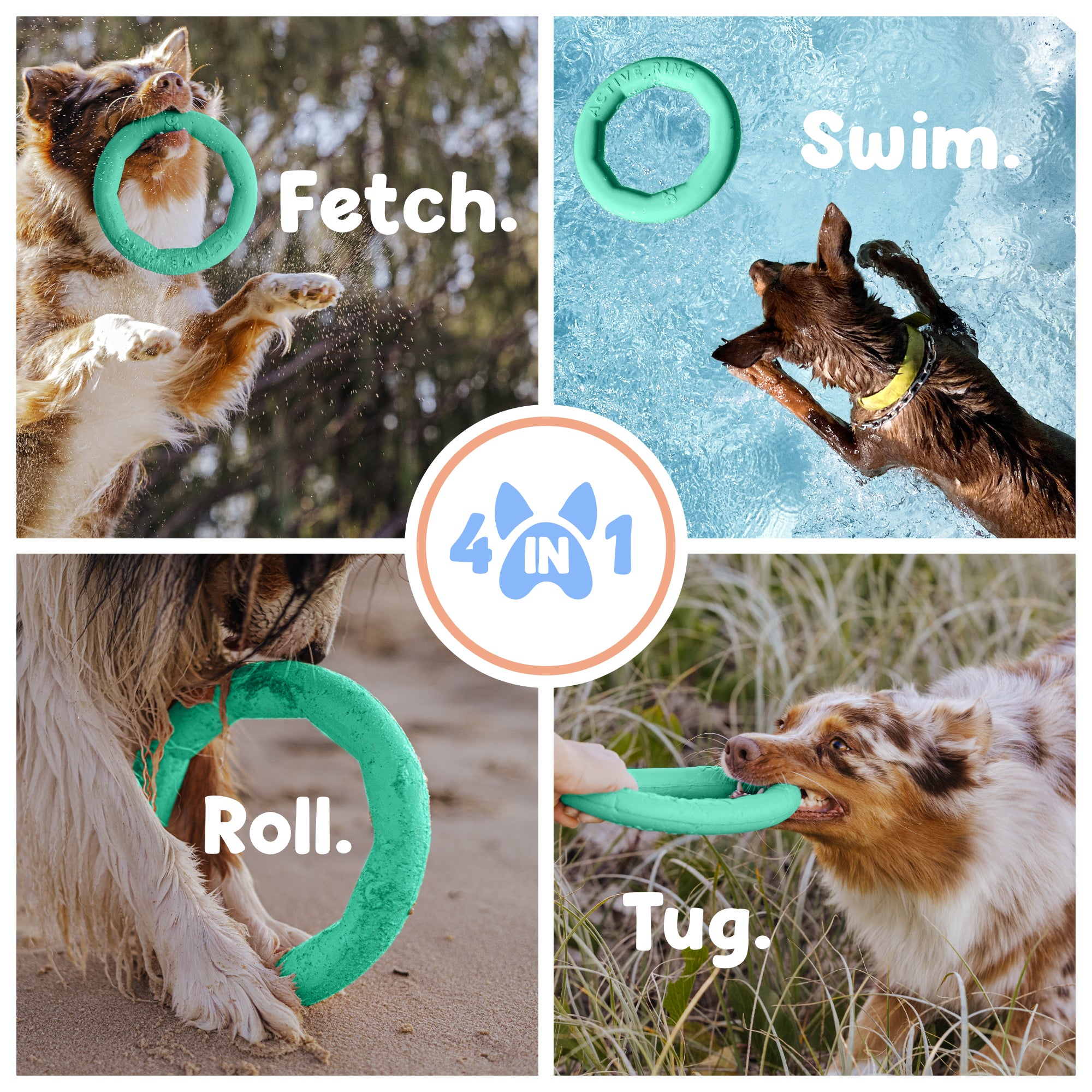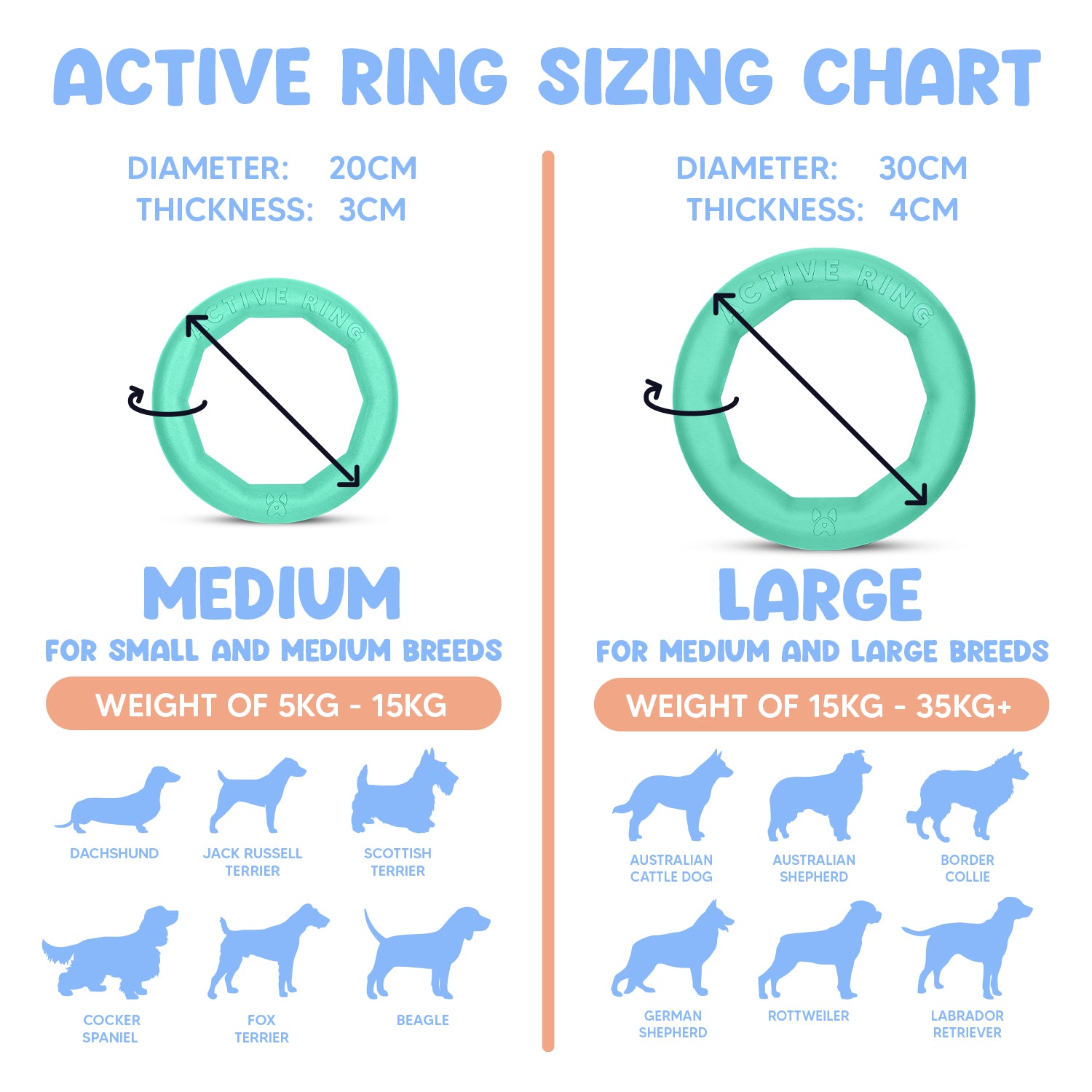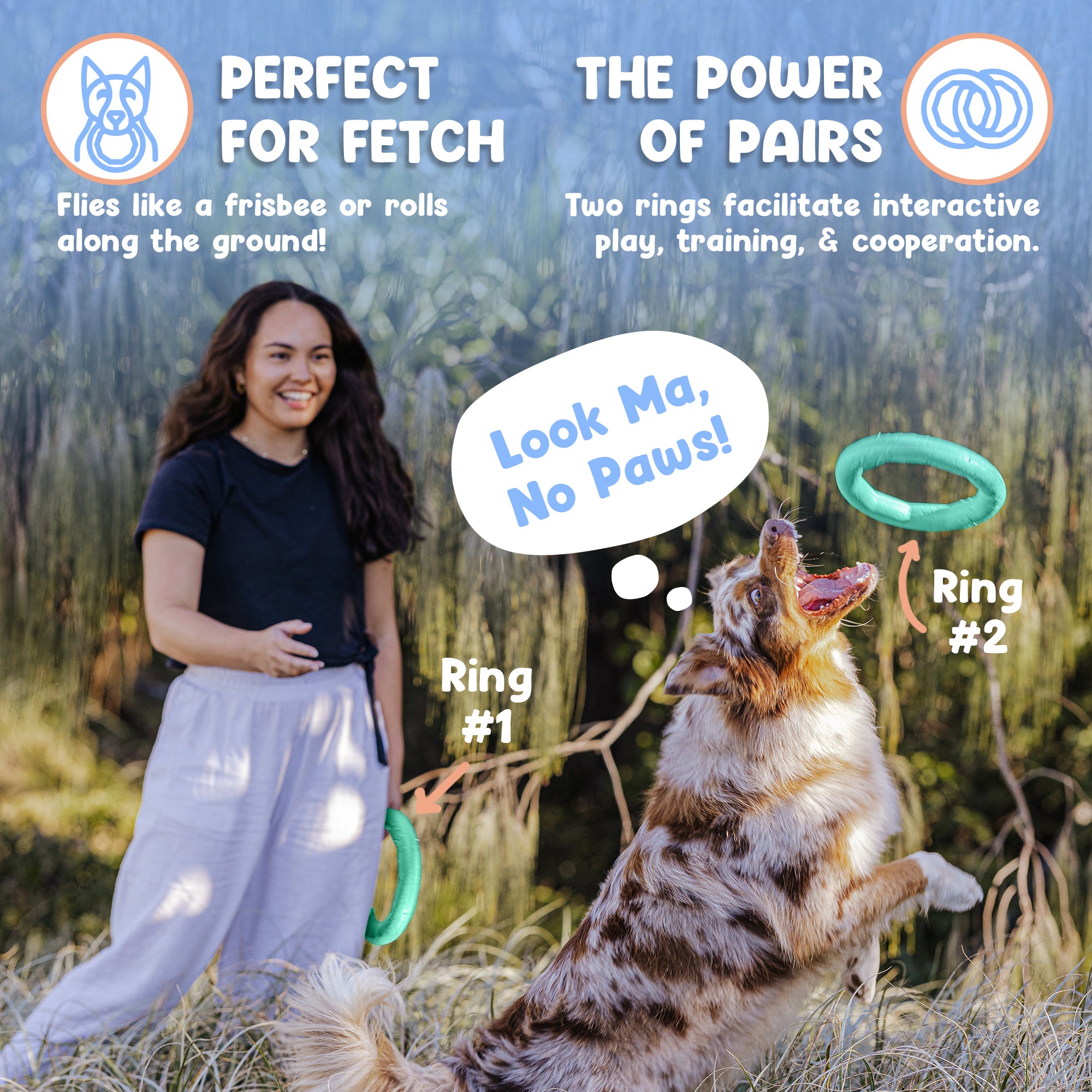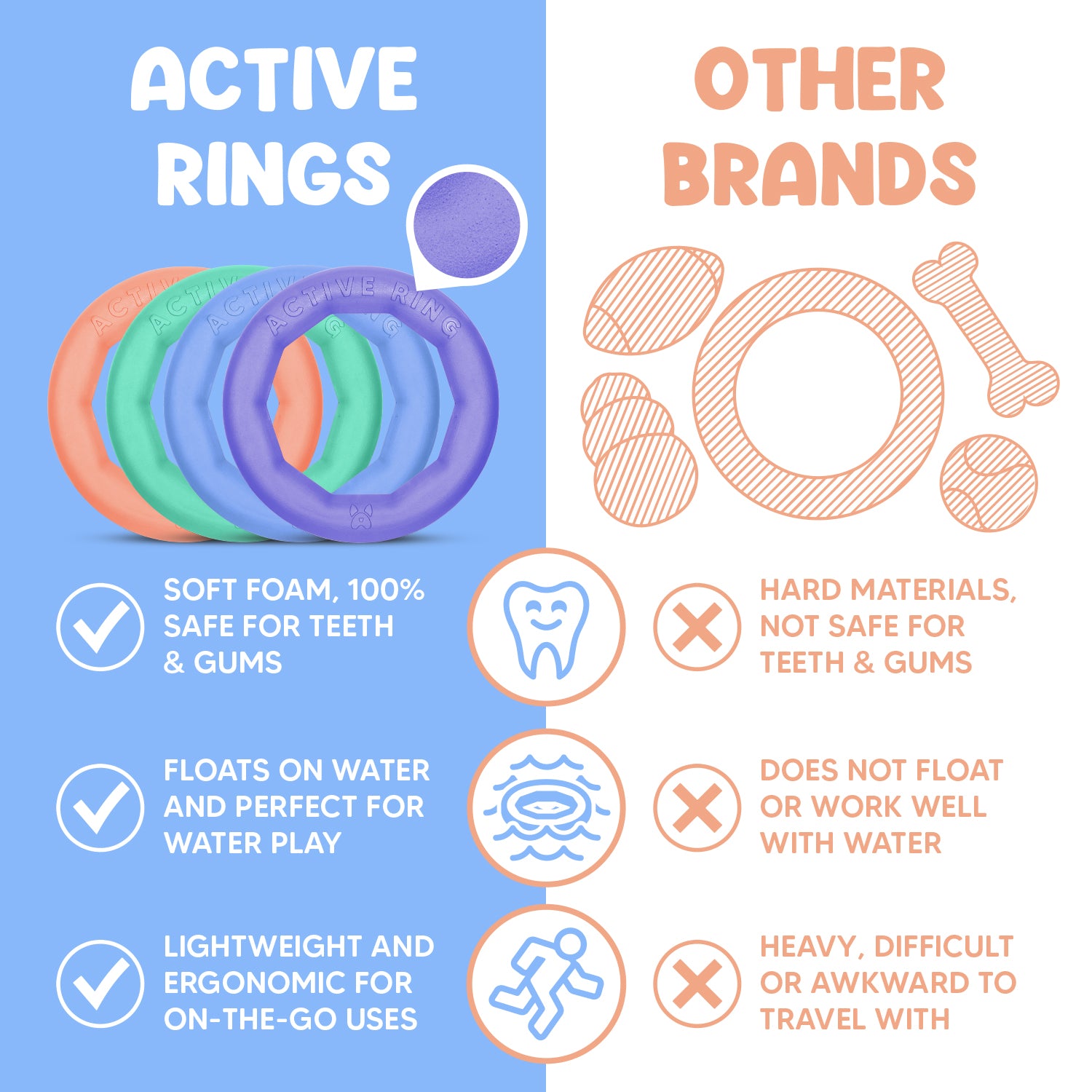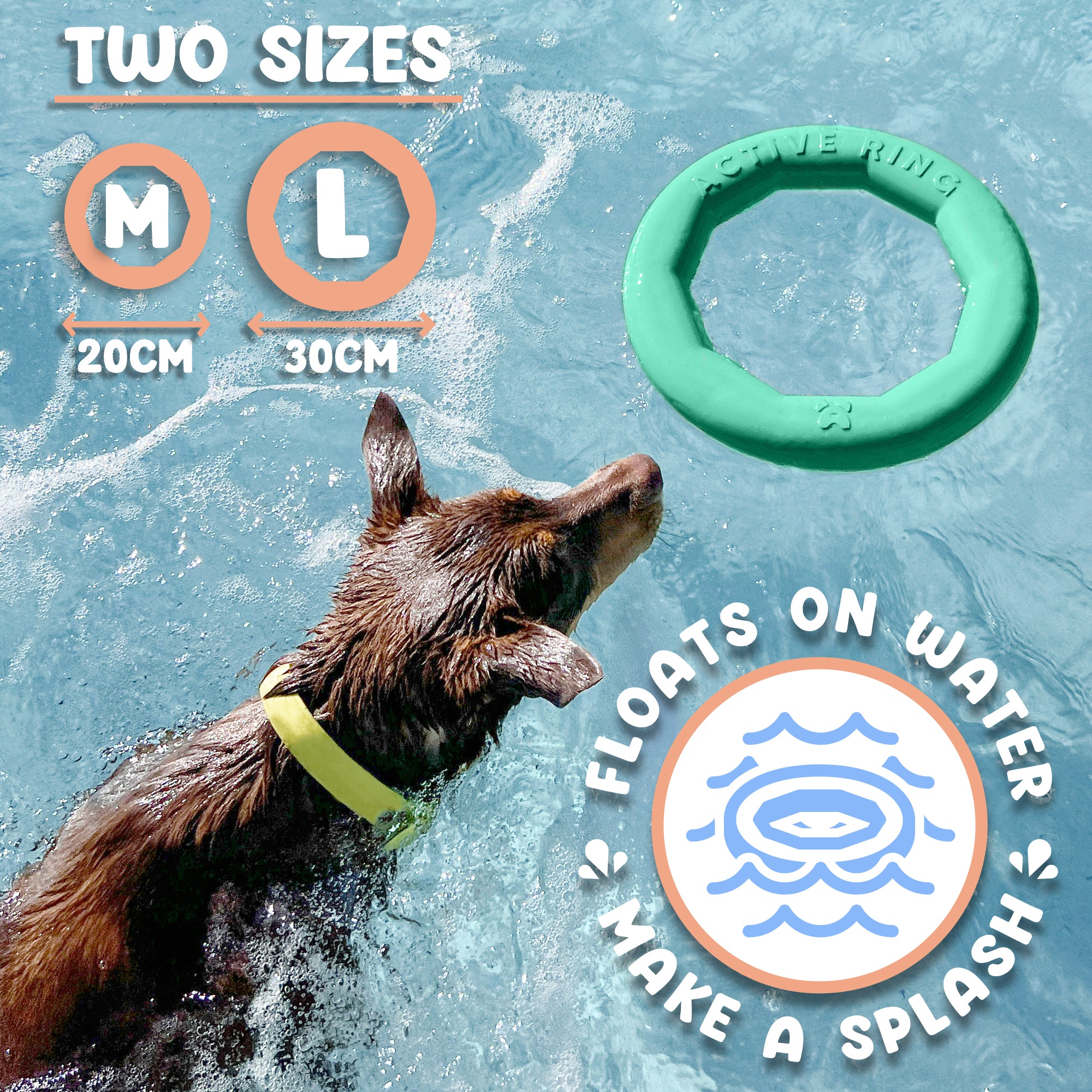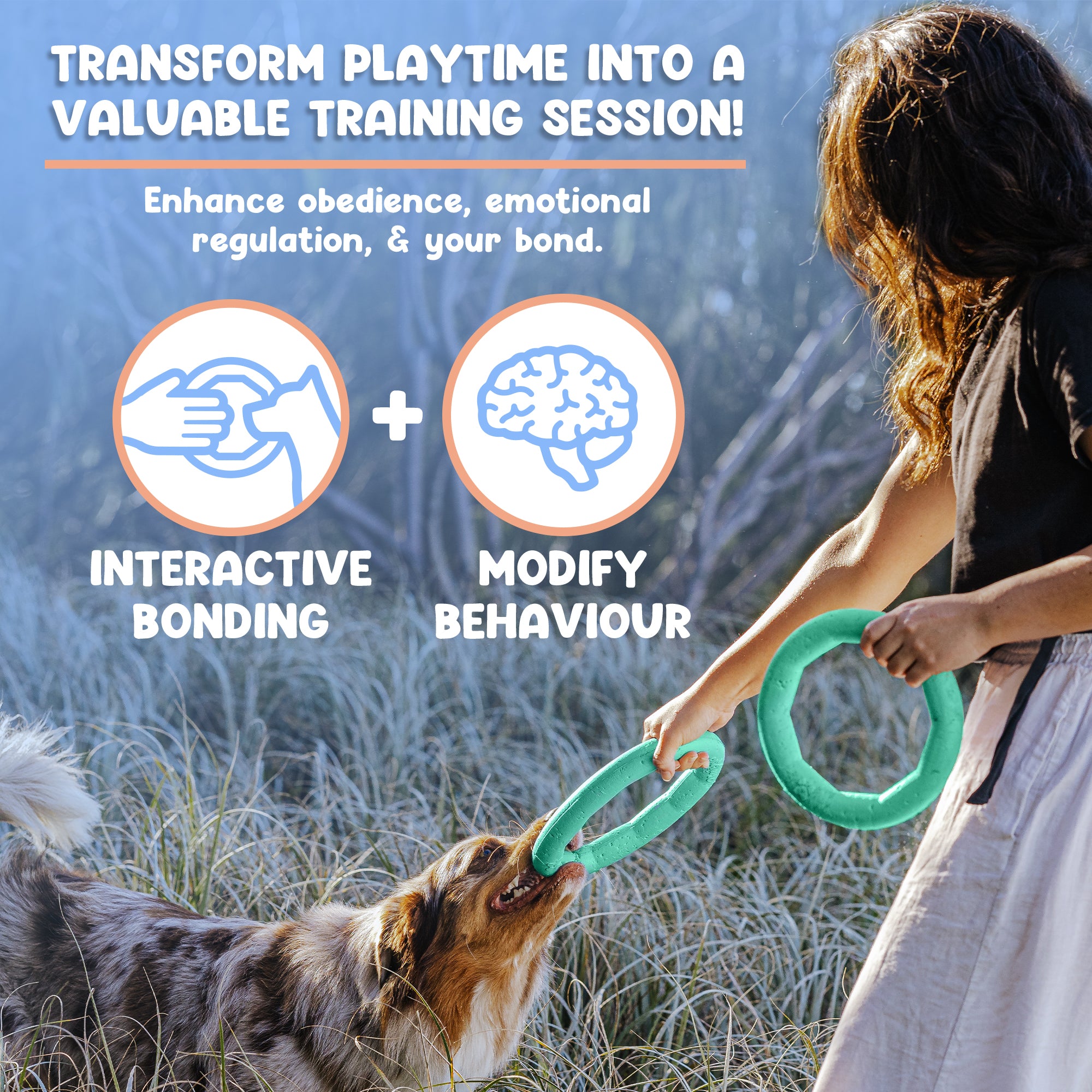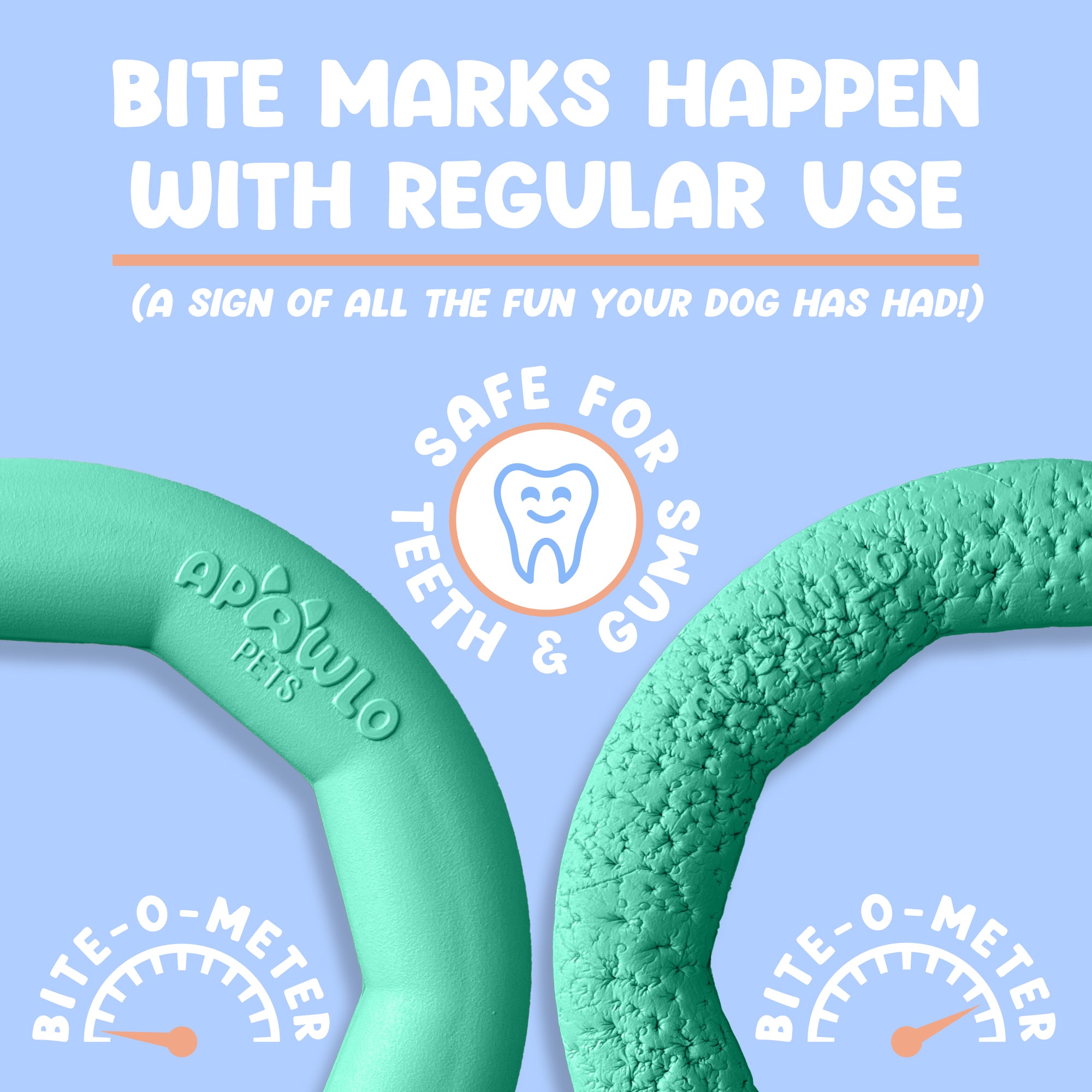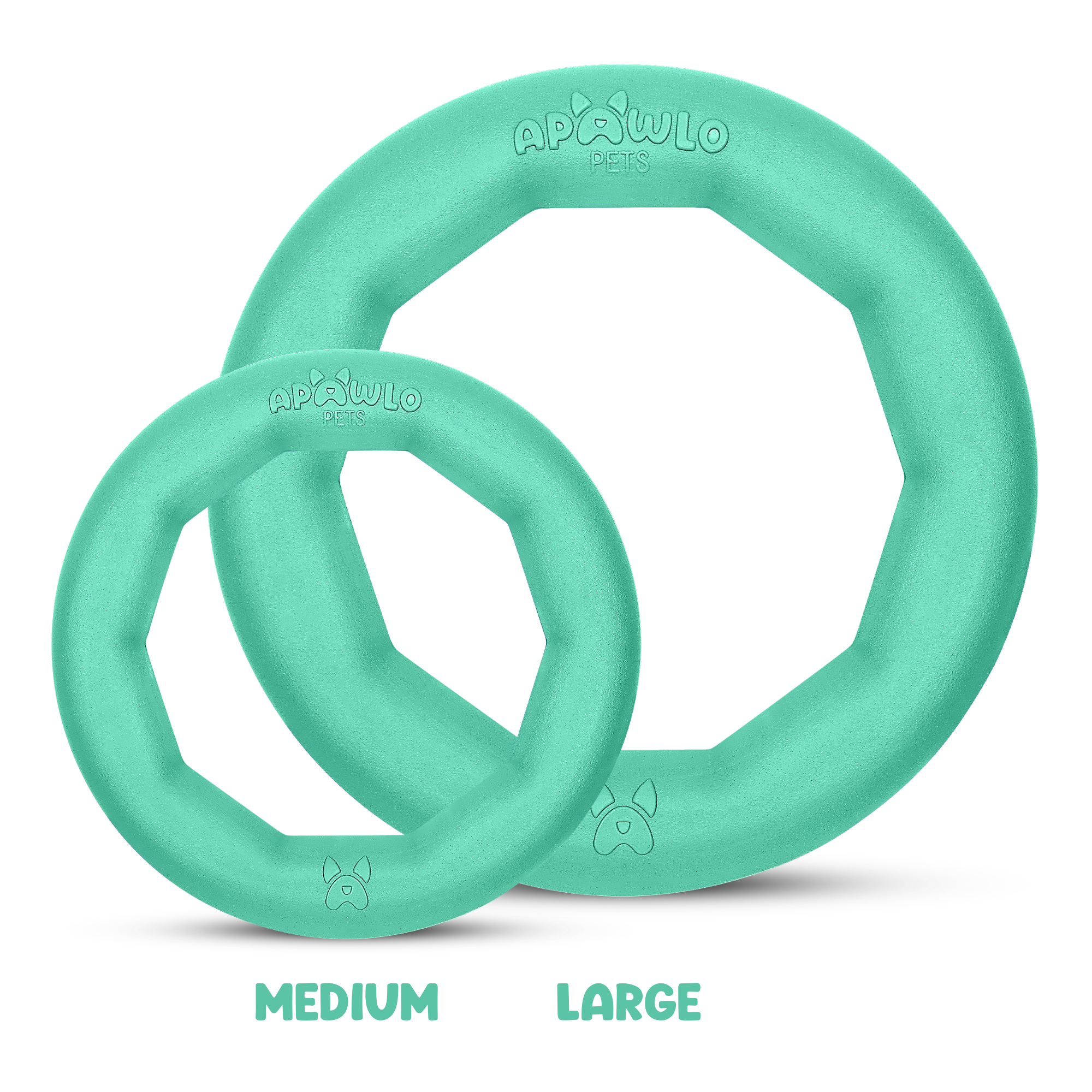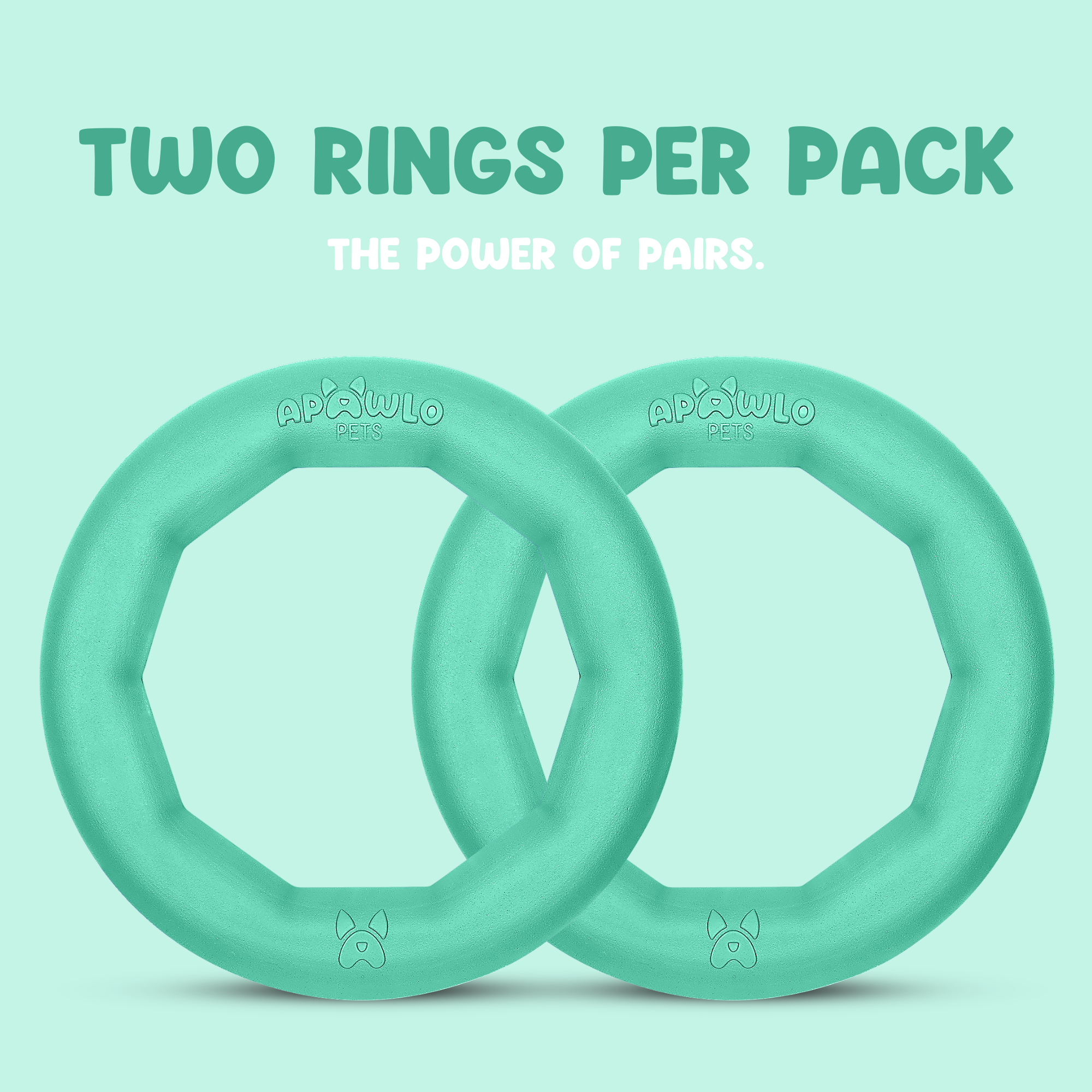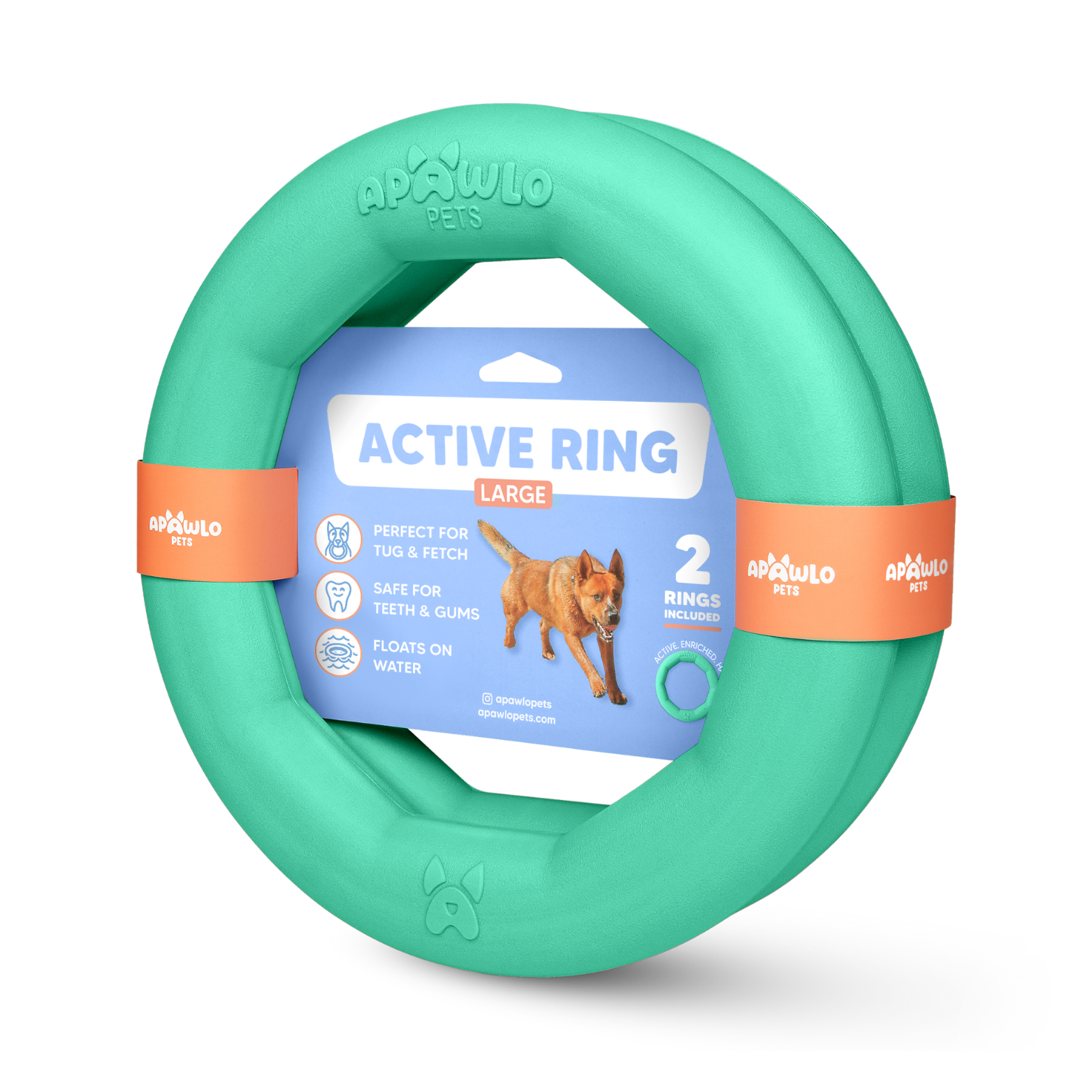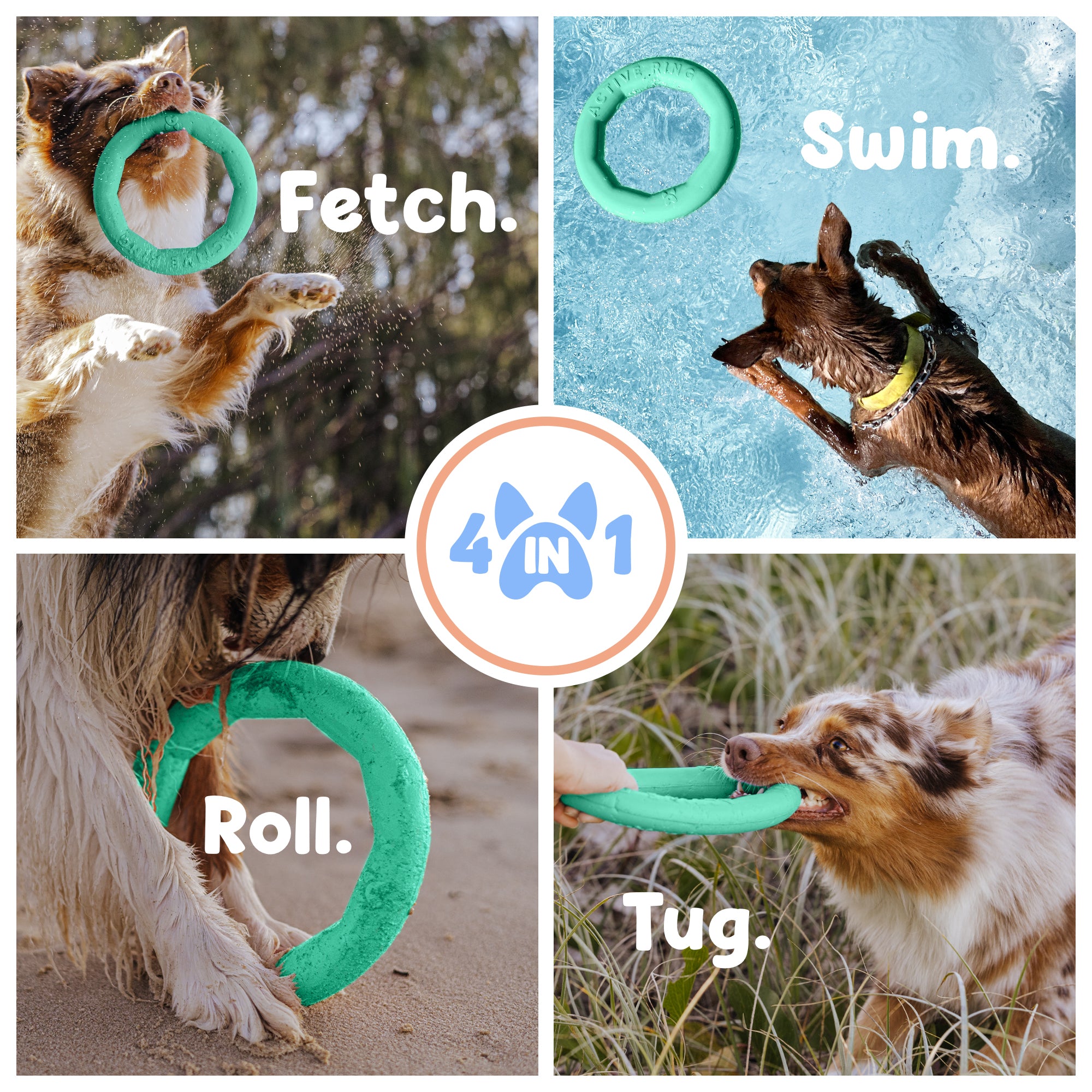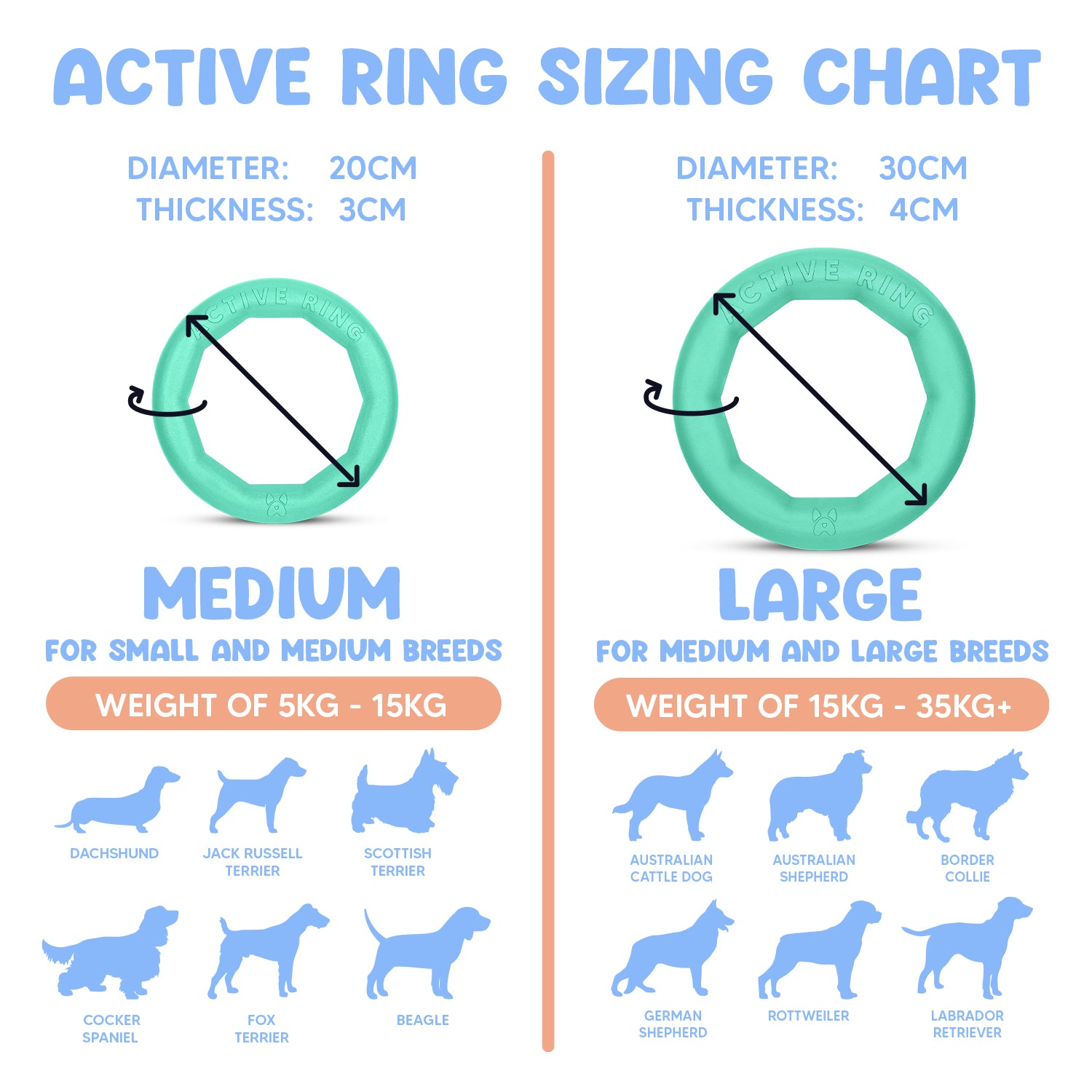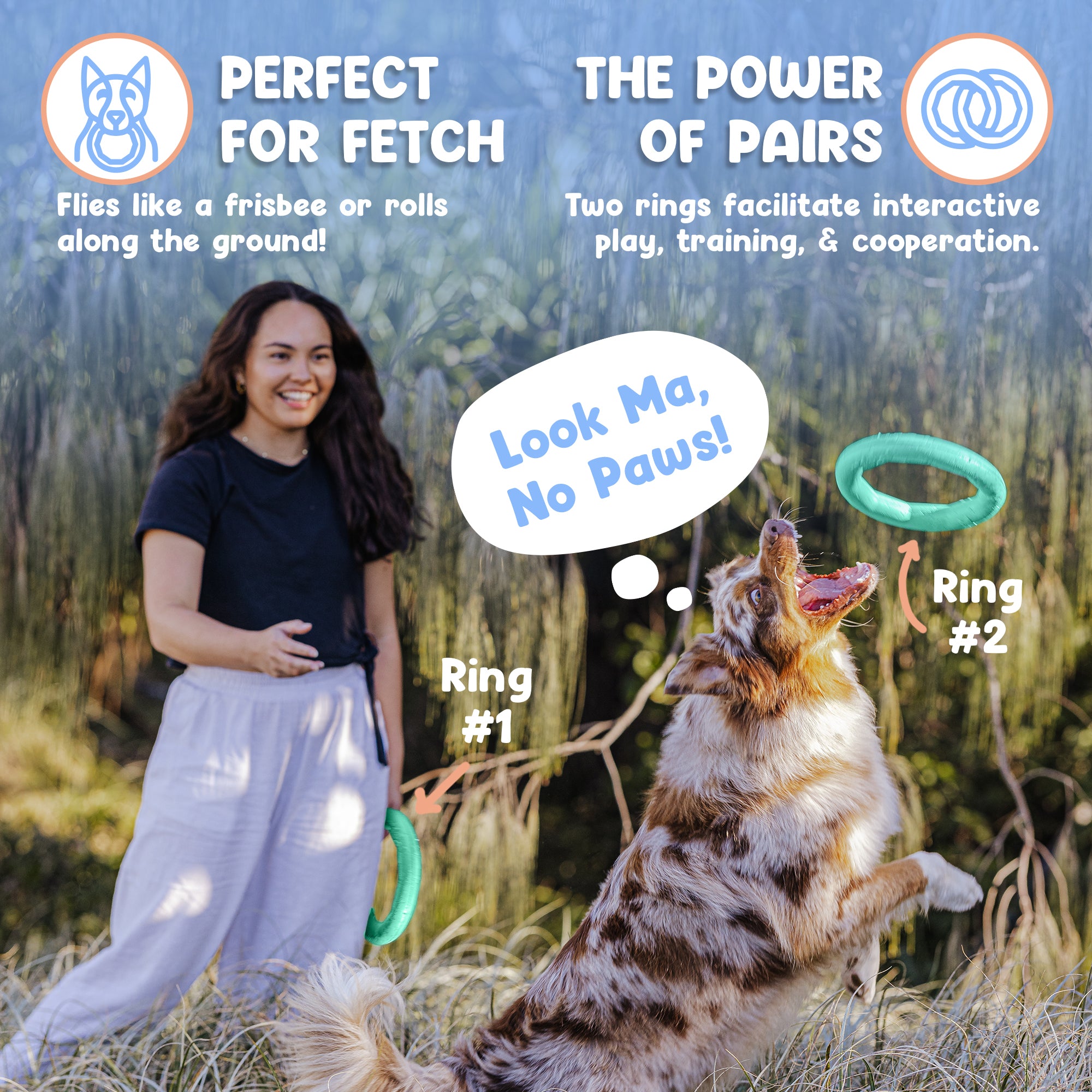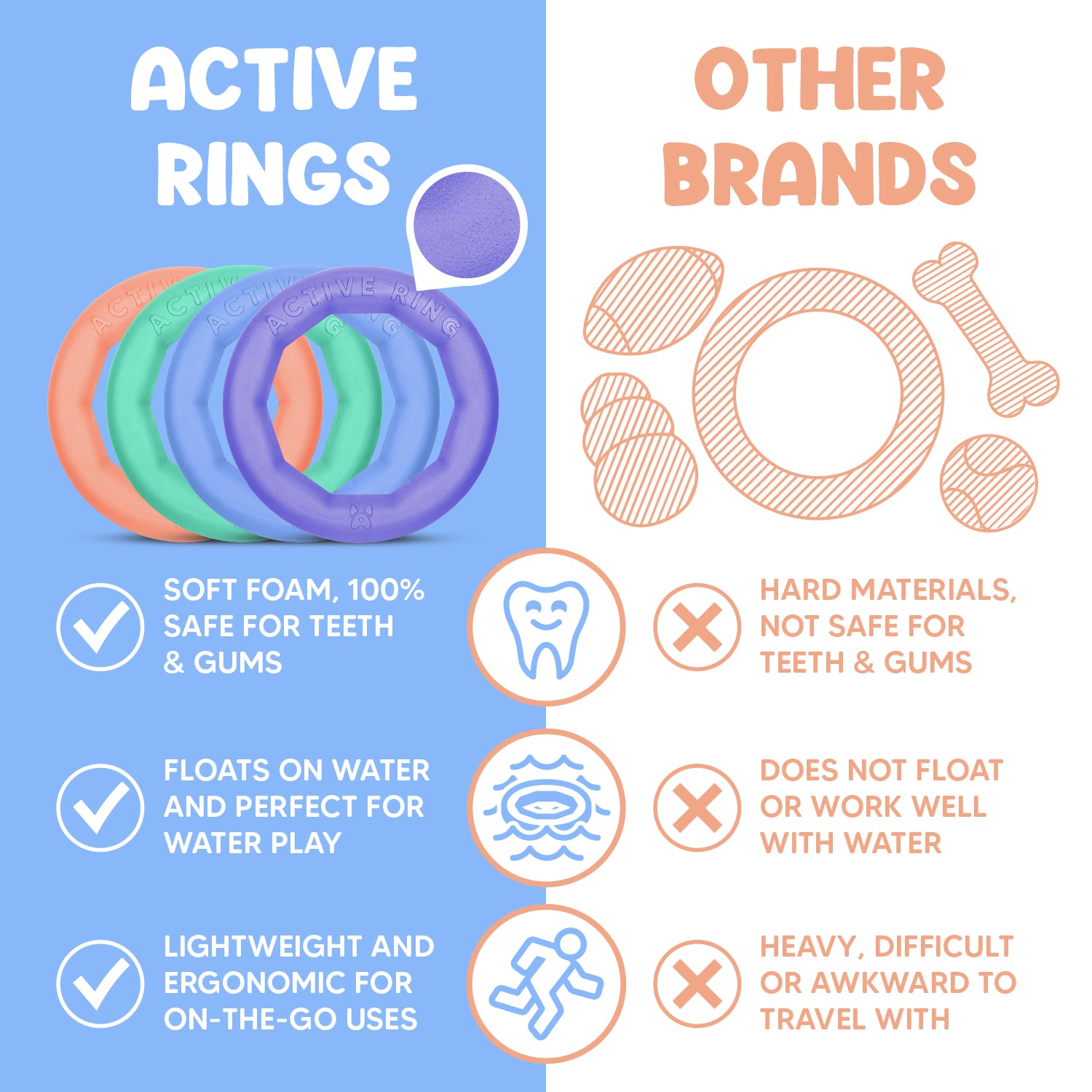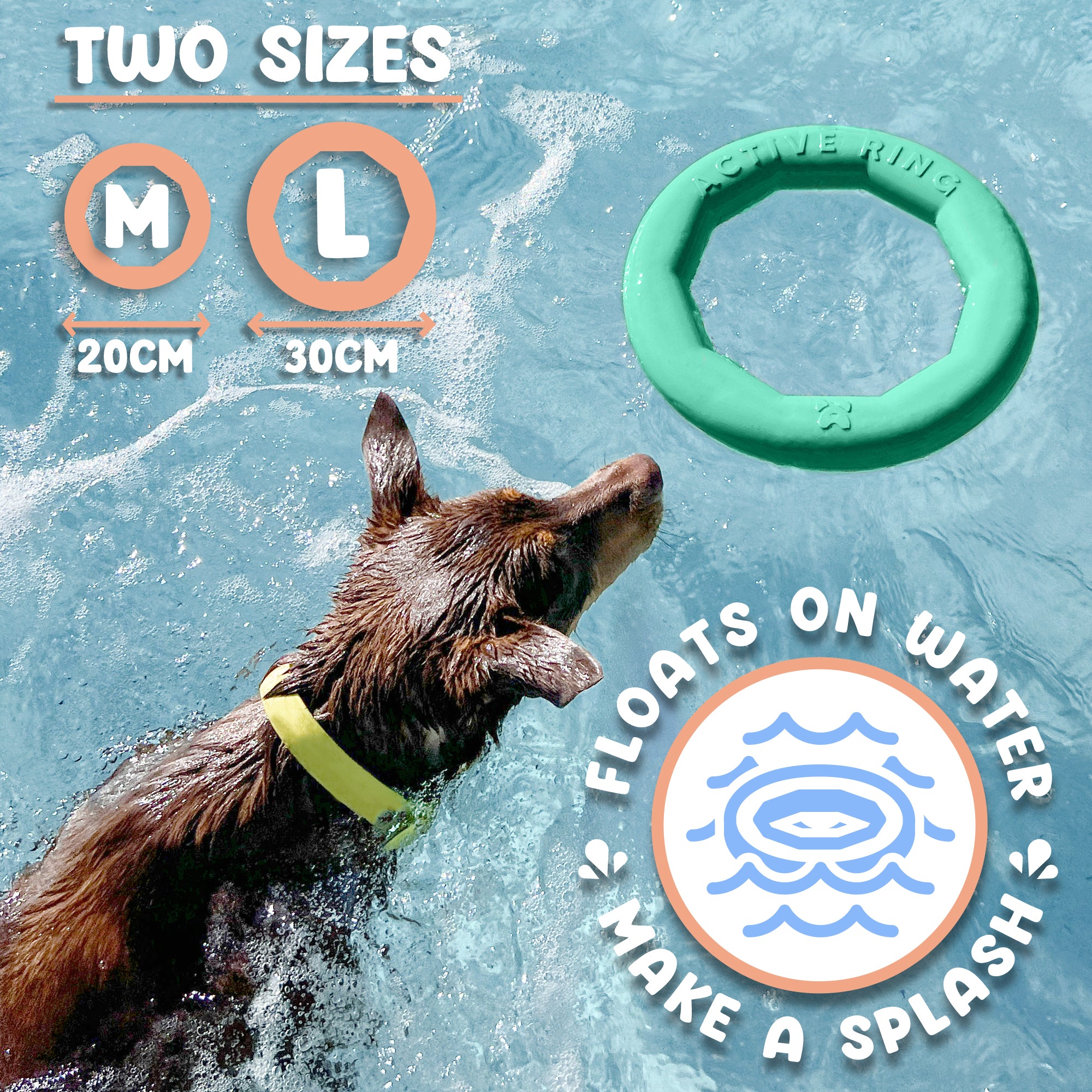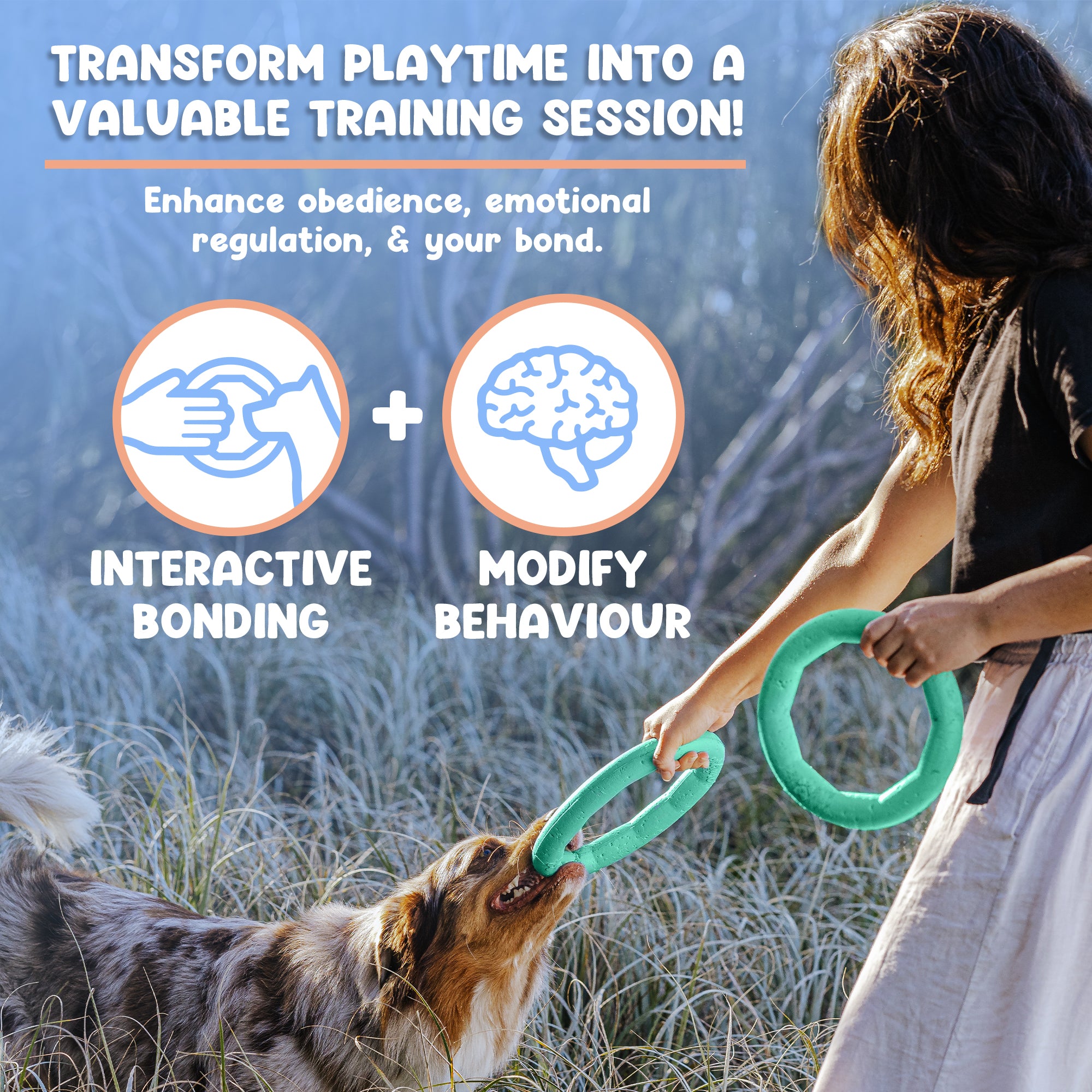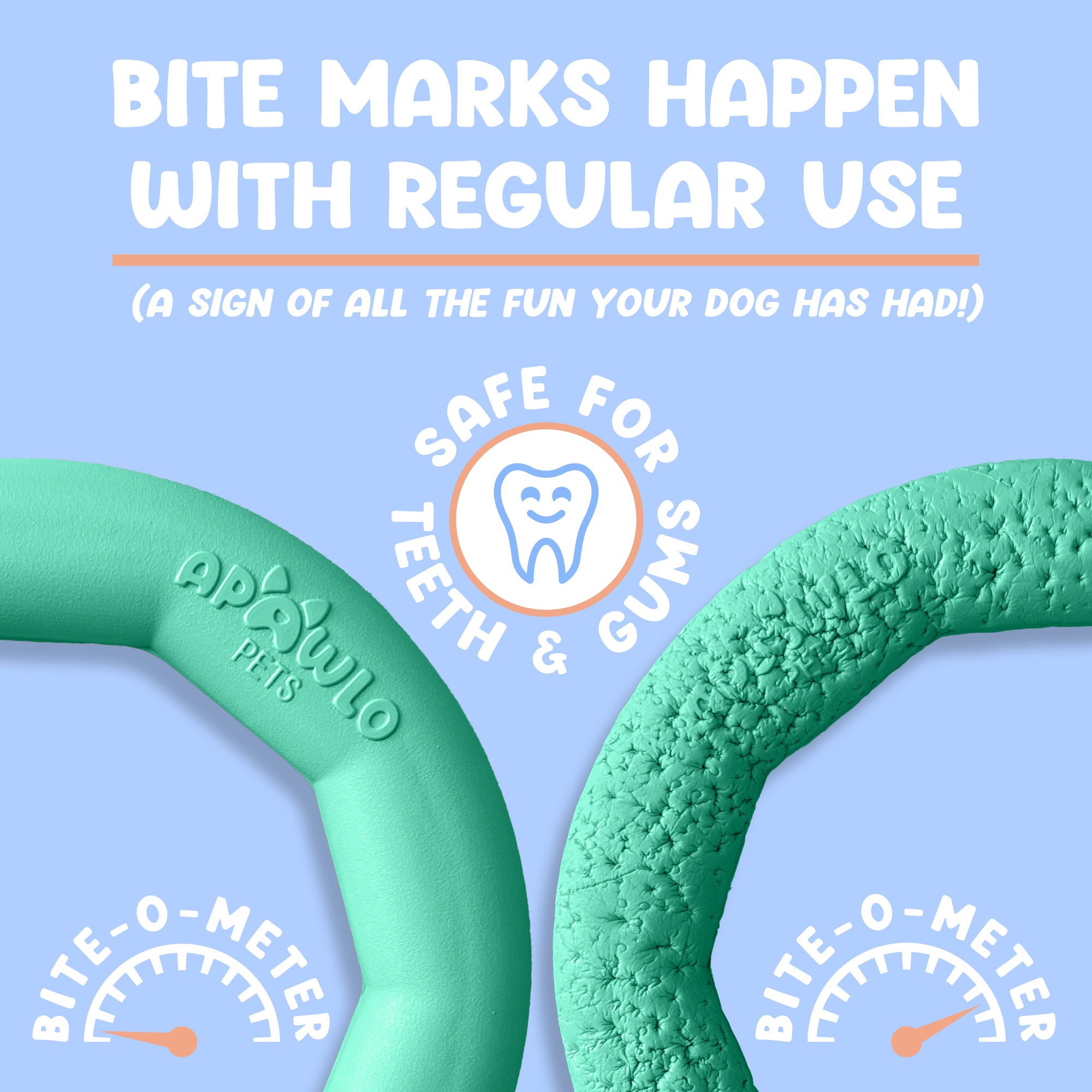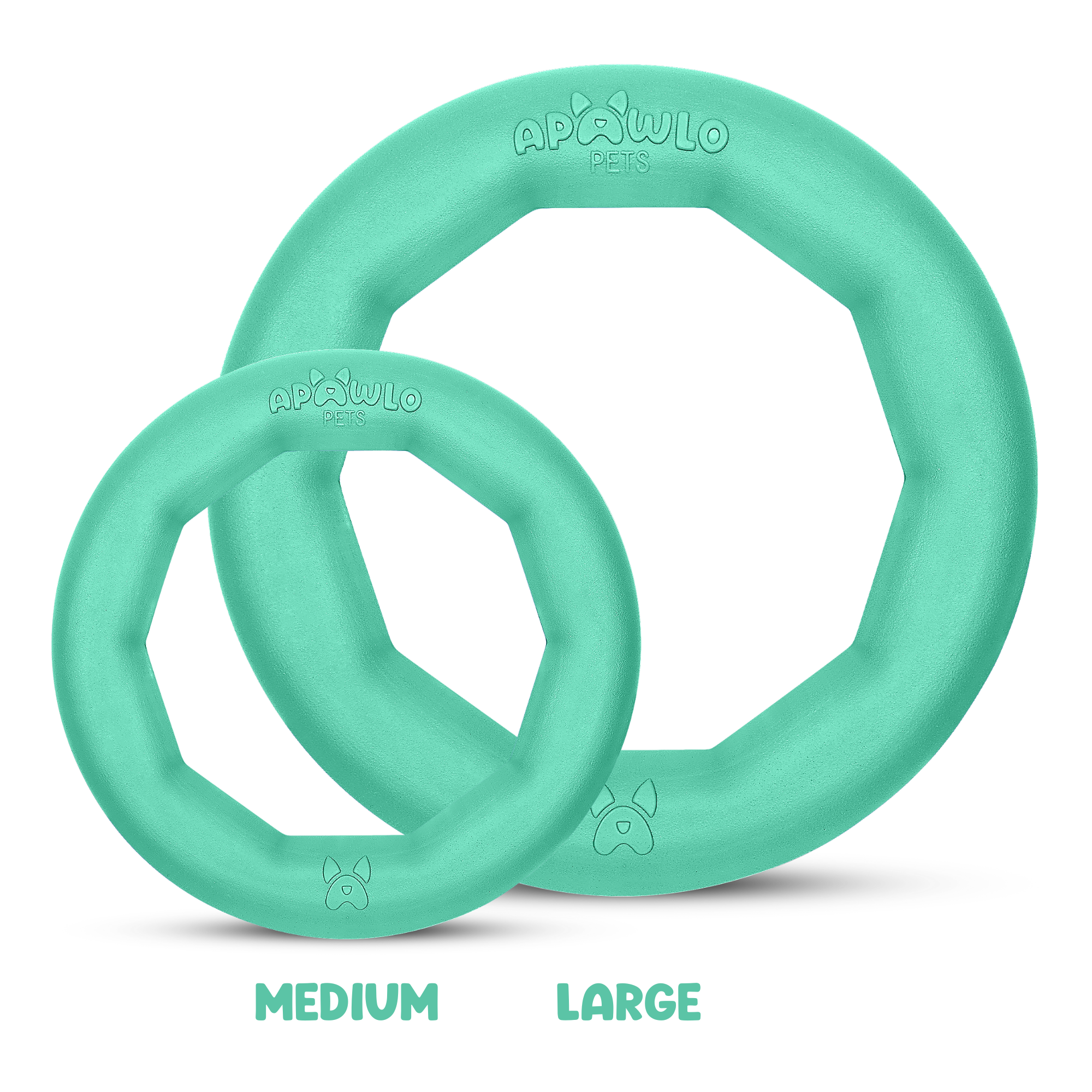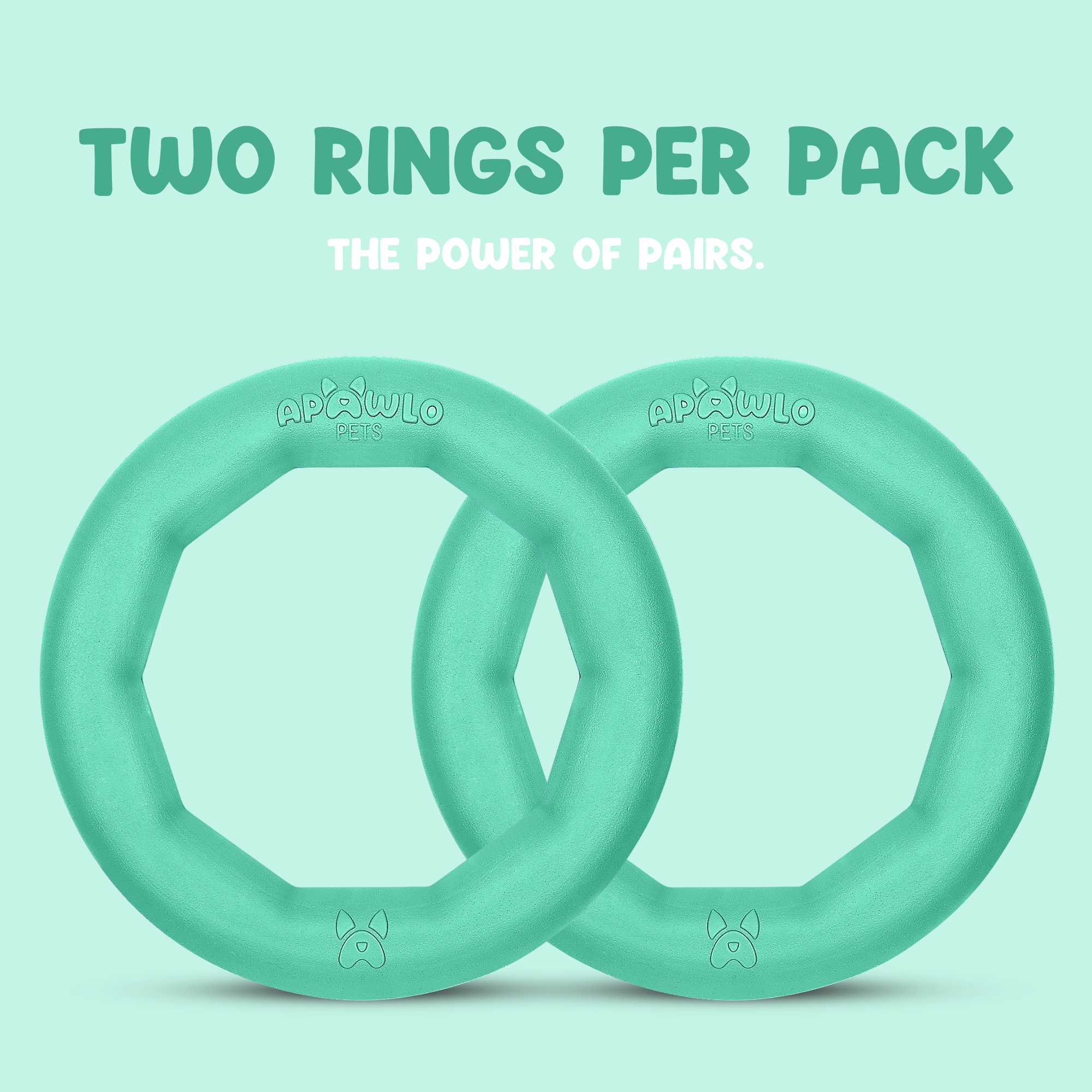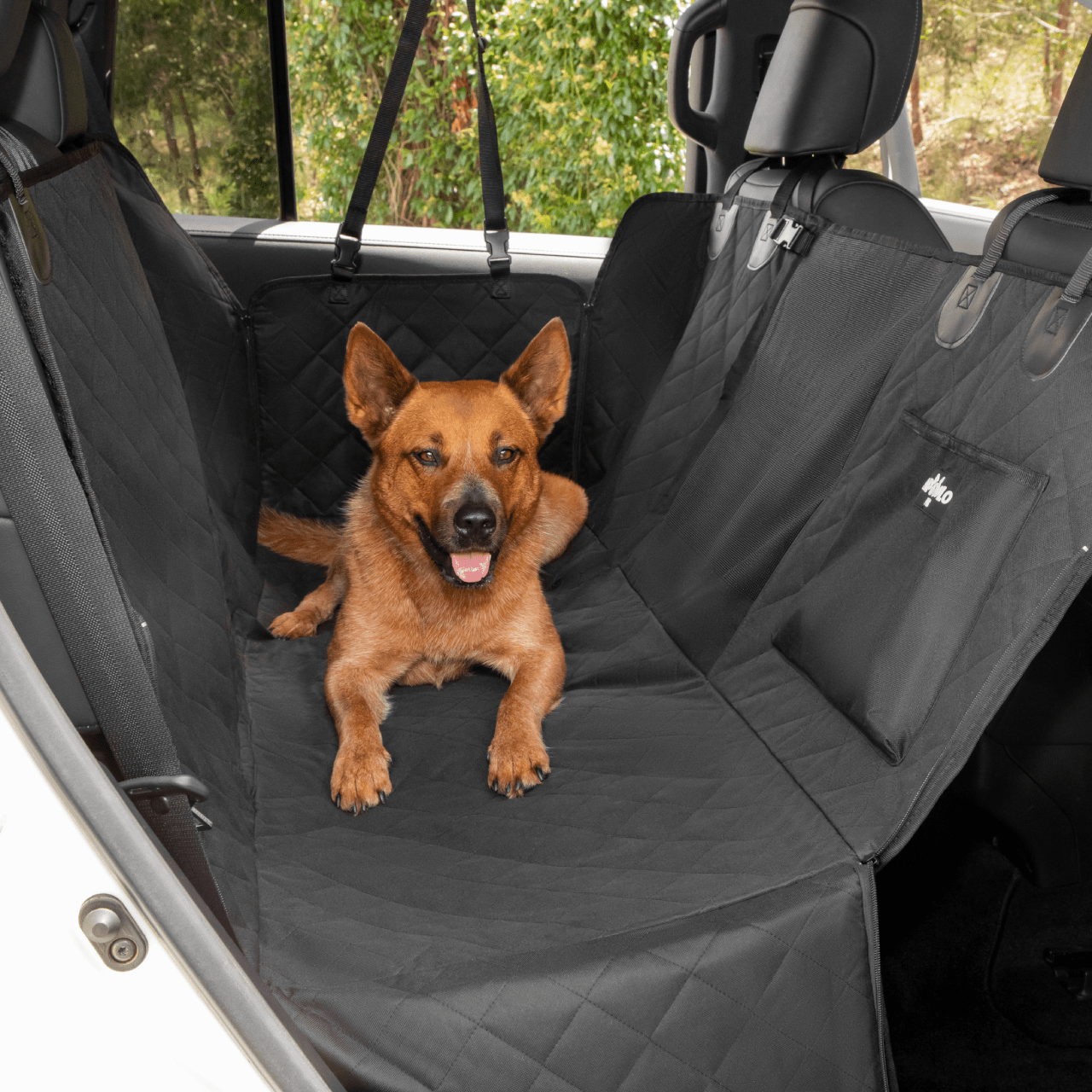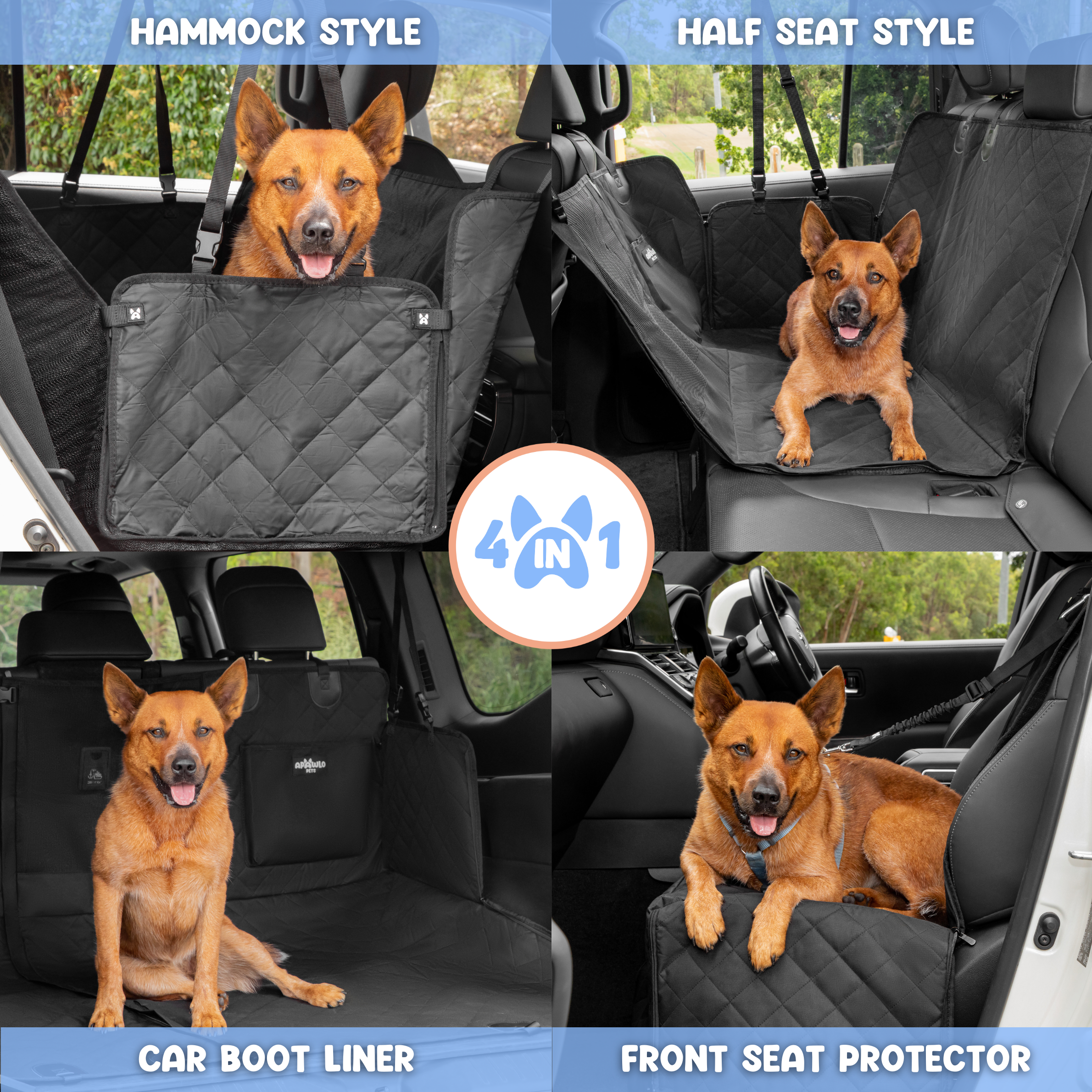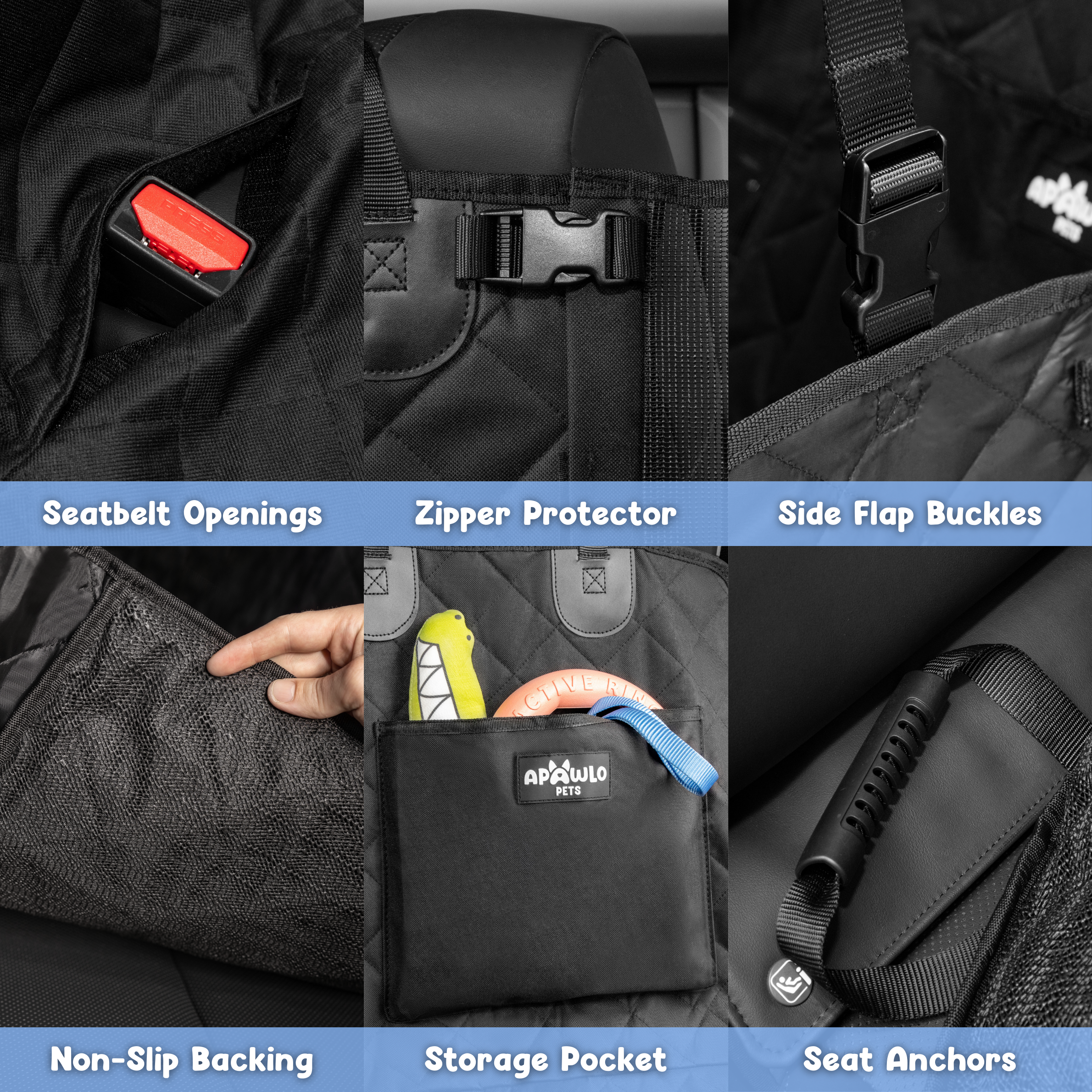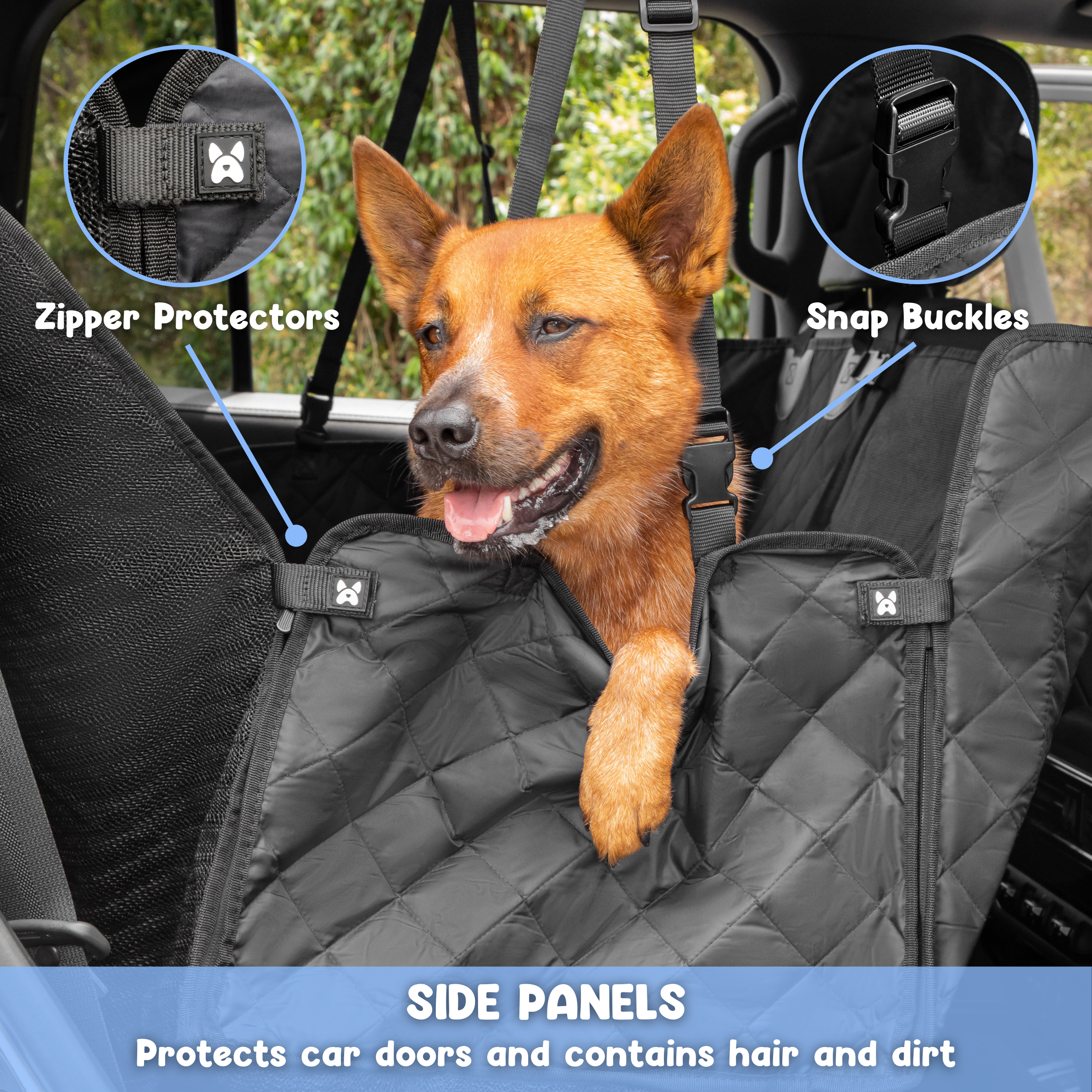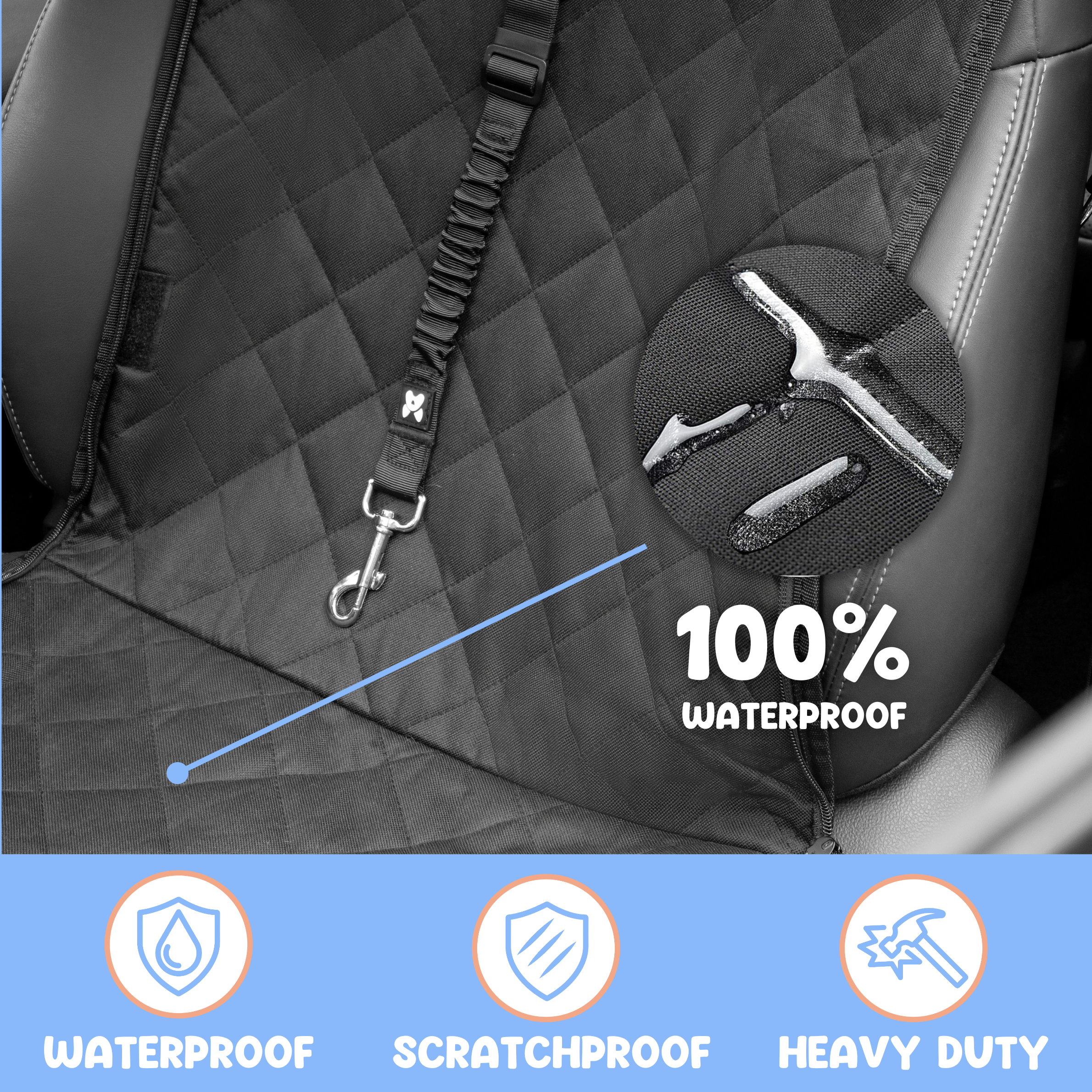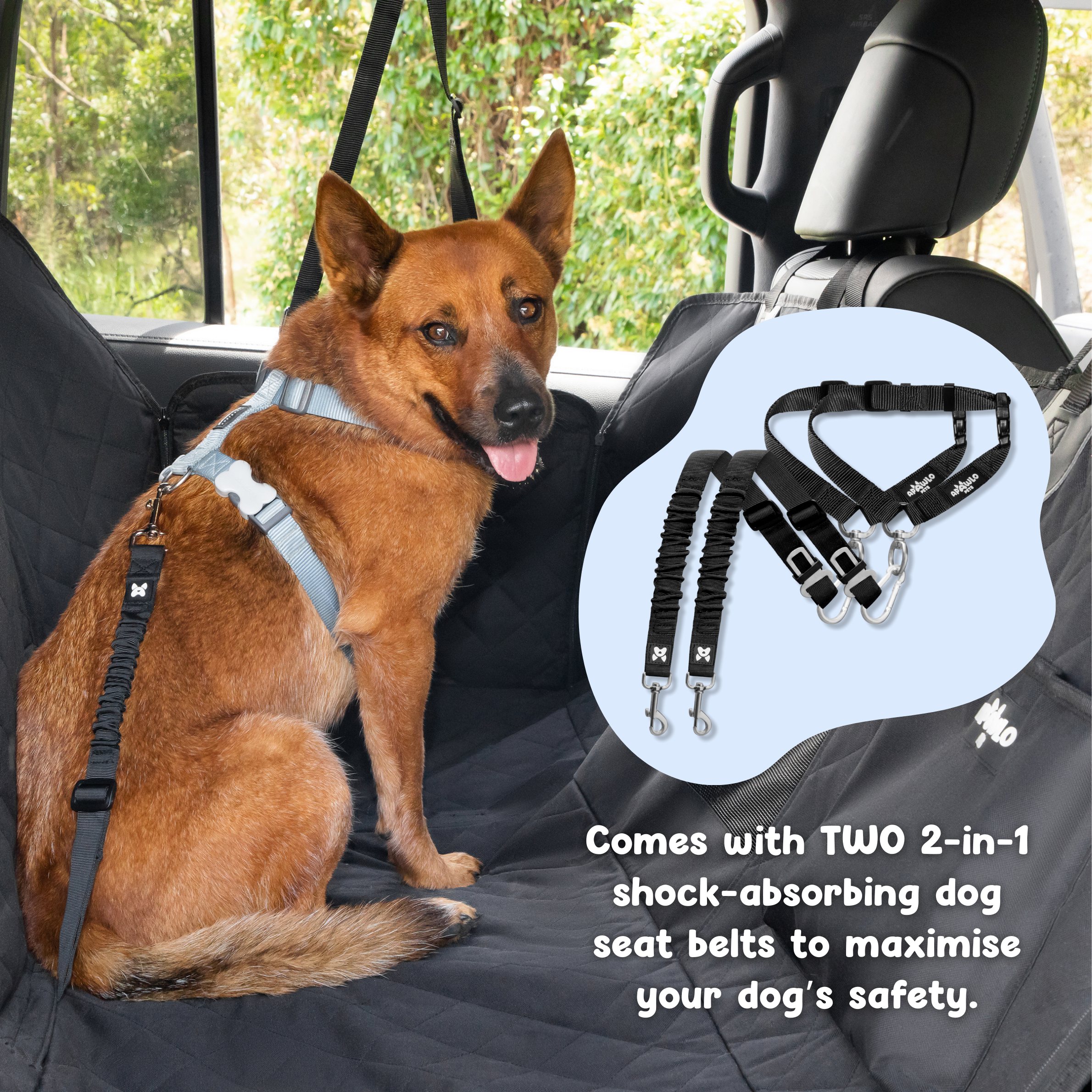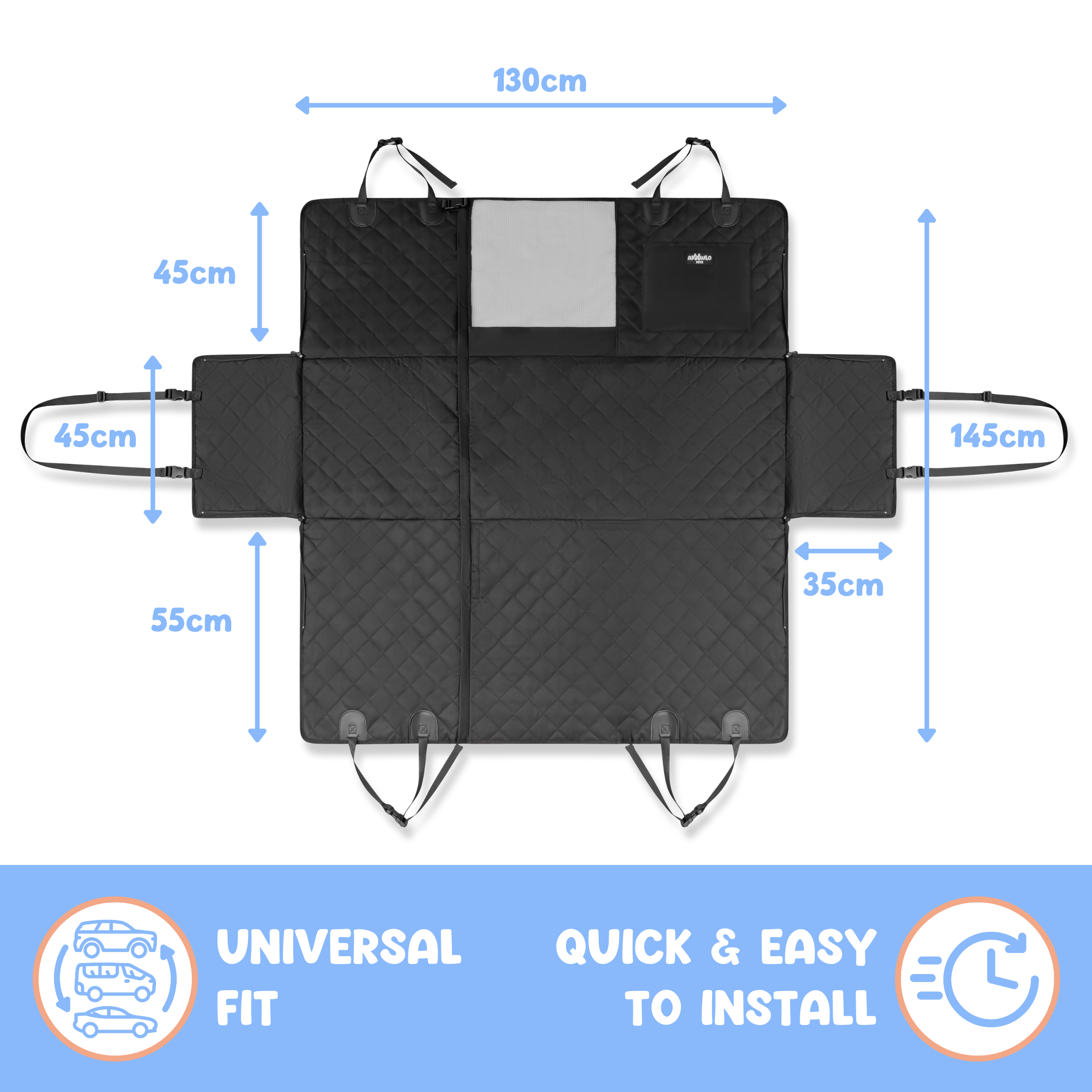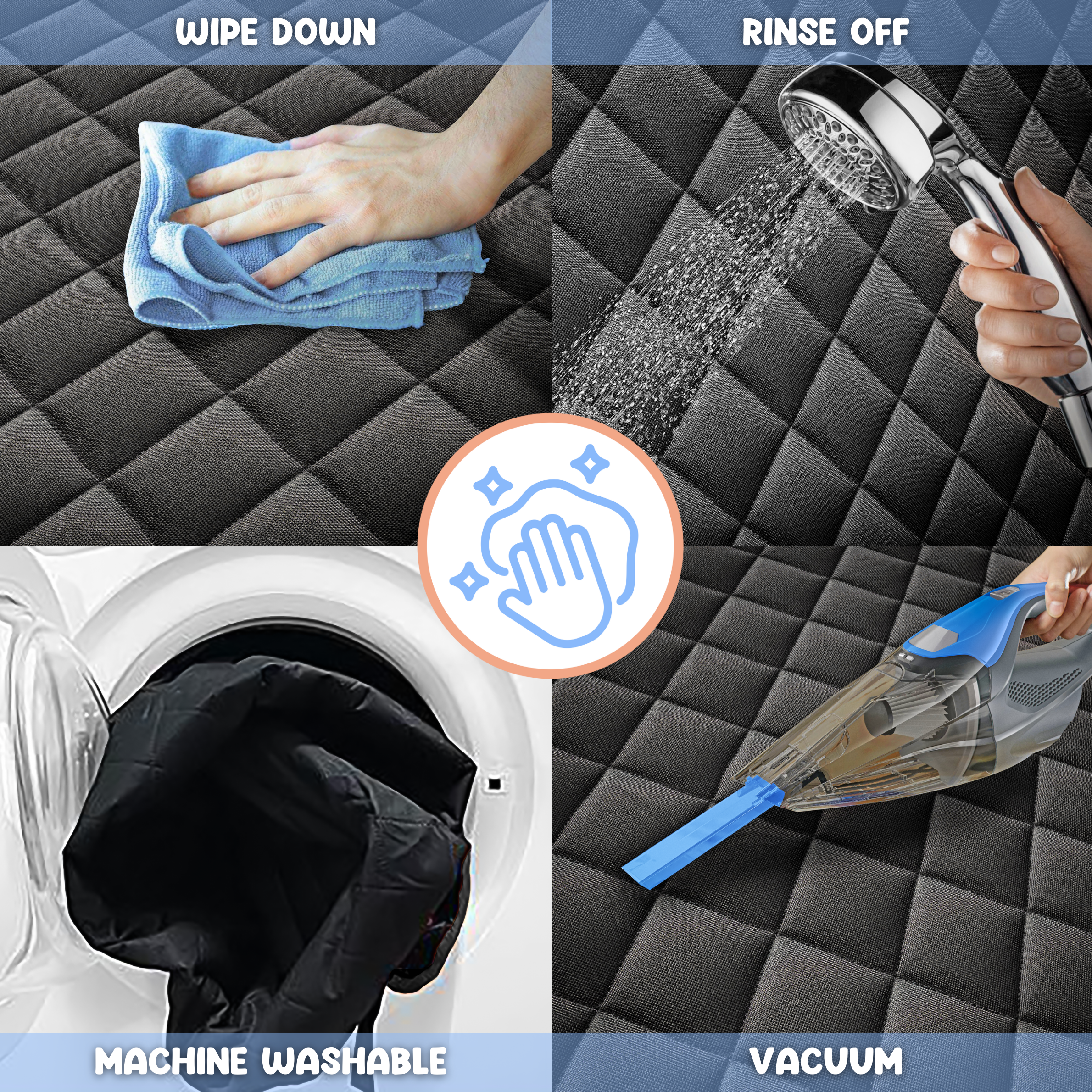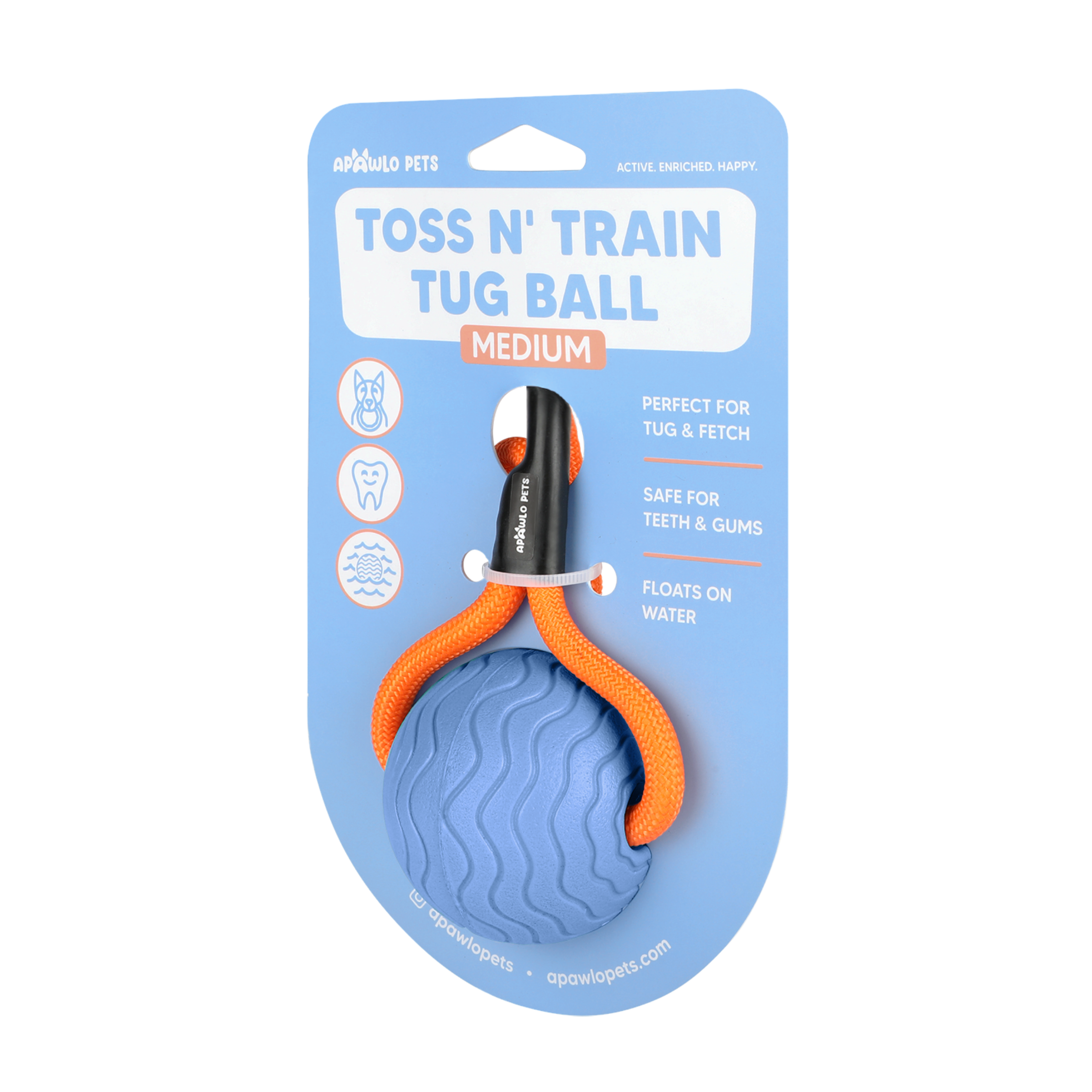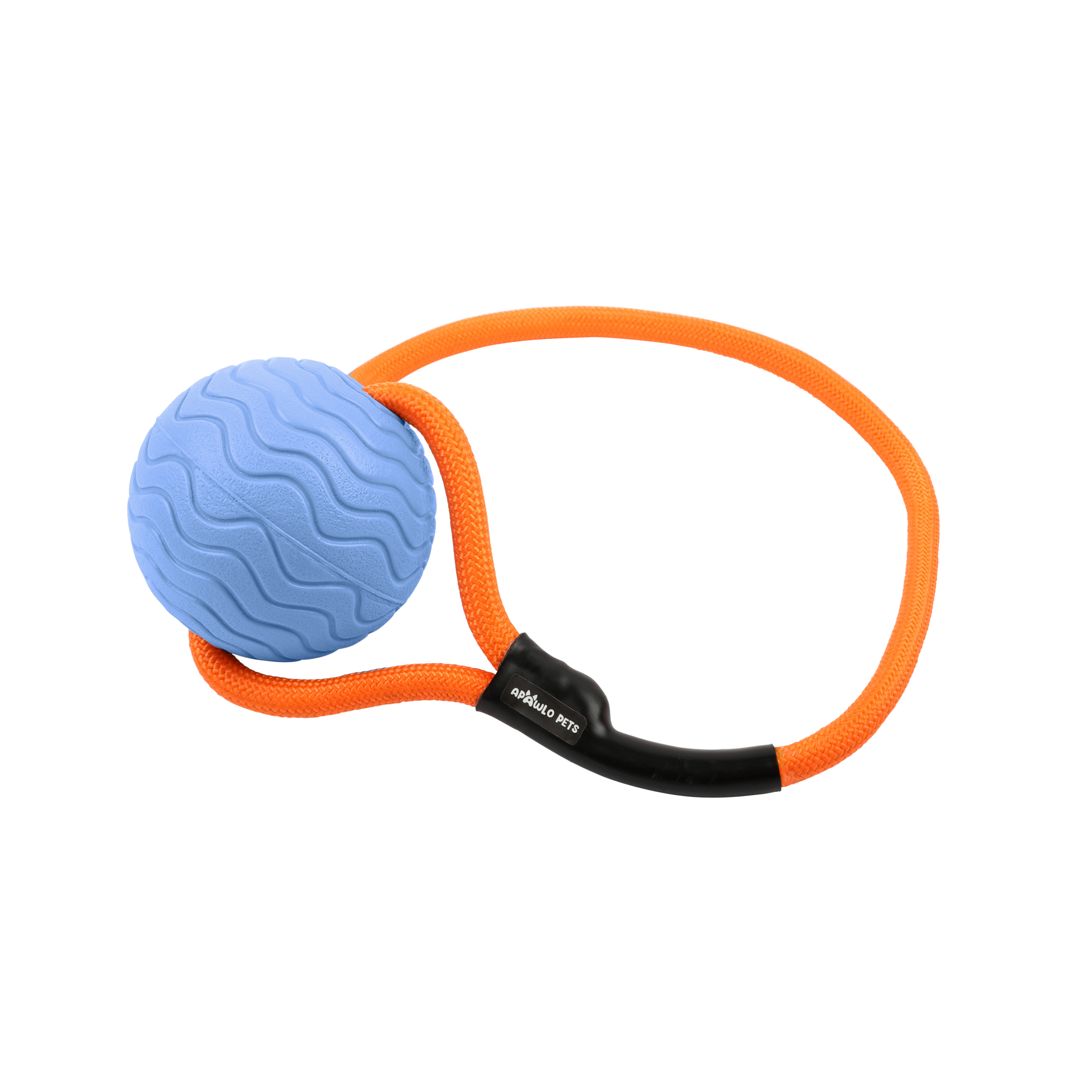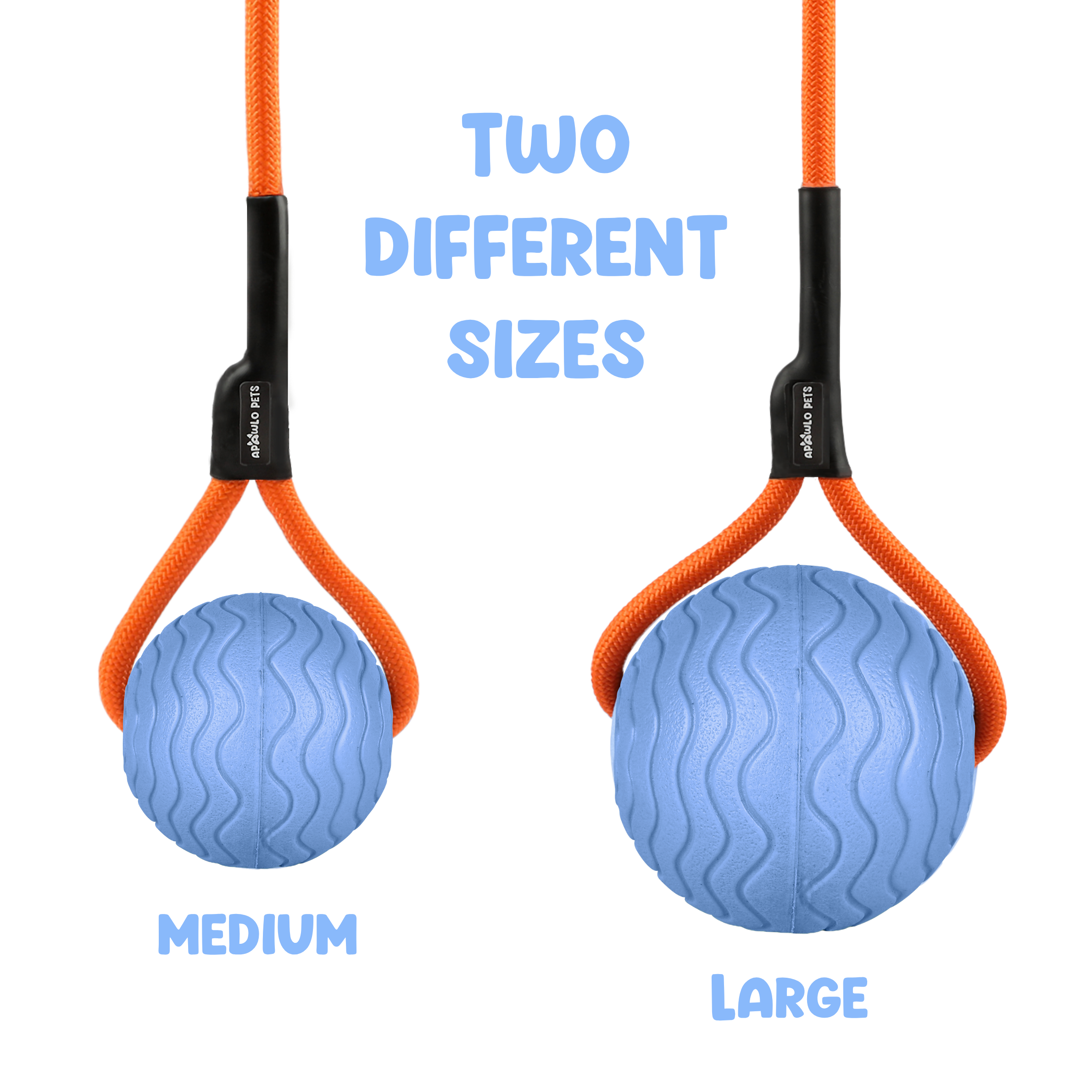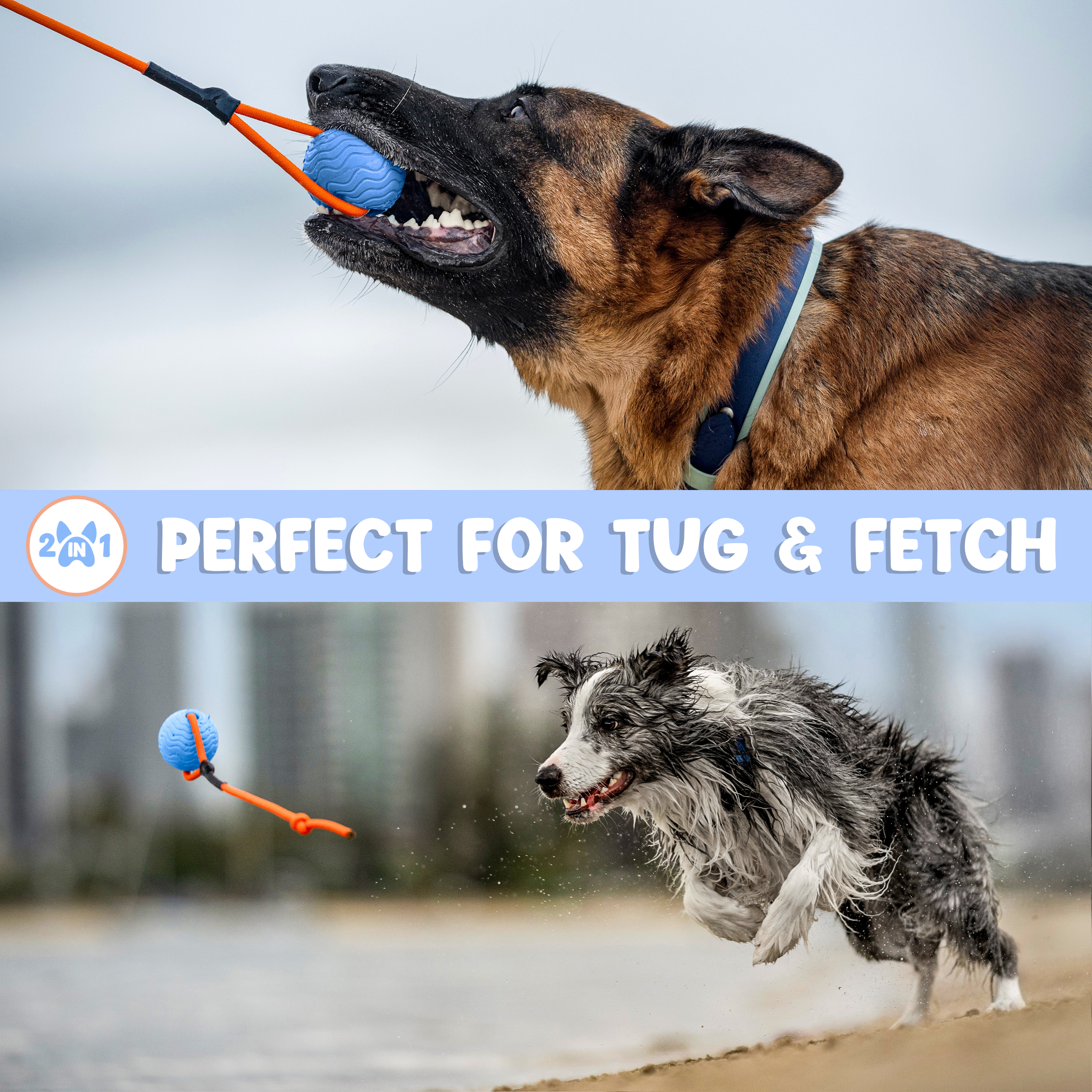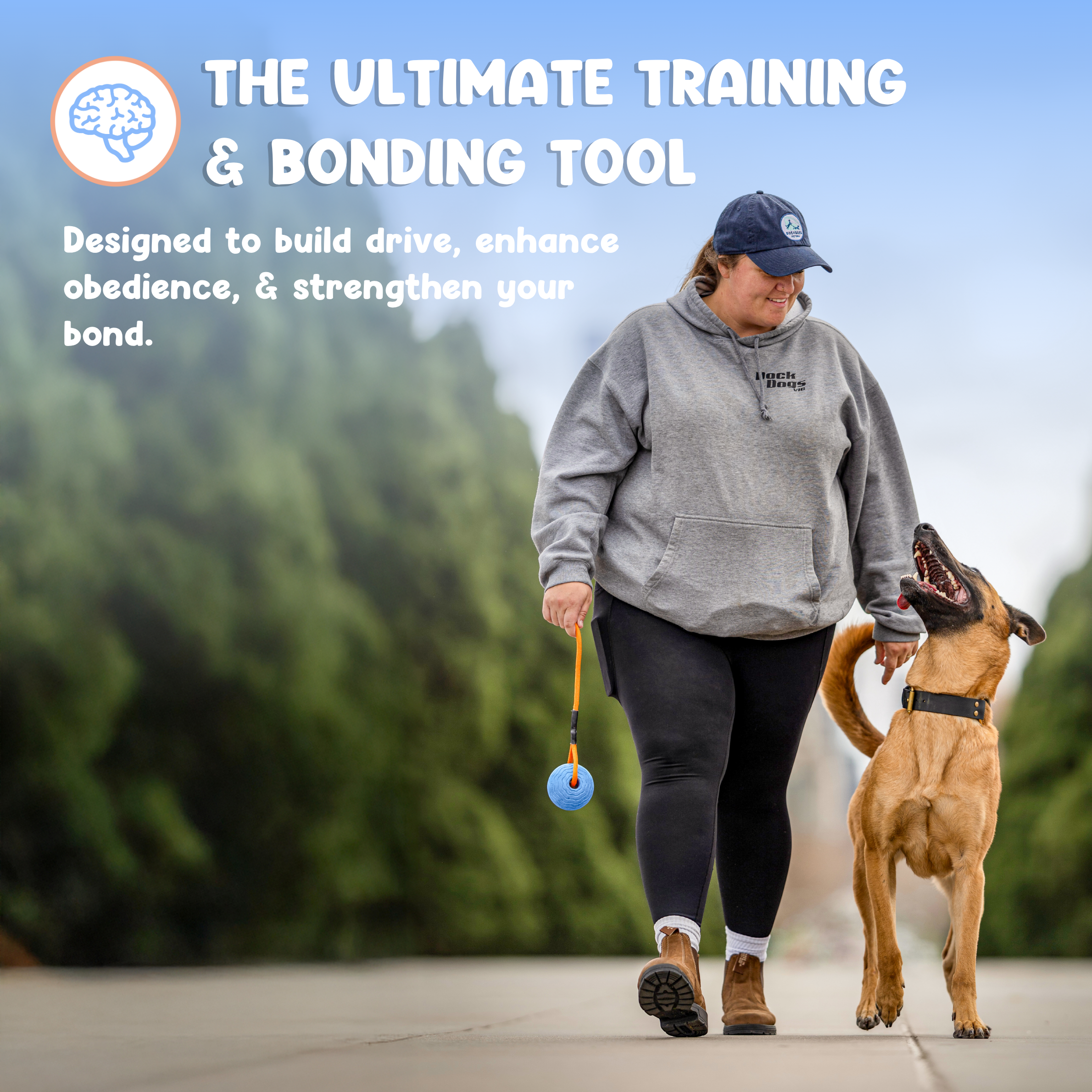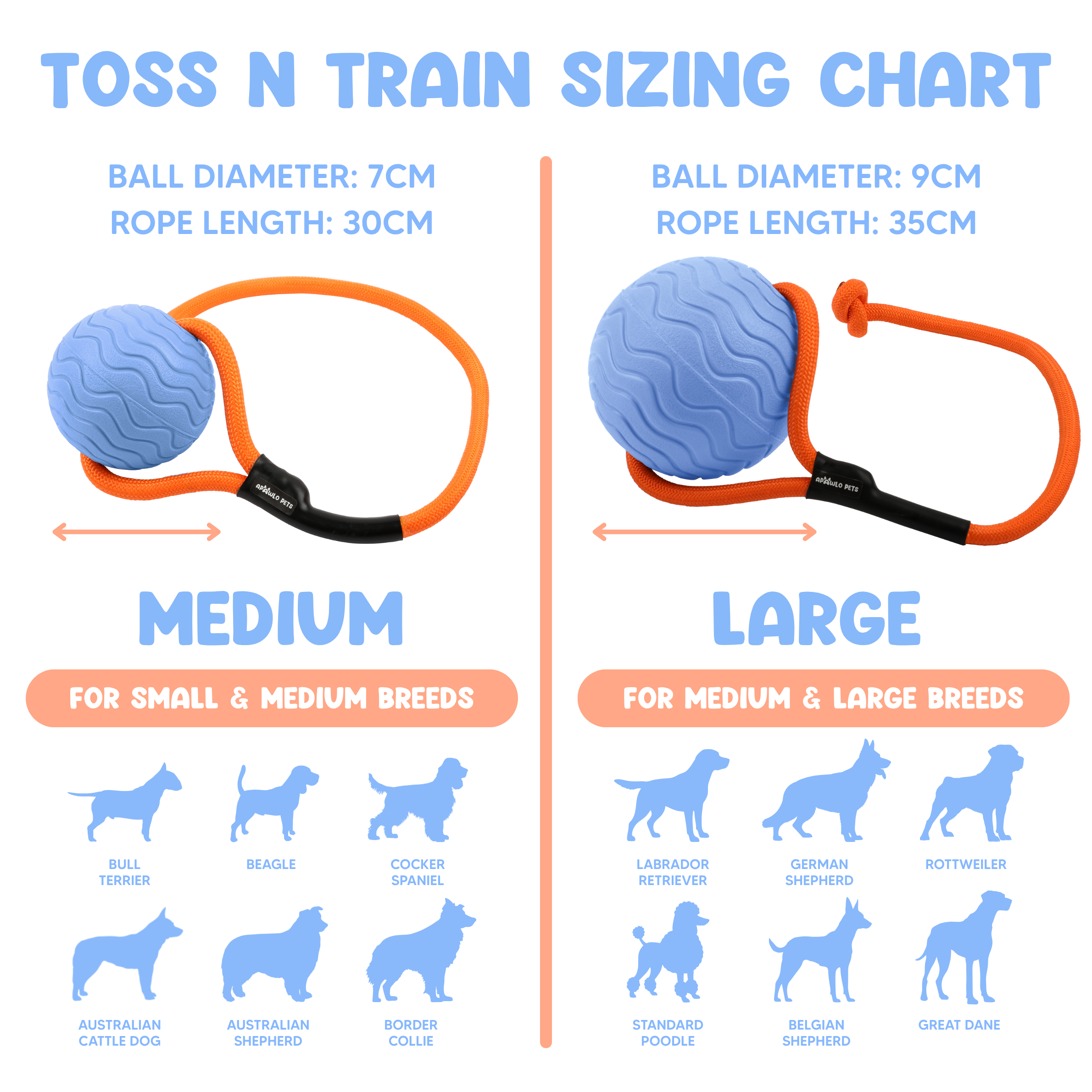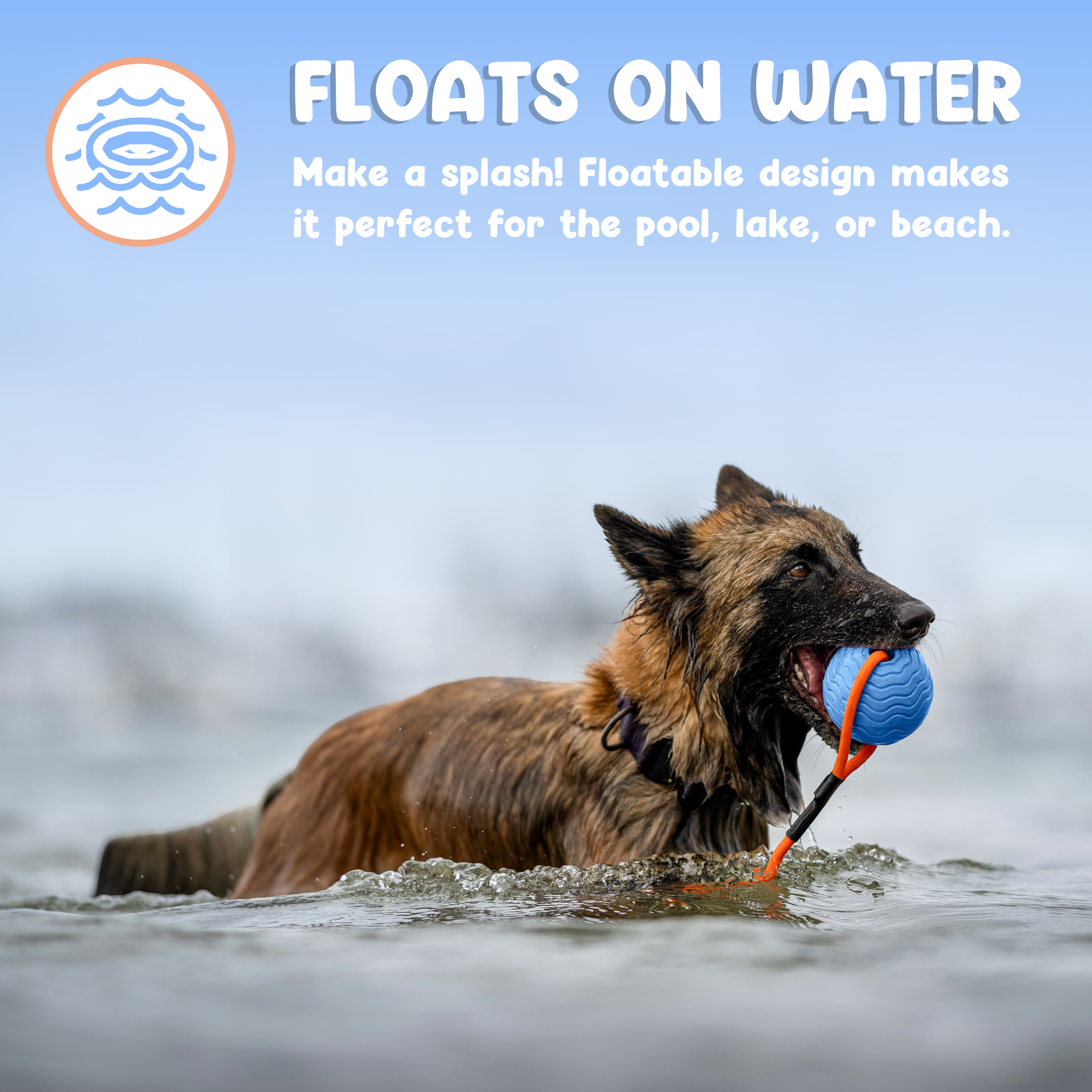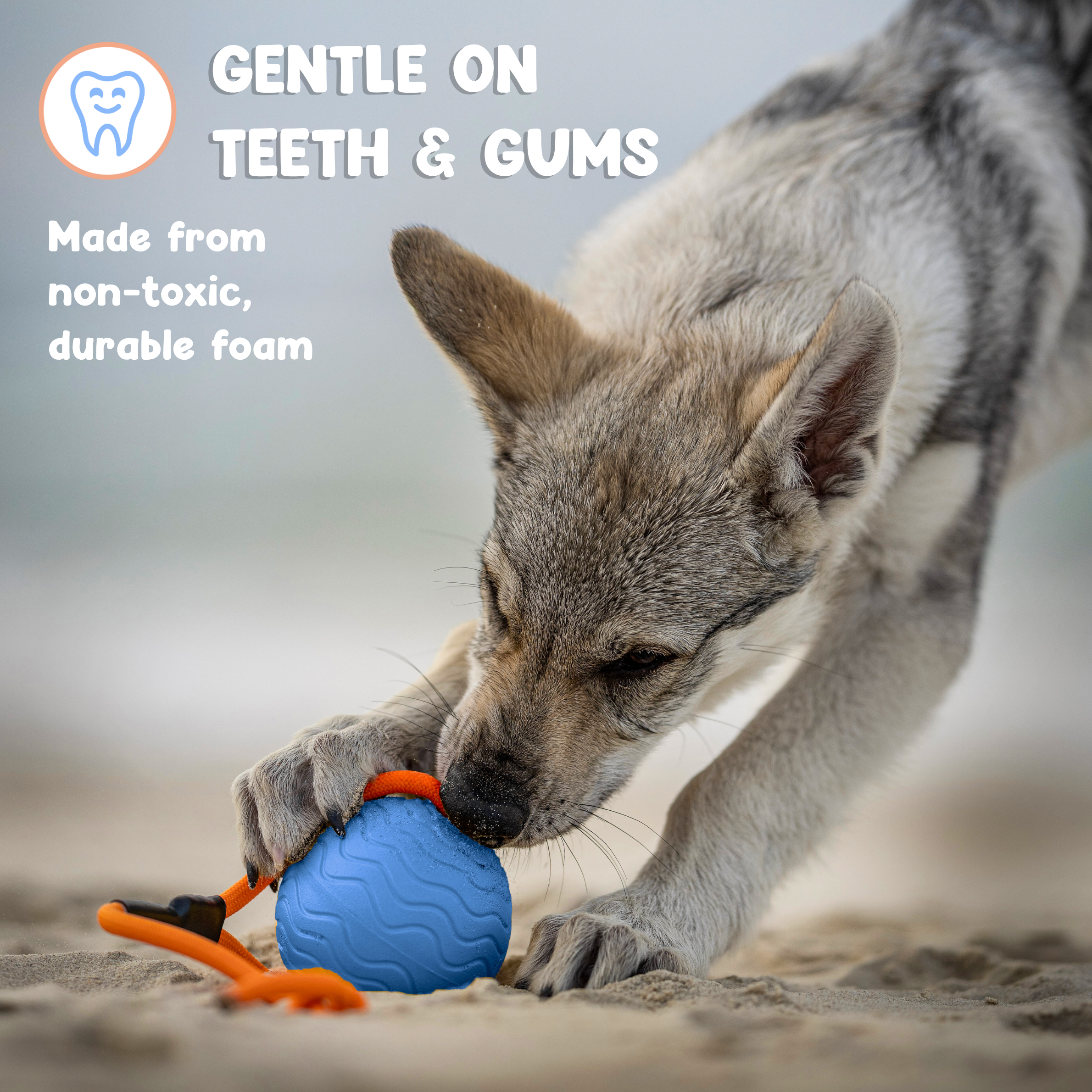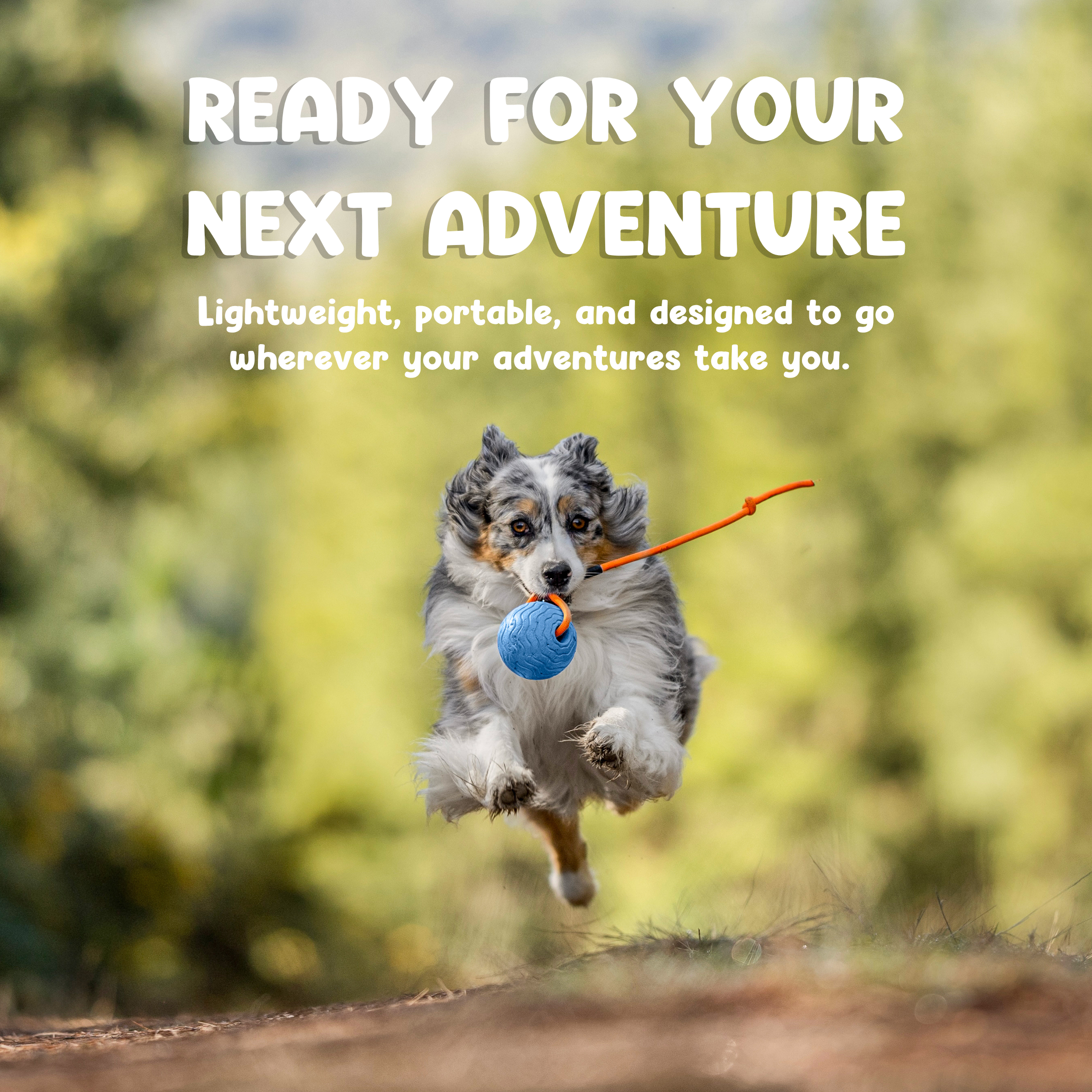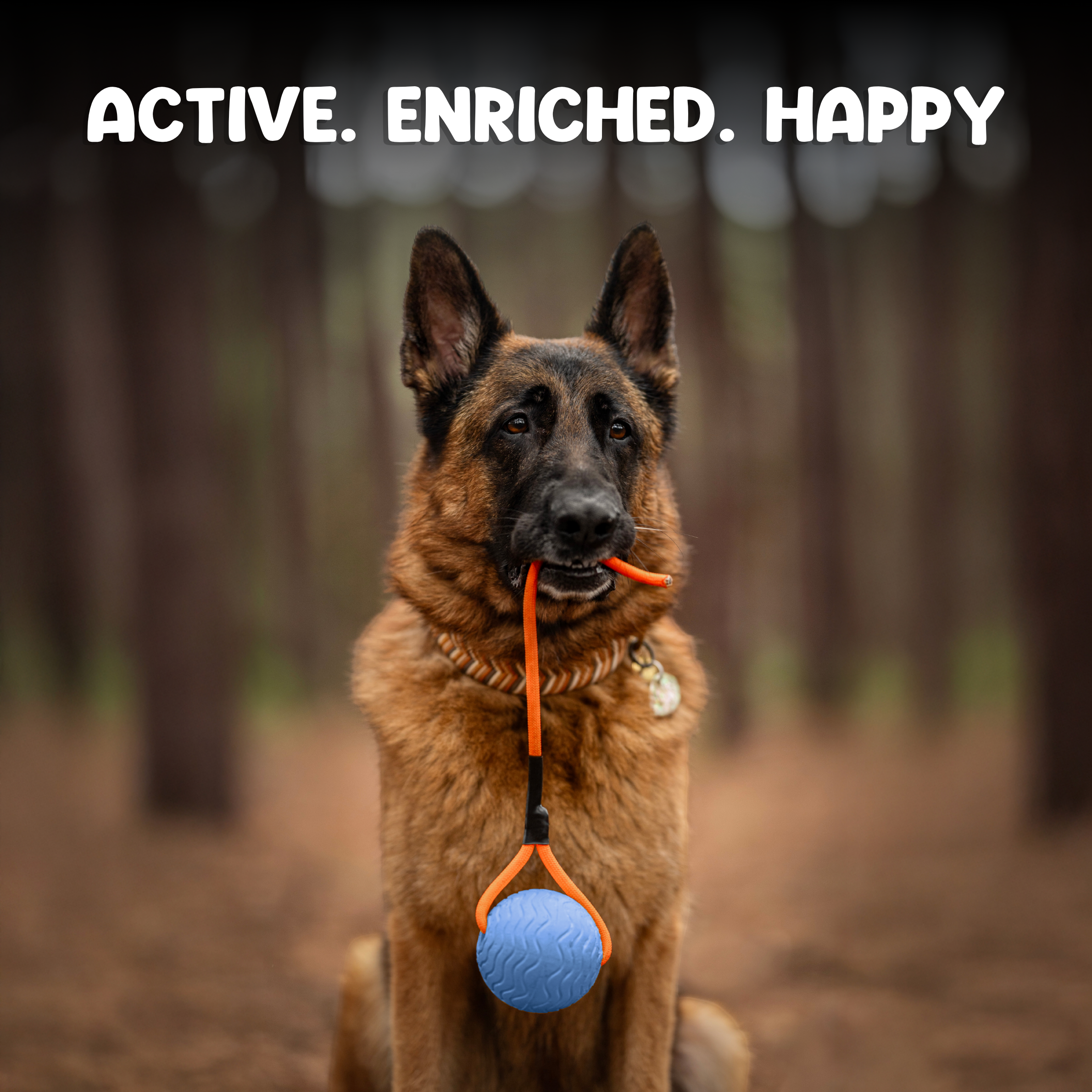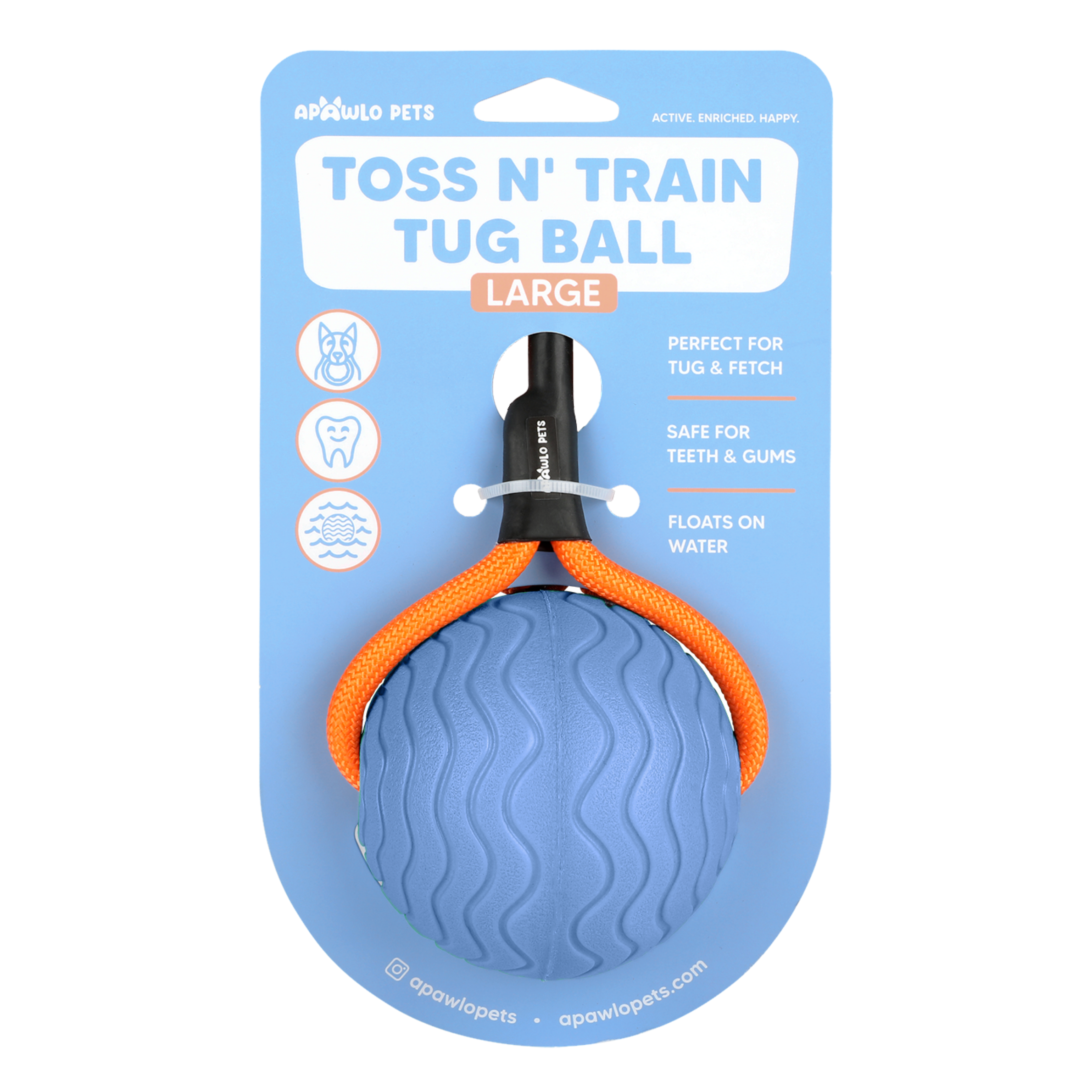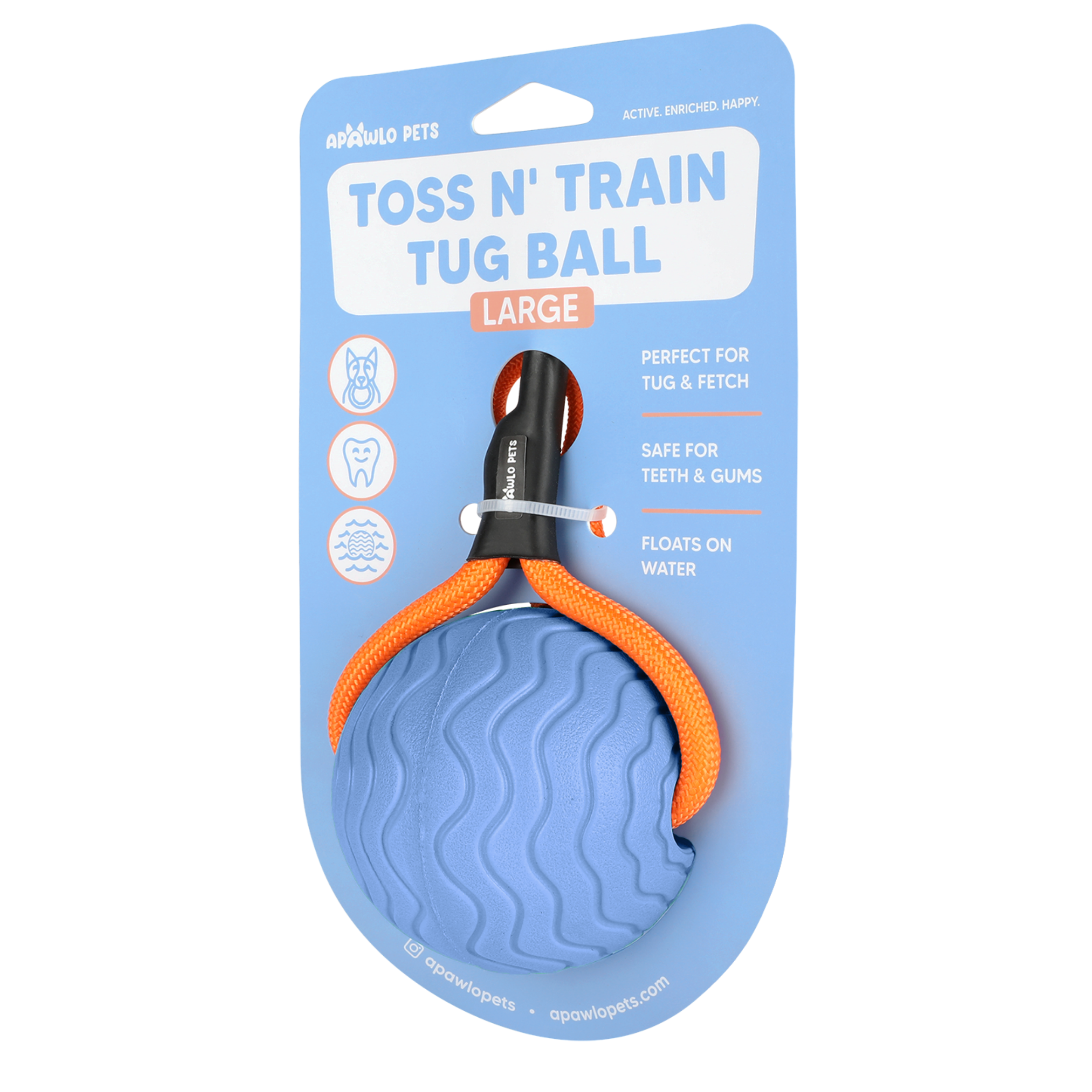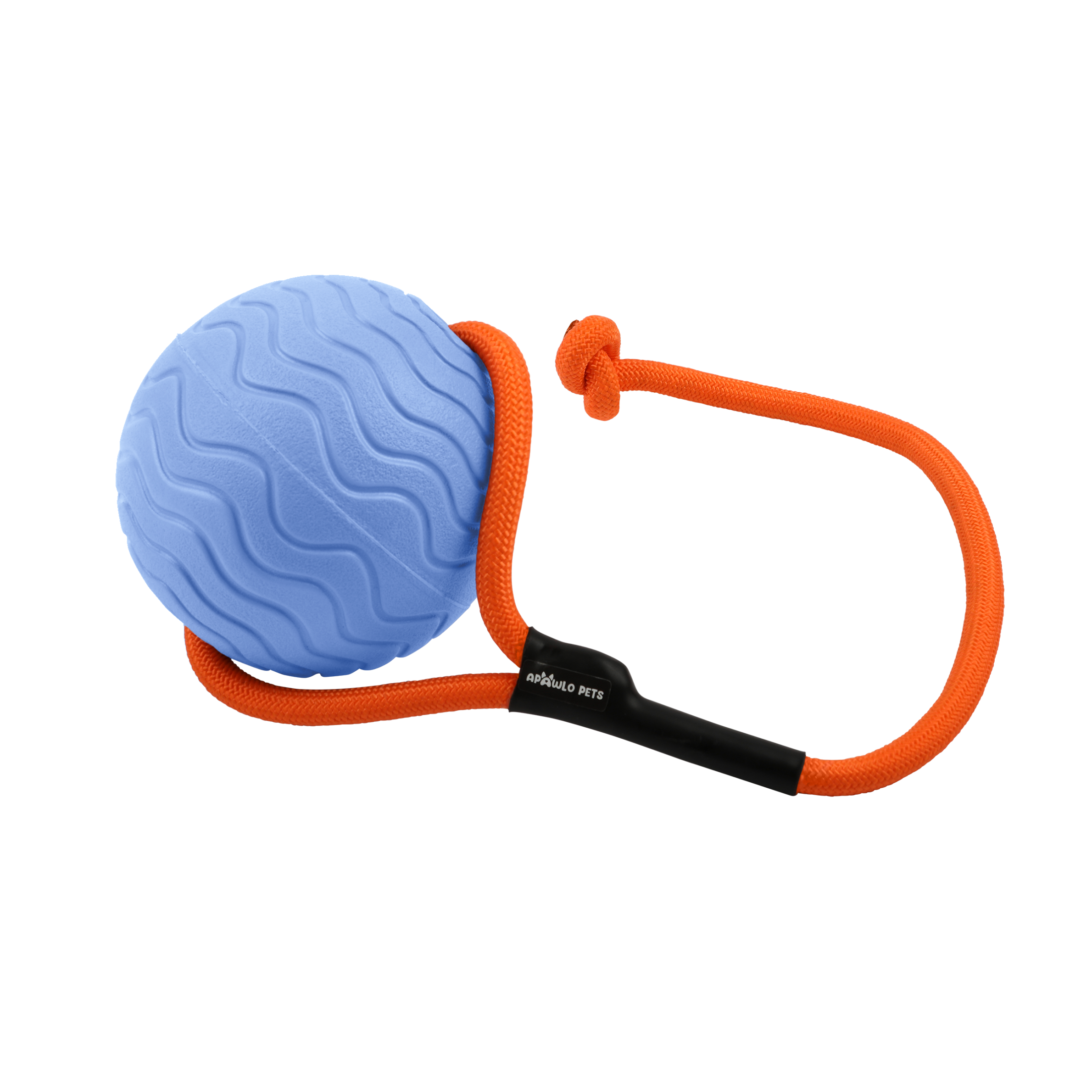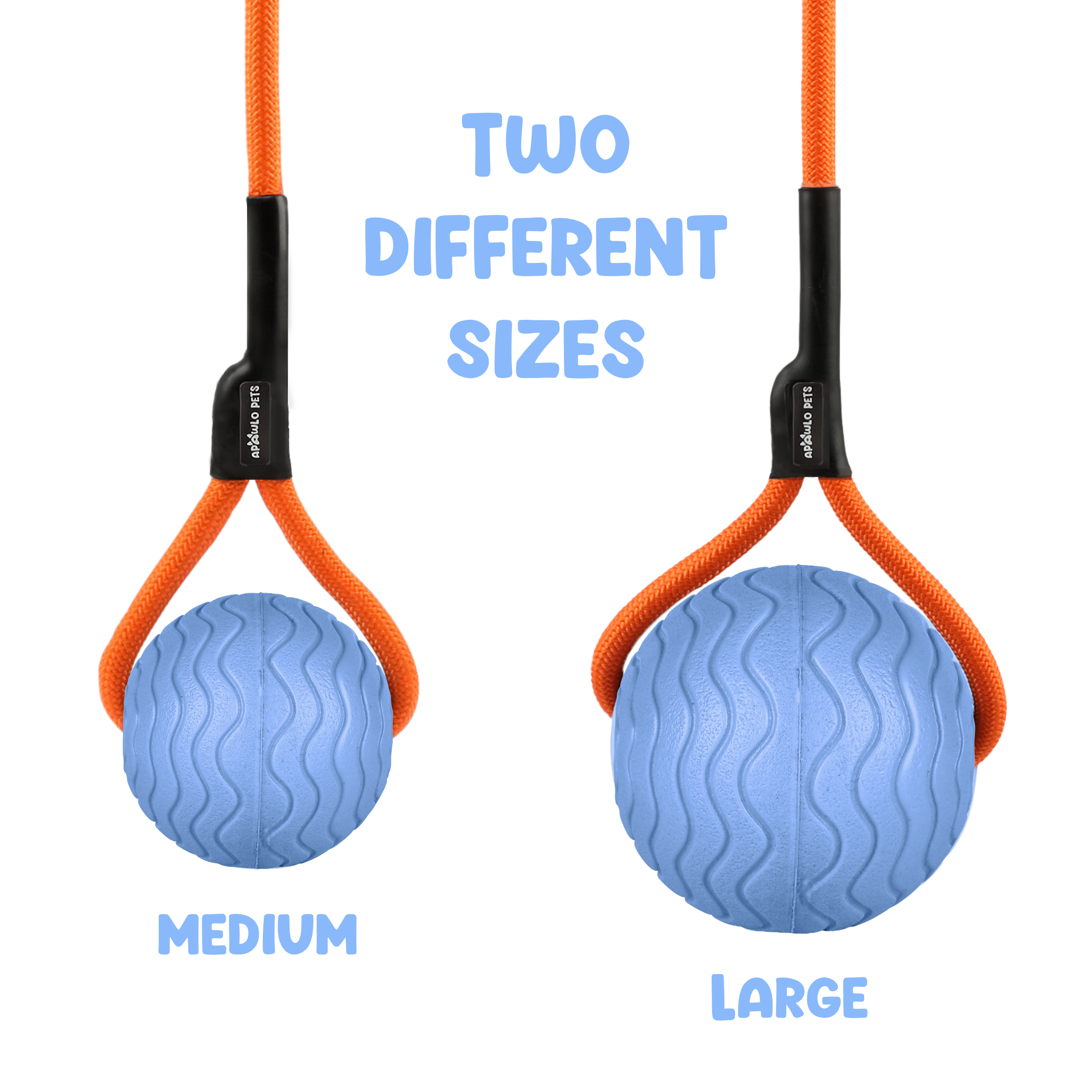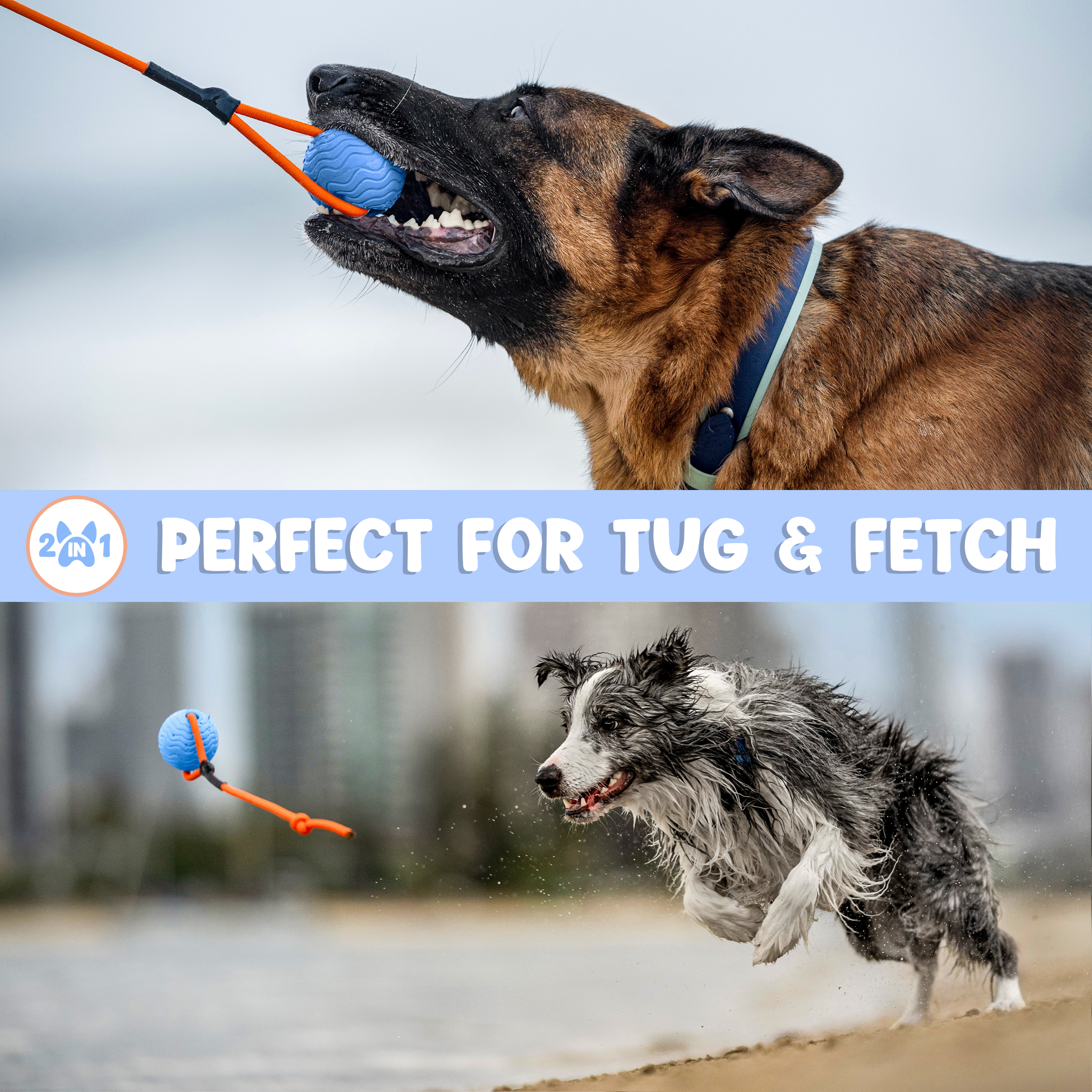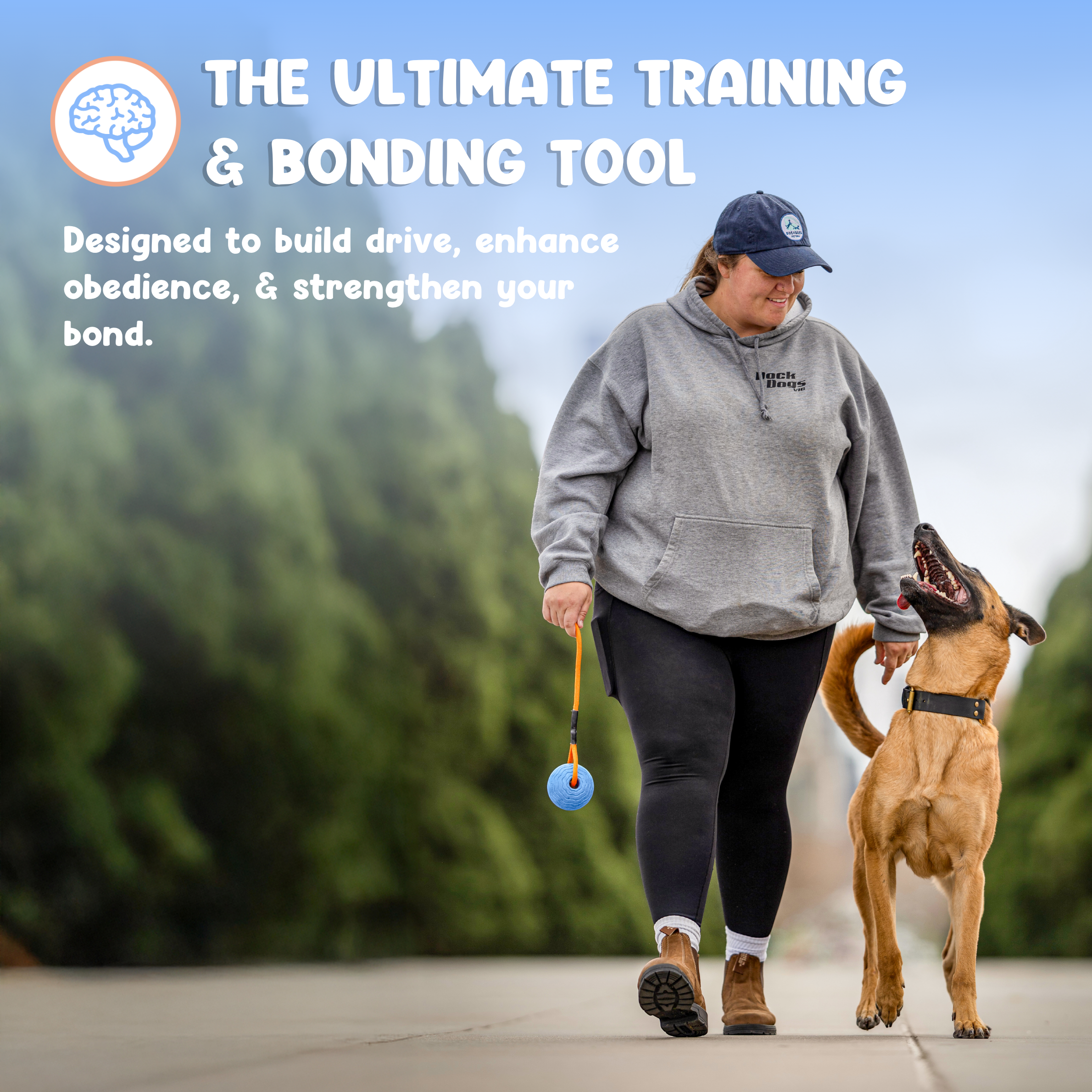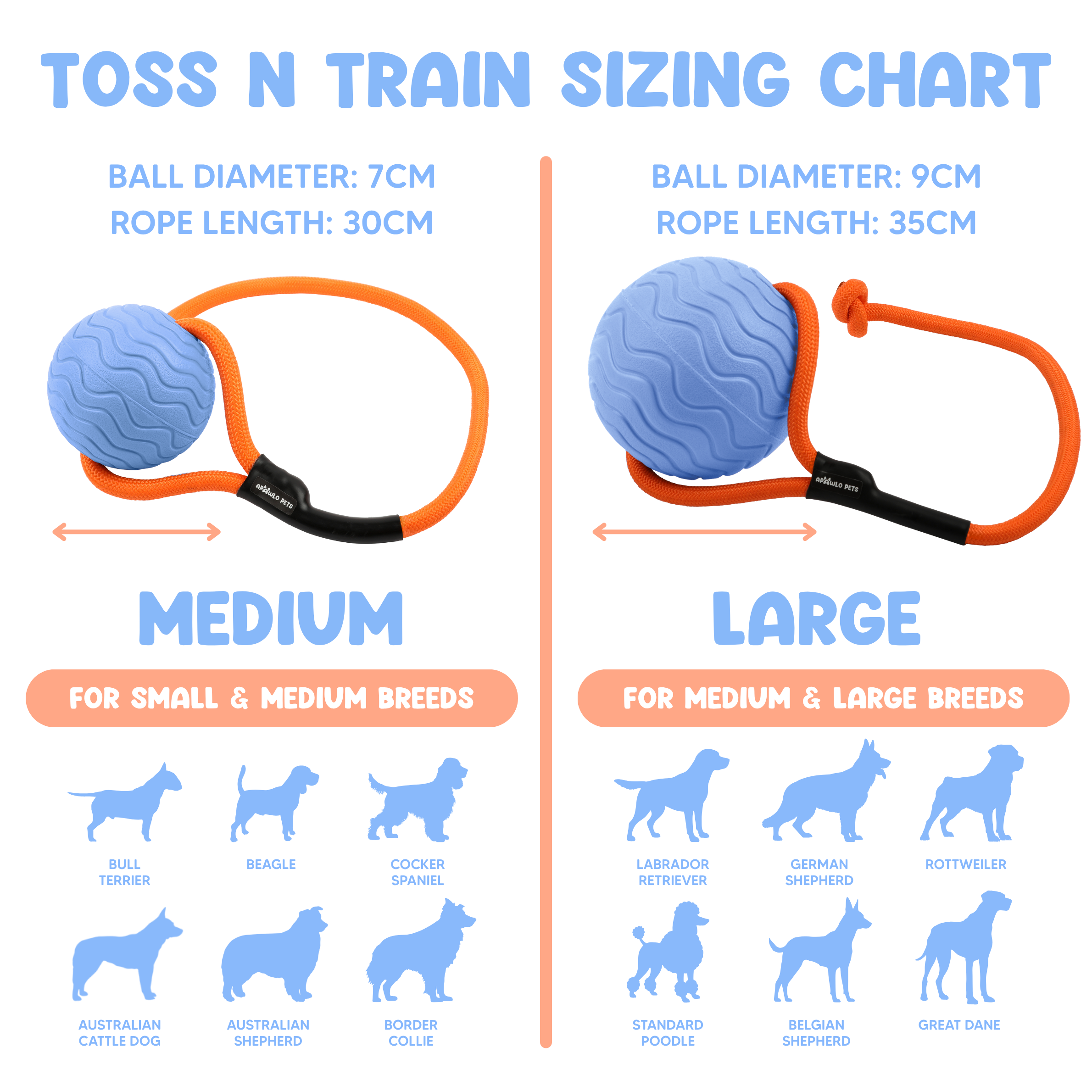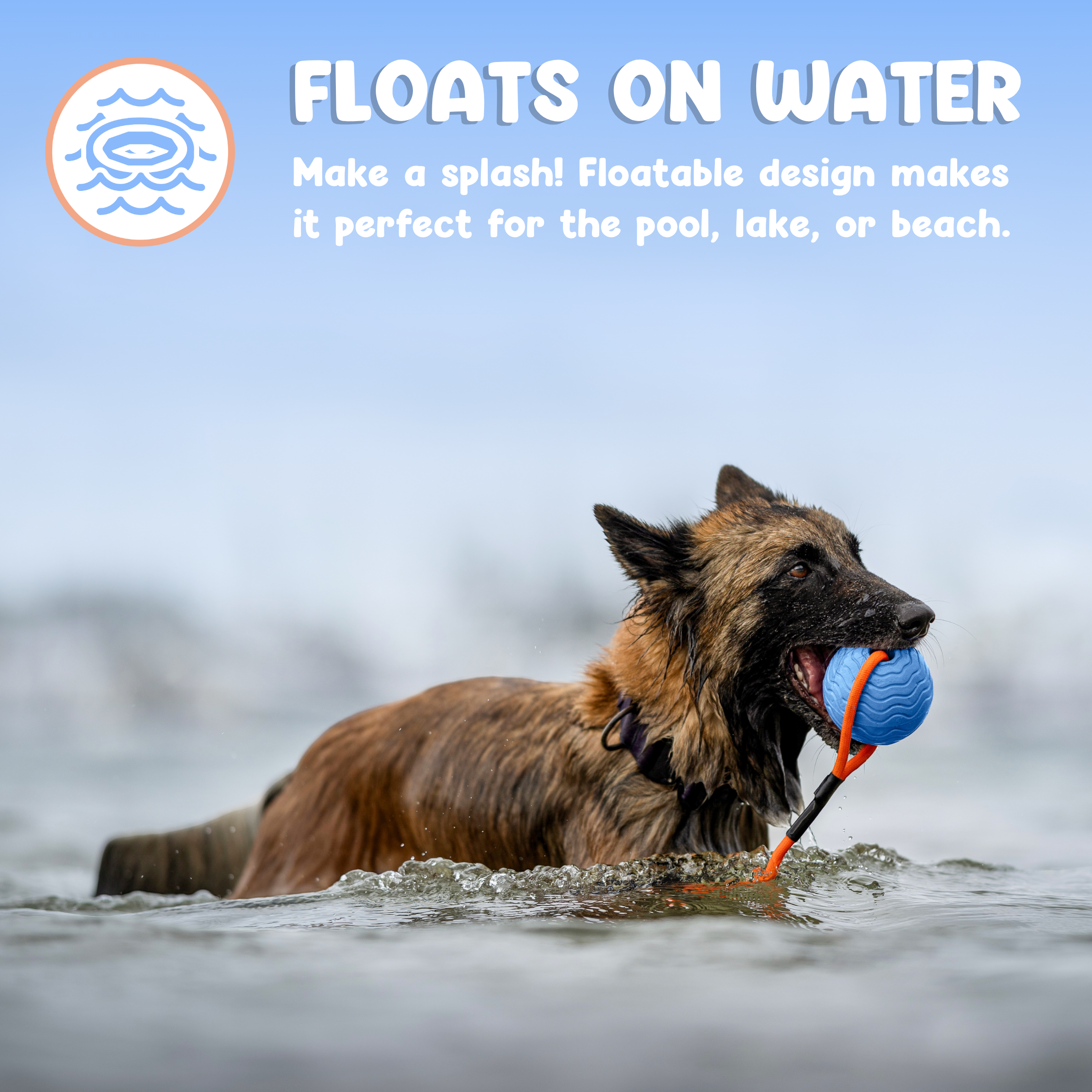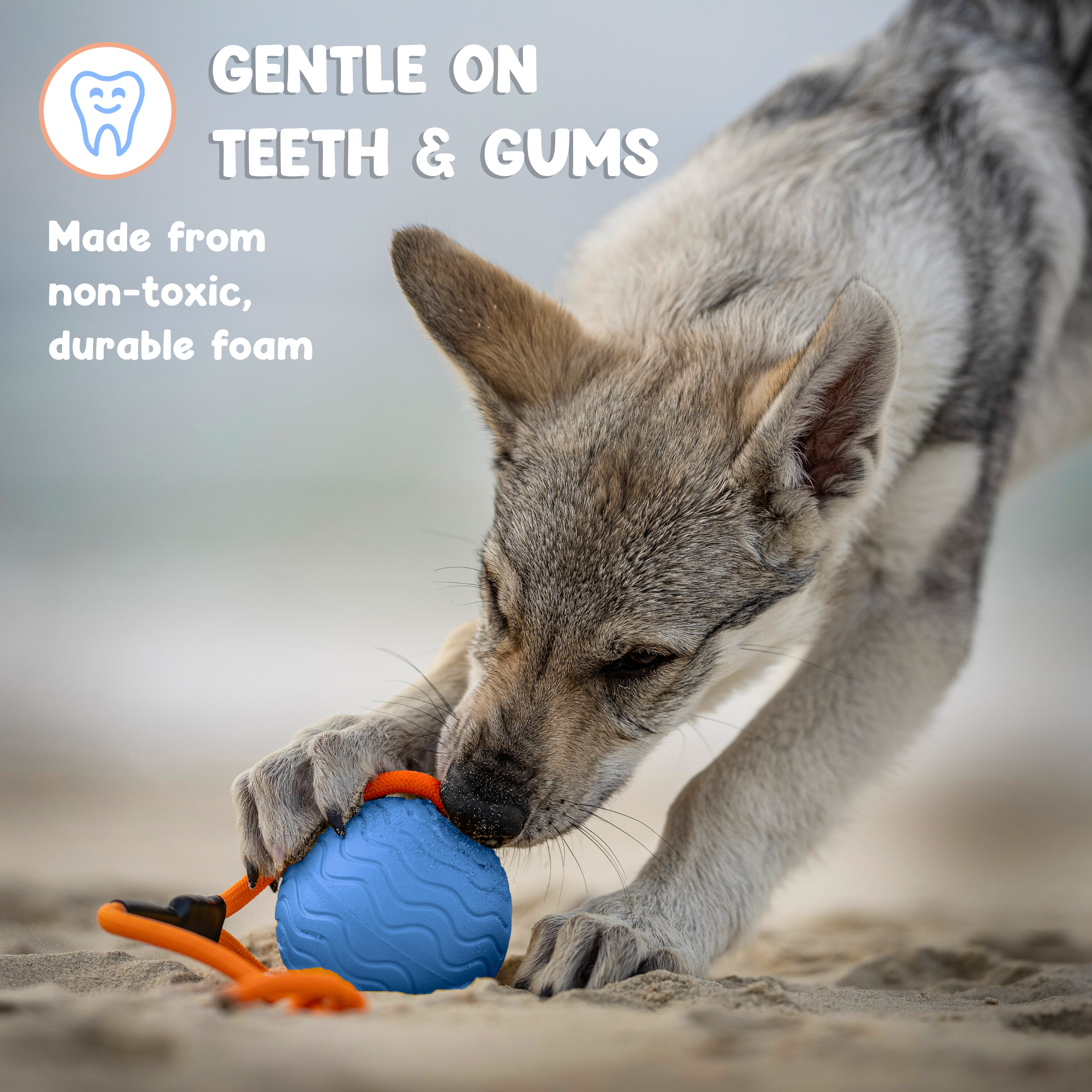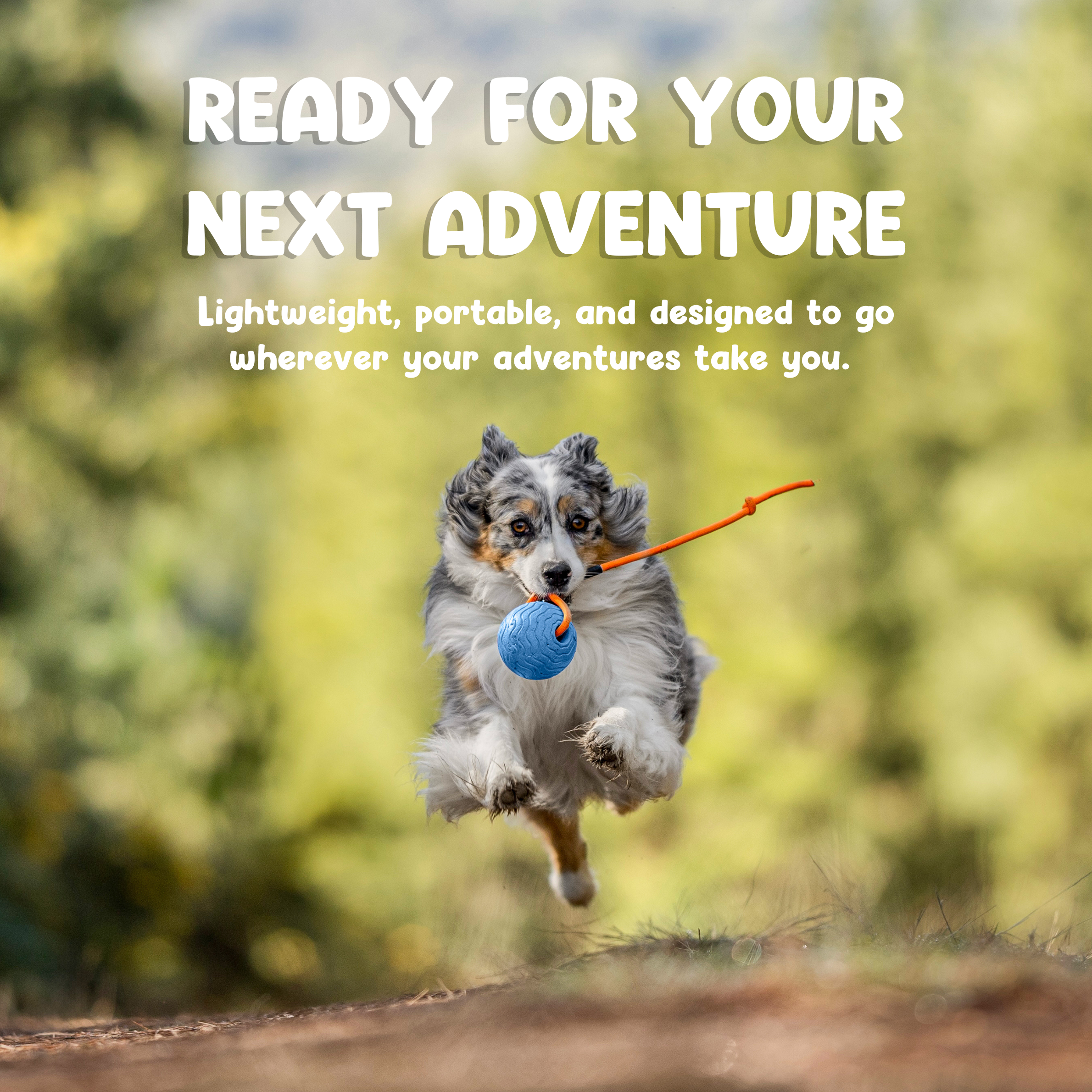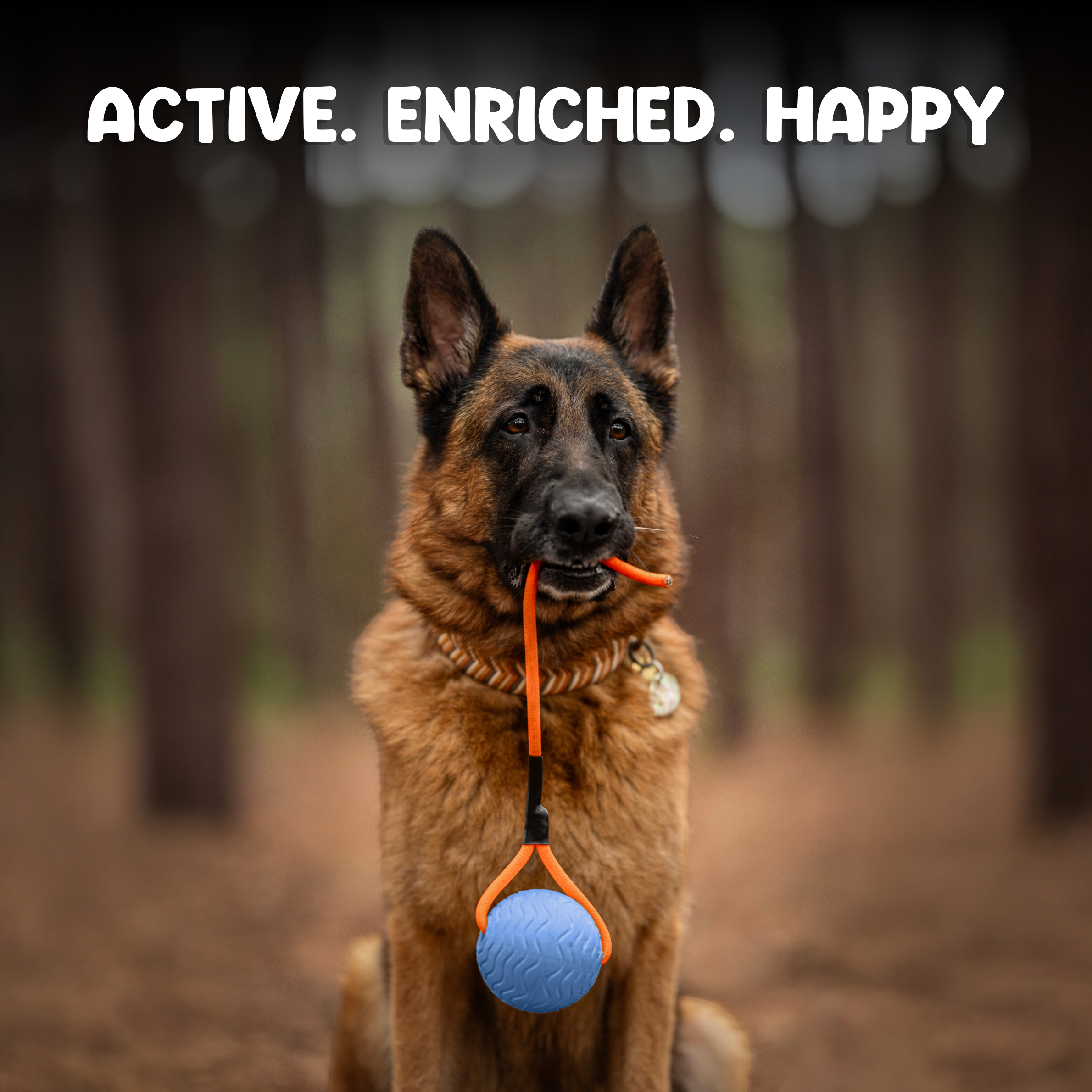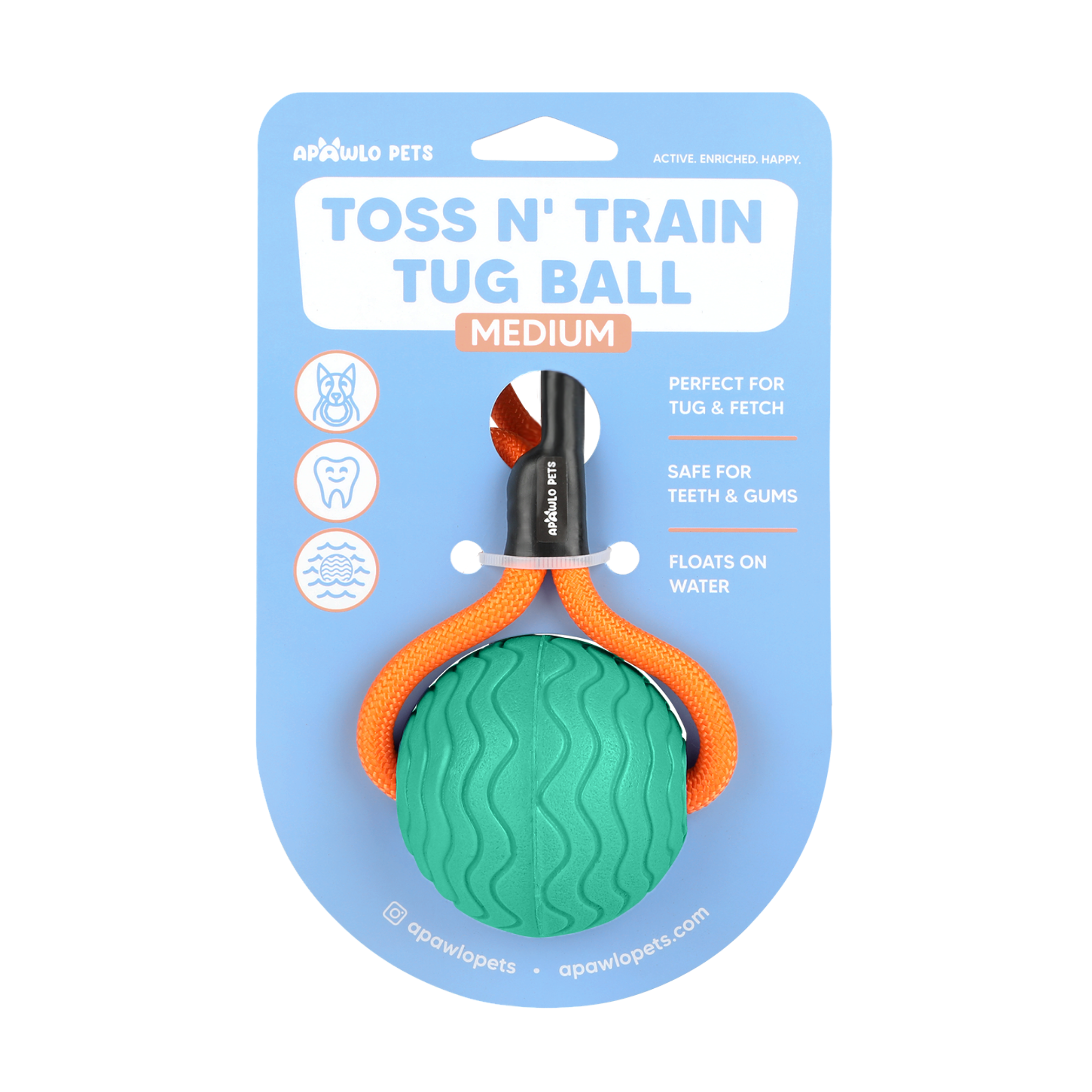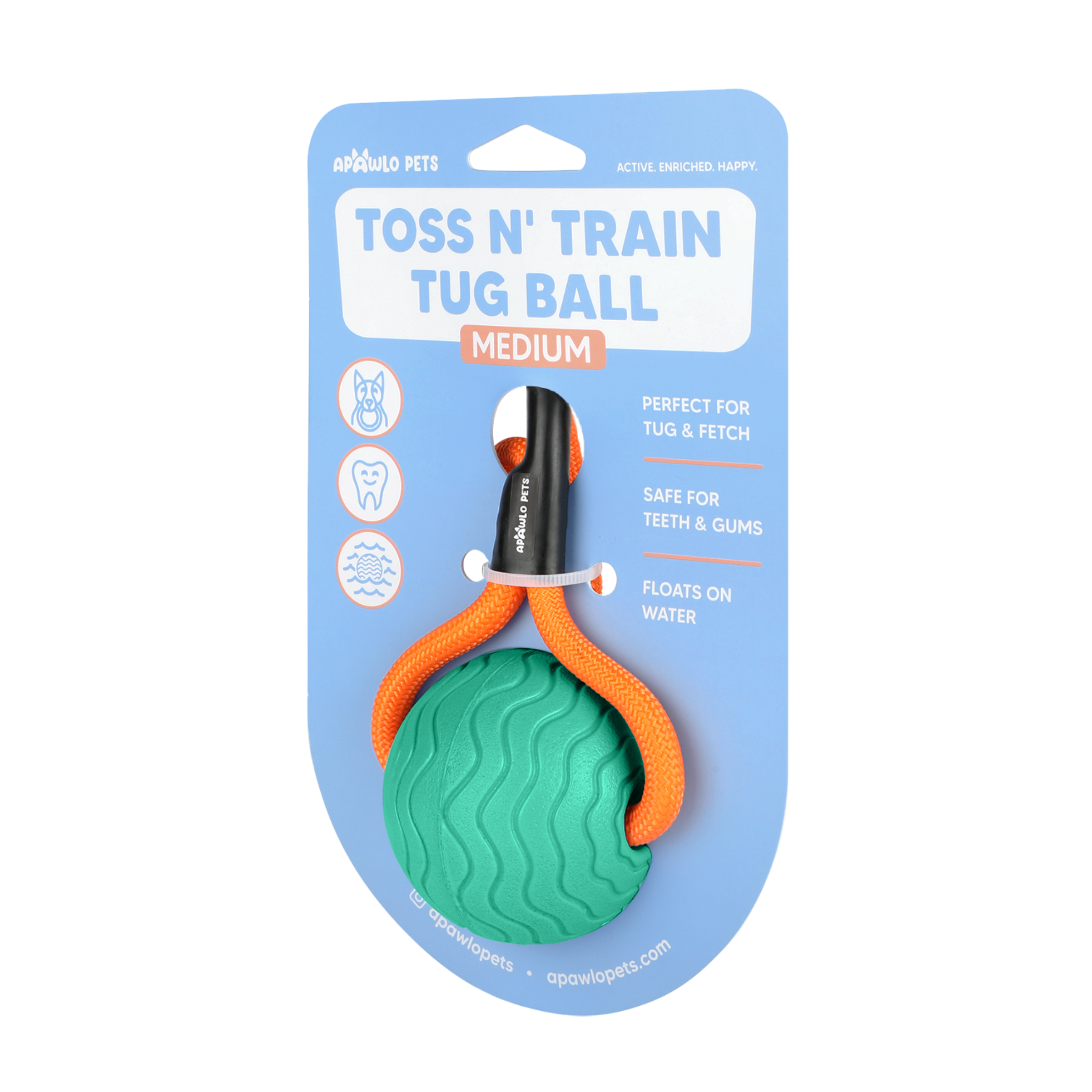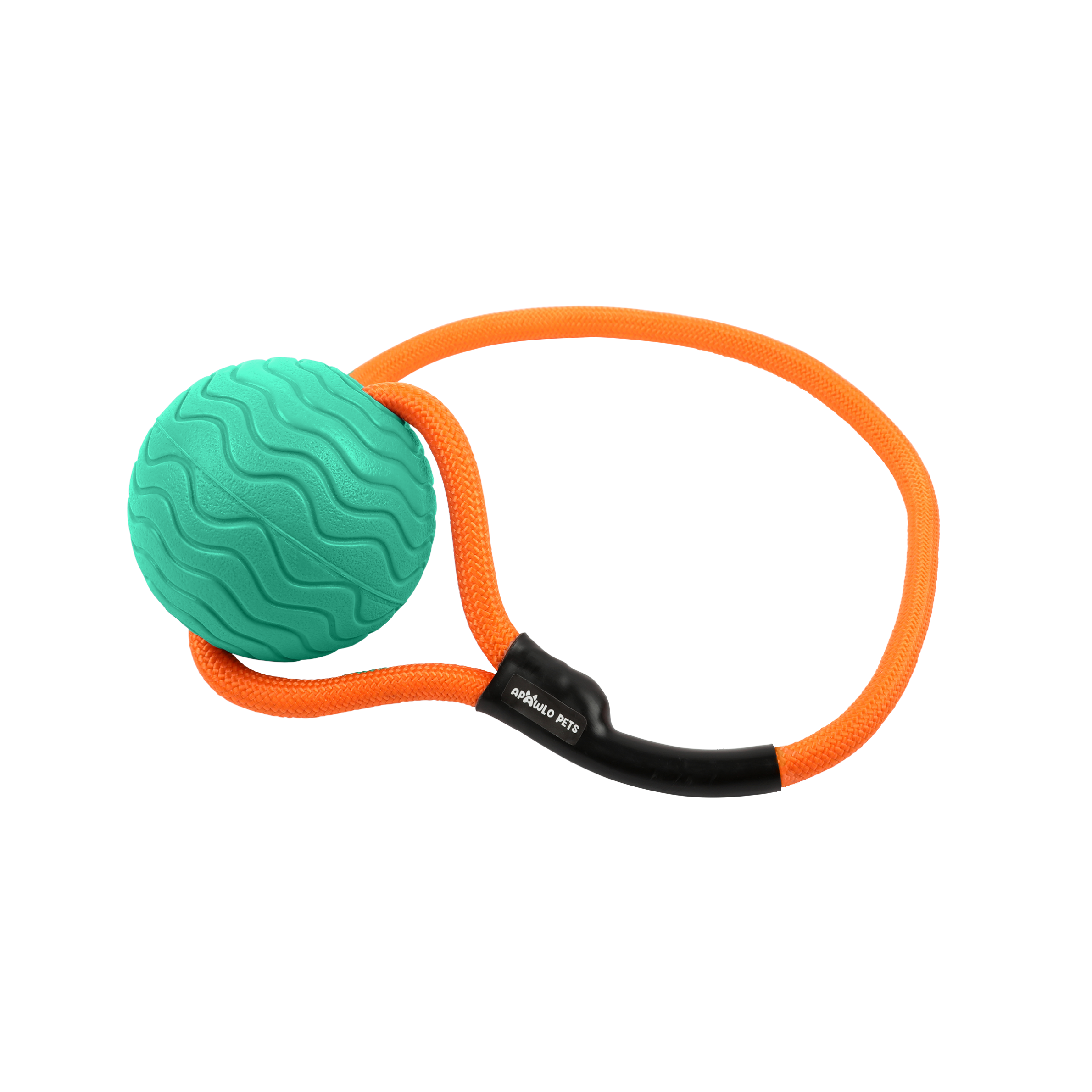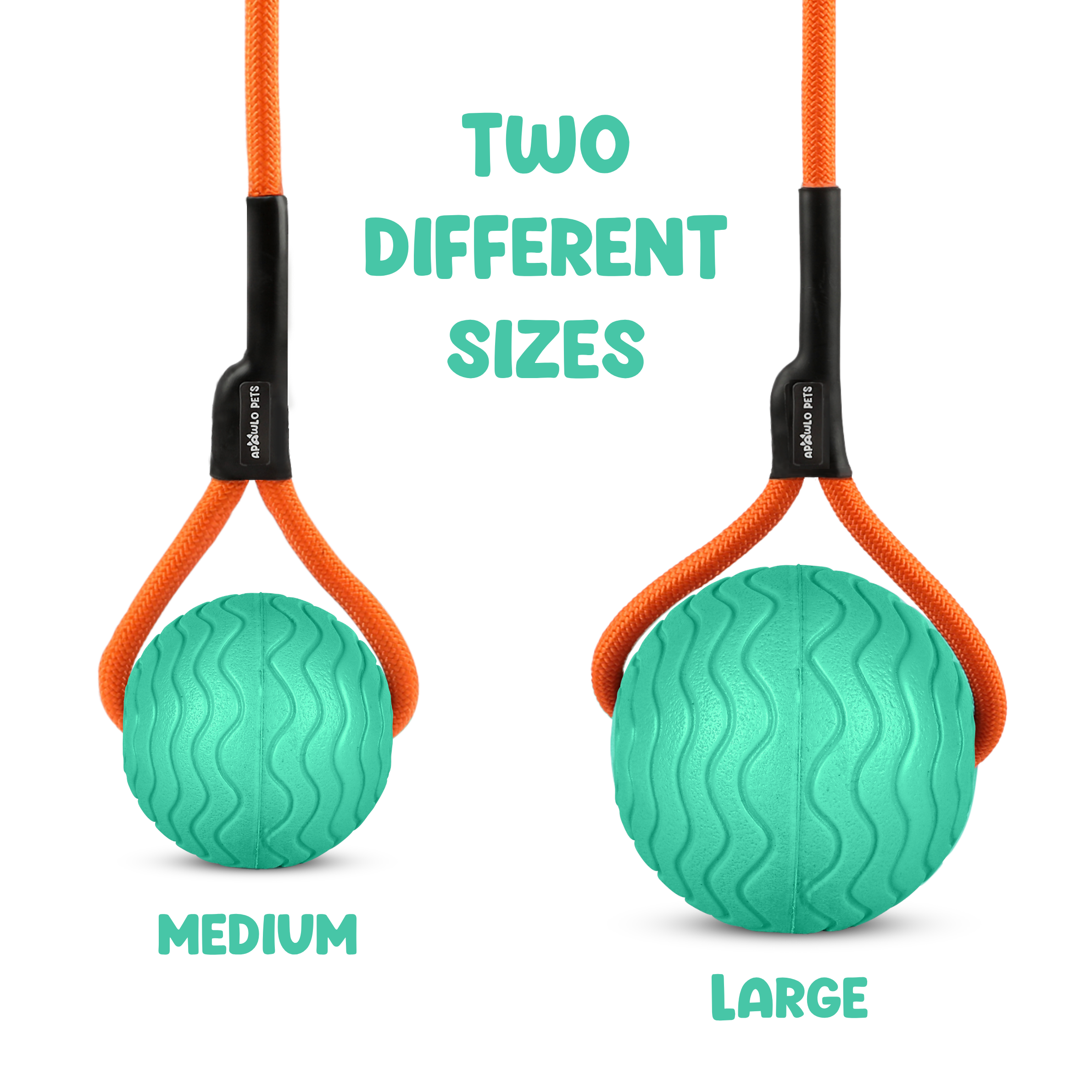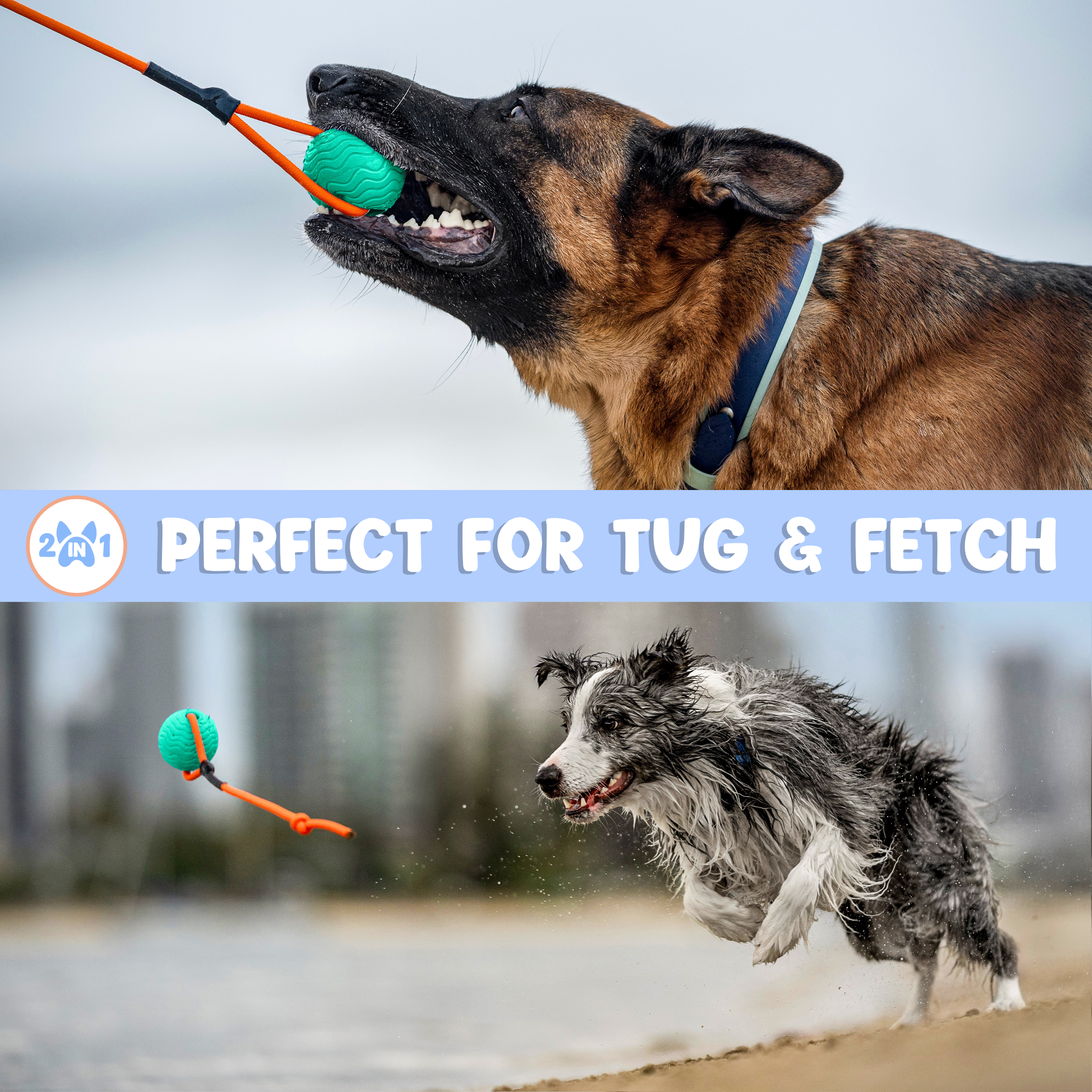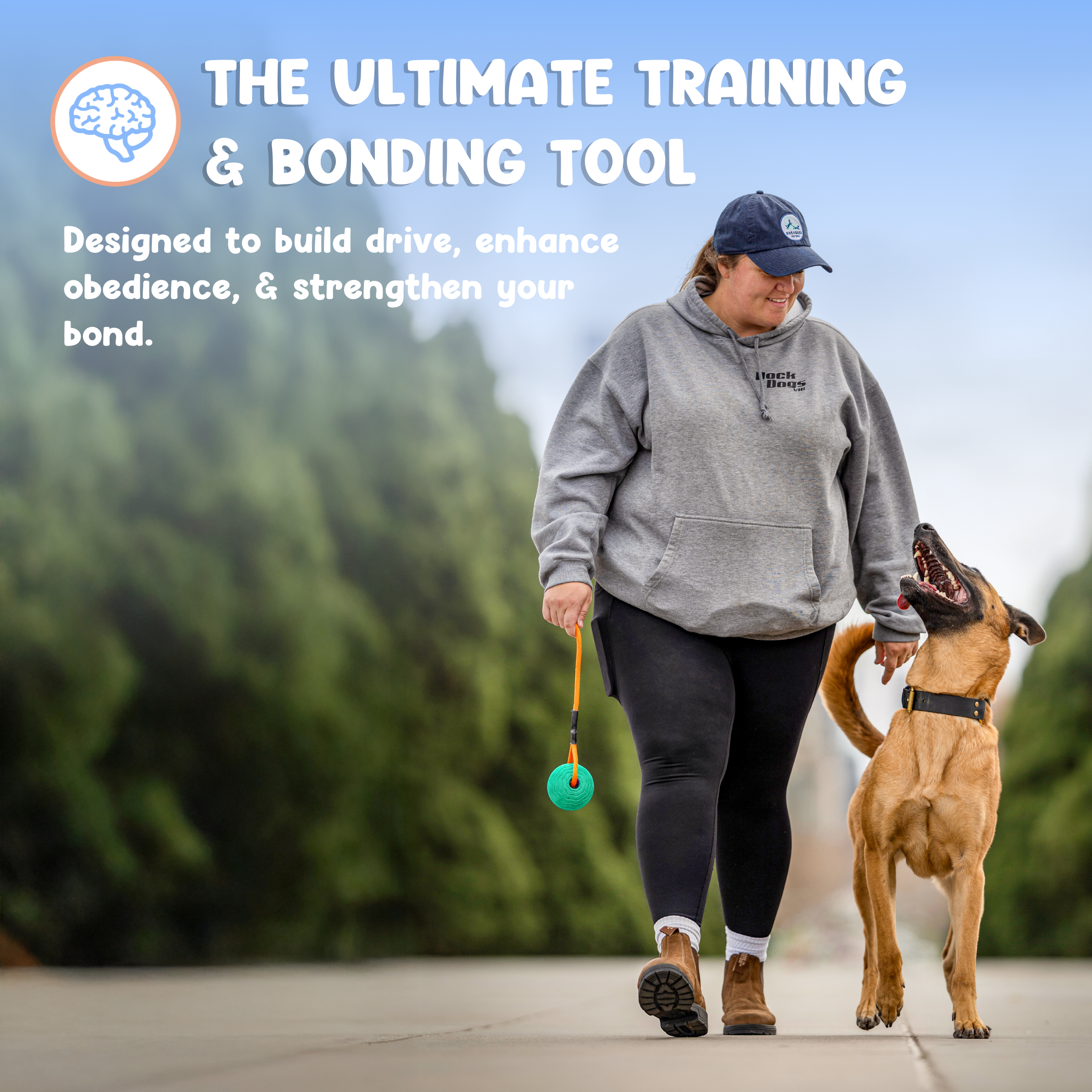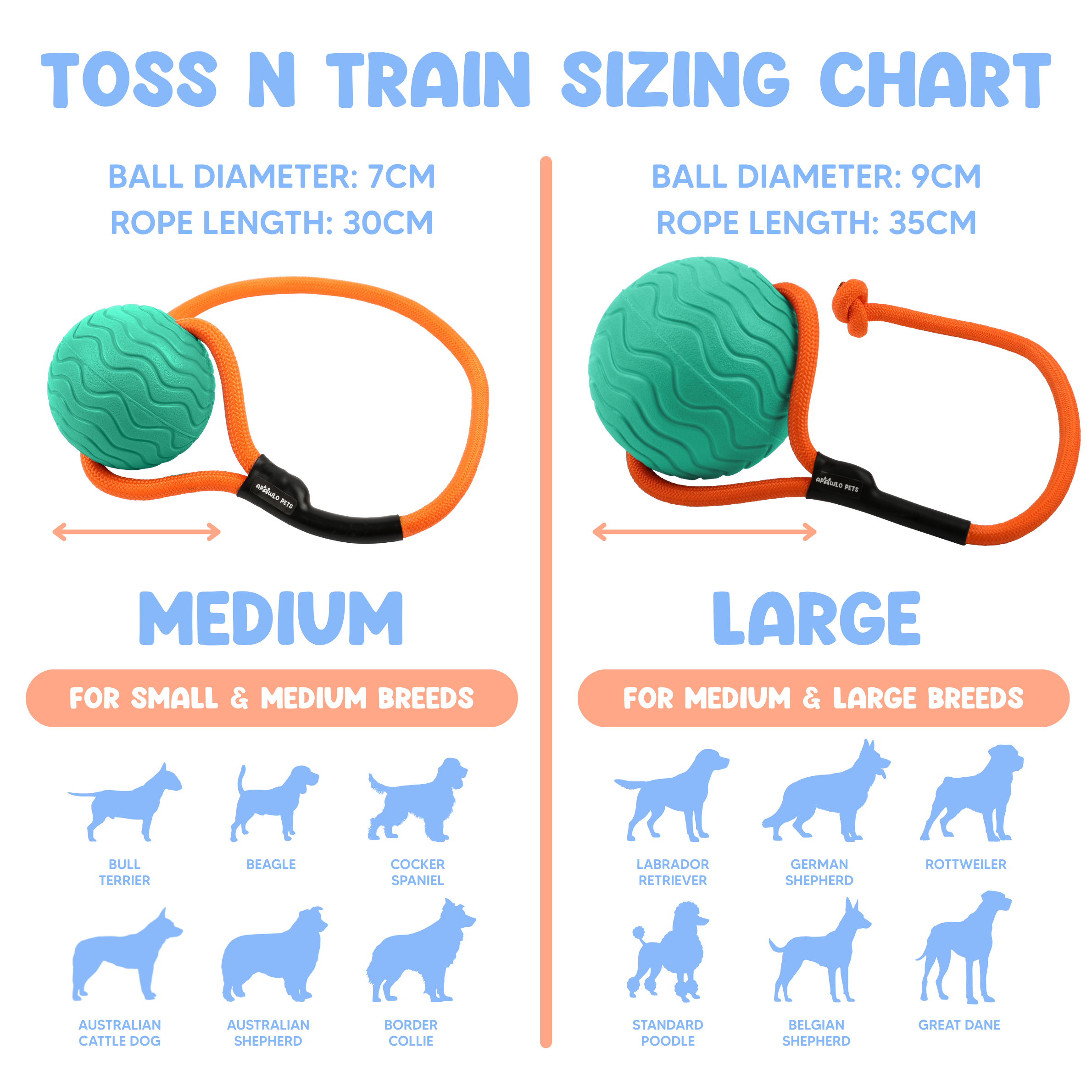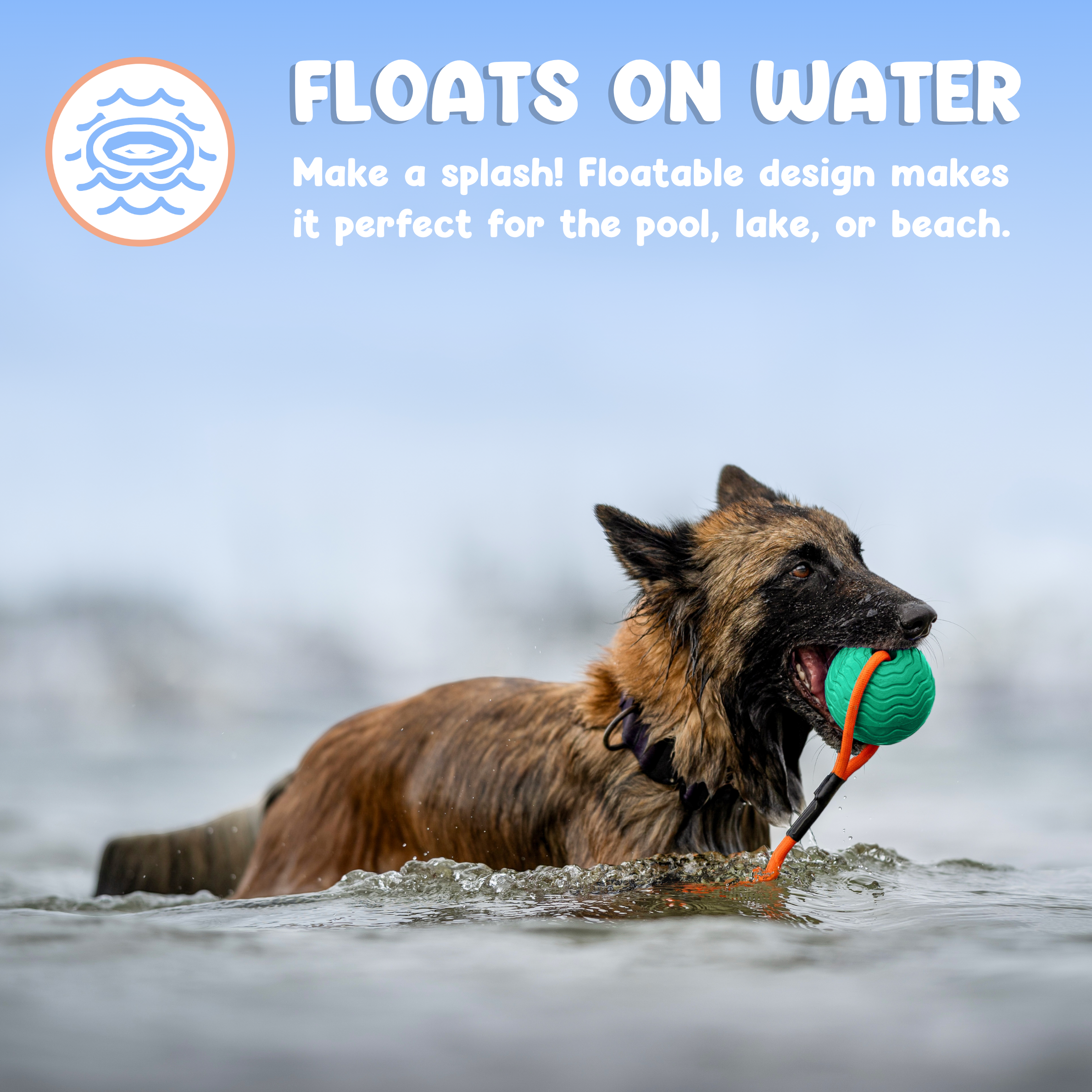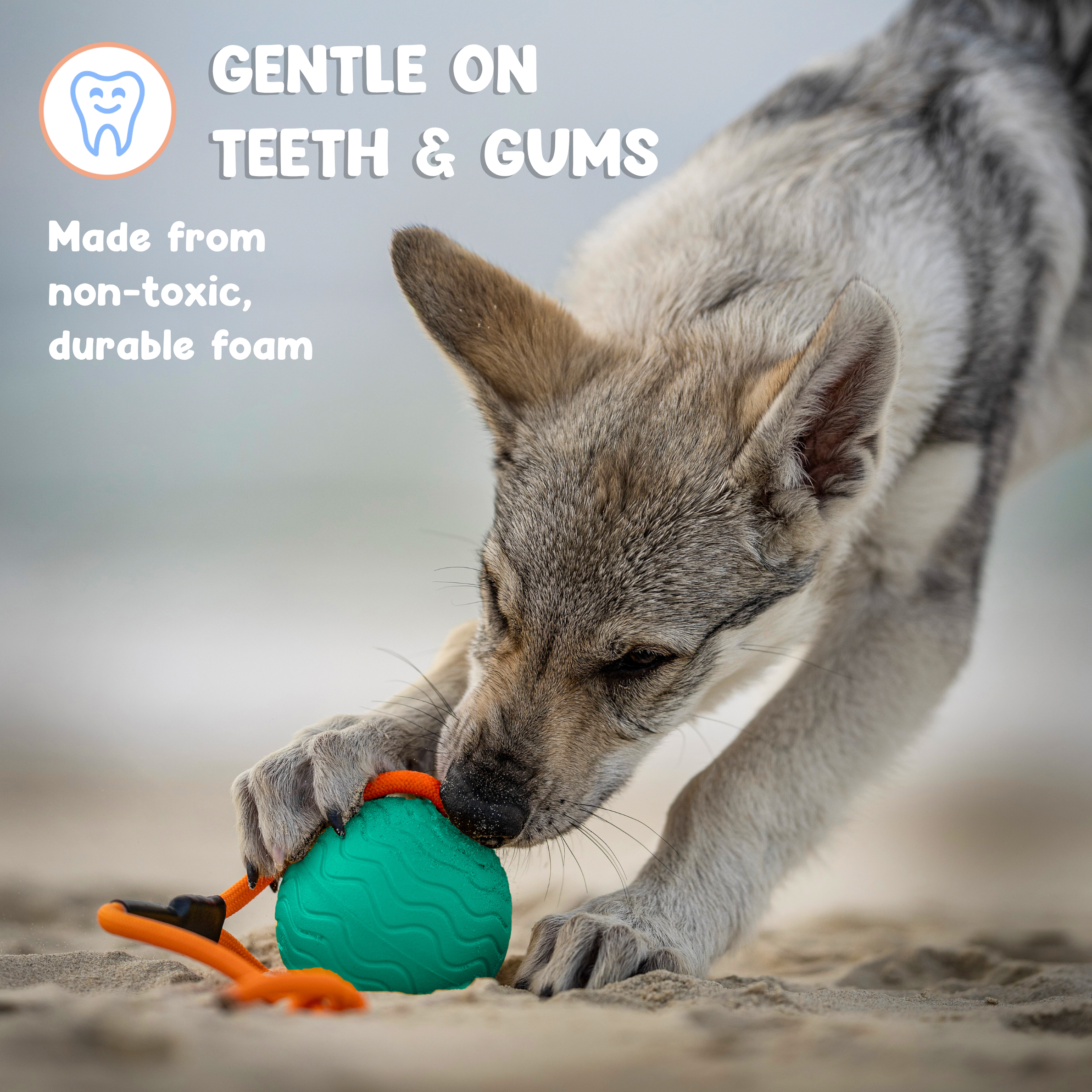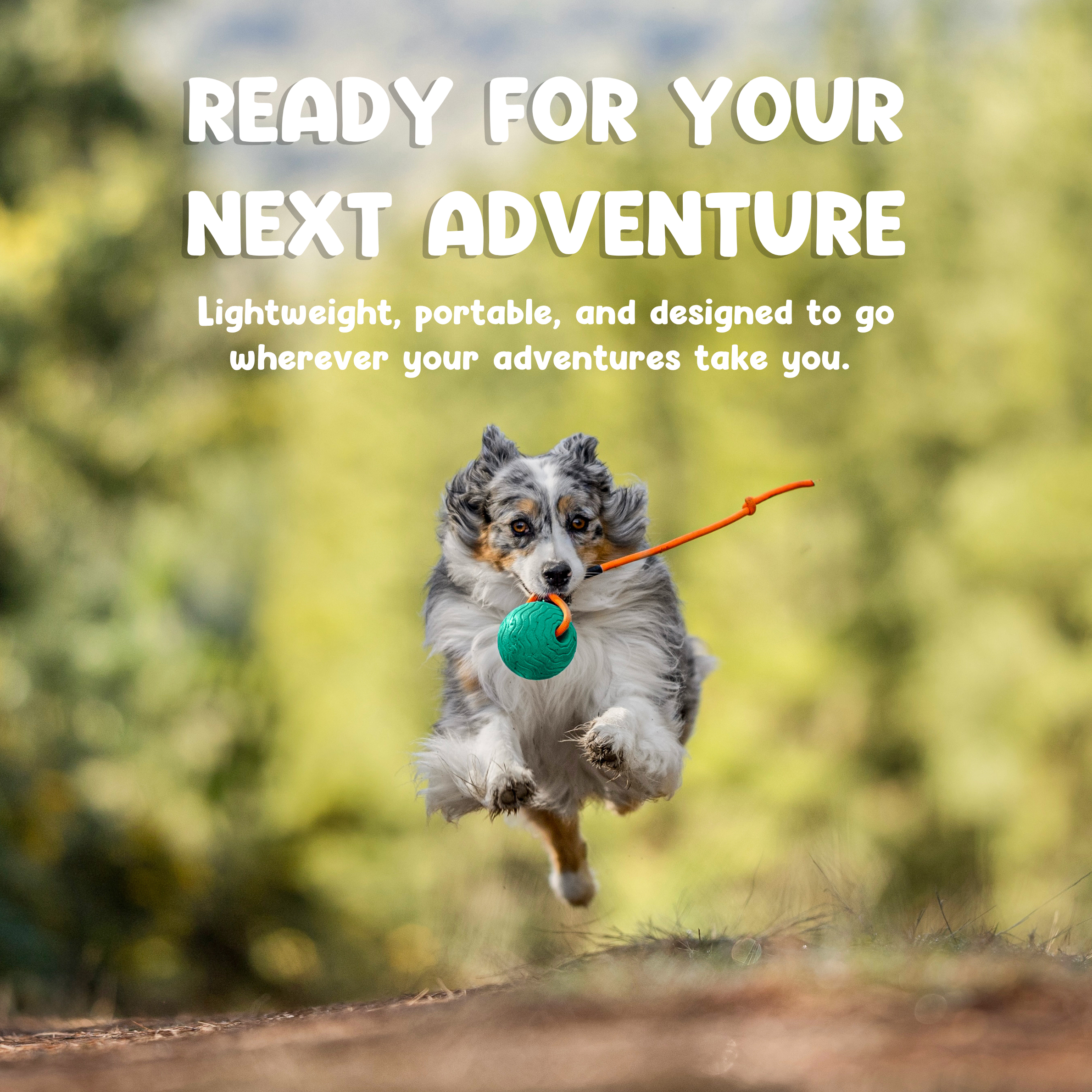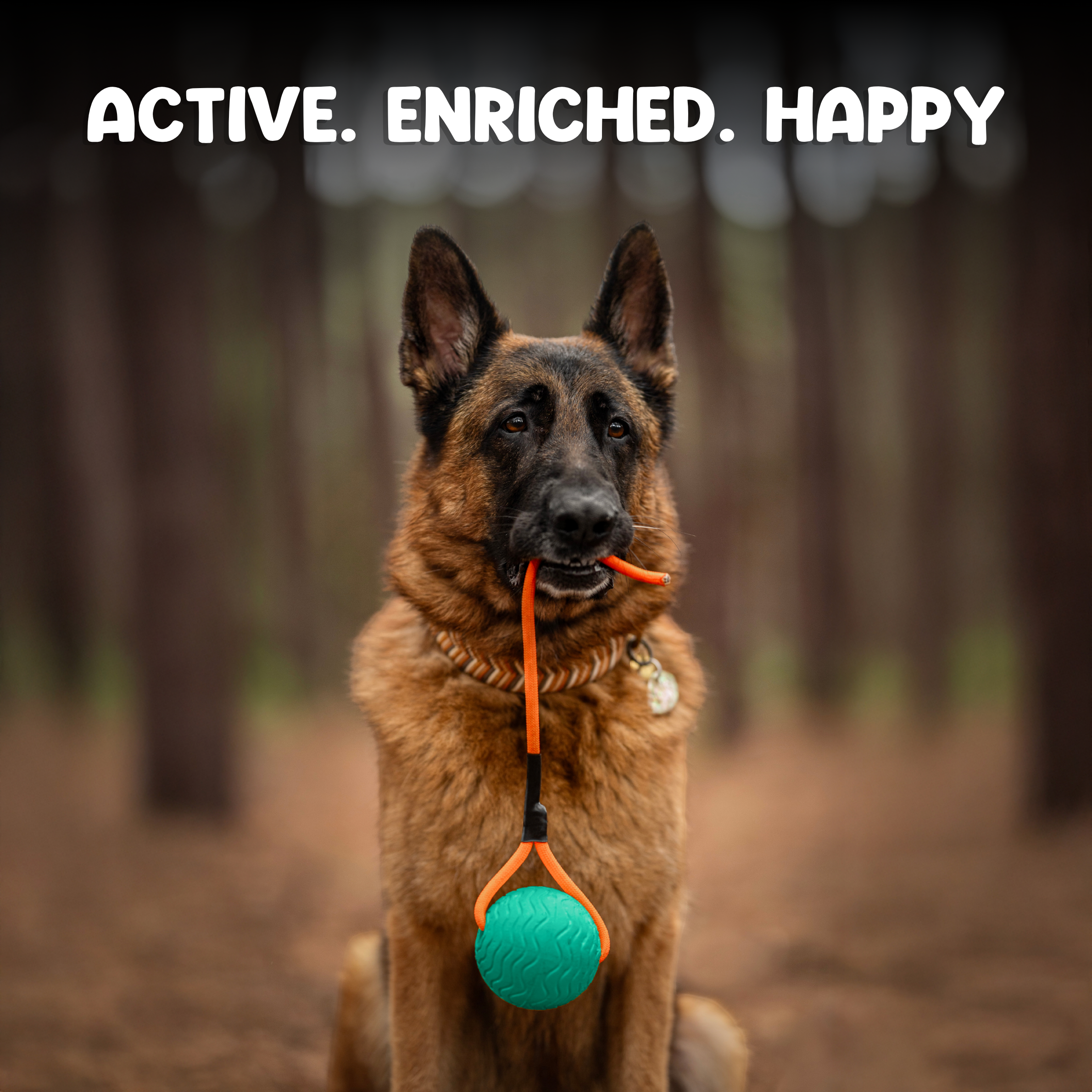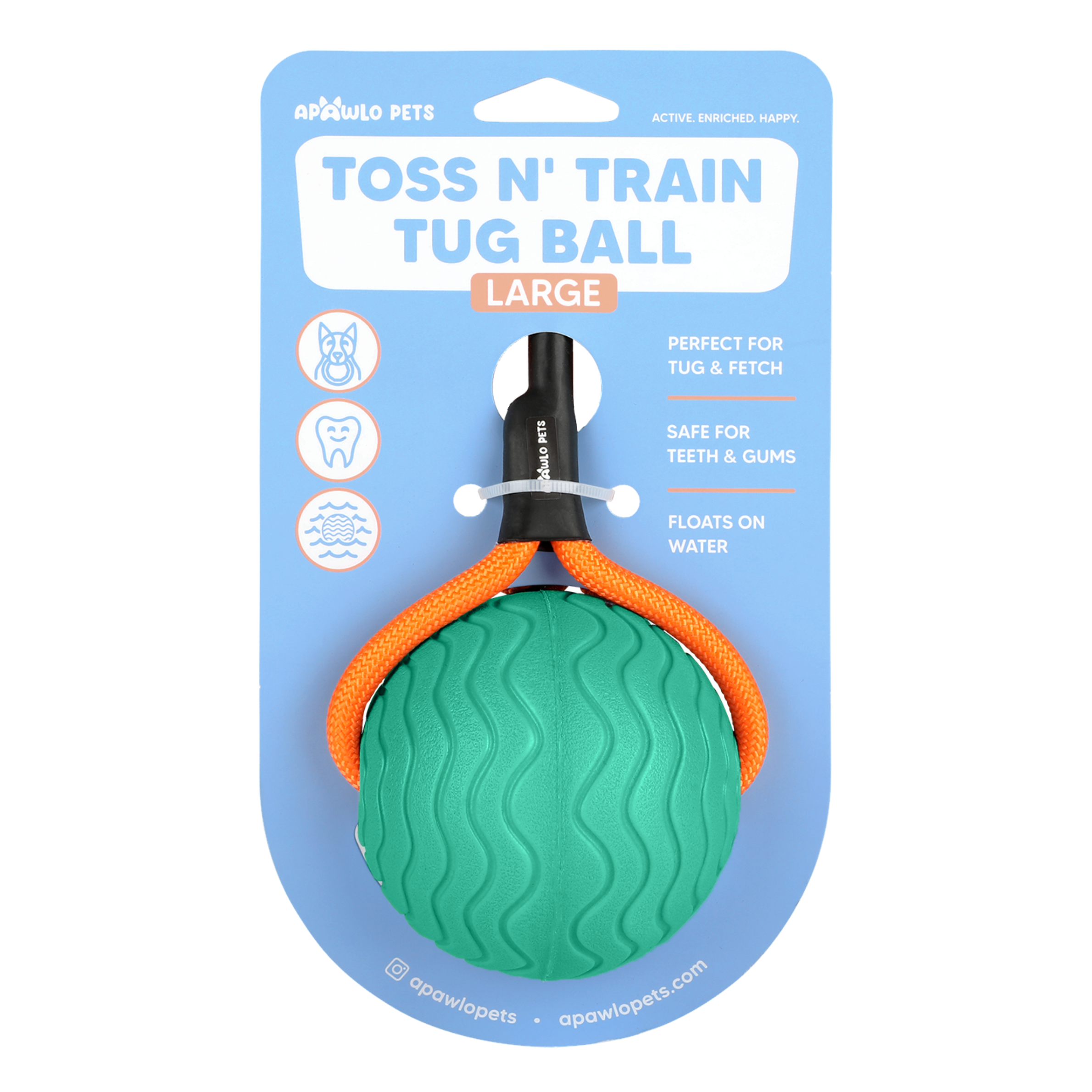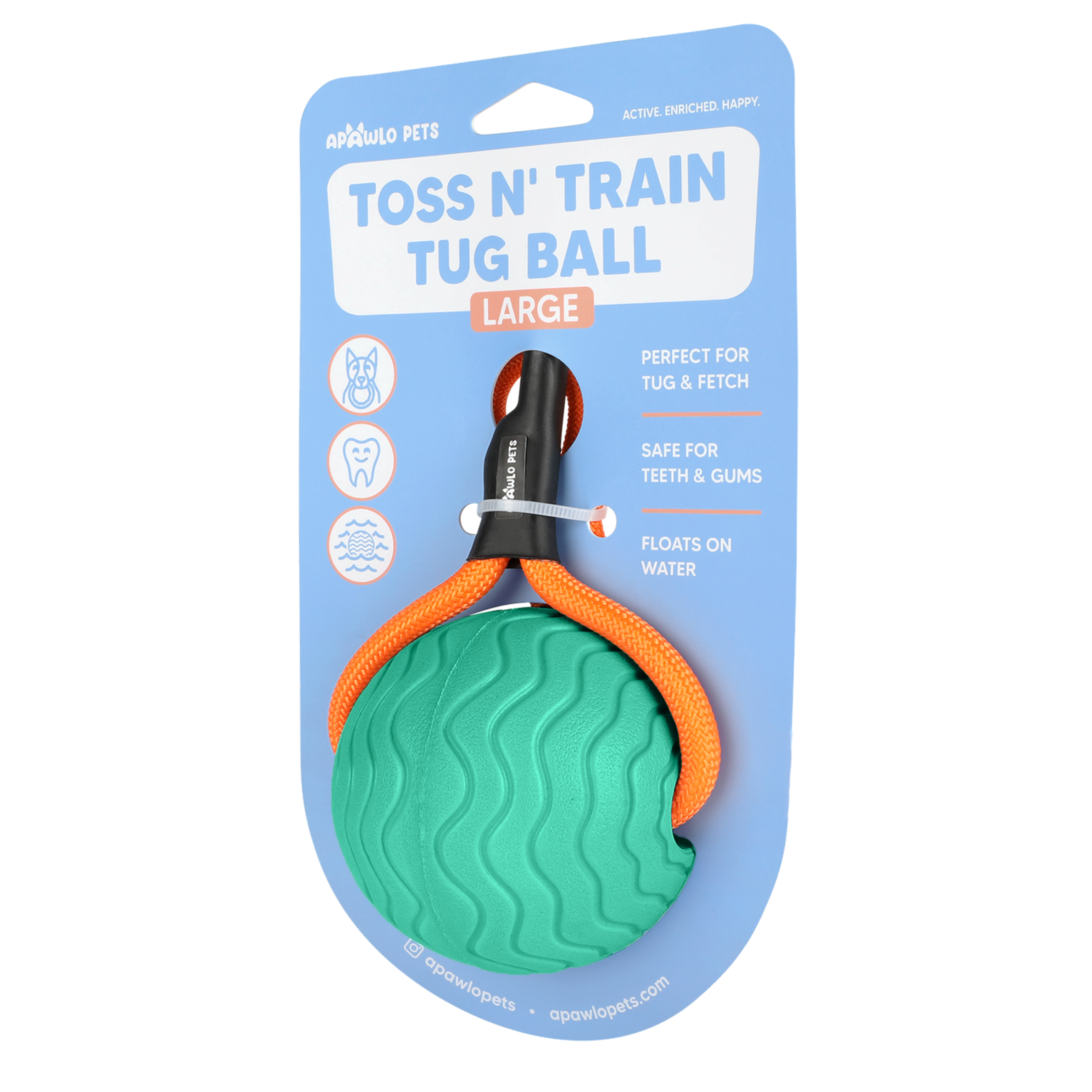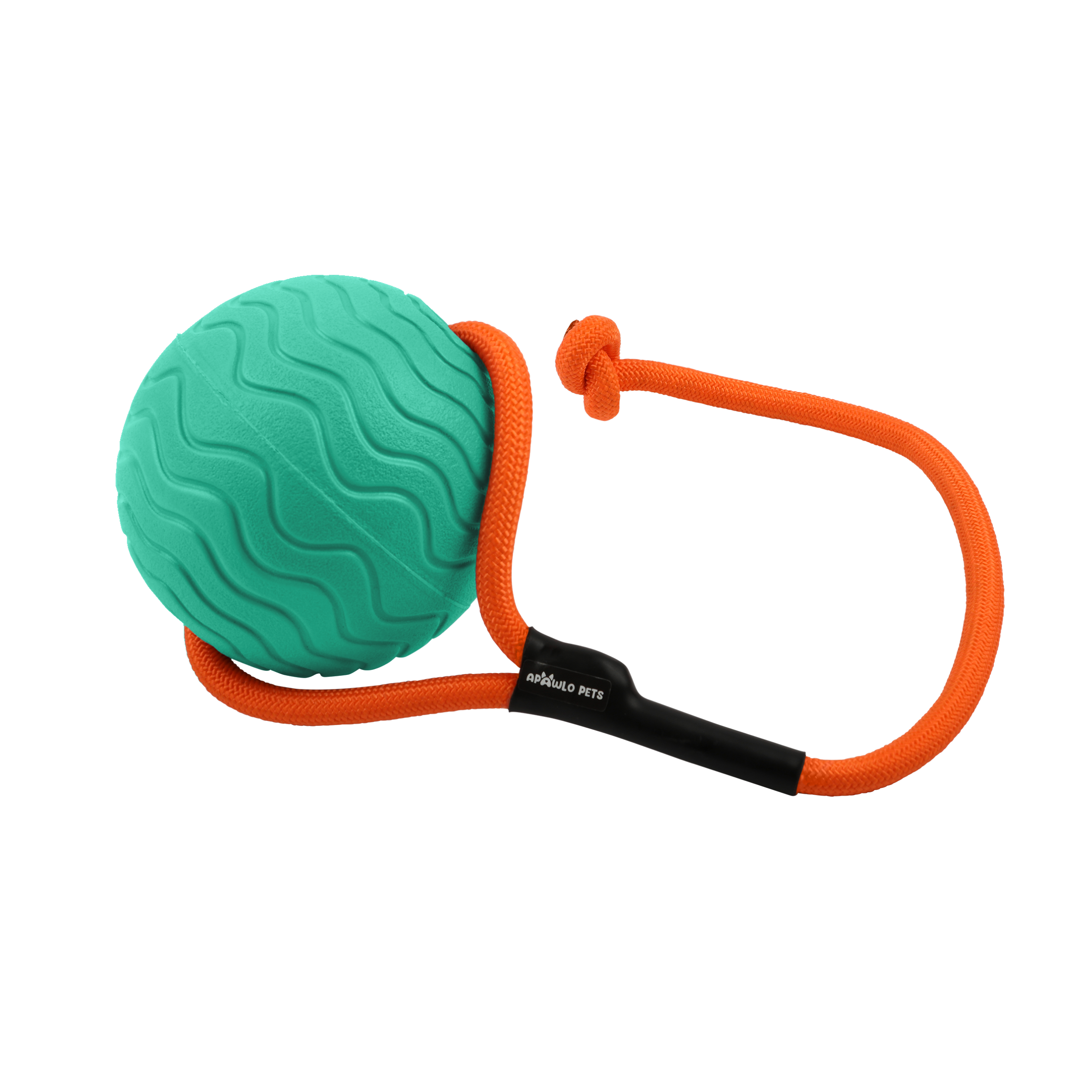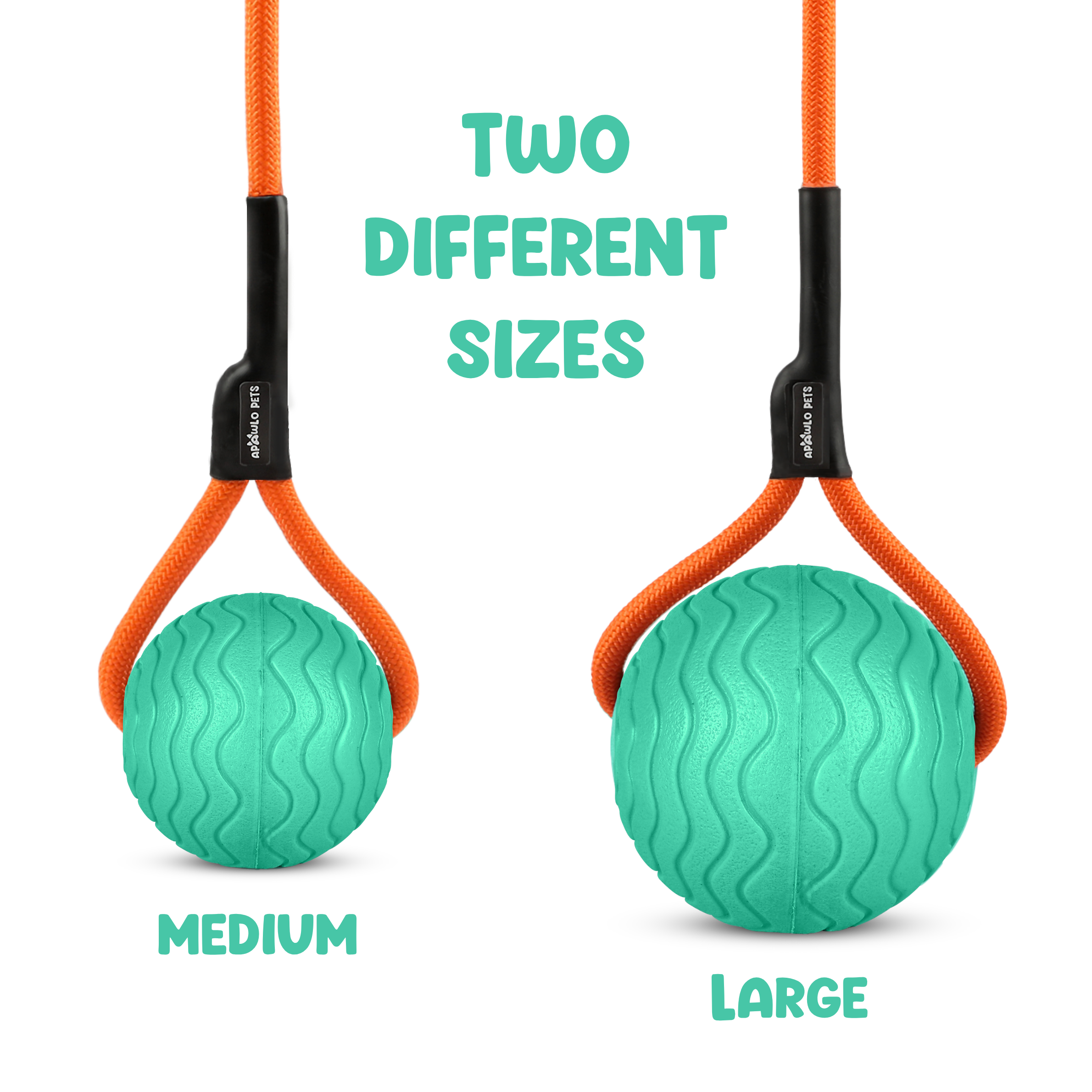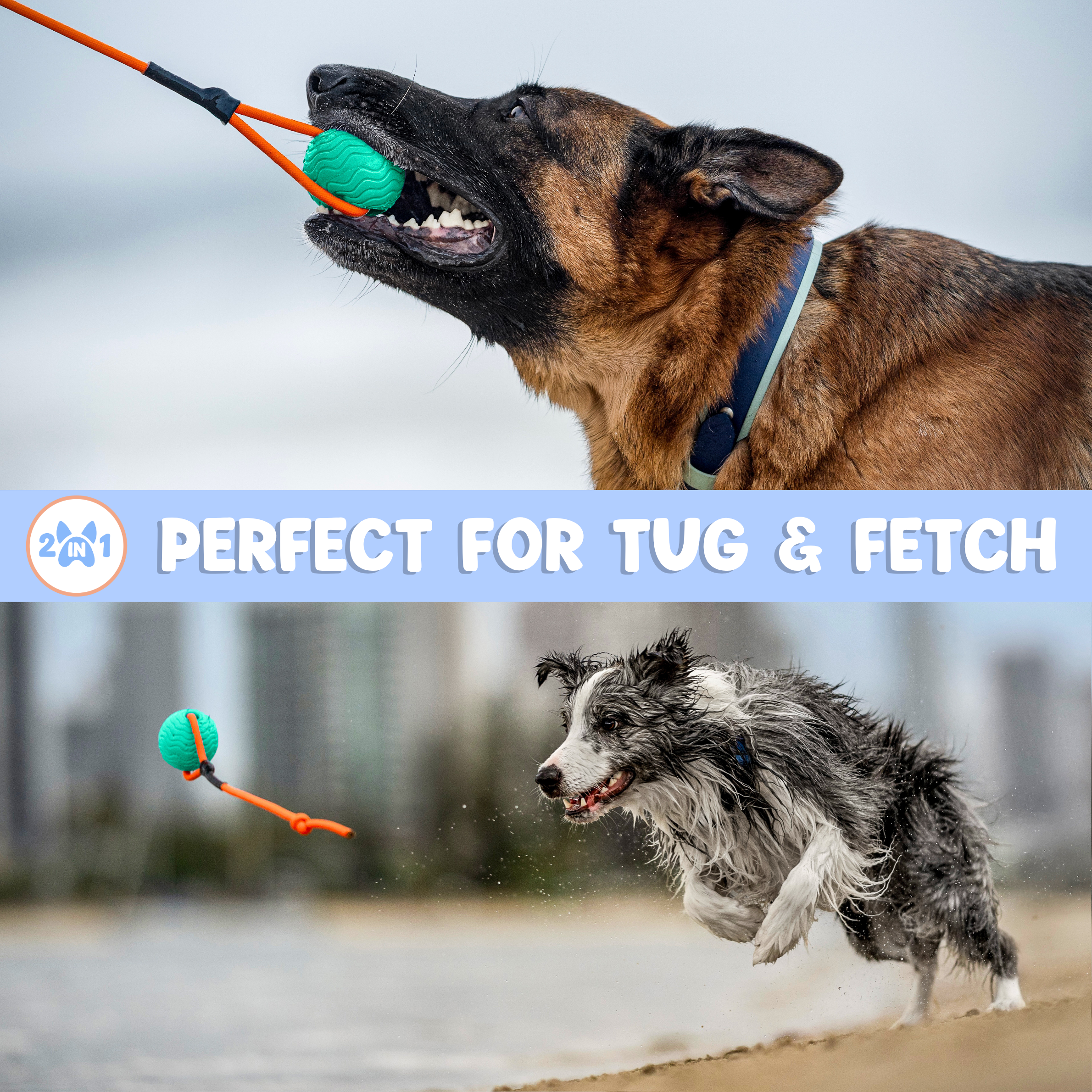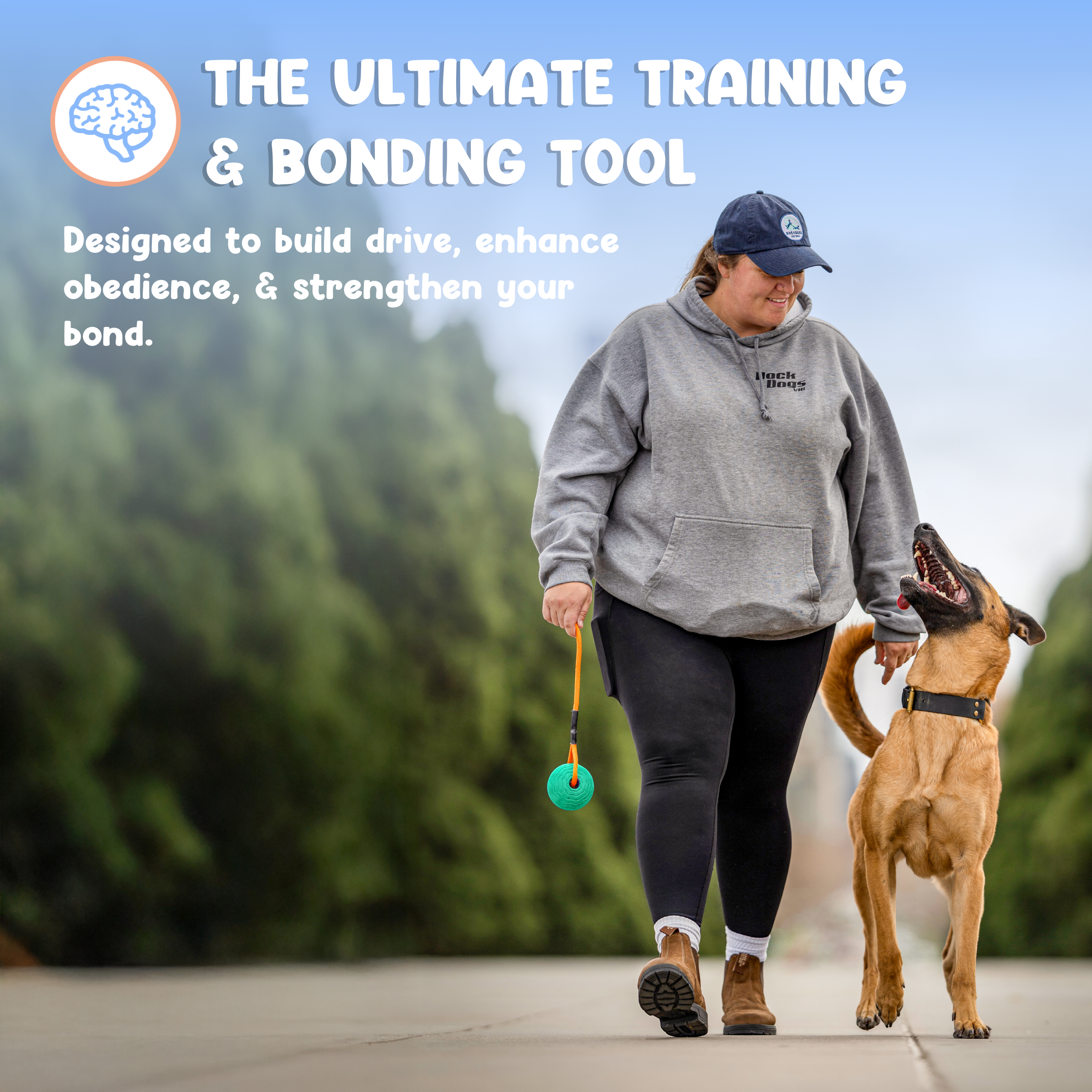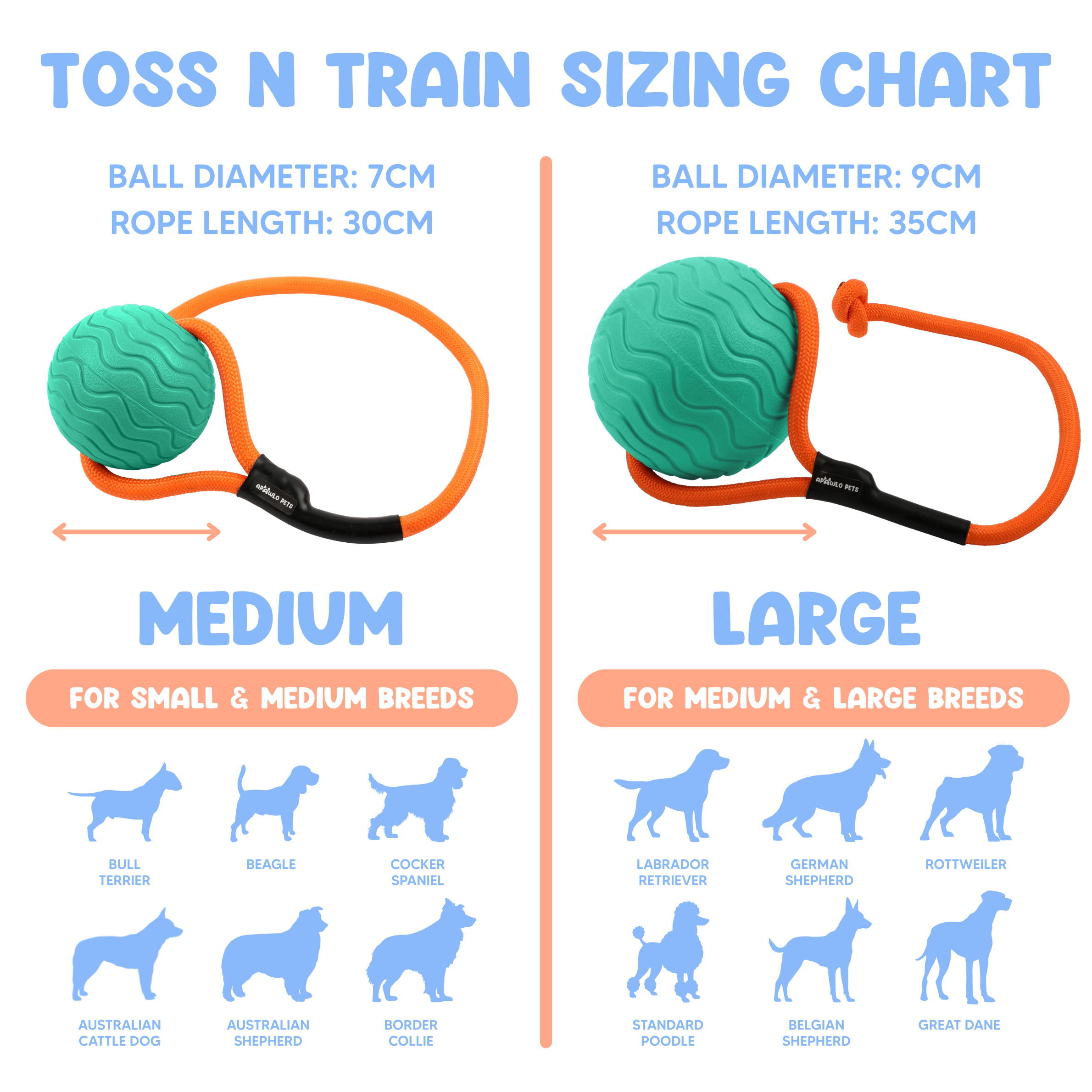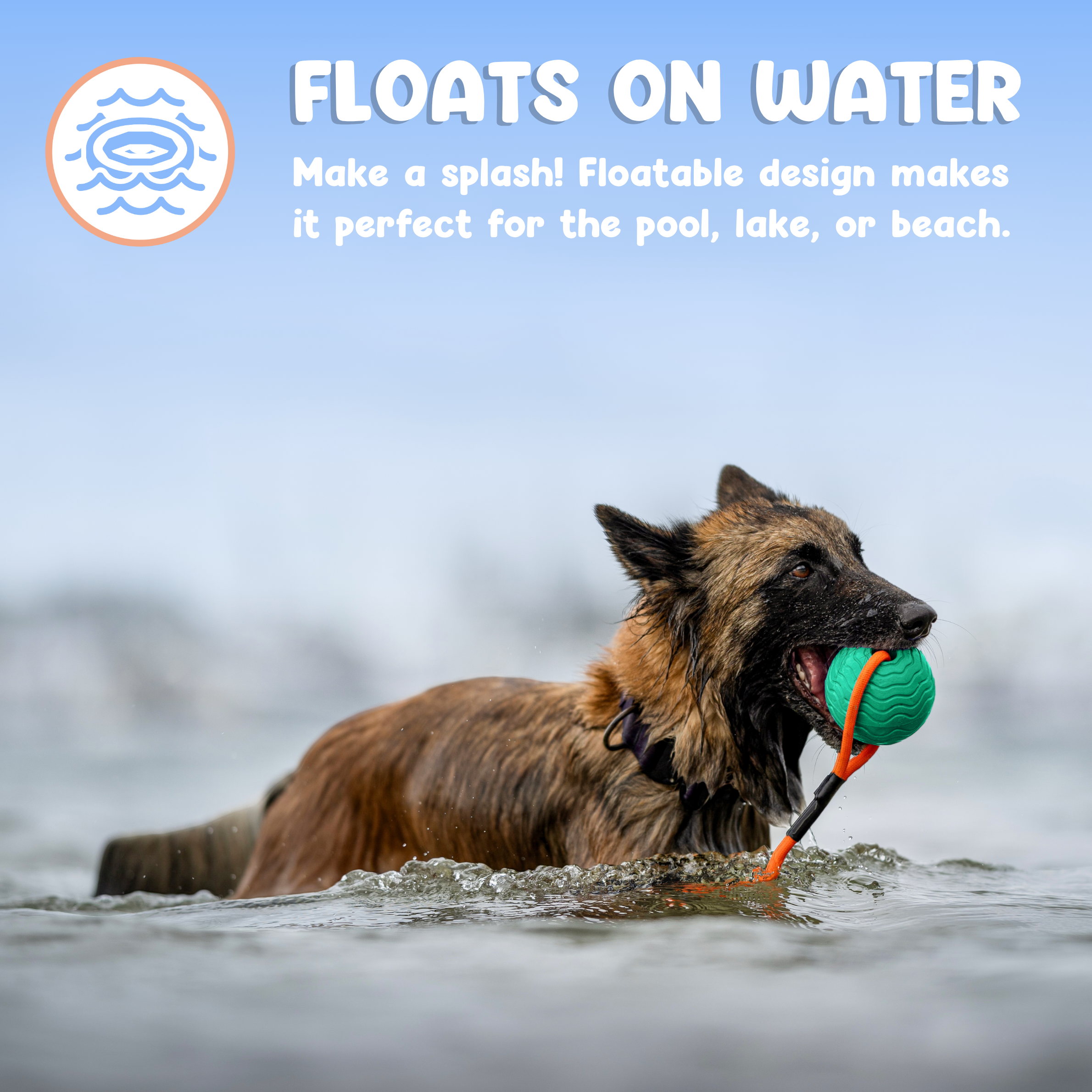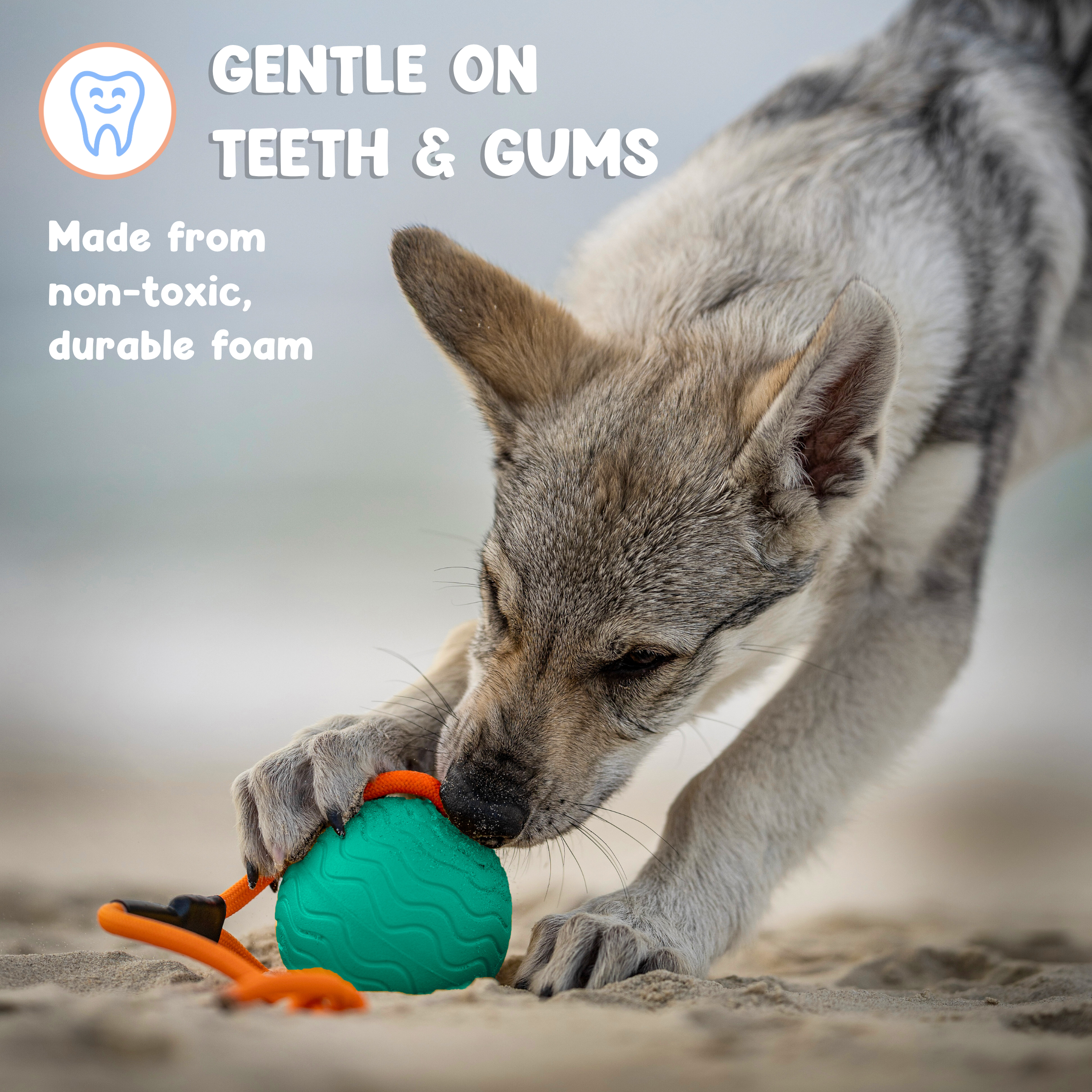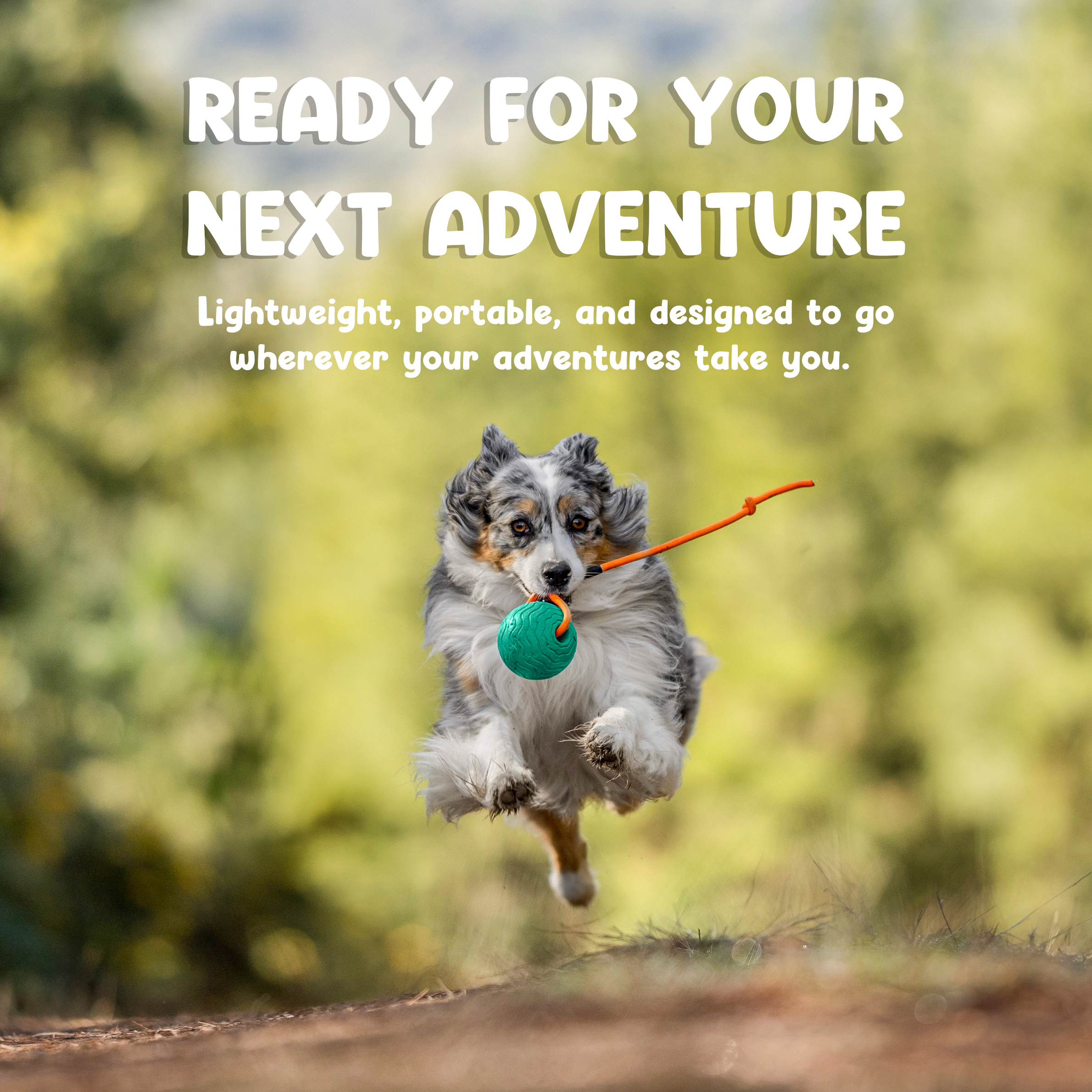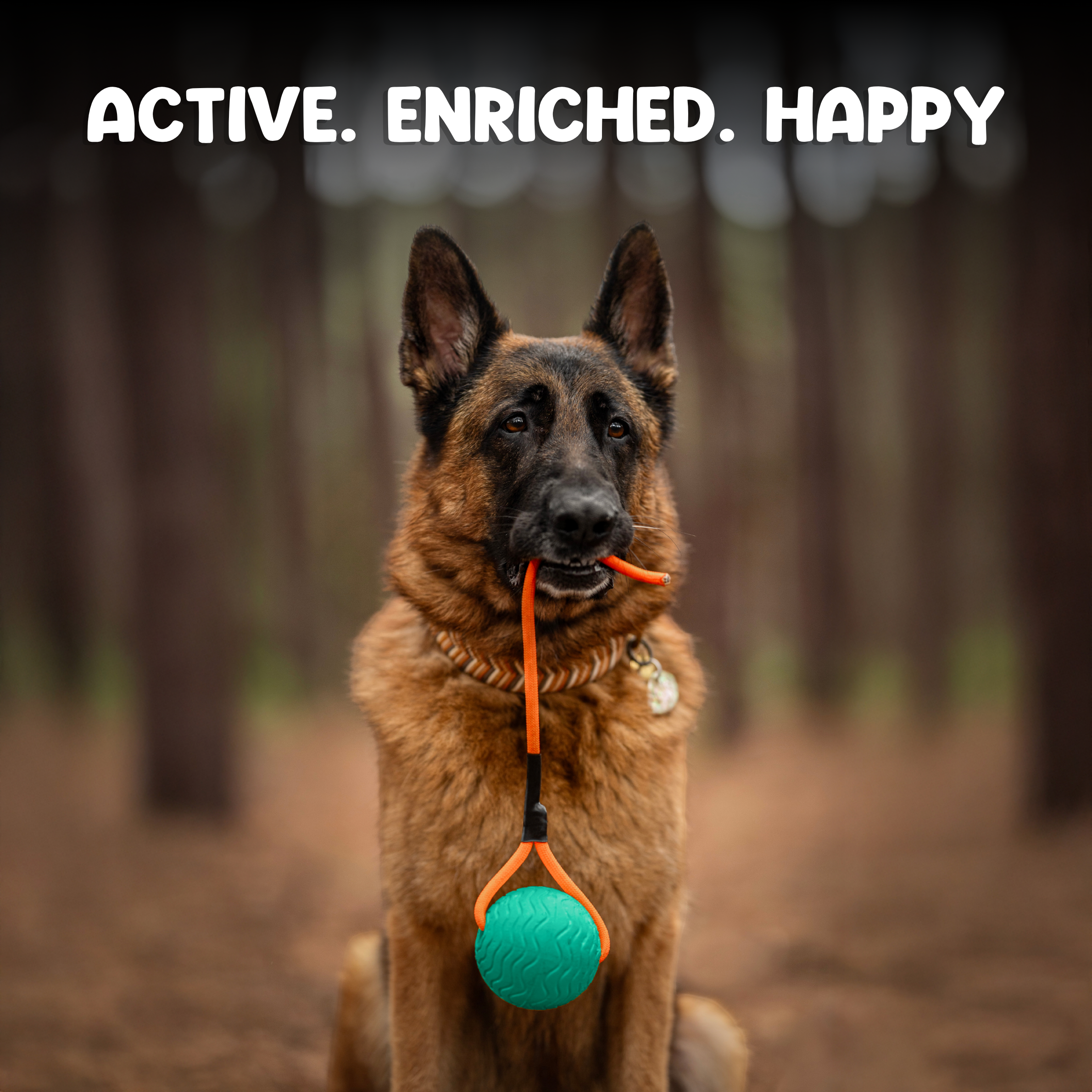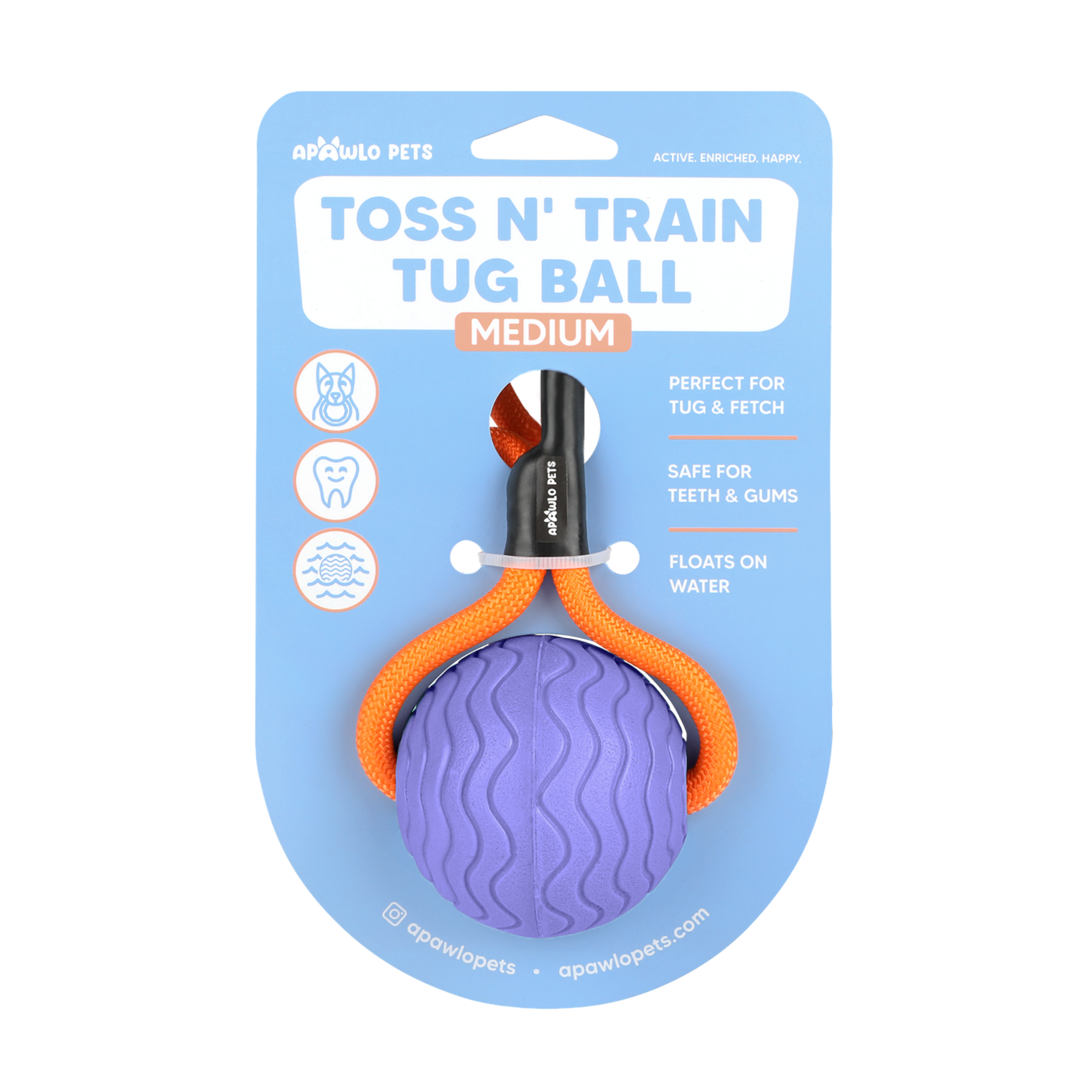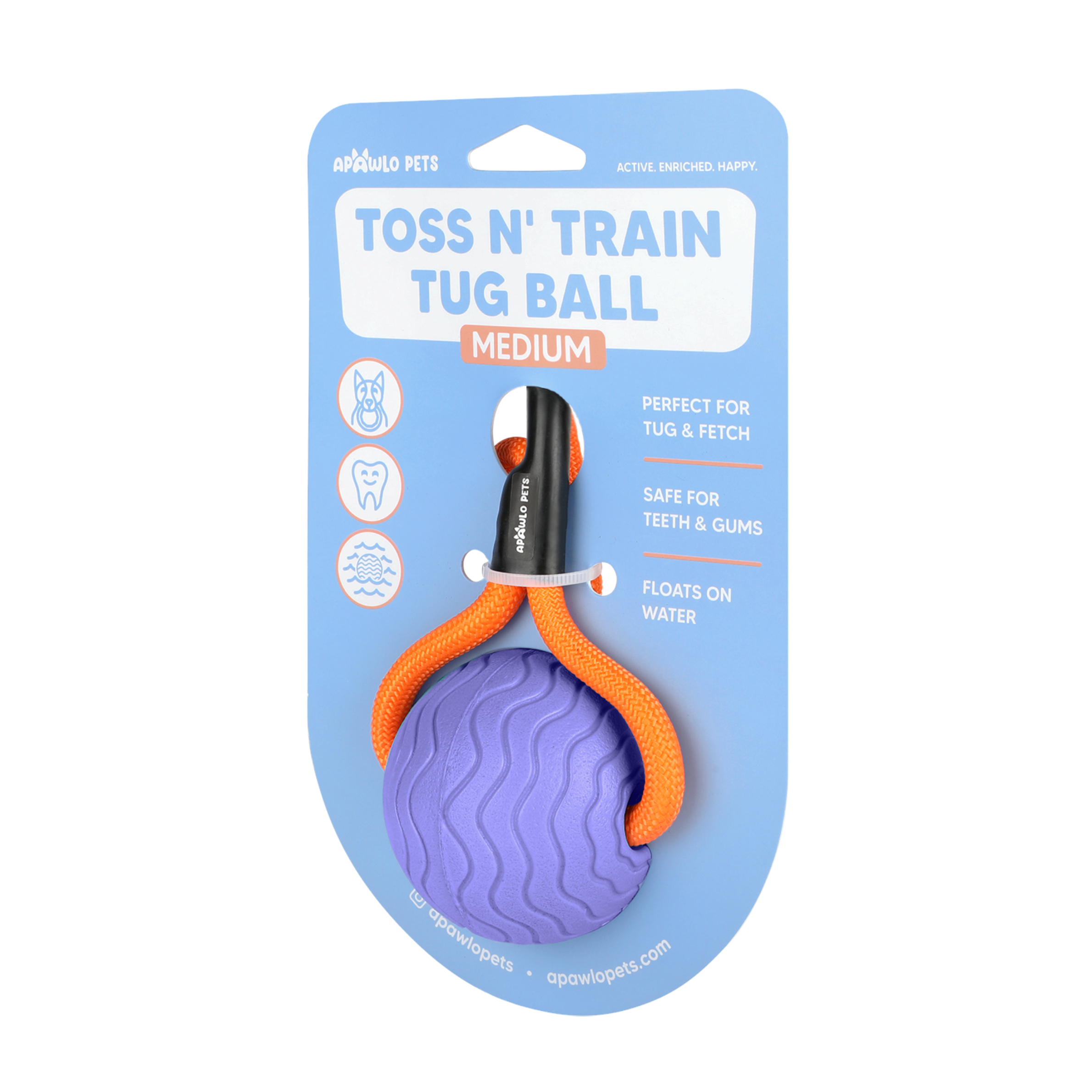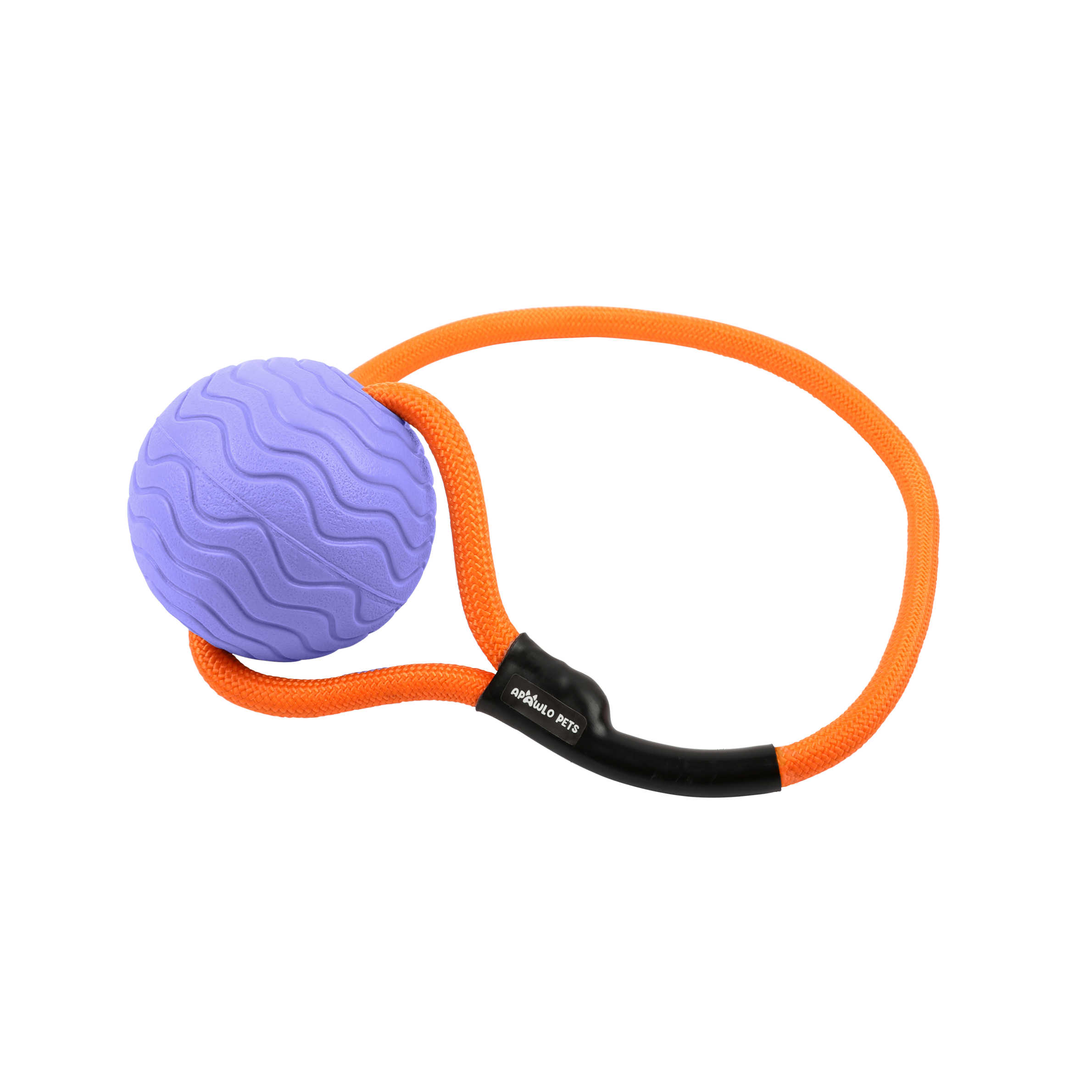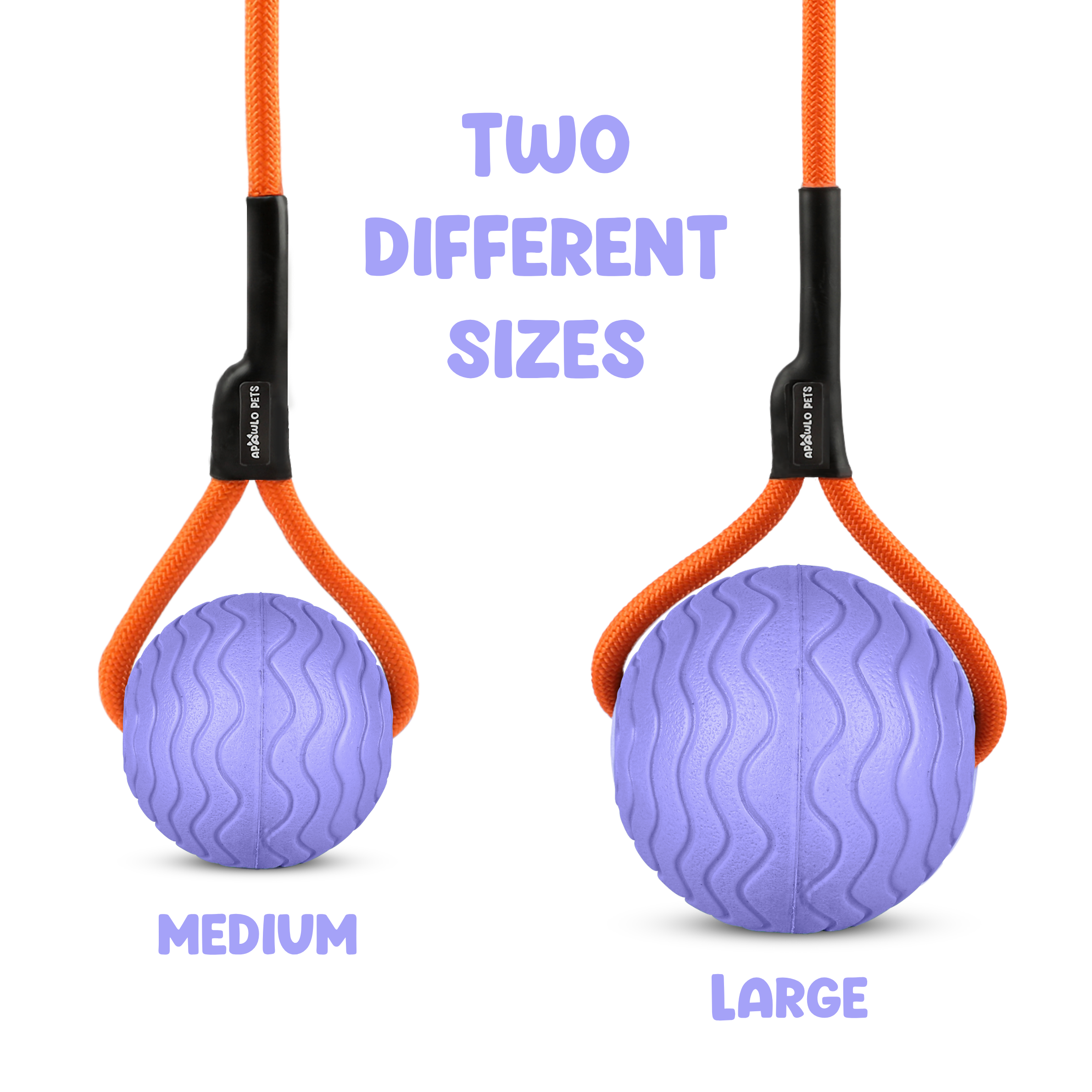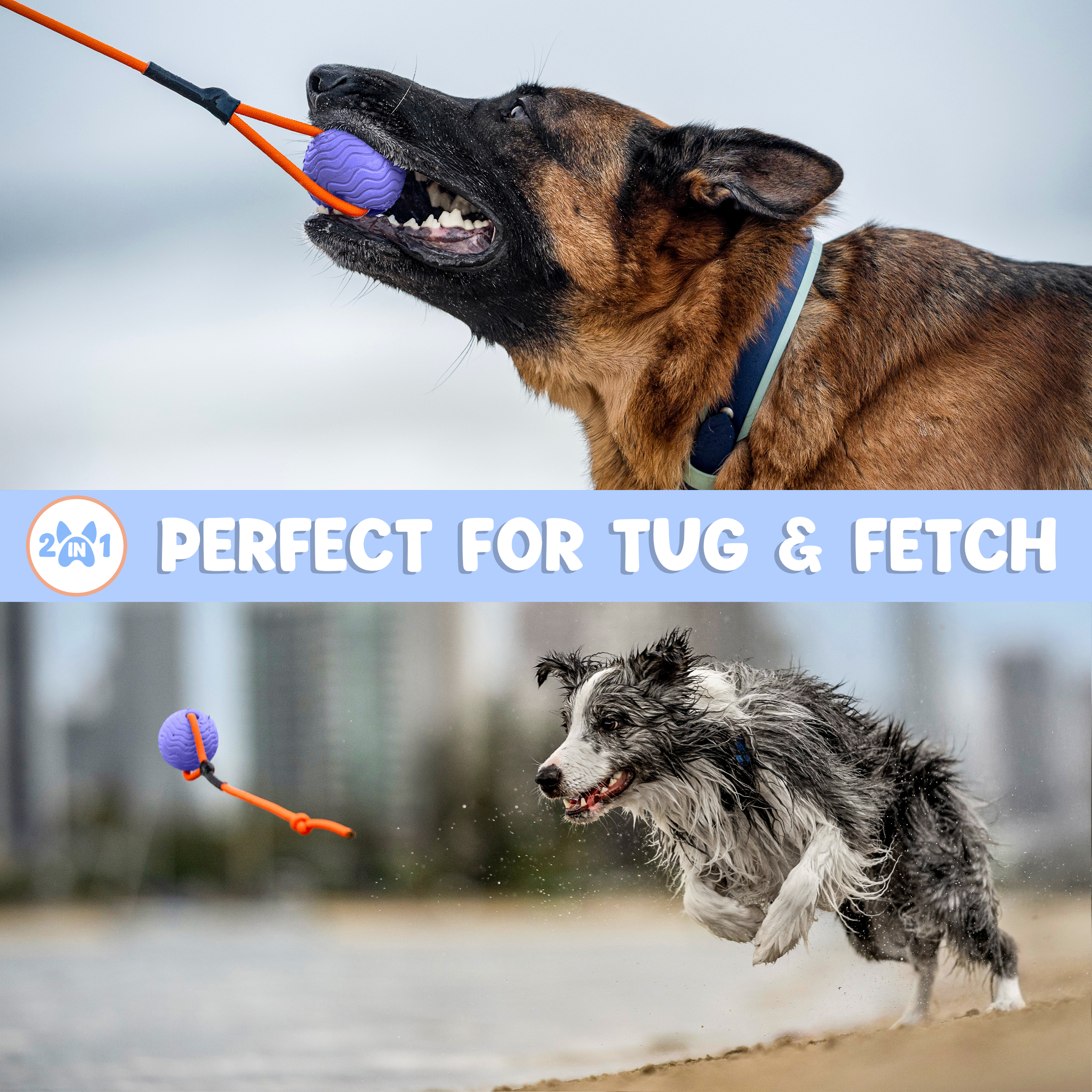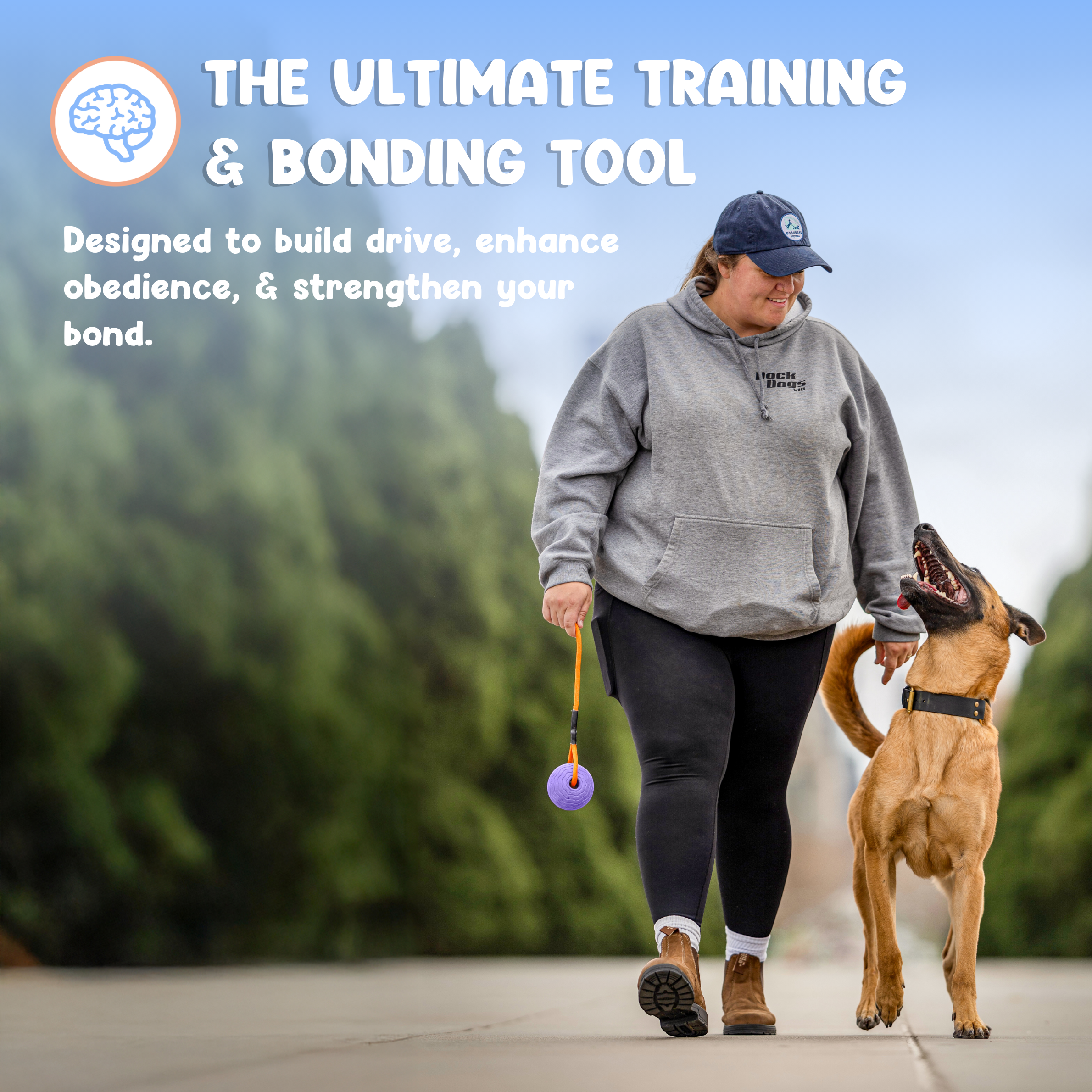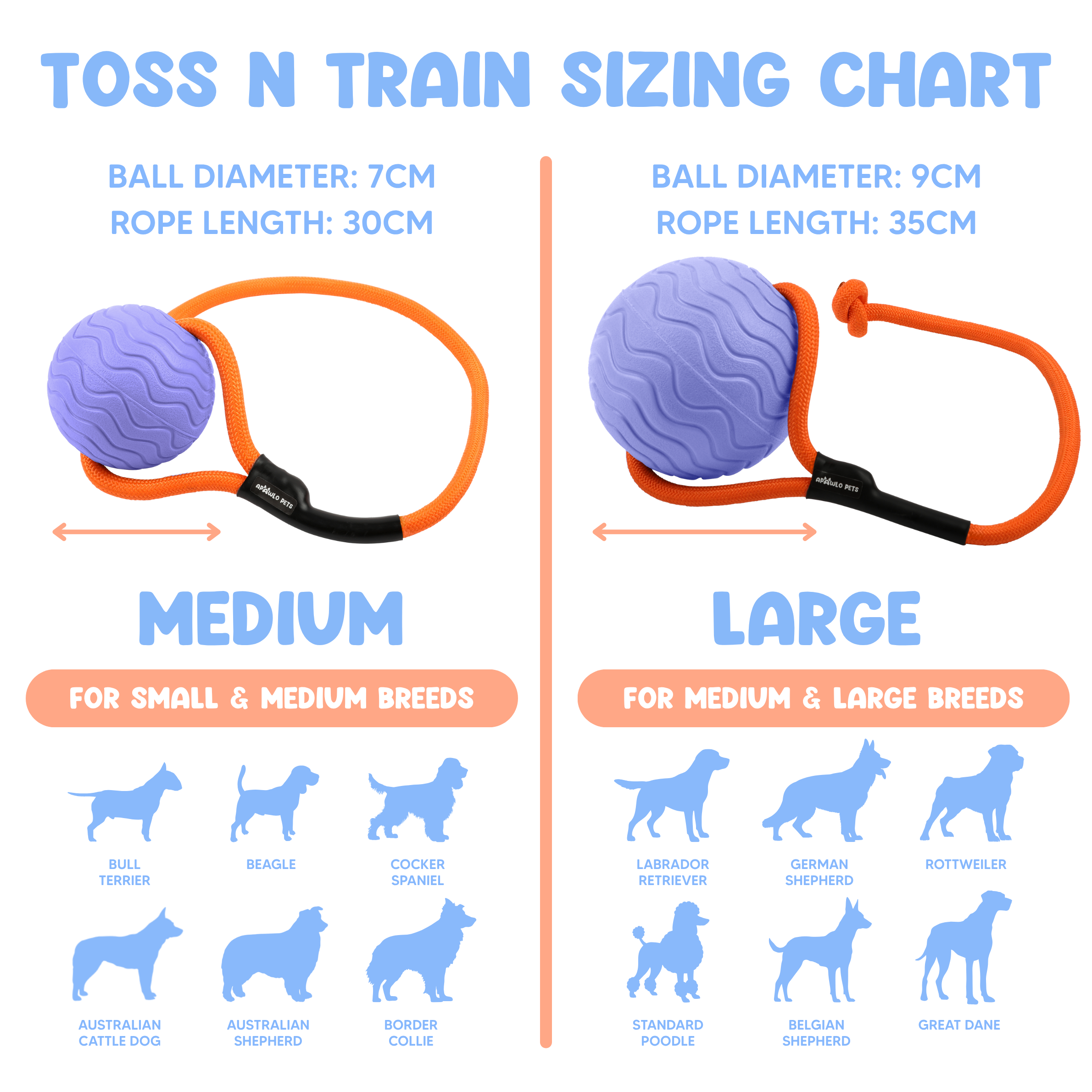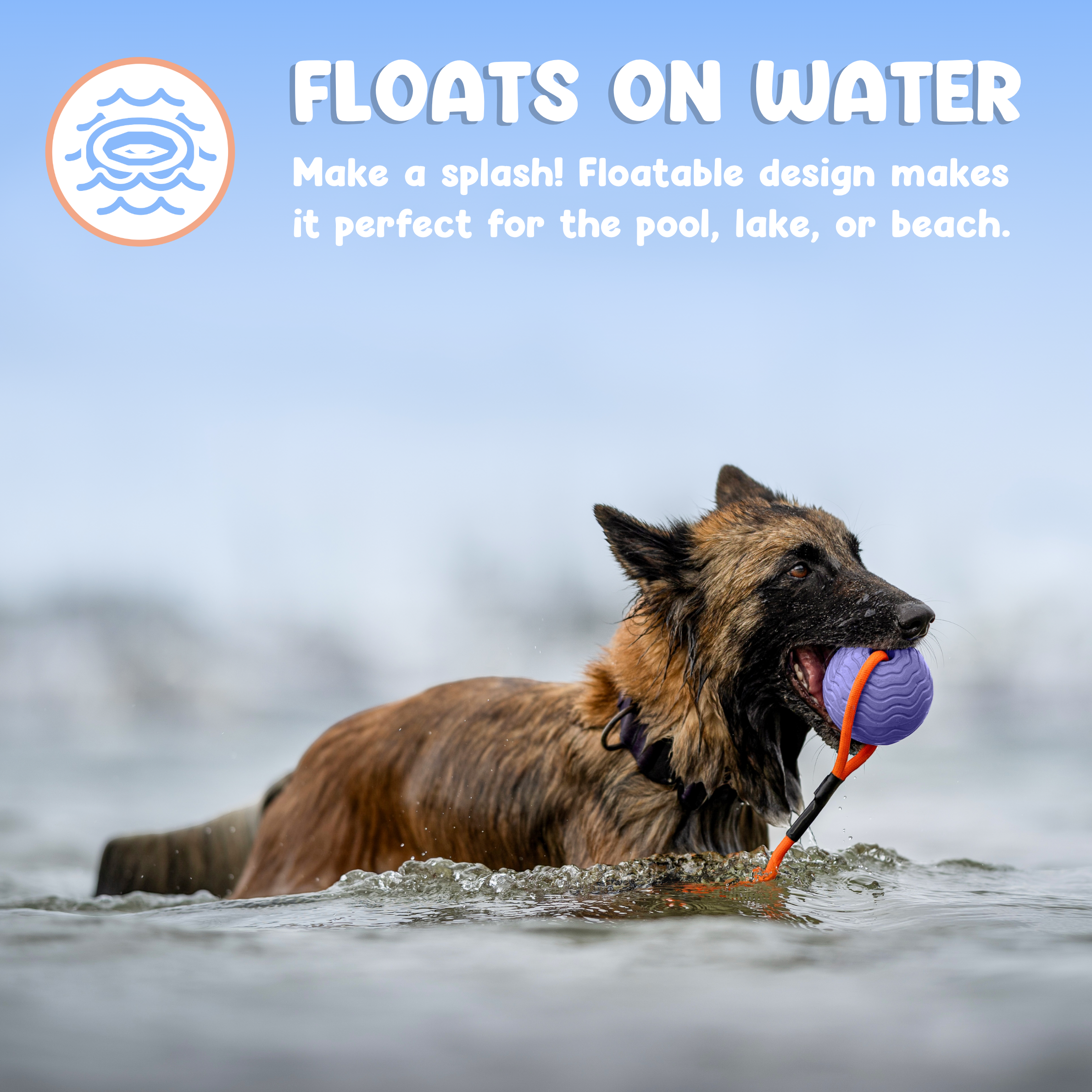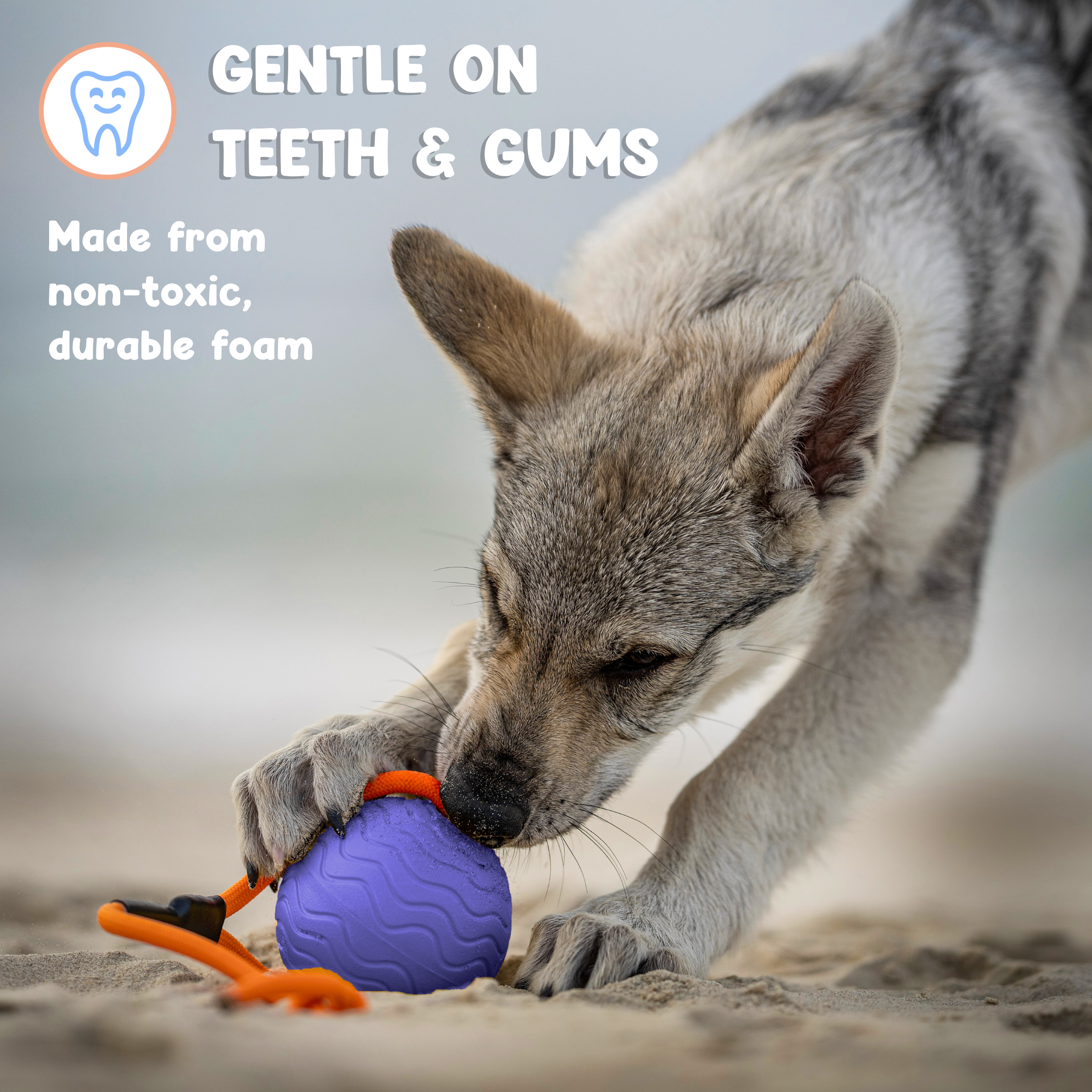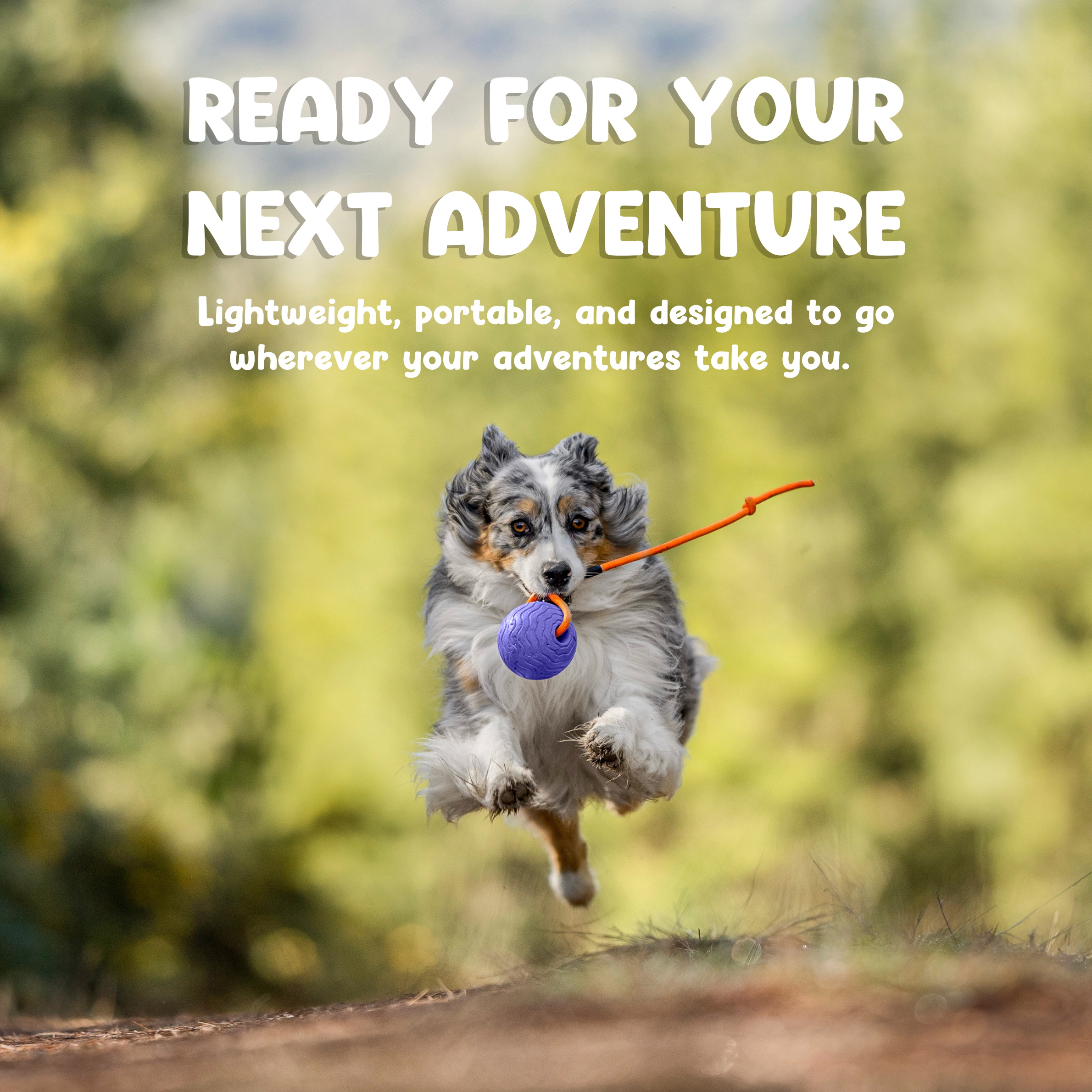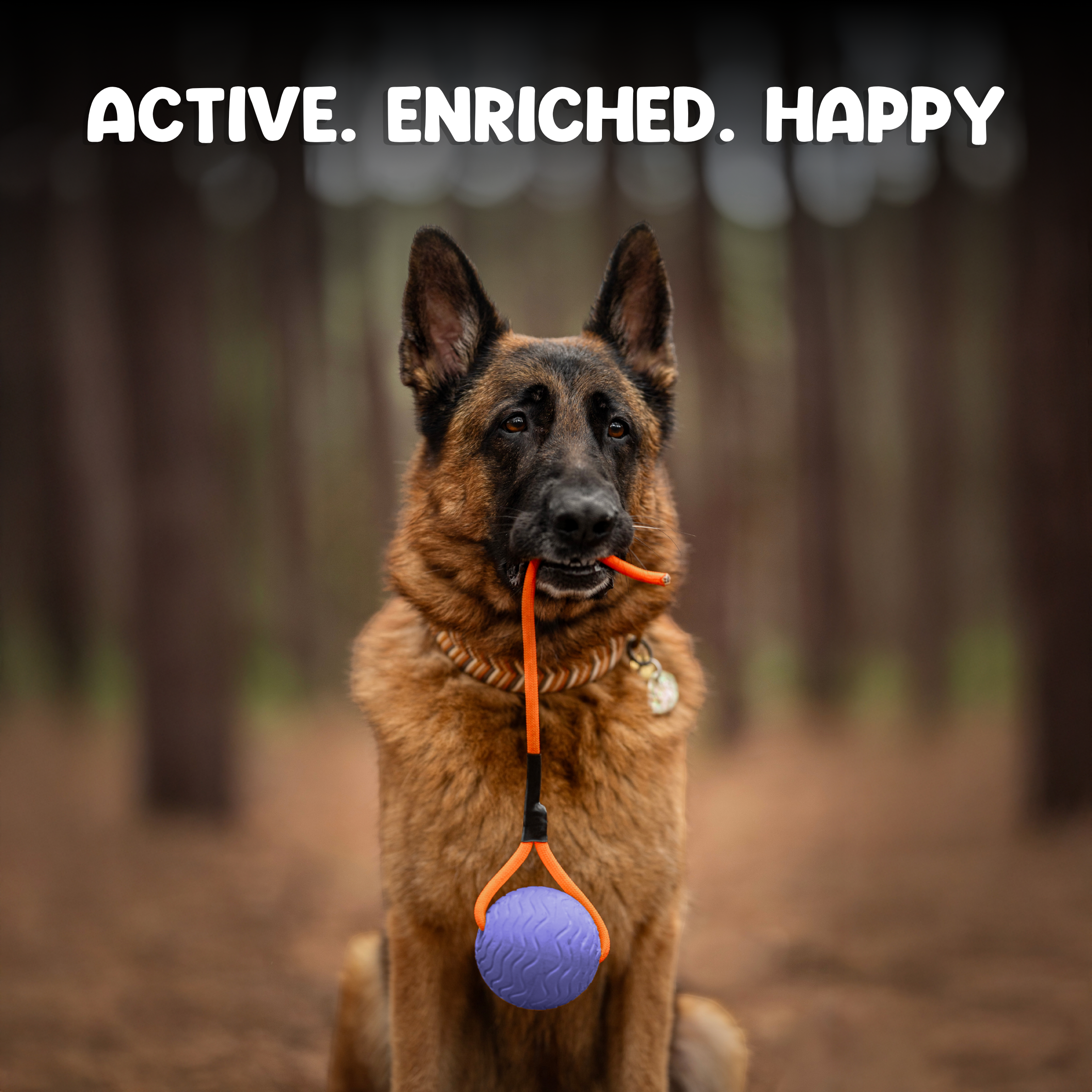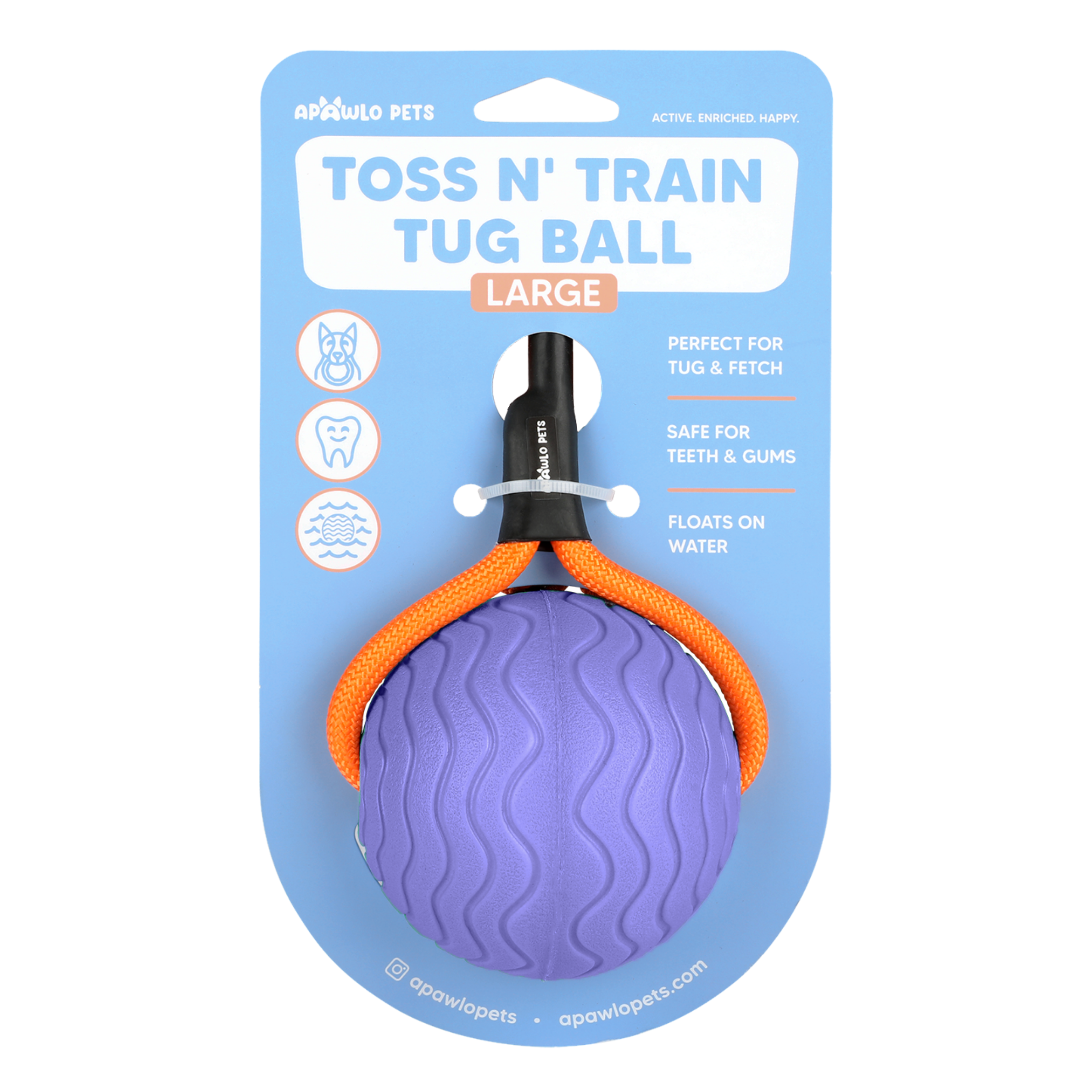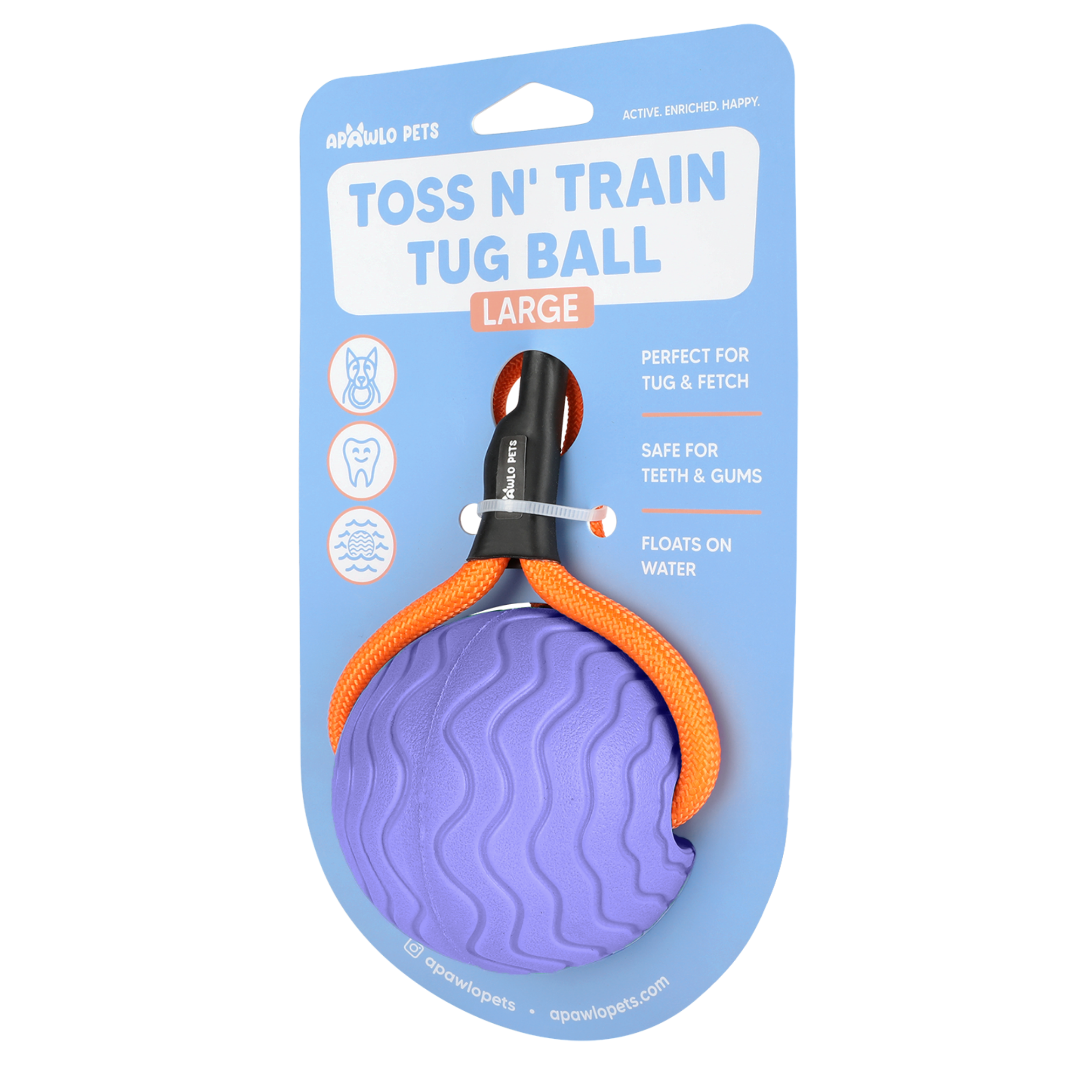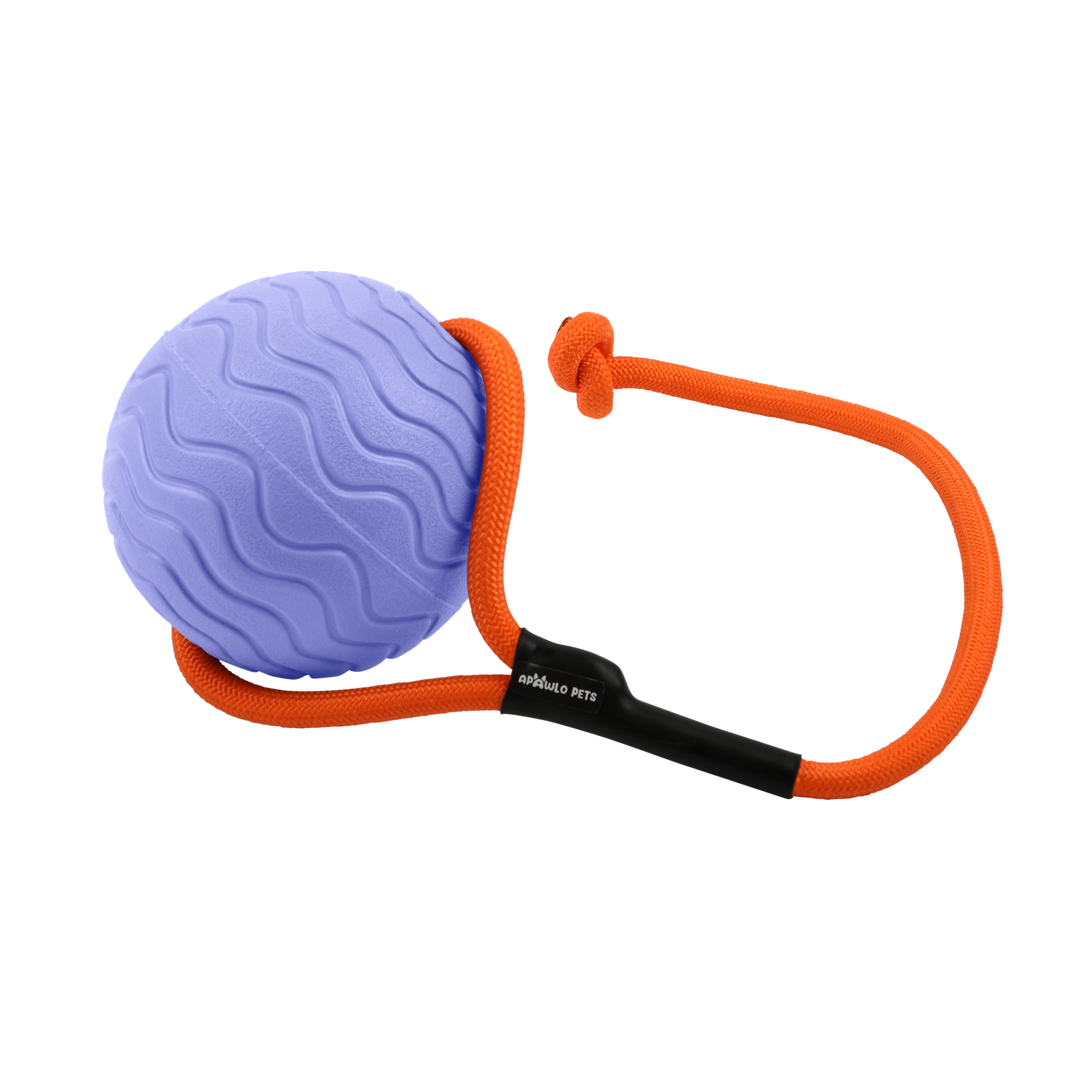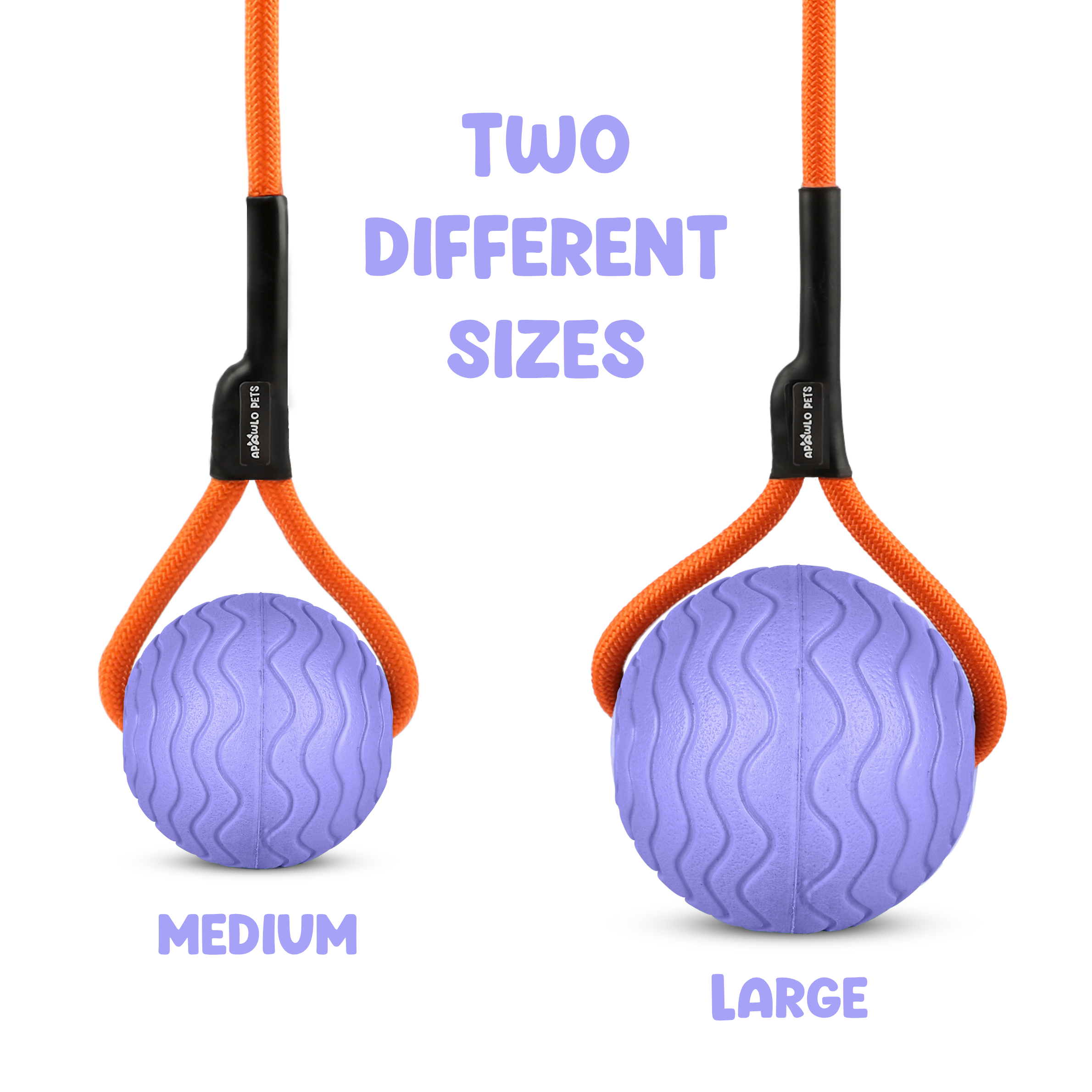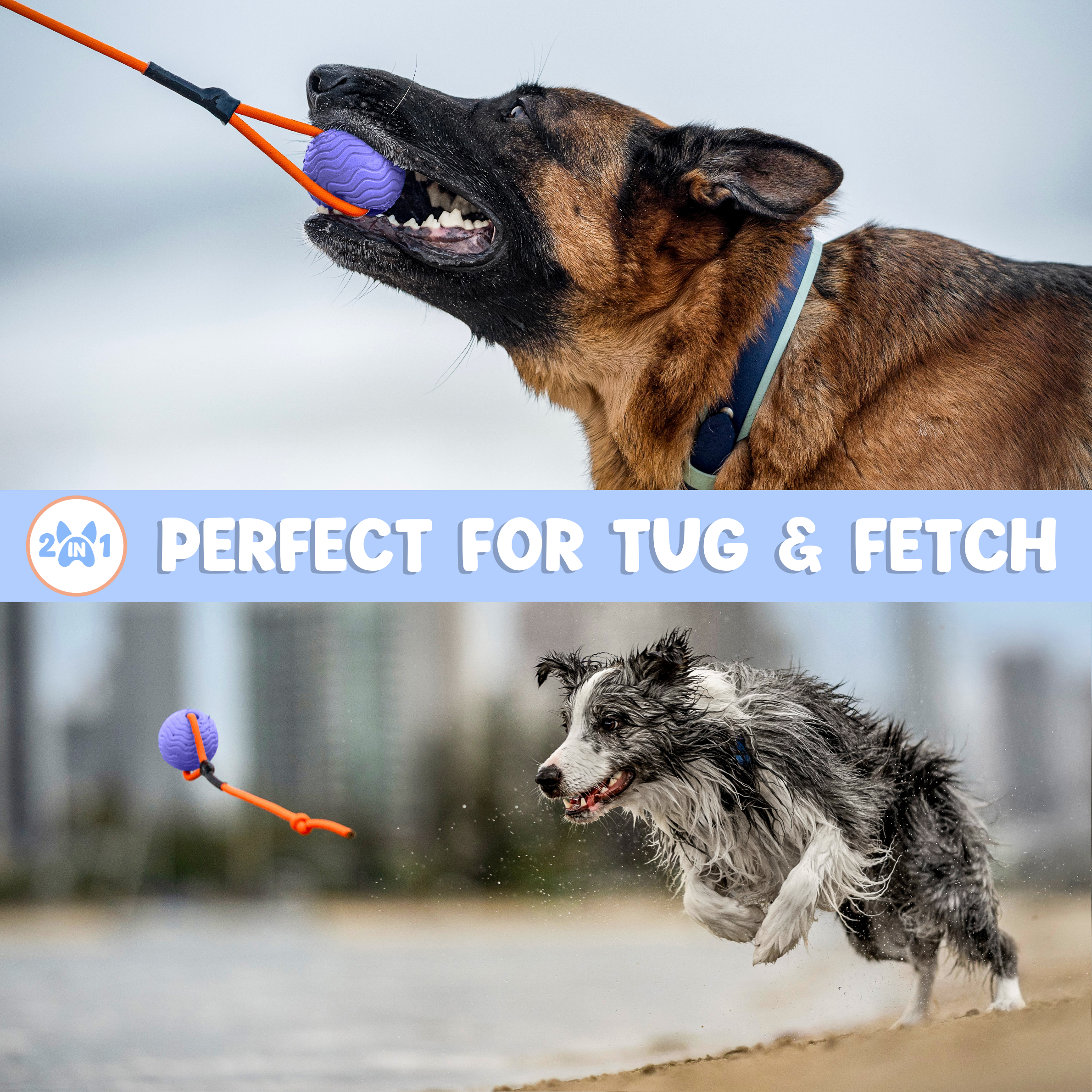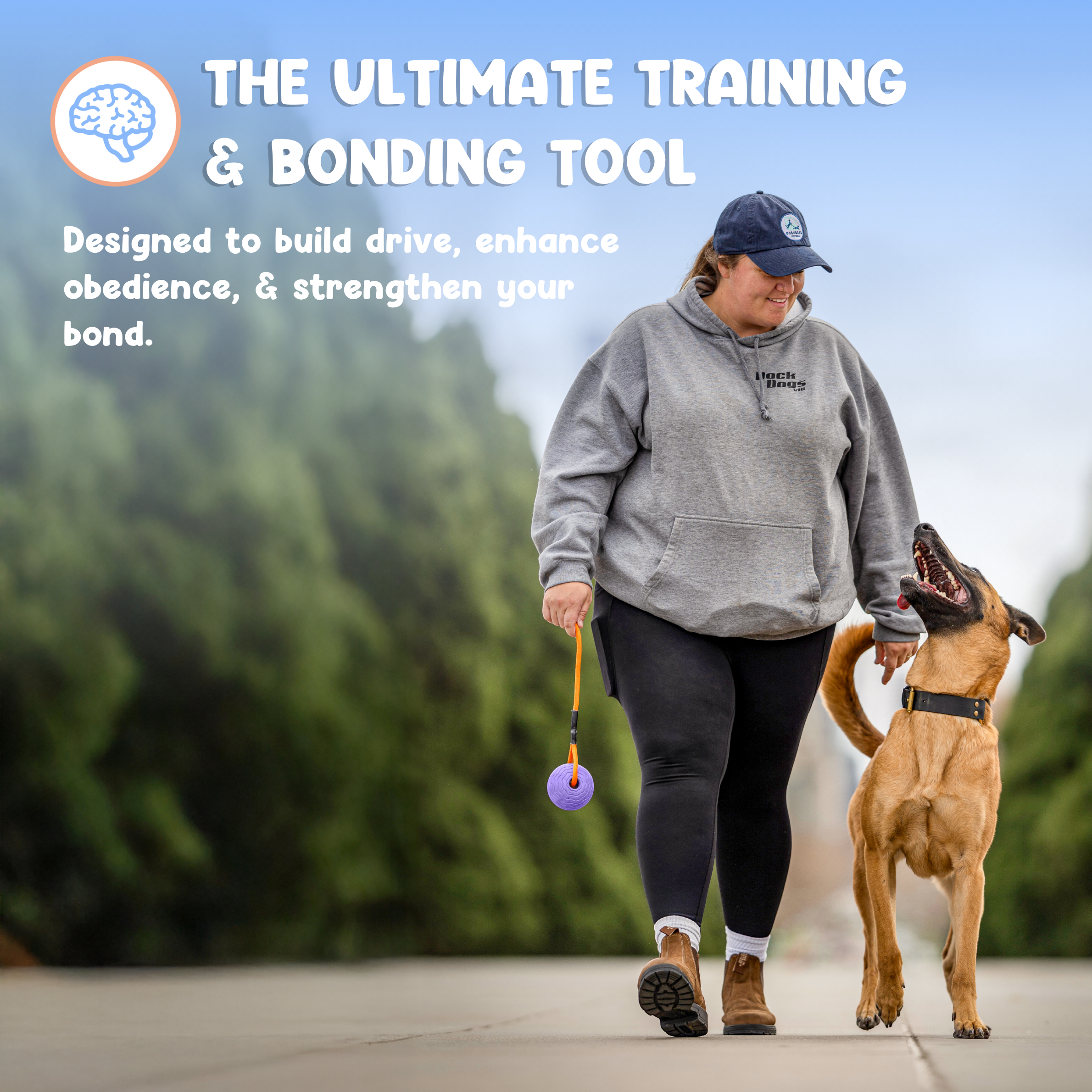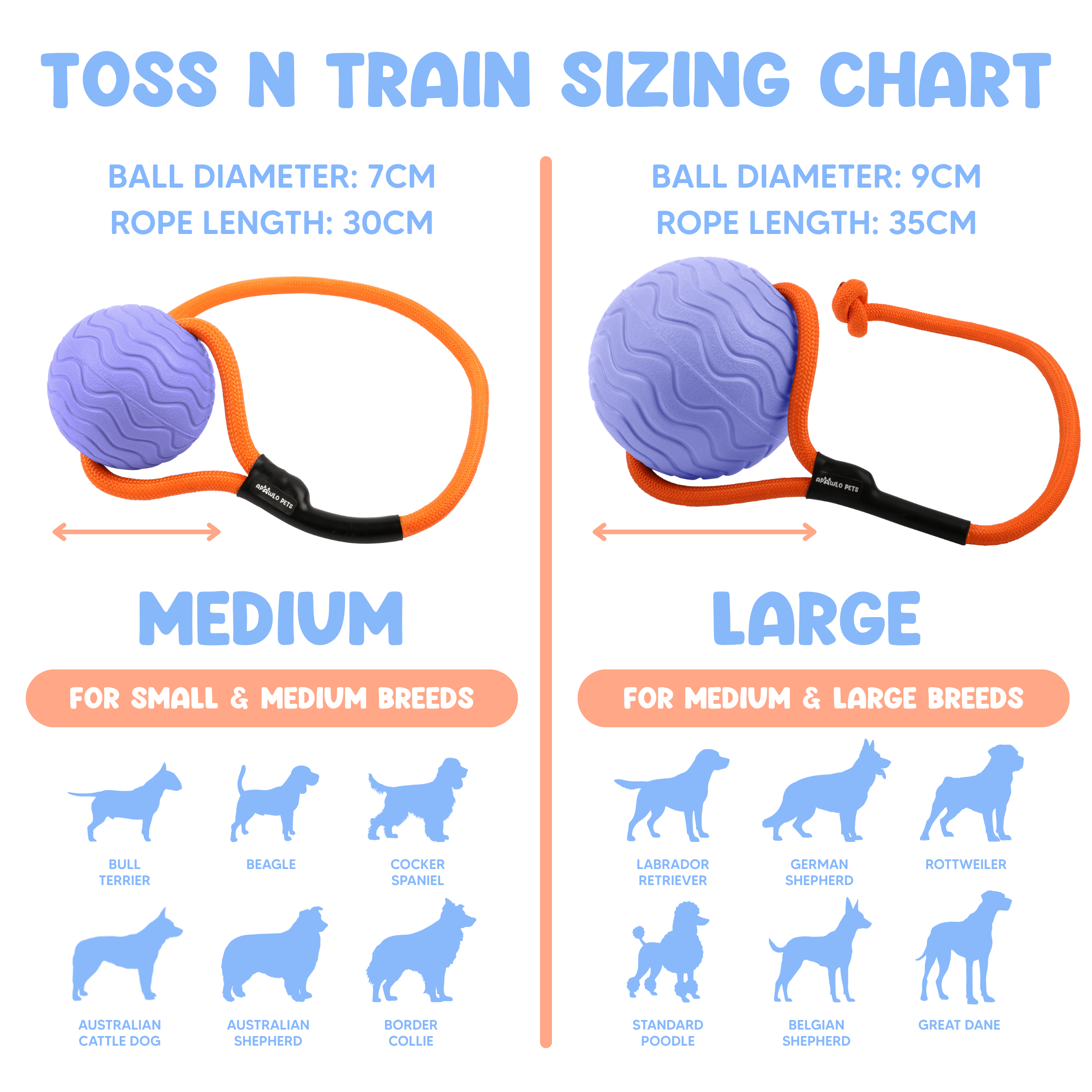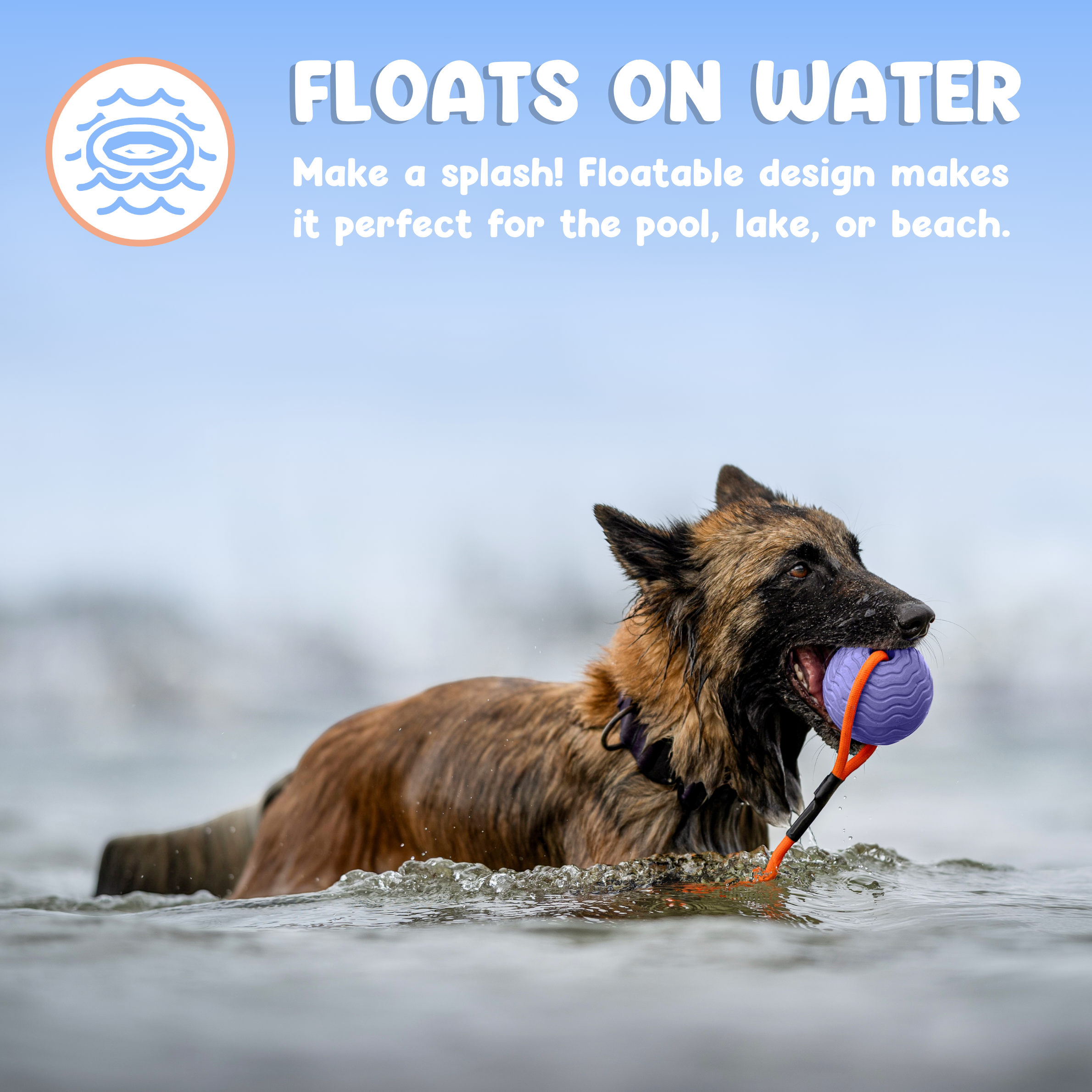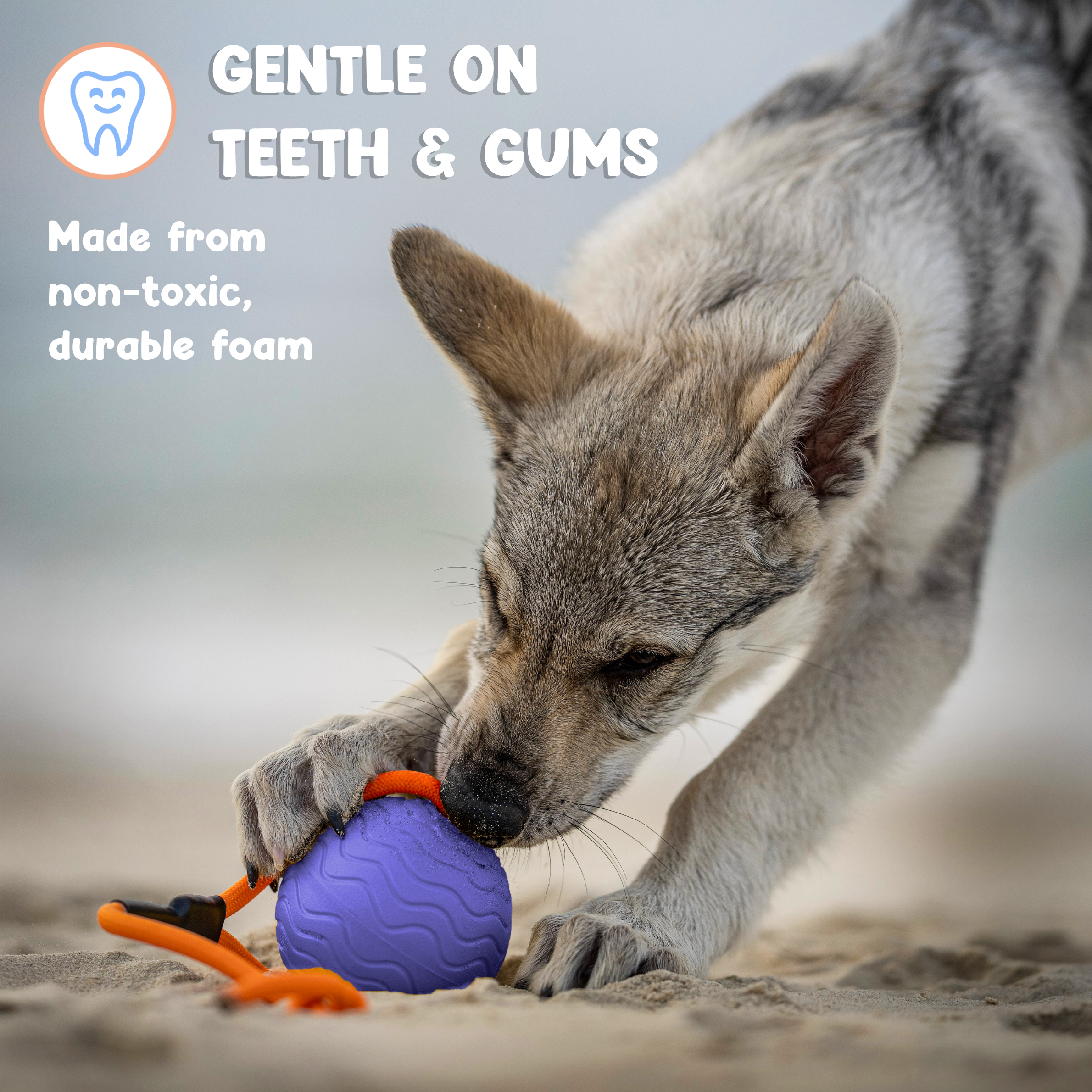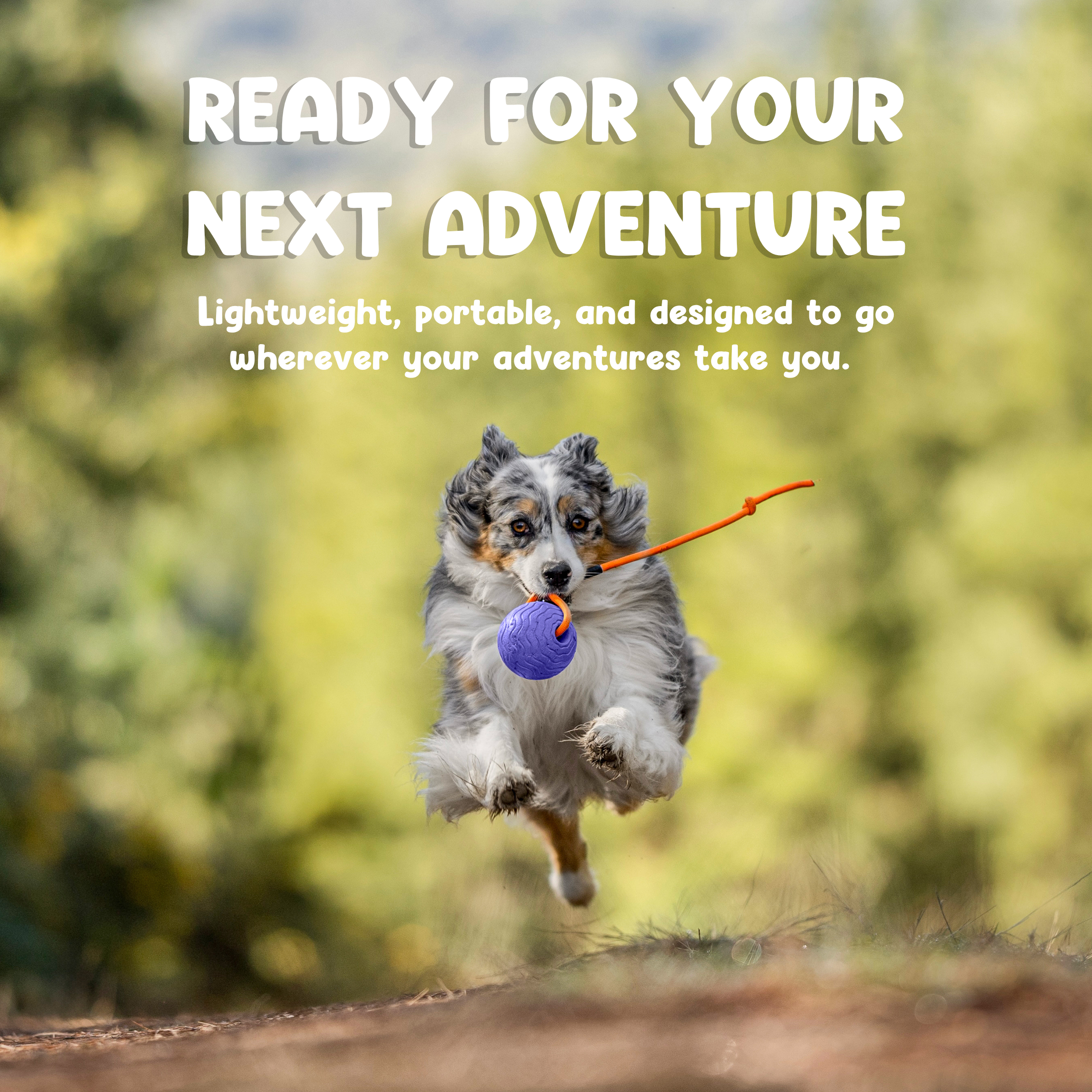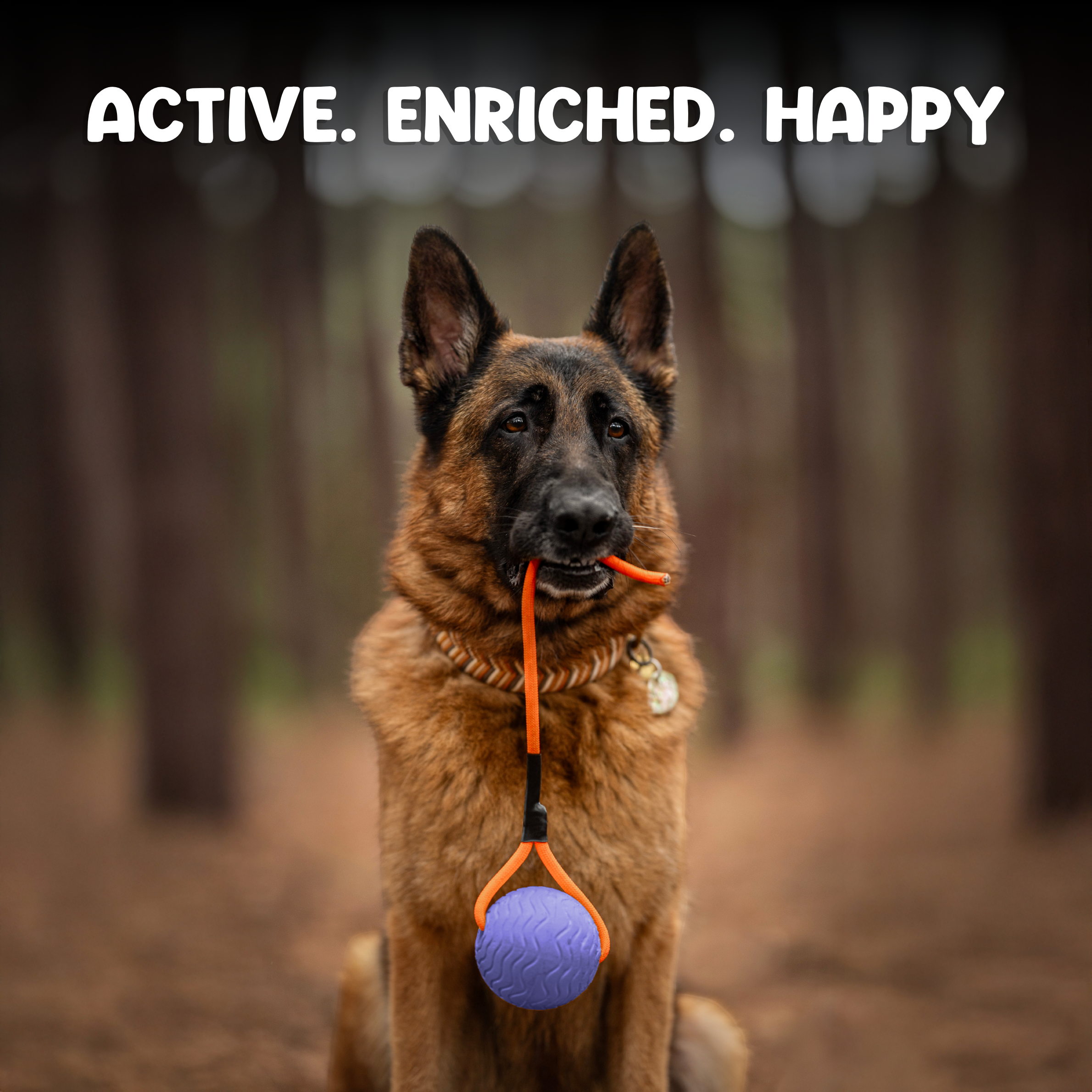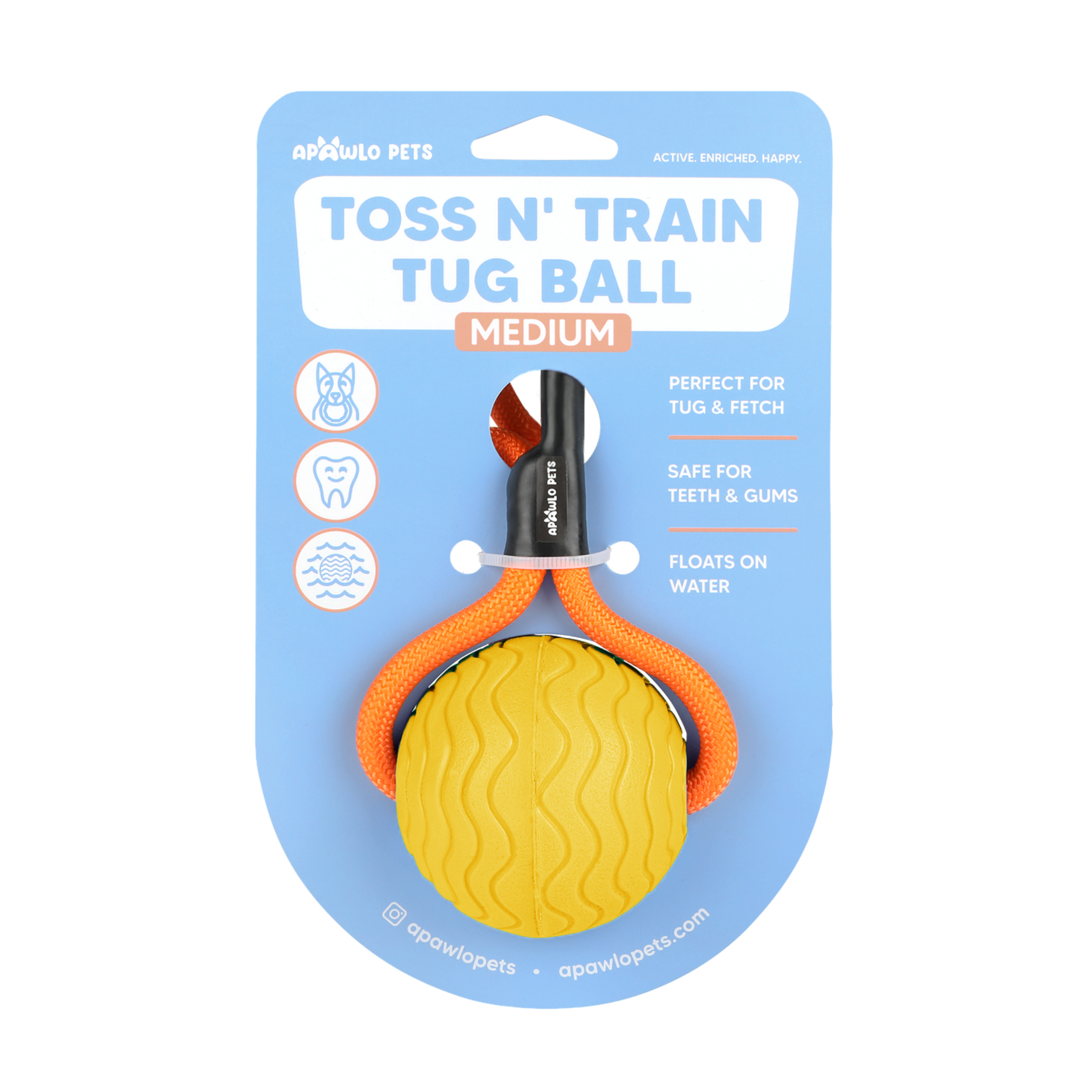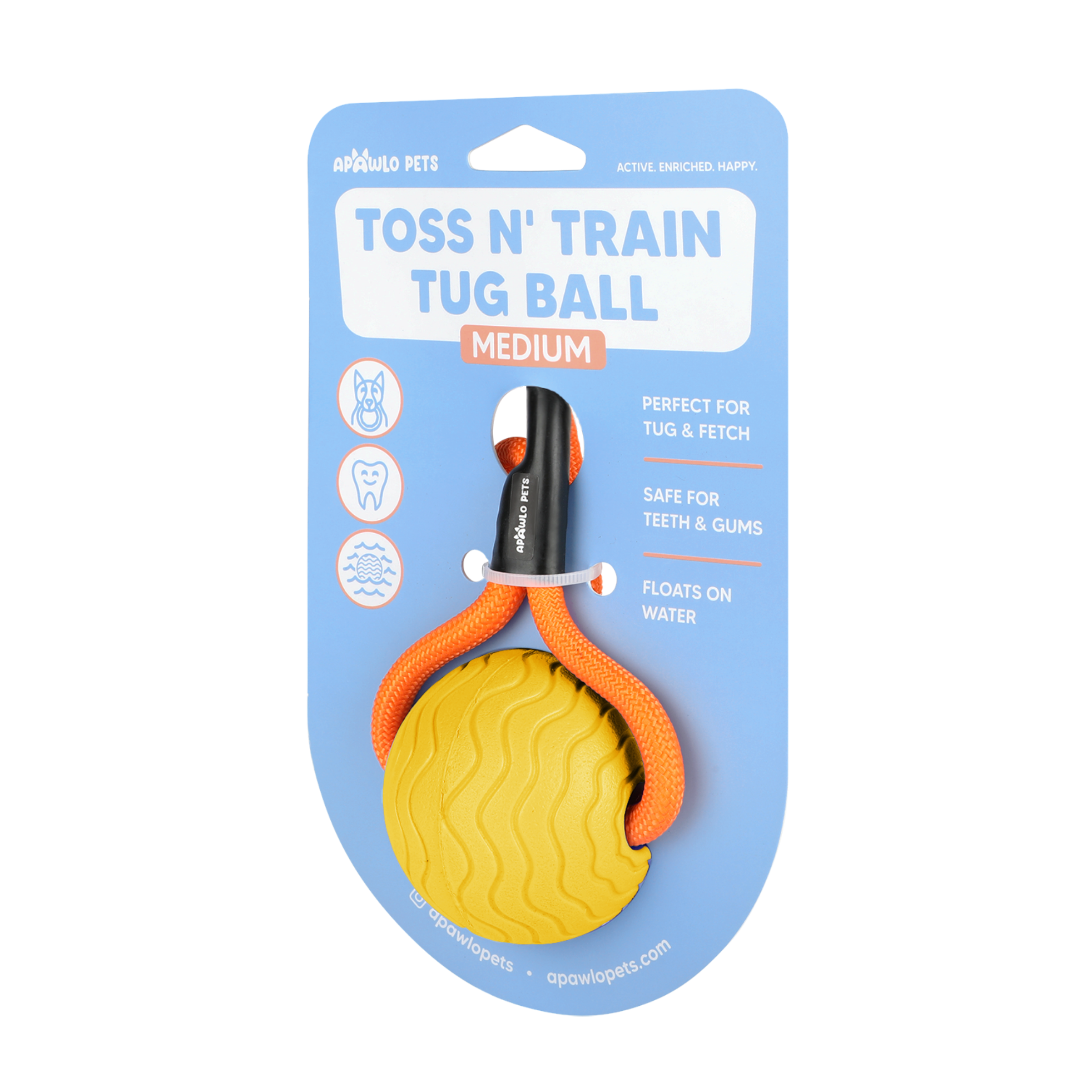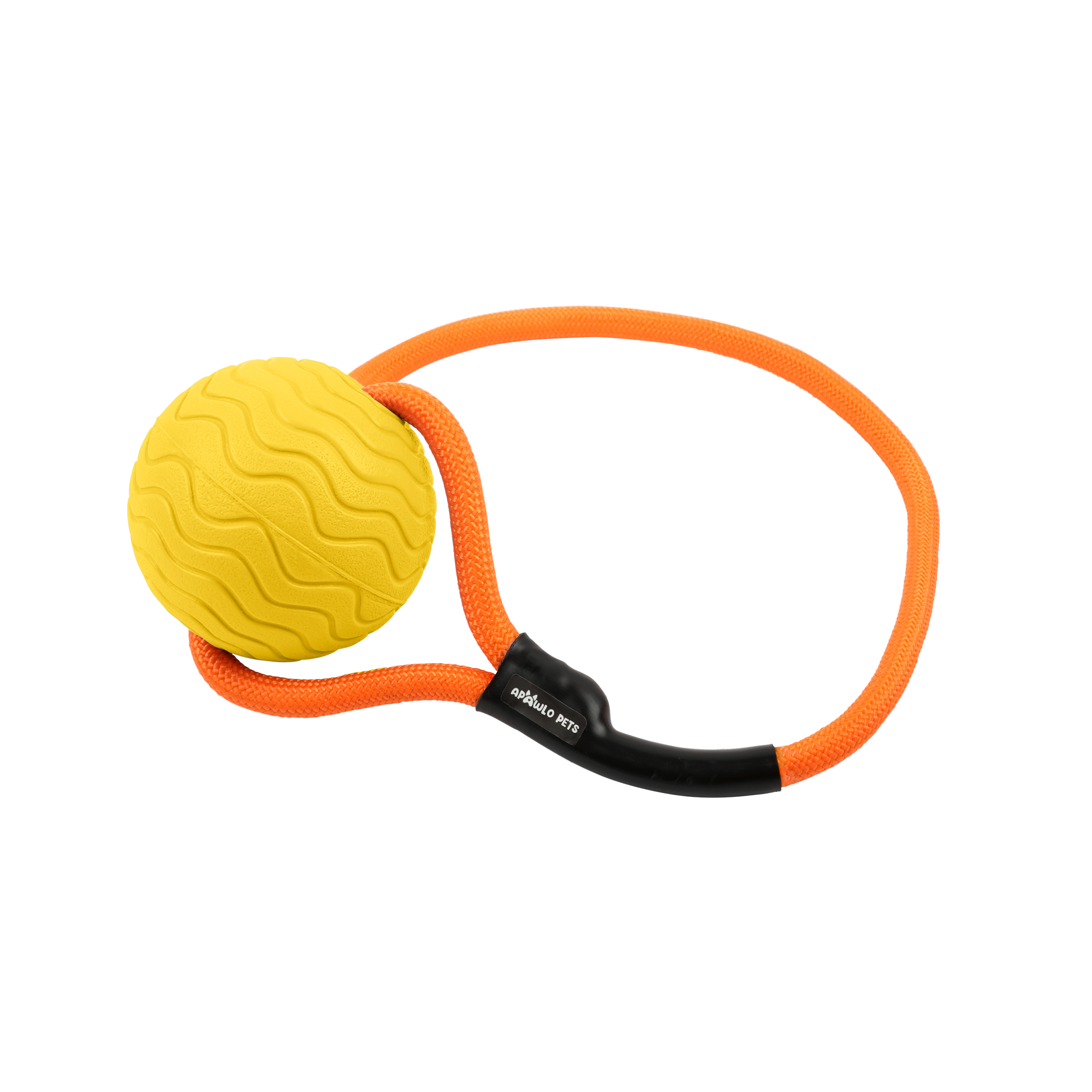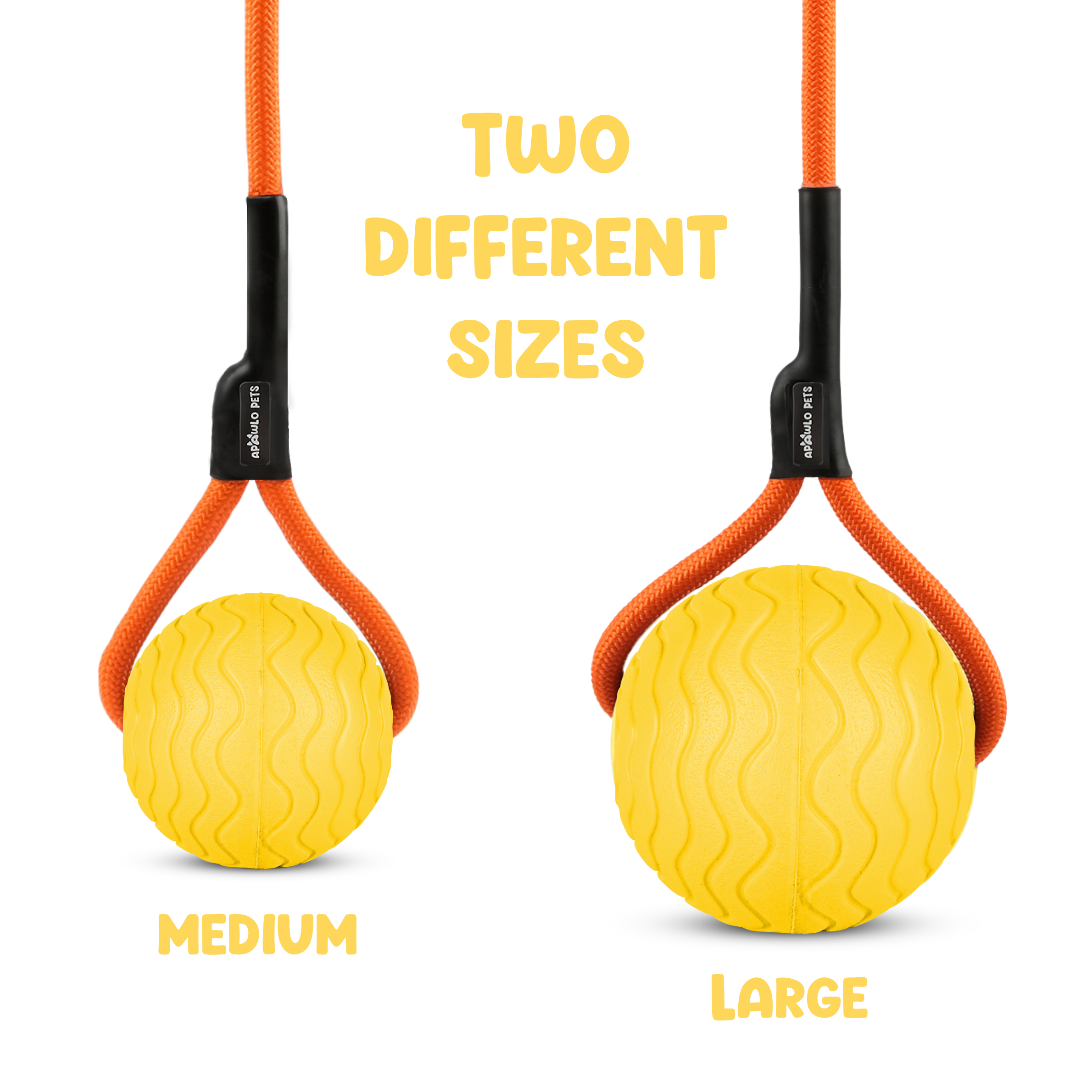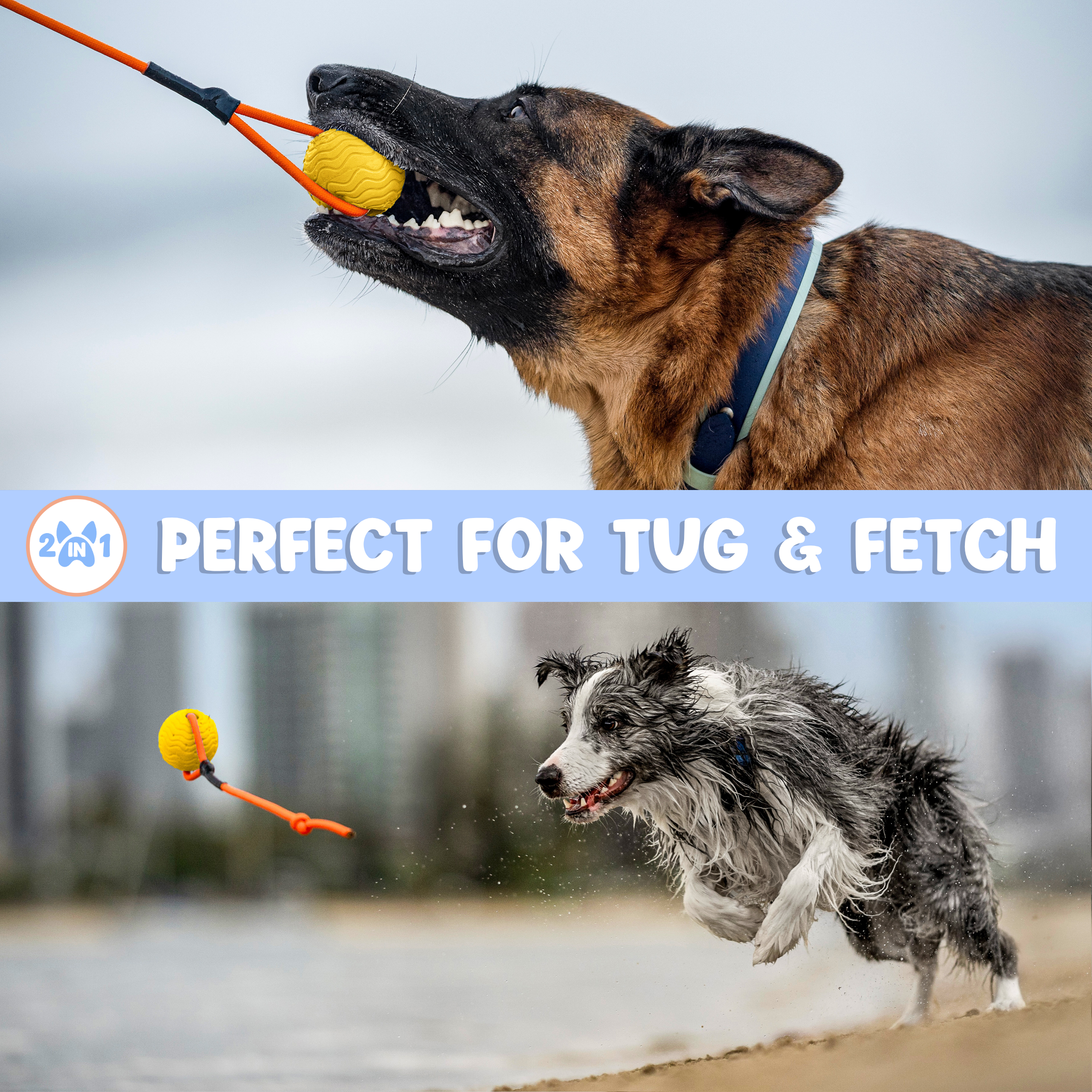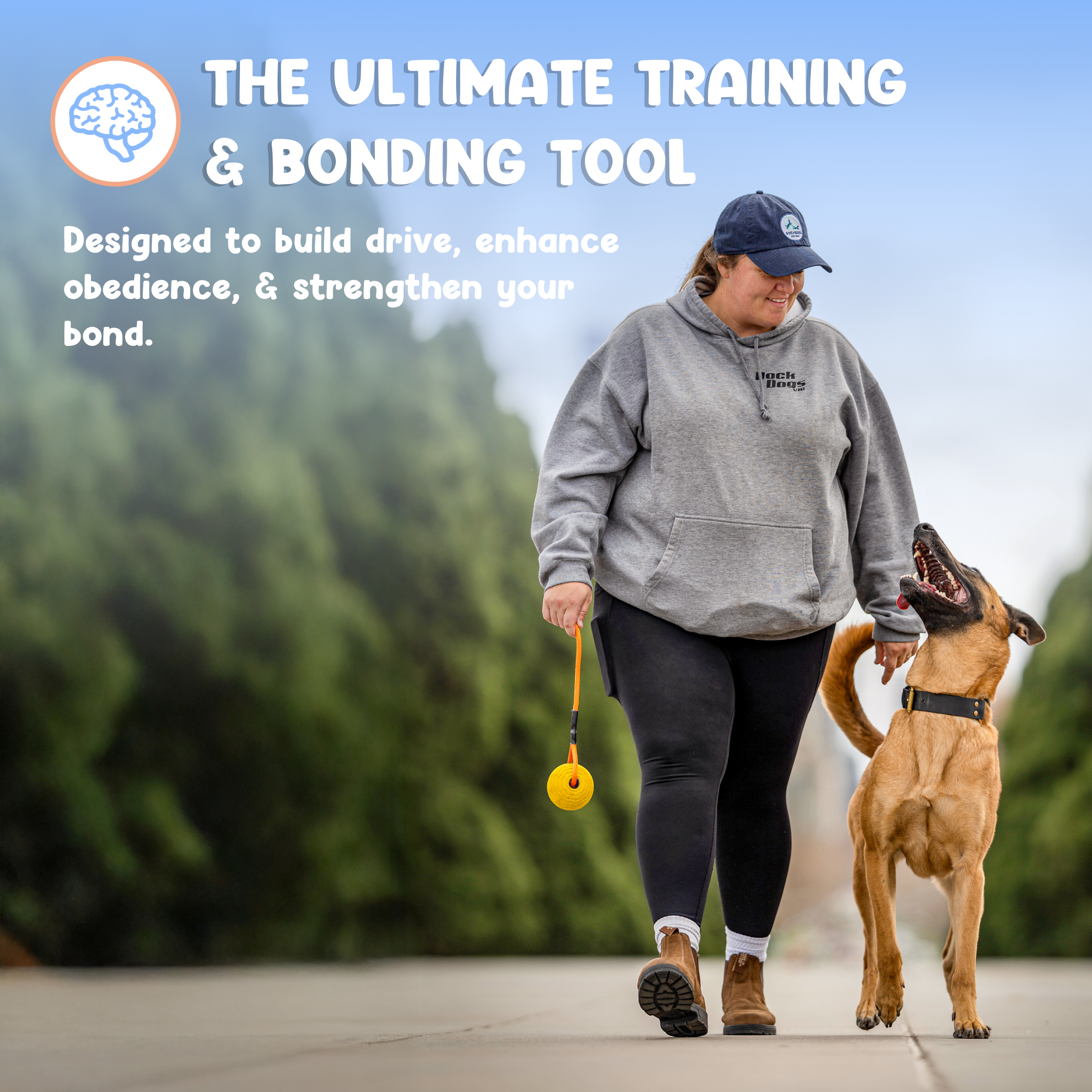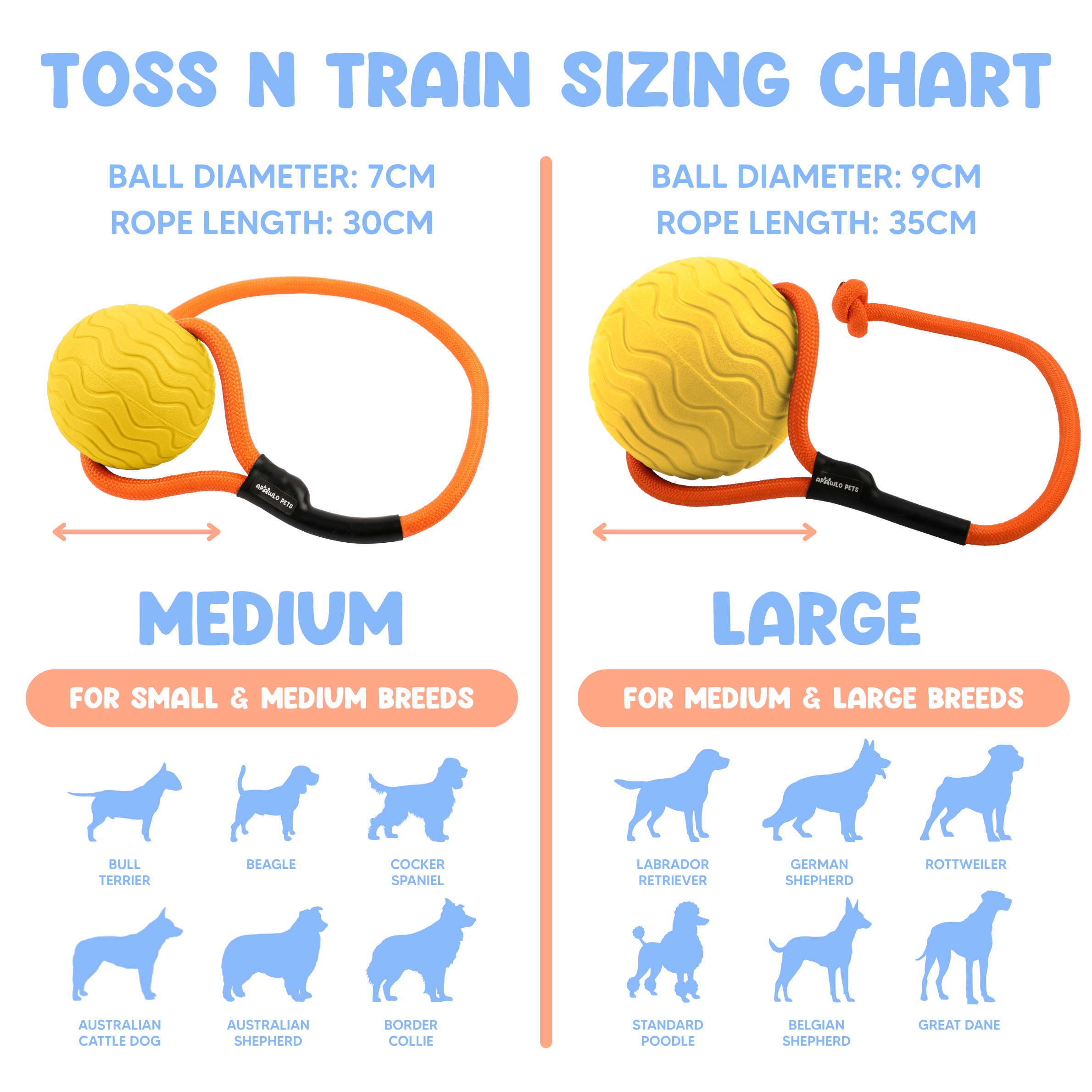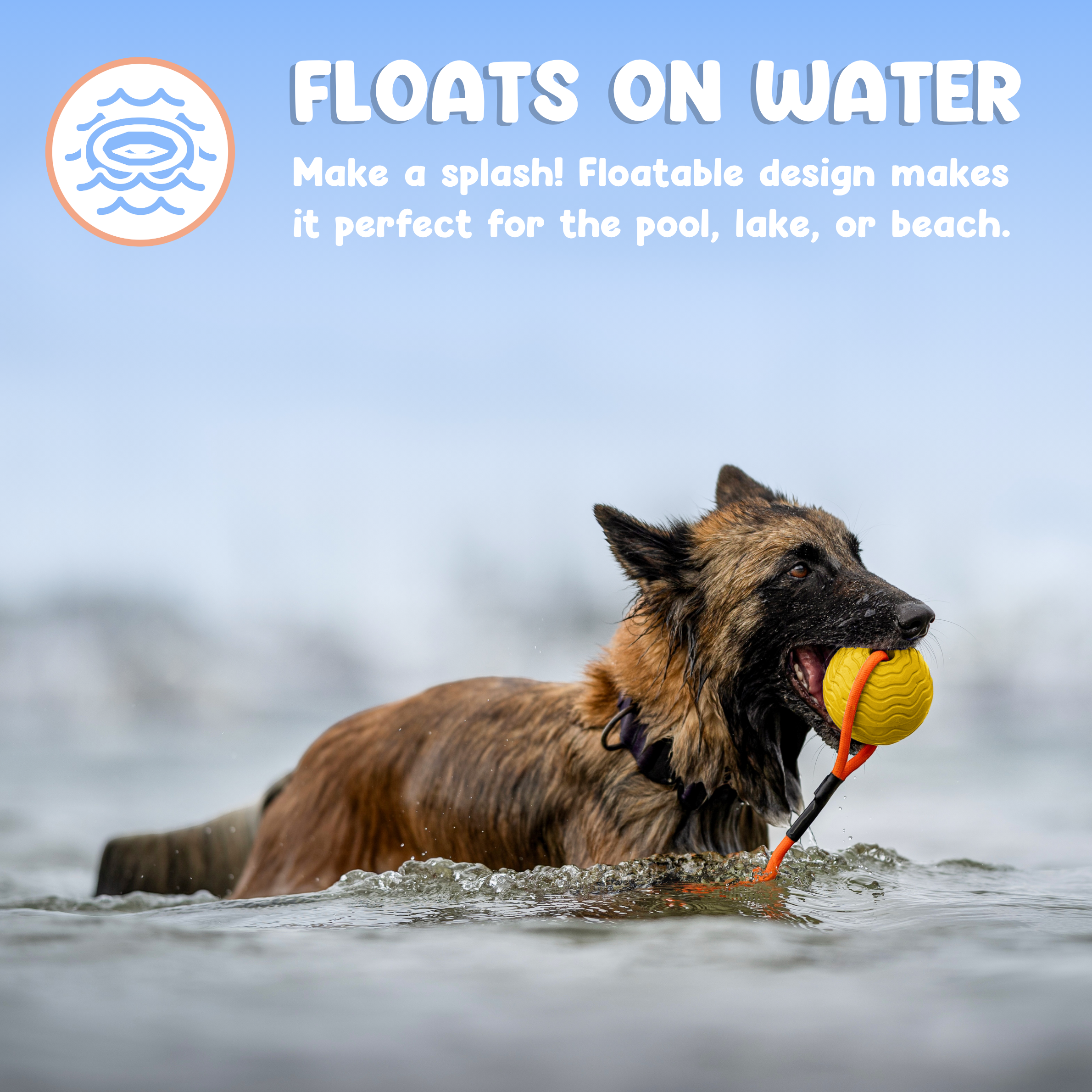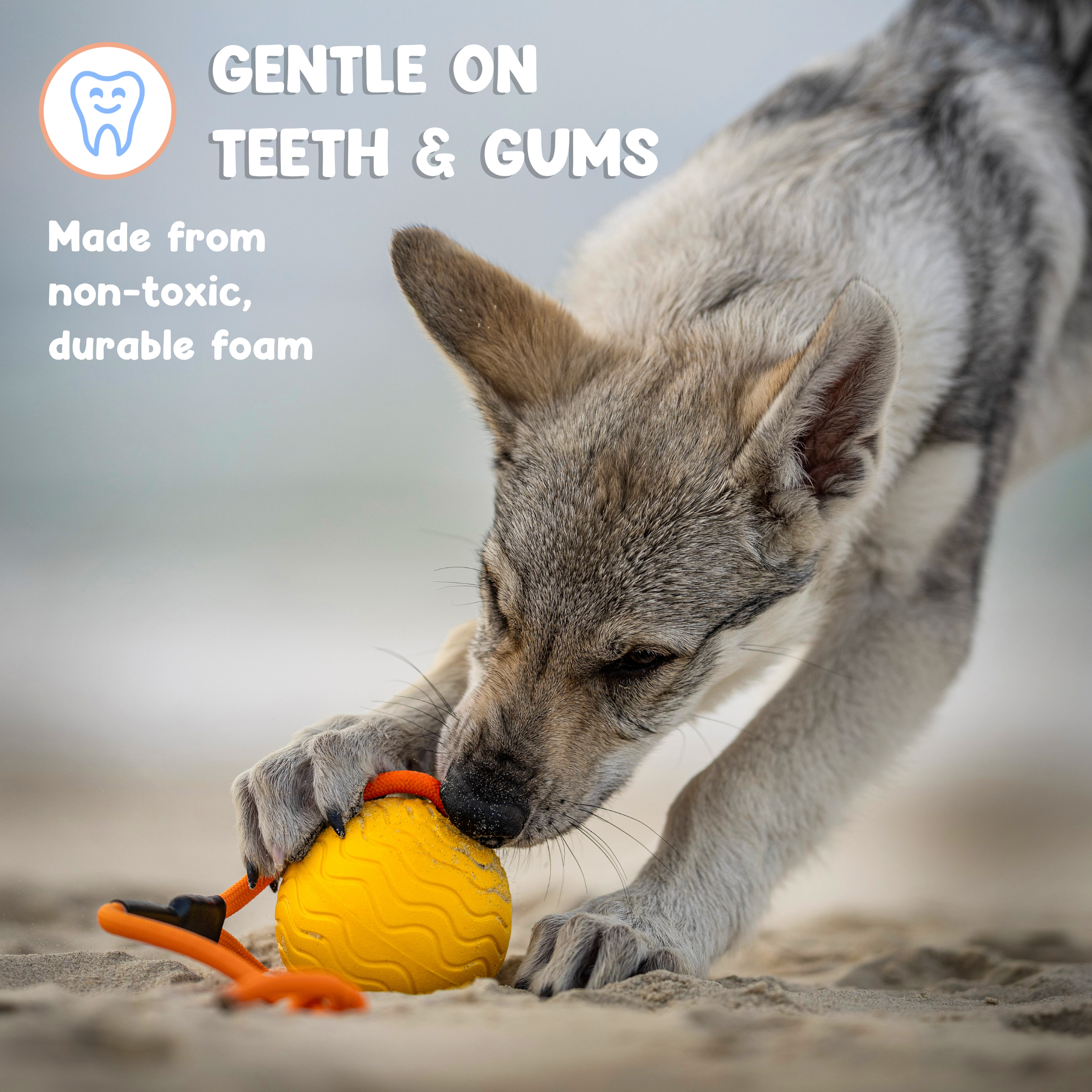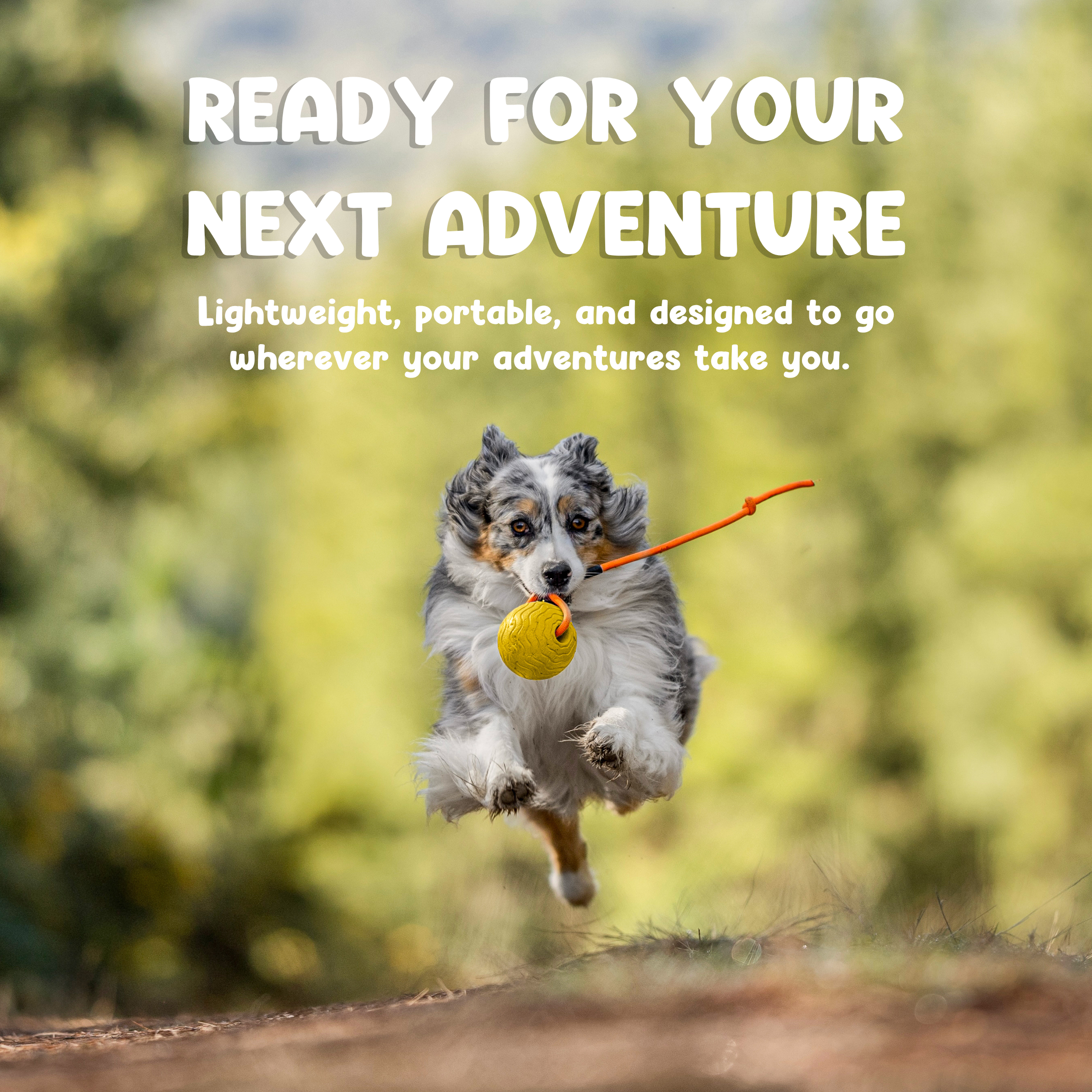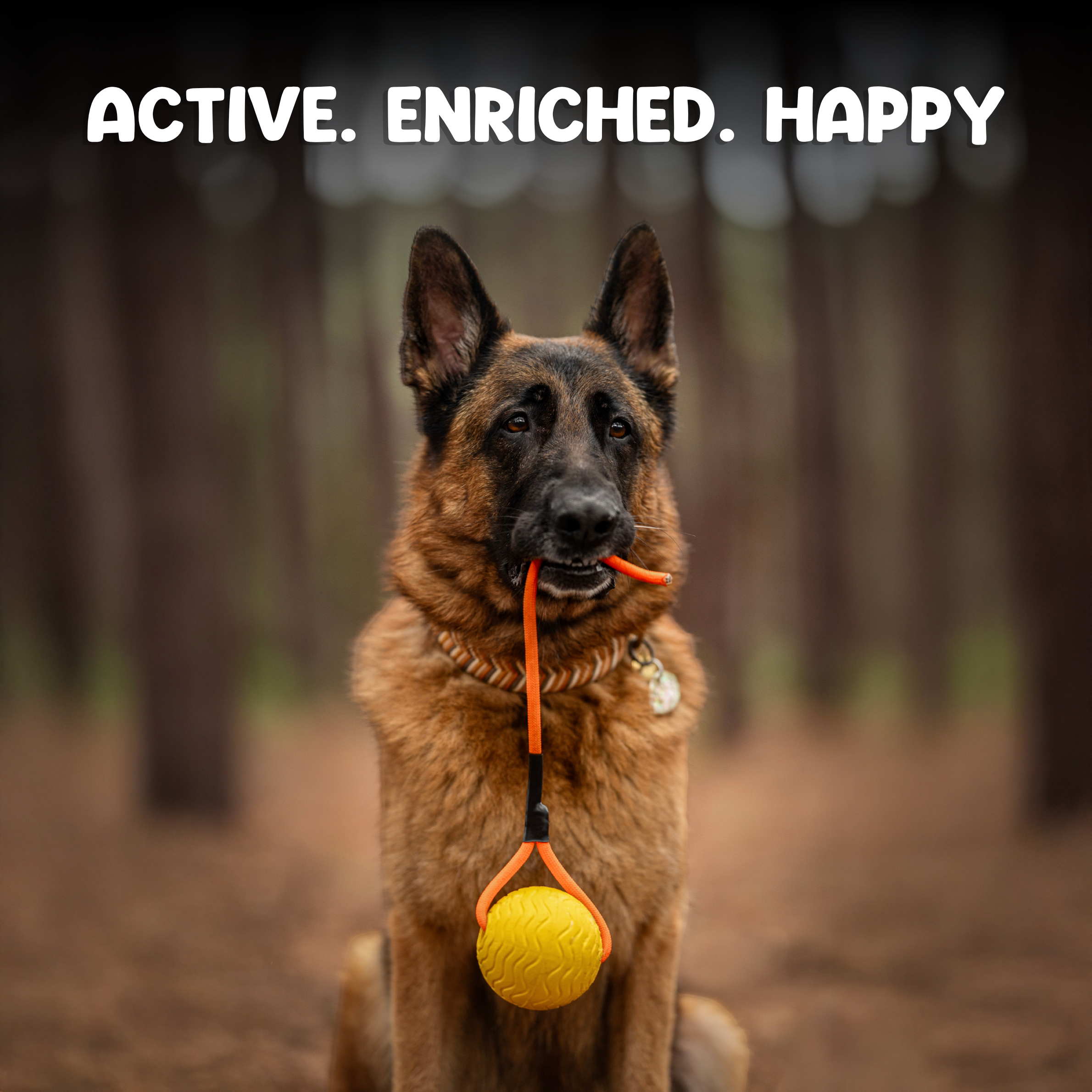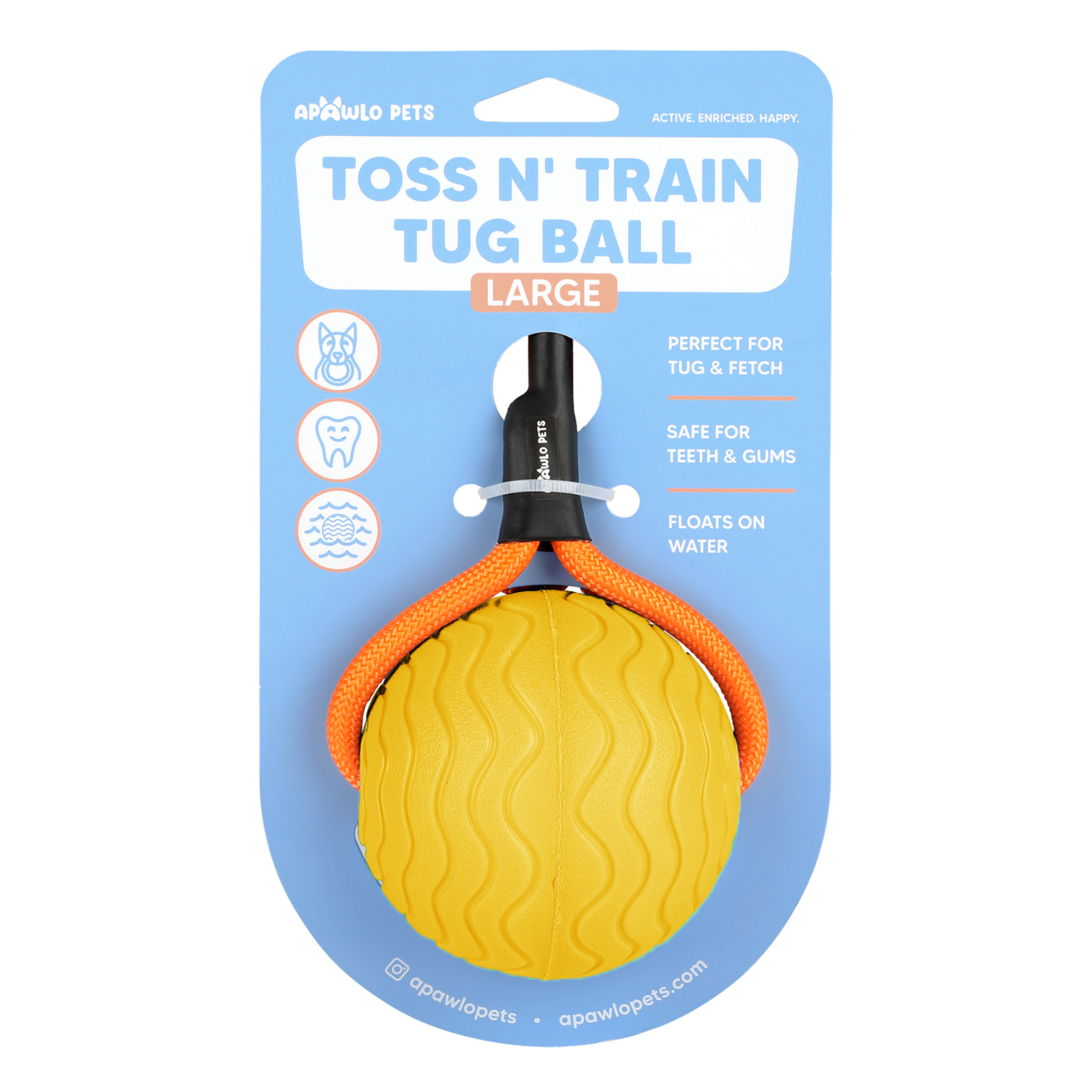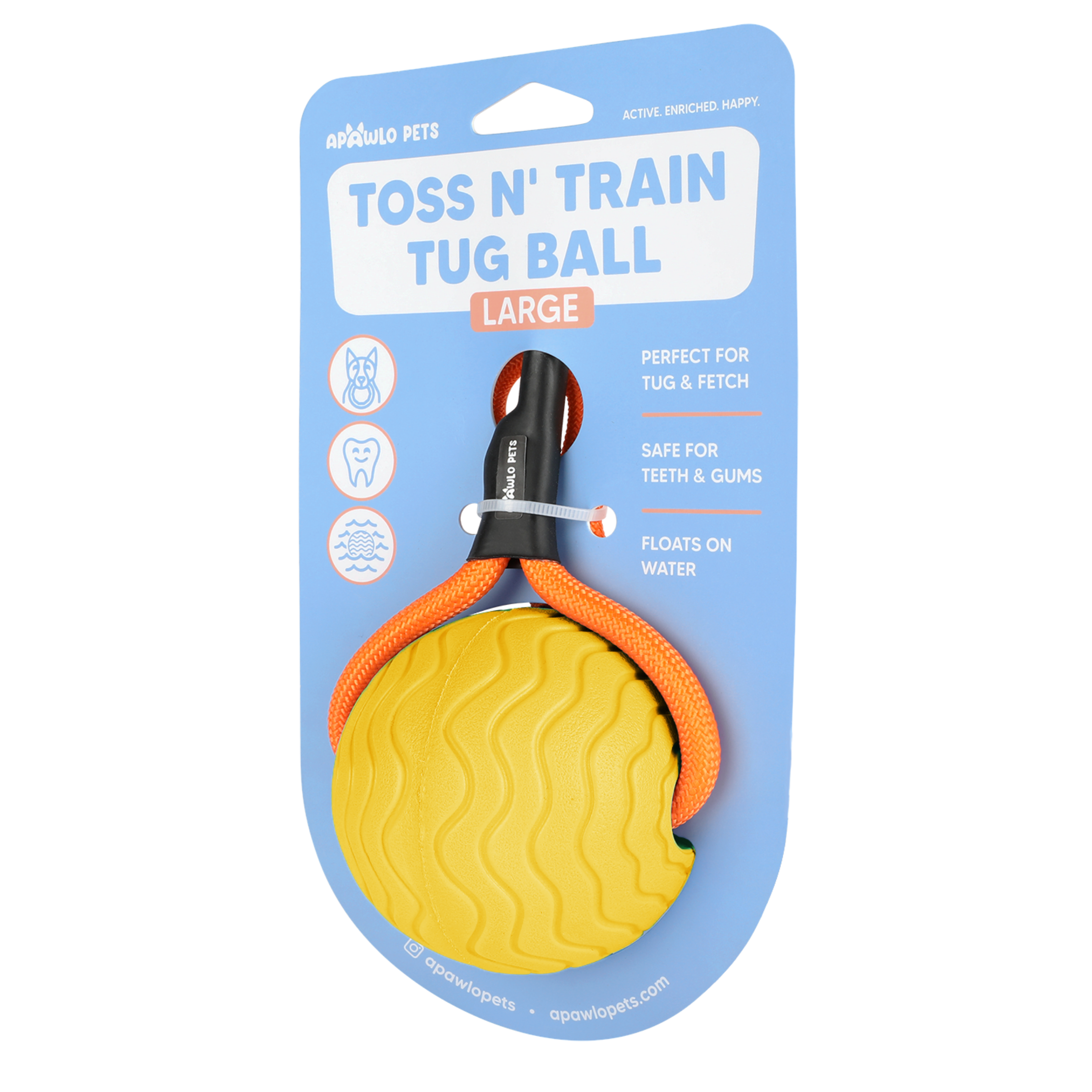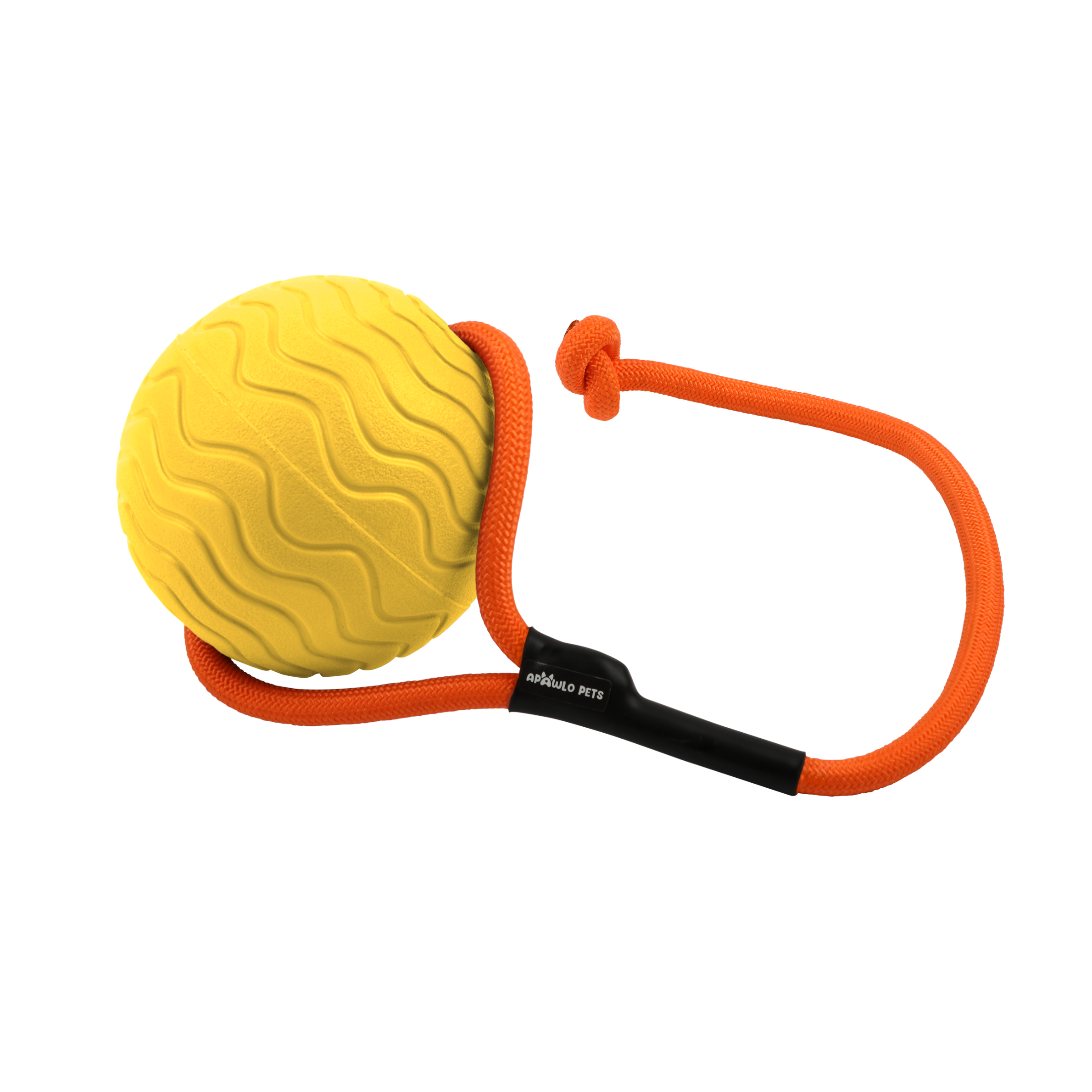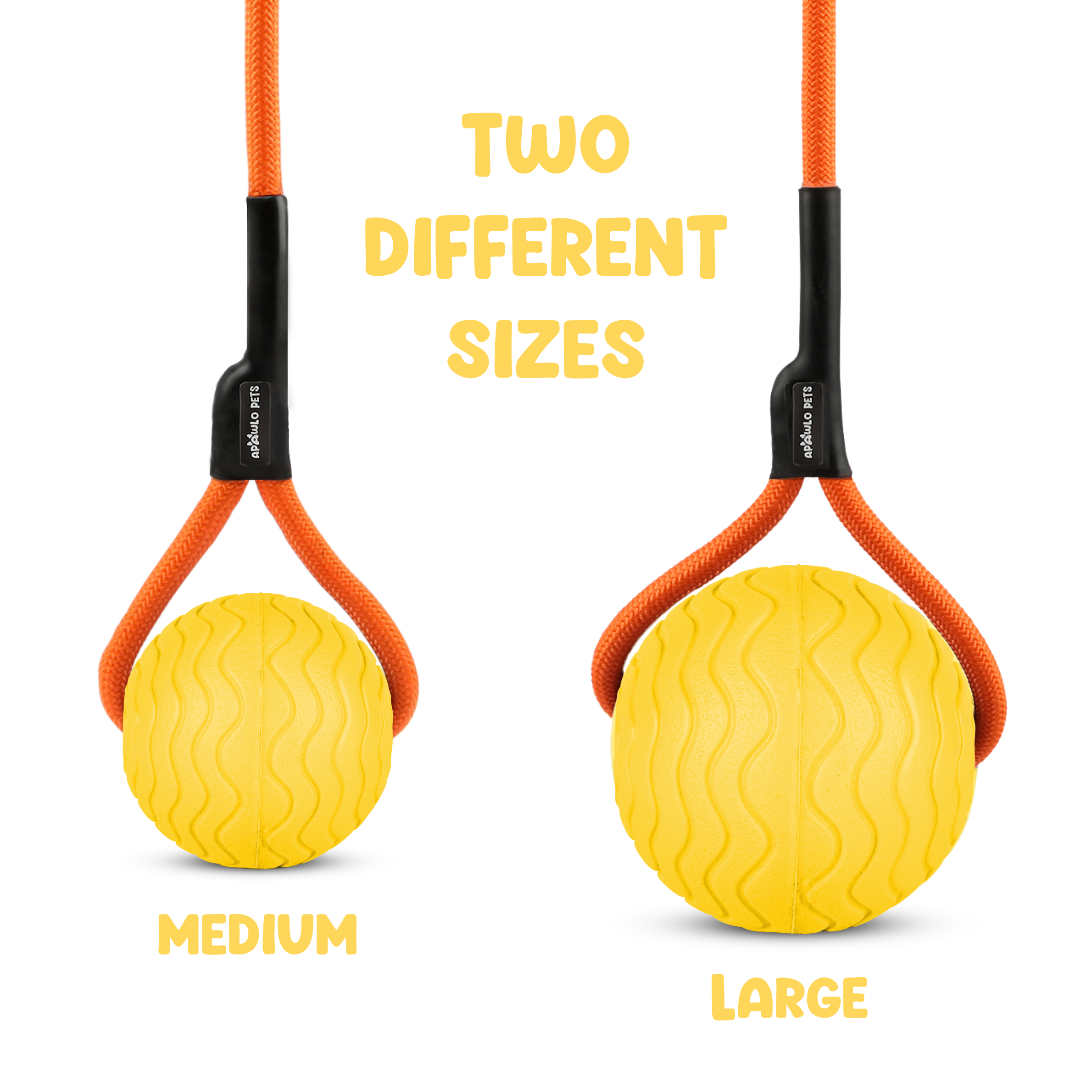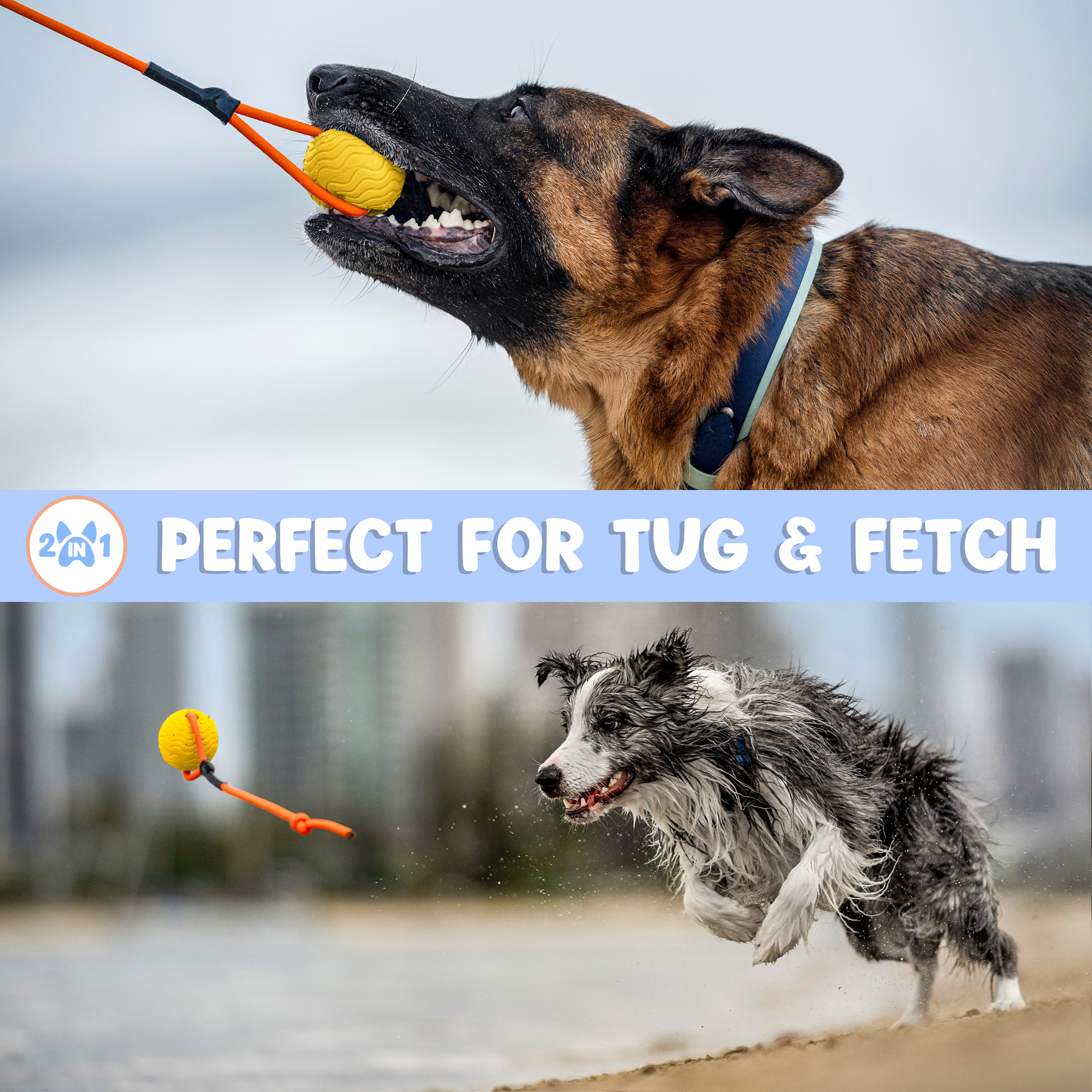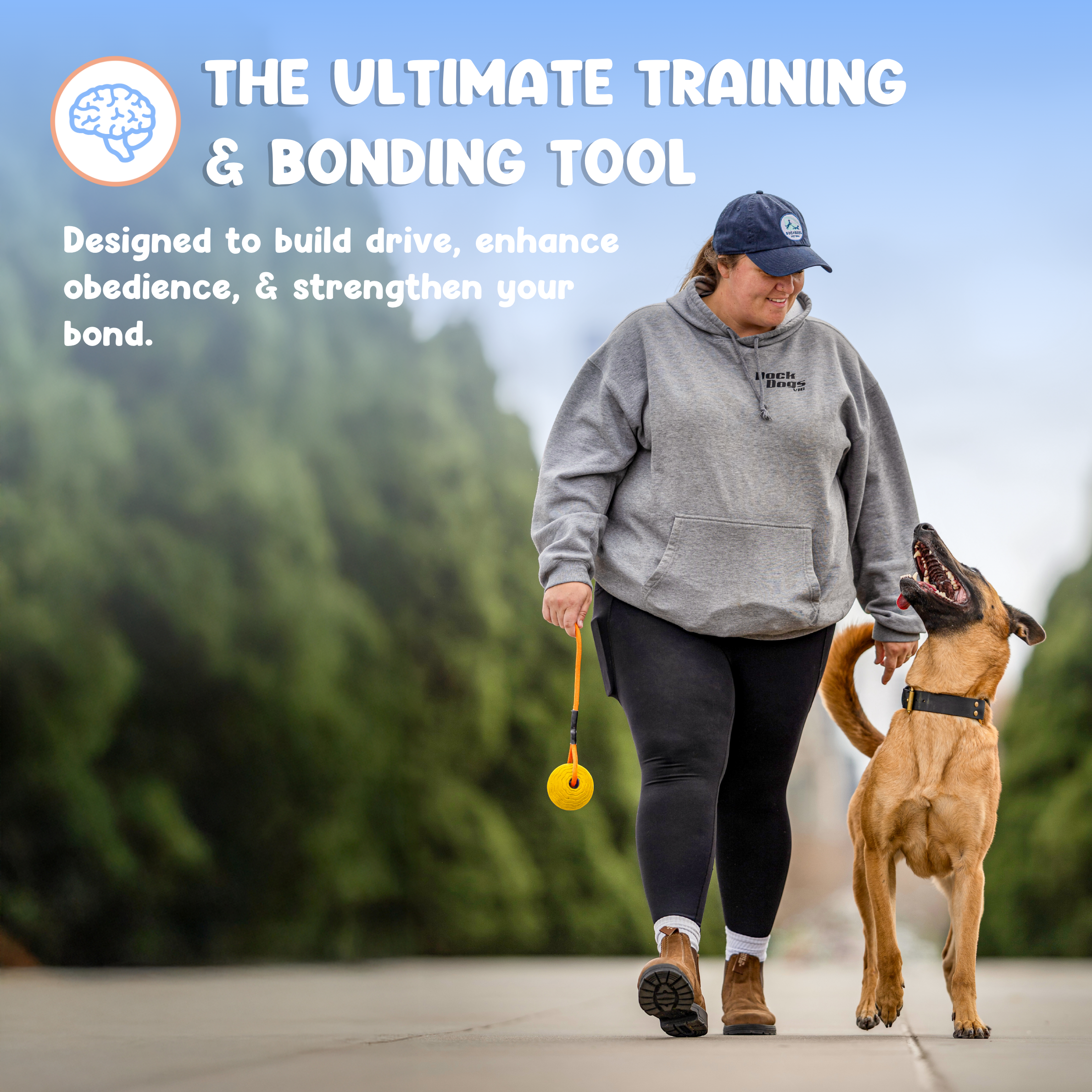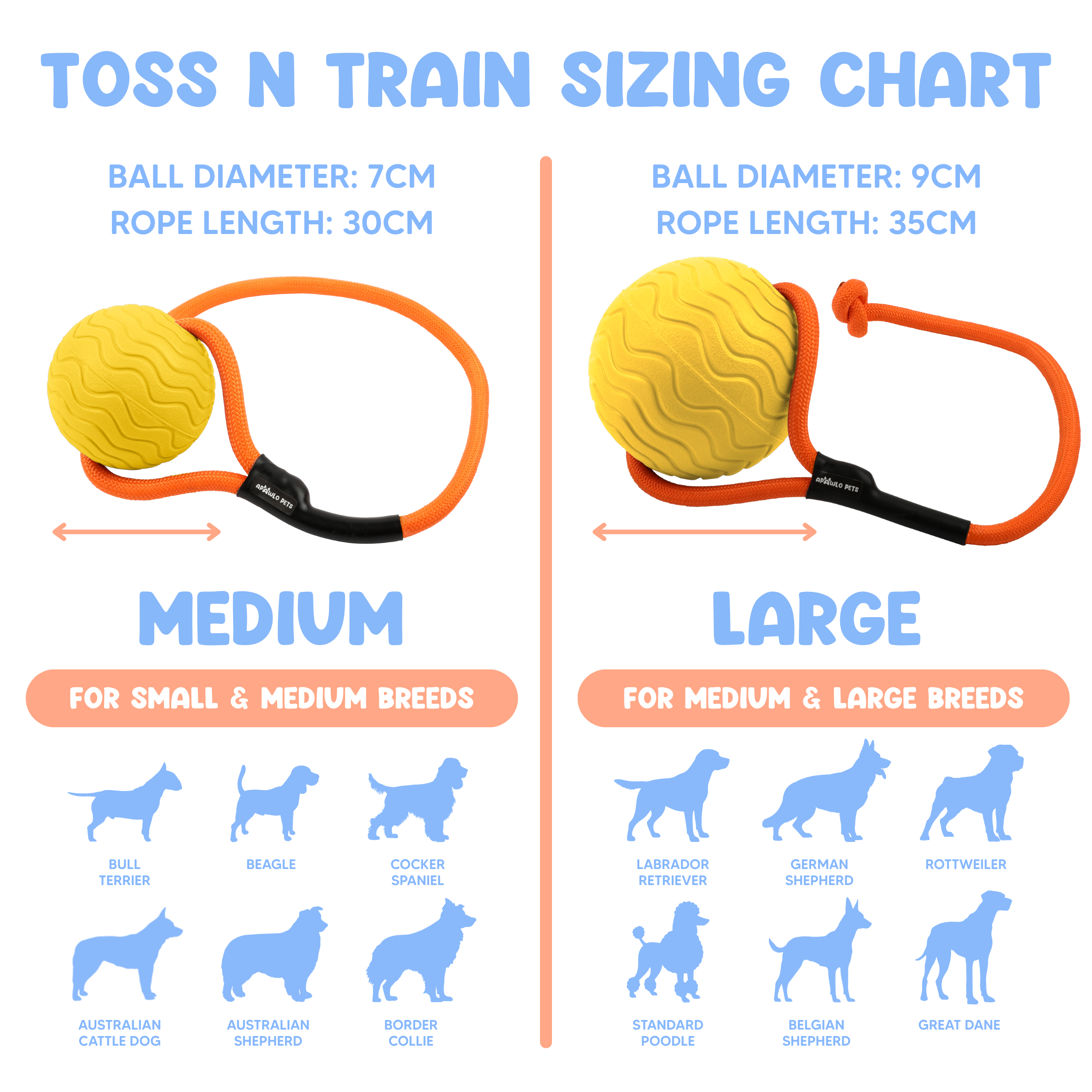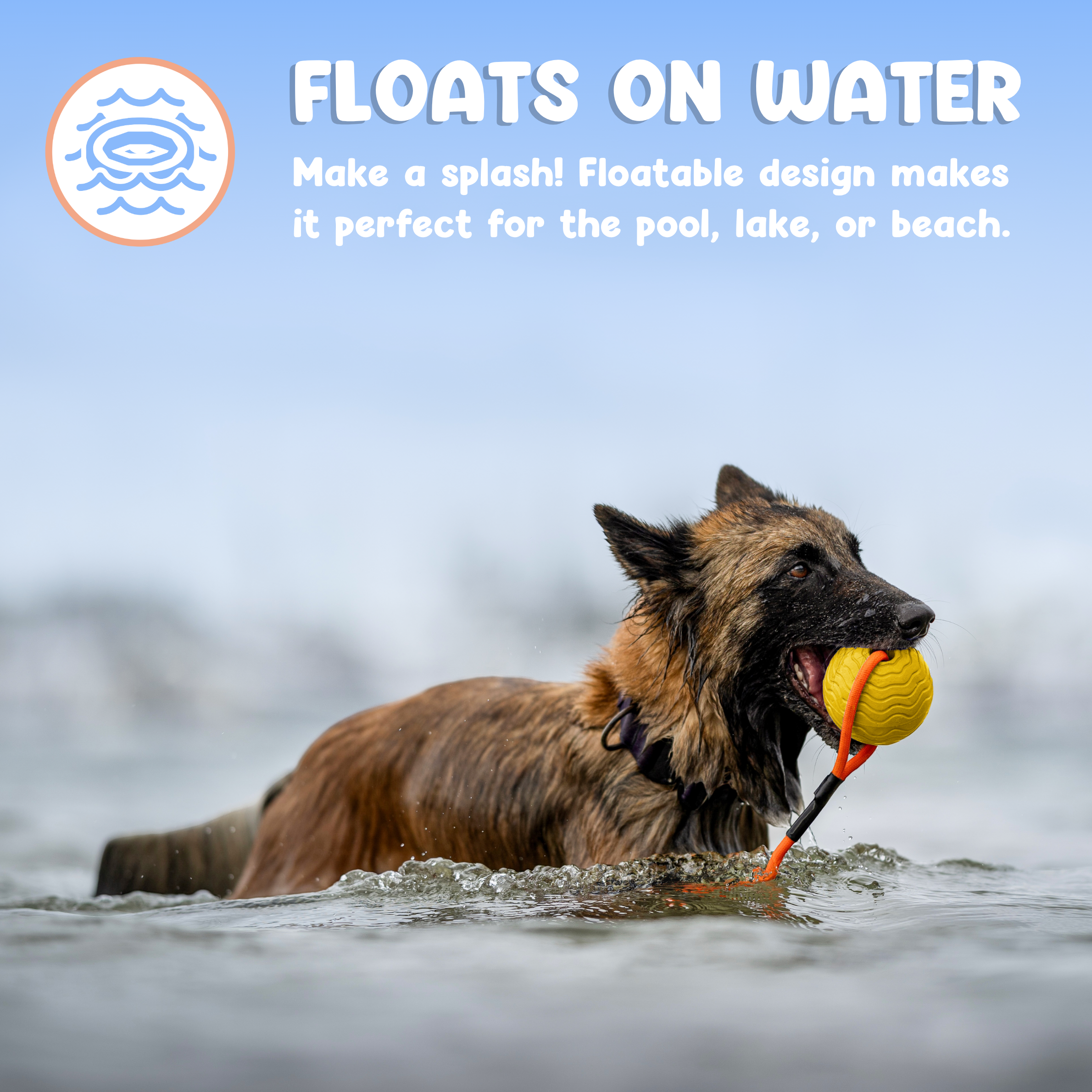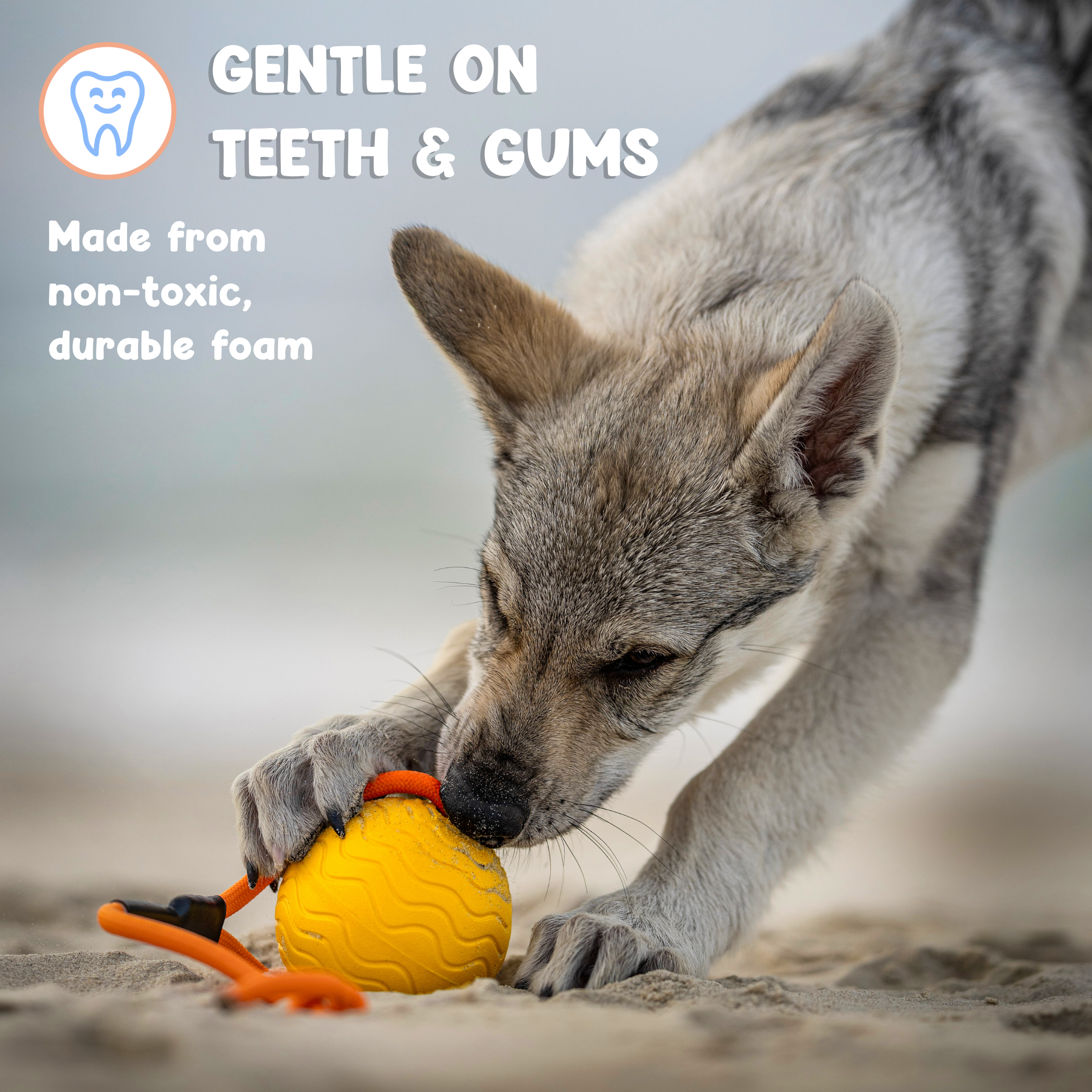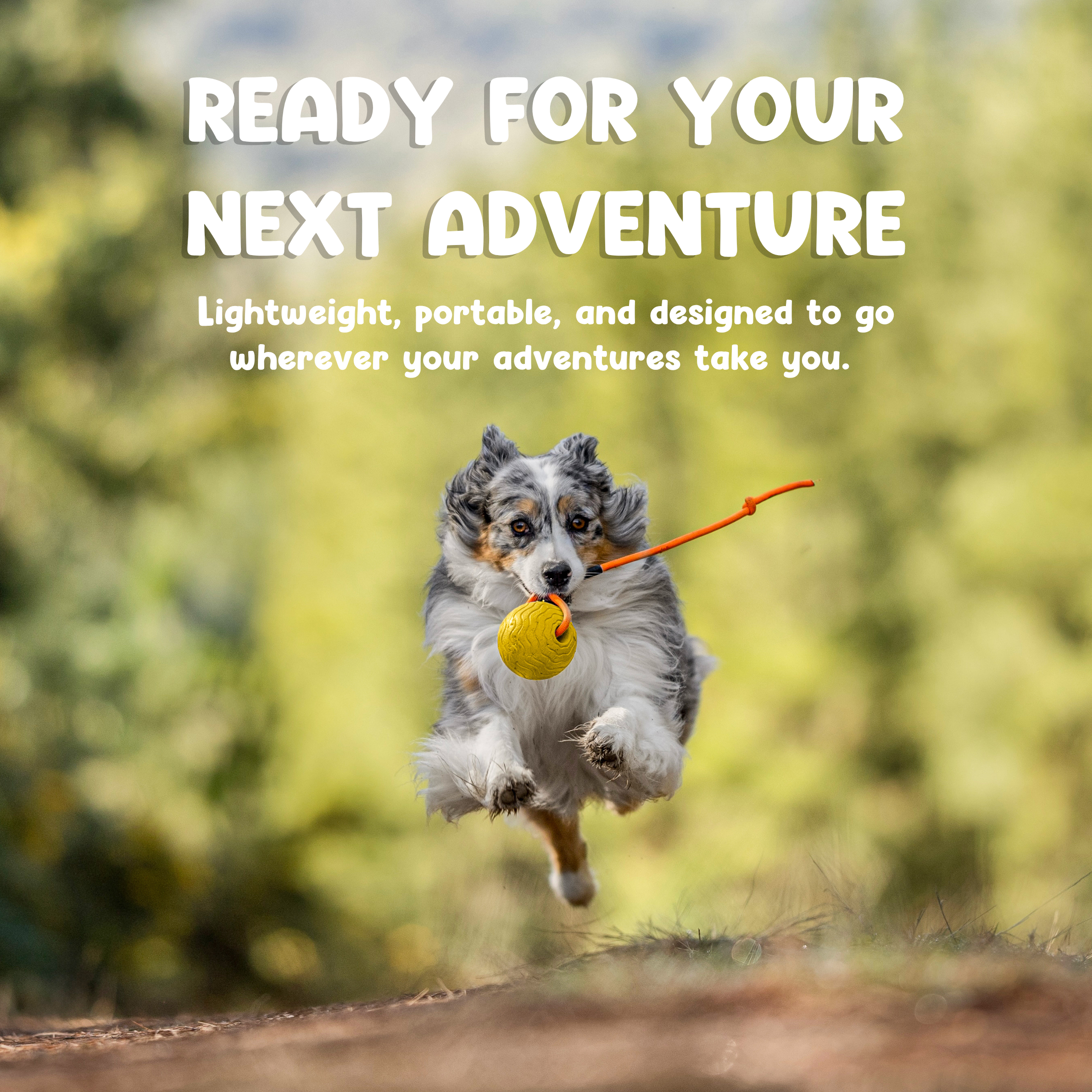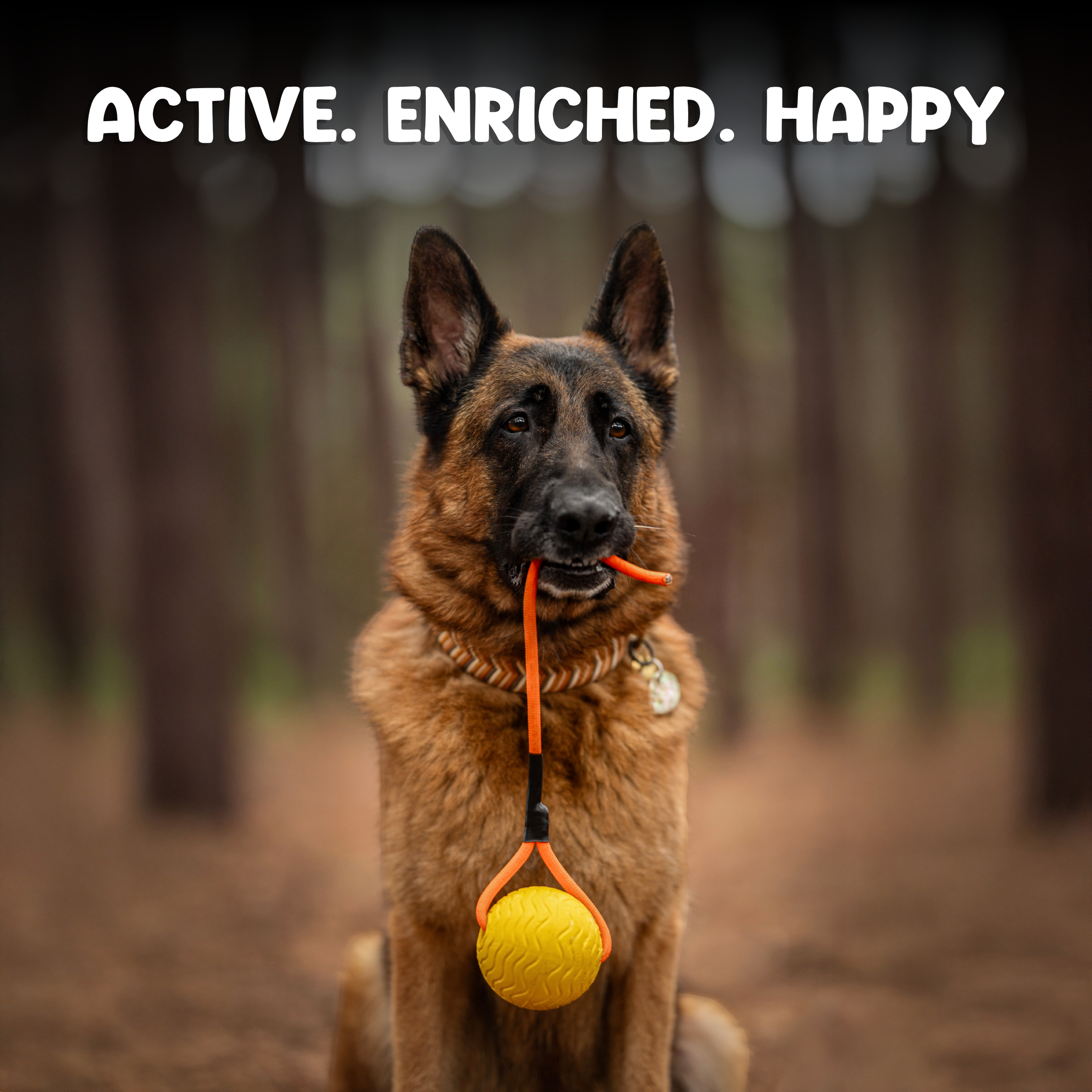10 Best Enrichment Toys for Dogs for Play and Learning
Keeping your dog cognitively fulfilled is just as important to their well-being as their daily exercise. That’s where the best enrichment toys for dogs come in — they’re more than just playthings. These clever tools turn everyday activities into opportunities for learning, problem-solving, and pure fun.
From puzzle feeders that make mealtime a mental workout to snuffle mats that let them sniff and search like their ancestors, enrichment toys tap into your dog’s natural instincts. They keep boredom (and destructive behaviour) at bay, boost confidence, and help channel extra energy into something positive.
Whether you’re raising a curious puppy, keeping an adult dog challenged, or supporting a senior pup’s cognitive health, the right enrichment toys make life more fulfilling. Think of them as brain games with tail-wagging rewards — a simple way to nurture your dog’s happiness, strengthen your bond, and make every day more enriching.

Understanding Enrichment & Fulfilment
Enrichment and fulfilment are often spoken about as separate ideas, but in reality, they’re one and the same. True enrichment isn’t limited to popular puzzle toys — it’s about meeting all of a dog’s needs in meaningful ways.
When looking at the Canine Fulfilment Hierarchy, enrichment forms the structure that supports every aspect of a dog’s wellbeing. It’s the practical application of fulfilment — the way we meet a dog’s needs through thoughtful outlets for movement, problem-solving, connection, and instinct.
Many people think “enrichment” is only about puzzles or mental toys. But real fulfilment comes from more than just cognitive work. To truly satisfy a dog, we must deliver a balanced diet of enrichment that includes:
-
Physical enrichment — free movement, running, stretching, and play that support strength, coordination, and body awareness.
-
Cognitive / problem-solving enrichment — puzzle feeders, scent games, training, shape-and-learn tasks.
-
Sensory / olfactory enrichment — opportunities to sniff, explore new textures or sounds.
-
Social enrichment — play, training, affiliation with humans or other dogs.
-
Instinctual / species-specific enrichment — outlets for natural canine behaviours like chewing, digging, etc.
You can read more about the Fulfilment Hierarchy here.
When these needs are met consistently, dogs experience true enrichment — a balance of body, mind, and emotion. It’s not about keeping them busy for the sake of it, but giving them opportunities to express natural behaviours, build confidence, and feel content.

Why Enrichment Toys Matter
Enrichment toys are more than just entertainment — they’re powerful tools that facilitate your dog’s overall well-being. By tapping into natural drives, these toys help prevent frustration, encourage healthy behaviours, and build important life skills.
Here’s how they make a difference:
Supporting Mental Stimulation
Daily walks, fetch, and fitness and conditioning can keep your dog fit, but their mind needs regular exercise too. Enrichment toys challenge them to think, explore, and make decisions, giving their brain and senses the workout they crave. This keeps them engaged and sharp, leading to a happier, more content companion.
Preventing Destructive Behaviour
Chewing furniture, digging holes, or barking excessively often comes from boredom. Enrichment toys (in combination with physical exercise) channel that excess energy into something productive and rewarding. With the right outlets, your dog stays focused, busy, and less likely to turn to unwanted habits.
Building Confidence and Problem-Solving Skills
Every puzzle solved or treat earned builds your dog’s confidence and resilience. These small wins teach them how to approach challenges with curiosity rather than fear. Over time, they become more adaptable, creative, and capable — traits that benefit them far beyond playtime.

How to Choose the Right Enrichment Toy
Not all enrichment toys suit every dog — what excites one pup might bore another. By understanding your dog’s unique personality and needs, you can choose toys that keep them engaged, challenged, and happy.
Observing Play Style and Preferences
Every dog has their own idea of fun. Some love to chase and fetch, while others enjoy sniffing, chewing, or solving puzzles. Paying attention to how your dog naturally plays helps you choose toys and enrichment games that truly capture their interest.
Matching to Energy Level, Age, and Breed
A toy that’s perfect for a high-energy Border Collie might overwhelm a laid-back senior dog. Consider how active your dog is, their age, and any breed-specific tendencies when choosing enrichment tools. This ensures playtime is both enjoyable and beneficial.
Rotating Toys to Keep Things Fresh
Just like humans, dogs experience diminishing returns when exposed to the same enrichment repeatedly. Once a puzzle toy’s challenge has been solved a few times, it stops activating the problem-solving areas of the brain in the same way — the task becomes predictable, and the mental engagement drops.
By rotating toys and reintroducing them after a short break, you can reset that novelty factor and encourage fresh problem-solving each time. Think of it like reintroducing a known exercise with a slight twist — your dog recognises it and feels confident to tackle it, but still needs to think. This approach sustains curiosity, maintains motivation, and ensures enrichment continues to deliver the intended cognitive benefits rather than becoming routine entertainment.

Tips for Introducing New Enrichment Toys & Games
A new enrichment activity can be exciting — or confusing — for your dog. The way you introduce it makes a big difference in how quickly they engage and how much they benefit. A thoughtful approach helps build confidence and keeps playtime positive.
Starting Simple and Building Up
Begin with simpler activities that your dog can figure out quickly. Early success builds motivation and curiosity. Once they’re confident, you can introduce more challenging puzzles or complex games to keep their mind engaged.
Encouraging Exploration Without Pressure
Let your dog explore the toy at their own pace. Offer gentle encouragement, praise small victories, and avoid forcing interaction. This helps them associate enrichment toys with fun and rewards, not frustration.
Supervising Playtime for Safety
Especially with new toys, supervision is key. Keep an eye out for signs of wear, chewing hazards, or frustration. Being present also allows you to guide play and ensure your dog enjoys the experience safely.

10 Best Enrichment Toys for Dogs
Not all dog toys are created equal — the best enrichment toys for dogs do more than just entertain. They challenge the mind, engage natural instincts, and turn everyday play into opportunities for learning and growth. Whether your pup loves to sniff, chase, tug, or solve puzzles, these top picks offer a variety of ways to keep them happy, healthy, and mentally sharp.
1. Puzzle Feeders
Puzzle feeders turn an everyday activity — eating — into a structured learning opportunity. They encourage dogs to think, problem-solve, and work for their food, mimicking the foraging and hunting behaviours that come naturally to them. Beyond slowing down fast eaters, they promote patience, persistence, and frustration tolerance — key emotional regulation skills that benefit training in general.
They’re great for slowing down fast eaters while sharpening problem-solving skills, while for anxious dogs, they offer calming mental work that builds confidence through small wins. Start with easier designs so your dog can experience success early on, then gradually increase the challenge to maintain engagement and avoid frustration.
2. Interactive Treat Balls
Interactive treat balls combine mental challenge with physical movement, engaging both brain and body in a way that mirrors natural foraging and prey-chasing instincts. These toys are particularly effective for dogs who enjoy activities that are a bit more active, while still slowing down their eating. To keep interest high, vary the difficulty or treat type, and use the ball only at select times so it remains an exciting, fulfilling experience.

3. Snuffle Mats
Snuffle mats are a simple yet powerful form of enrichment that engage one of a dog’s most important senses — smell. By hiding food within the fabric layers, dogs are encouraged to forage, sniff, and problem-solve in a way that mimics natural seeking behaviour. This type of olfactory enrichment helps regulate arousal, promote calm focus, and provide satisfaction through purposeful work.
For over-aroused or anxious dogs, slow, scent-based activities like this can have a grounding effect, lowering heart rate and building confidence through independent success.
4. Lick Mats
Lick mats offer a gentle, soothing form of enrichment that supports emotional regulation and calmness. The repetitive motion of licking releases endorphins, helping dogs unwind and self-soothe. They’re particularly useful after high-energy training or during downtime, stretching out treat time while promoting relaxation.
Lick mats or bowls can also be used to reinforce calm behaviour in difficult situations — for example, grooming, vet visits, or crate time — turning potential stress into a positive, controlled experience.

5. Tug Toys
Tug-of-war is far more than a game — it’s a structured outlet for your dog’s natural predatory and social drives, satisfying both mental and physical needs simultaneously. When played with clear rules and with various cues mixed in, it provides cognitive enrichment, strengthens the relationship between handler and dog, teaches trust, self-control, and engagement under arousal.
Ending the game calmly or cueing a release reinforces impulse control, while re-engaging on cue boosts responsiveness. The key is balance — excitement paired with clarity. Always choose strong, purpose-made materials to ensure safety and longevity.
6. Fetch Toys with a Twist
Fetch can be a great physical outlet, but it doesn’t have to be repetitive. To get the most out of fetch, incorporate known commands into your games and throw the toy as the reward to add variety and mental challenge to a familiar game. This is a fantastic way to improve your dog’s focus on you, encourage adaptability, and reinforce their obedience.
Incorporating cues like “wait” or “get it” can also transform fetch into an impulse-control exercise, turning playtime into a productive training session that satisfies both mind and body.
7. Flirt Poles
Flirt poles provide one of the most effective outlets for a dog’s predatory drive when used with structure and control. The lure on the end mimics prey movement, allowing dogs to chase, pounce, and practise self-regulation under excitement. Beyond physical exercise, flirt poles offer drive-based enrichment — giving dogs an opportunity to express instinctive behaviours safely and with purpose.
From a training perspective, they’re an excellent tool for building focus, refining cues like “wait” and “get it,” (plus “walk up” and other herding-related behaviours for herding breeds) and teaching clear transitions between arousal and calm. Sessions should be short, low-impact, and always end with success to ensure satisfaction and avoid frustration.

8. Scent-Based Toys
Scent-based toys are designed with built-in aromas — such as lavender, mint, beef, or other natural scents — to directly stimulate your dog’s most powerful sense. Unlike treat-hiding games, these toys provide passive olfactory enrichment, allowing dogs to explore and engage scents without food rewards. Rotating different scent profiles keeps the experience novel and continues to satisfy this deeply instinctive need.
9. DIY Enrichment Toys
Homemade puzzles prove that effective stimulation doesn’t have to be expensive or complicated. Everyday items like muffin tins, cardboard boxes, and towels can become powerful tools for mental engagement when paired with creativity. By adjusting the challenge — hiding treats under layers, folding food into fabric, or creating gentle obstacles — you encourage problem-solving, persistence, and independence.

10. Active Ring by APAWLO Pets
The Active Ring is a trainer-developed enrichment tool designed for dogs who love interactive, high-quality play. Made from soft yet durable EVA foam, it’s gentle on teeth and jaws while tough enough for tug, fetch, and water play. Beyond physical exercise, the ring supports multi-dimensional enrichment — combining movement, problem-solving, and social connection in one toy.
It’s ideal for building engagement, reinforcing recall, and strengthening the bond between dog and handler through purposeful play. By offering both physical and cognitive benefits, the Active Ring transforms simple games into opportunities for fulfilment, confidence, and cooperation.
Final Tips for Enrichment Success
A well-rounded enrichment routine goes beyond just handing your dog a toy. It’s about variety, consistency, and understanding how mental work fits into their daily life. Keep these tips in mind to make the most of every play session:
Combining Different Toys for Variety
Mix and match puzzle toys, sniffing games, tug challenges, and fetch activities to keep your dog’s mind and body engaged each day. Variety and novelty prevent boredom and ensures different skills and instincts are exercised.
Incorporating Toys into Daily Routines
Integrate enrichment toys into daily routines — mealtime, training, or relaxation — so fulfilment becomes part of your dog’s routine, not just an add-on.
💡 Remember: Enrichment should never feel like a chore — for you or your dog. Mental activities can be just as tiring as a long walk, so if your pup starts to lose focus, gets frustrated, or simply wants to nap, that’s perfectly okay. Rest is part of learning, too. Give them space to recharge, and they’ll come back eager and ready to explore again.

Conclusion
The best enrichment toys for dogs do more than entertain — they play a vital role in supporting mental health, building confidence, and preventing boredom. By turning everyday play into meaningful learning opportunities, they help your pup grow happier and more well-adjusted. Keep things exciting by rotating toys, introducing new challenges, and exploring different types of enrichment. With the right mix of stimulation and variety, you’ll nurture your dog’s natural instincts, strengthen your bond, and make each day more enriching for both of you.
Frequently Asked Questions
How often should I rotate my dog’s enrichment toys?
Instead of focusing on a strict schedule, aim for variety. Try offering different combinations of toys or games each day — for example, a scent-based activity in the morning and a puzzle or tug game in the afternoon. This will keep your dog mentally engaged, prevent boredom, and help meet multiple enrichment needs throughout the day.
Are enrichment toys suitable for puppies and senior dogs?
Yes. For puppies, choose softer, beginner-friendly puzzles and games that are easy to solve. For seniors, pick low-impact, gentle toys that encourage problem-solving without overexertion.
Can enrichment toys replace daily walks or exercise?
Not entirely. Mental, social, and sensory stimulation is important, but dogs still need physical activity. Use cognitive and sensory enrichment activities as a complement to regular walks, play, and training.
What should I do if my dog loses interest in a toy?
Try increasing the challenge, adding treats, or rotating it out for a while. Dogs often regain interest after a short break or if the toy is used differently.
Are DIY enrichment toys safe?
They can be, but always supervise playtime. Avoid materials that splinter, tear easily, or could be swallowed. Safety should always come first with homemade options.


